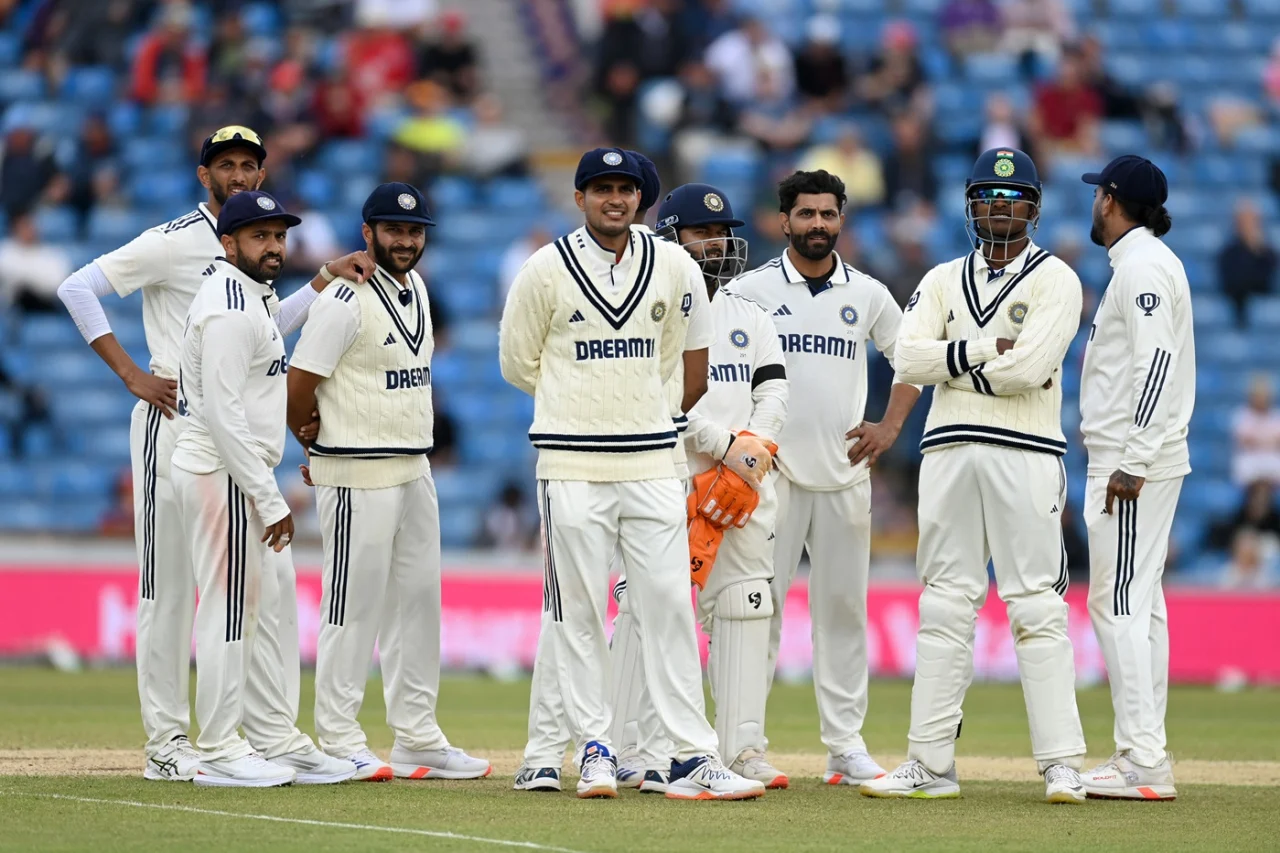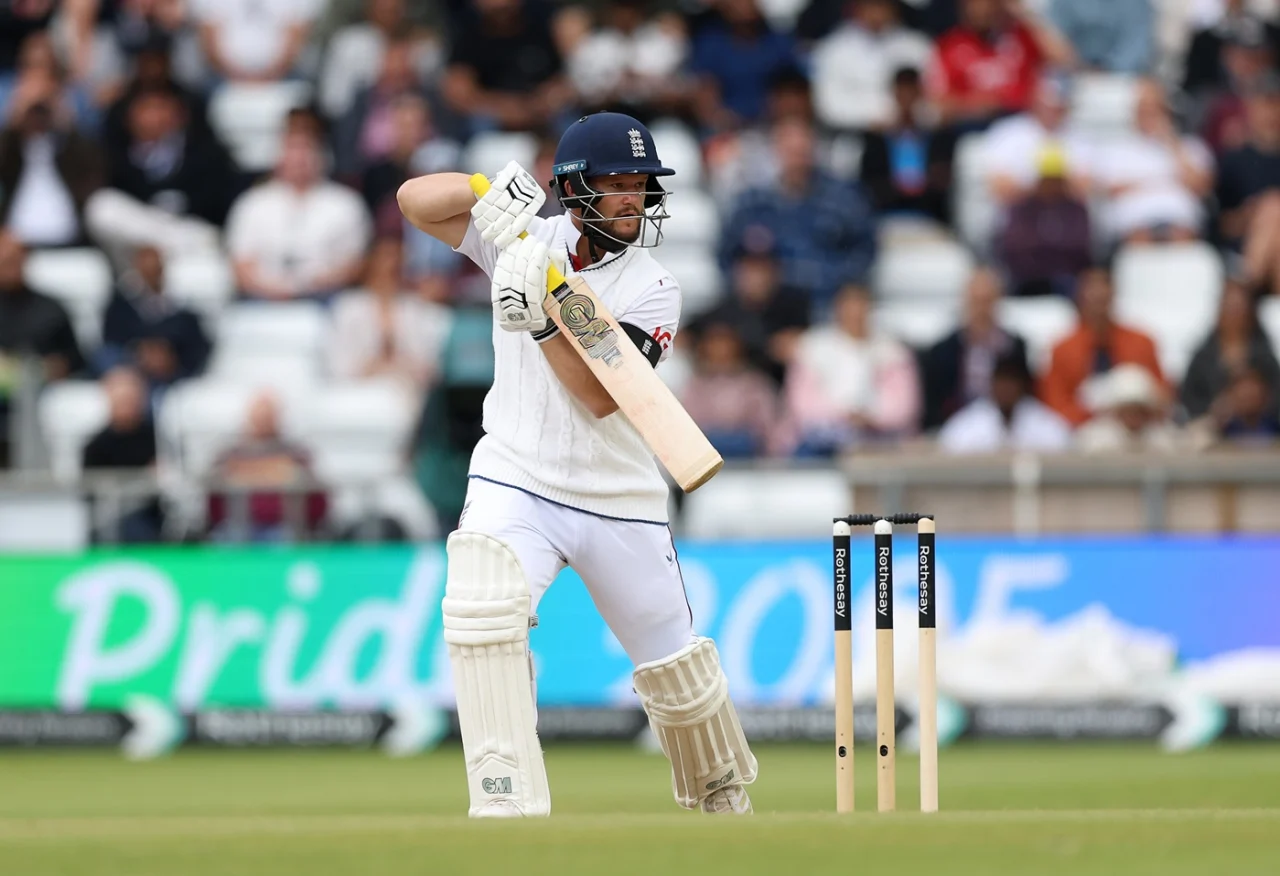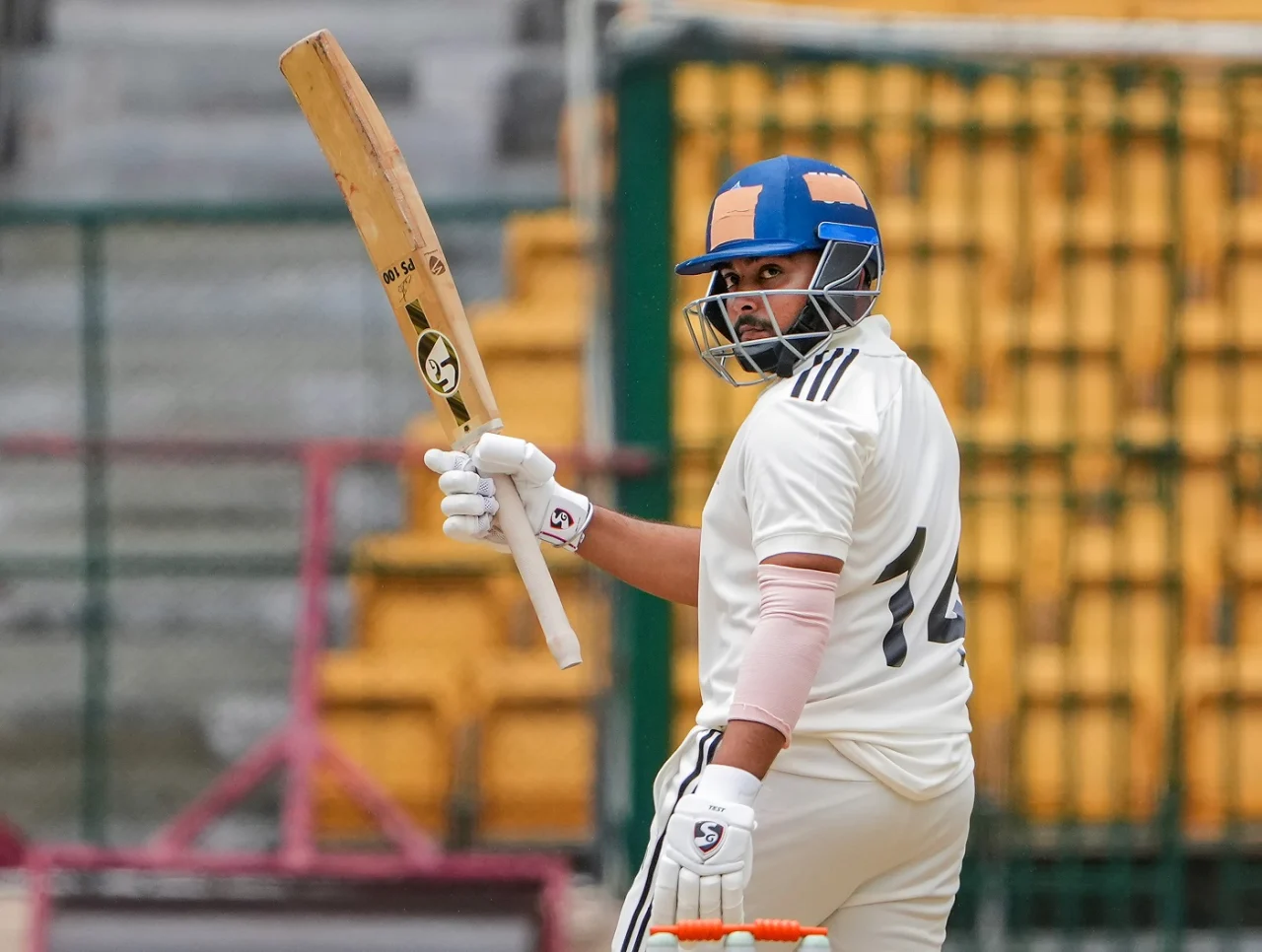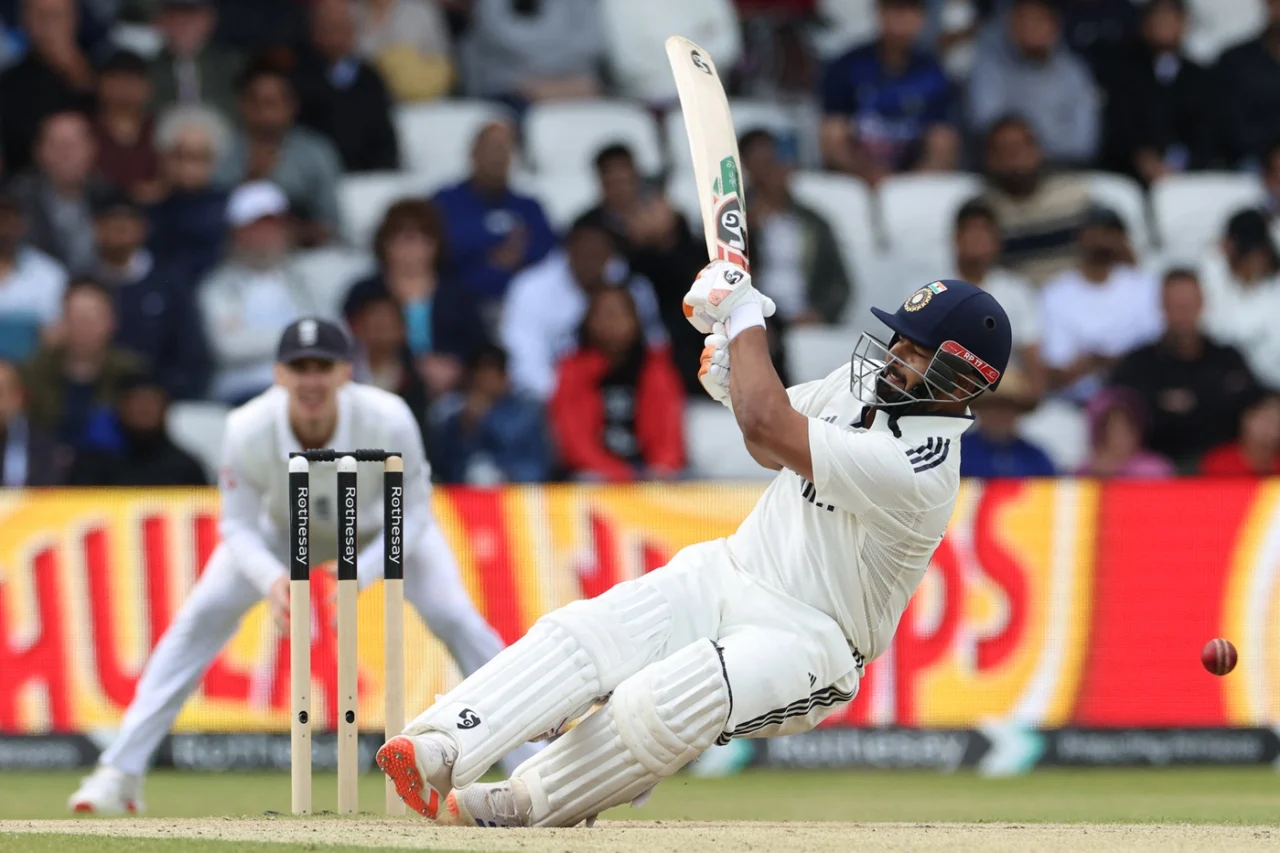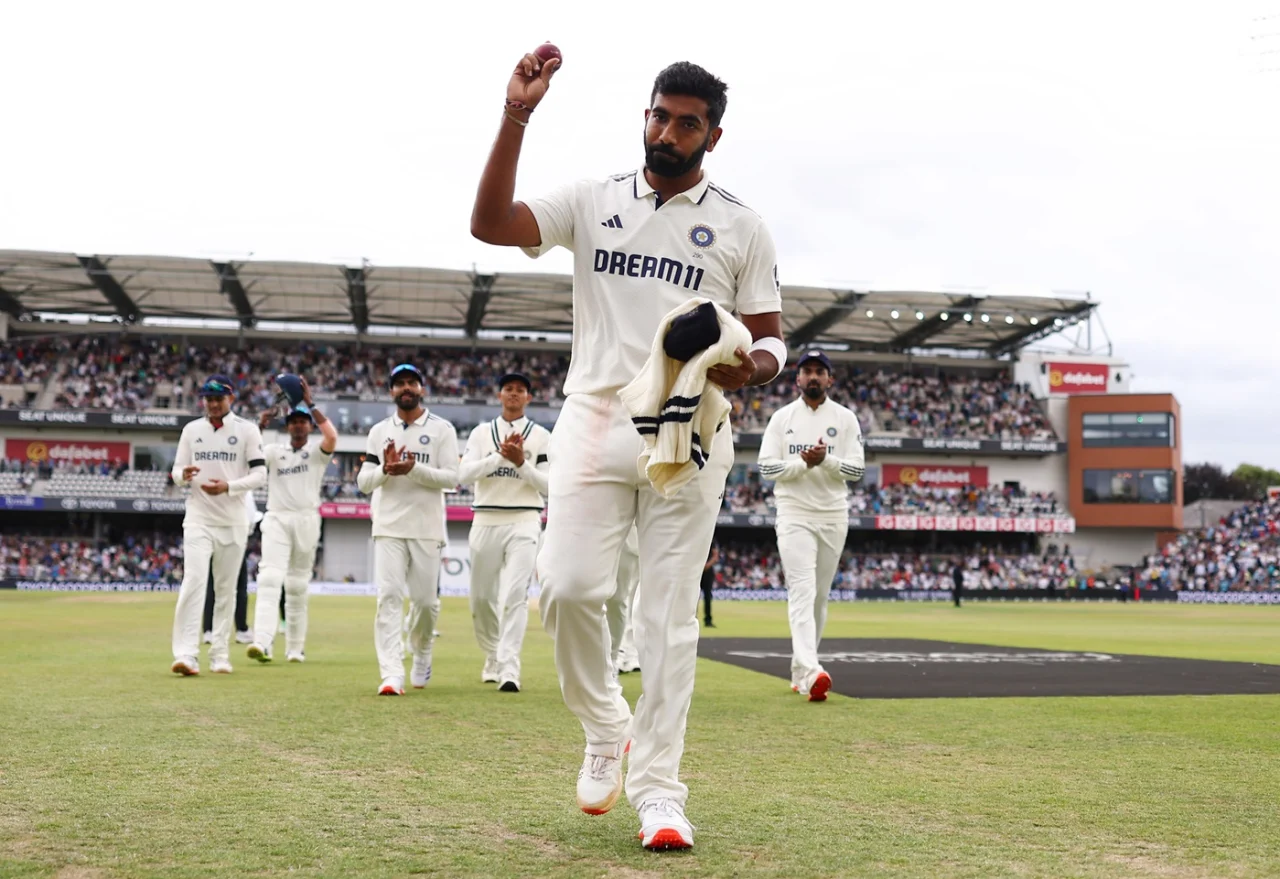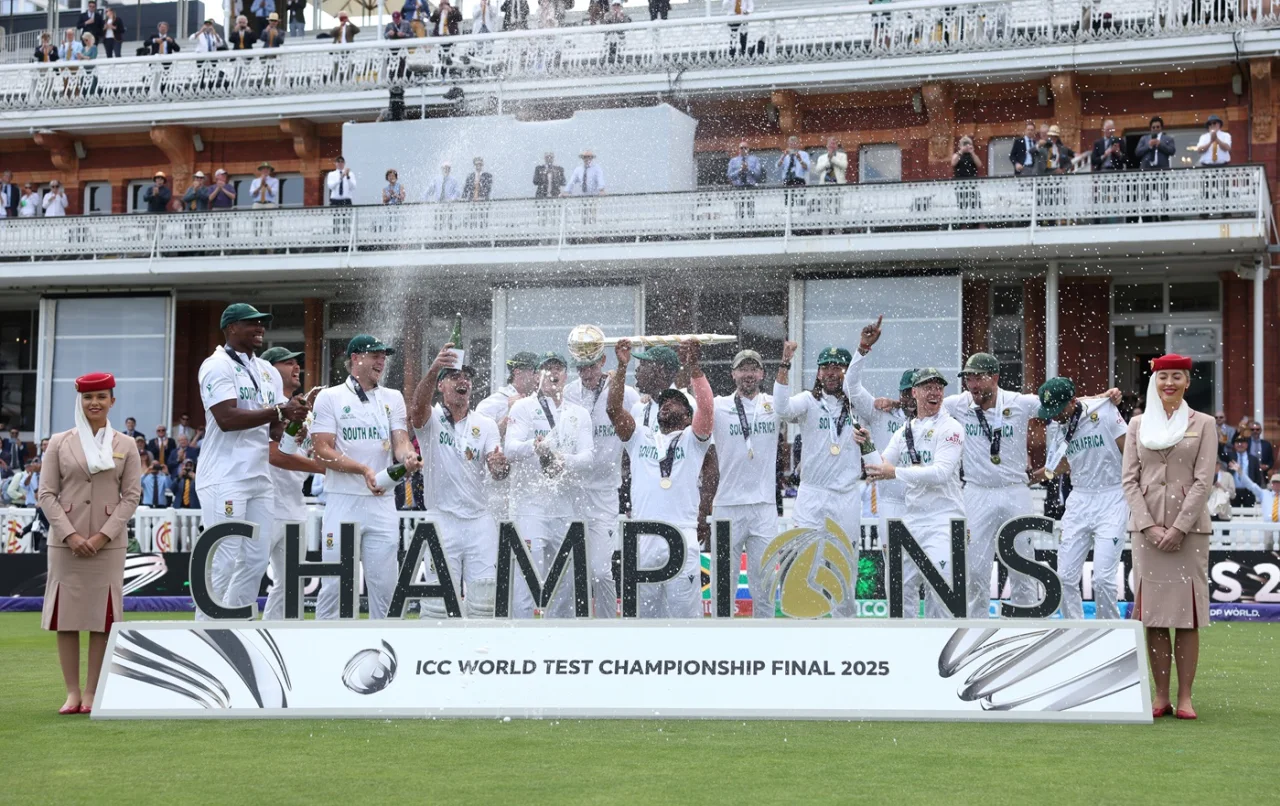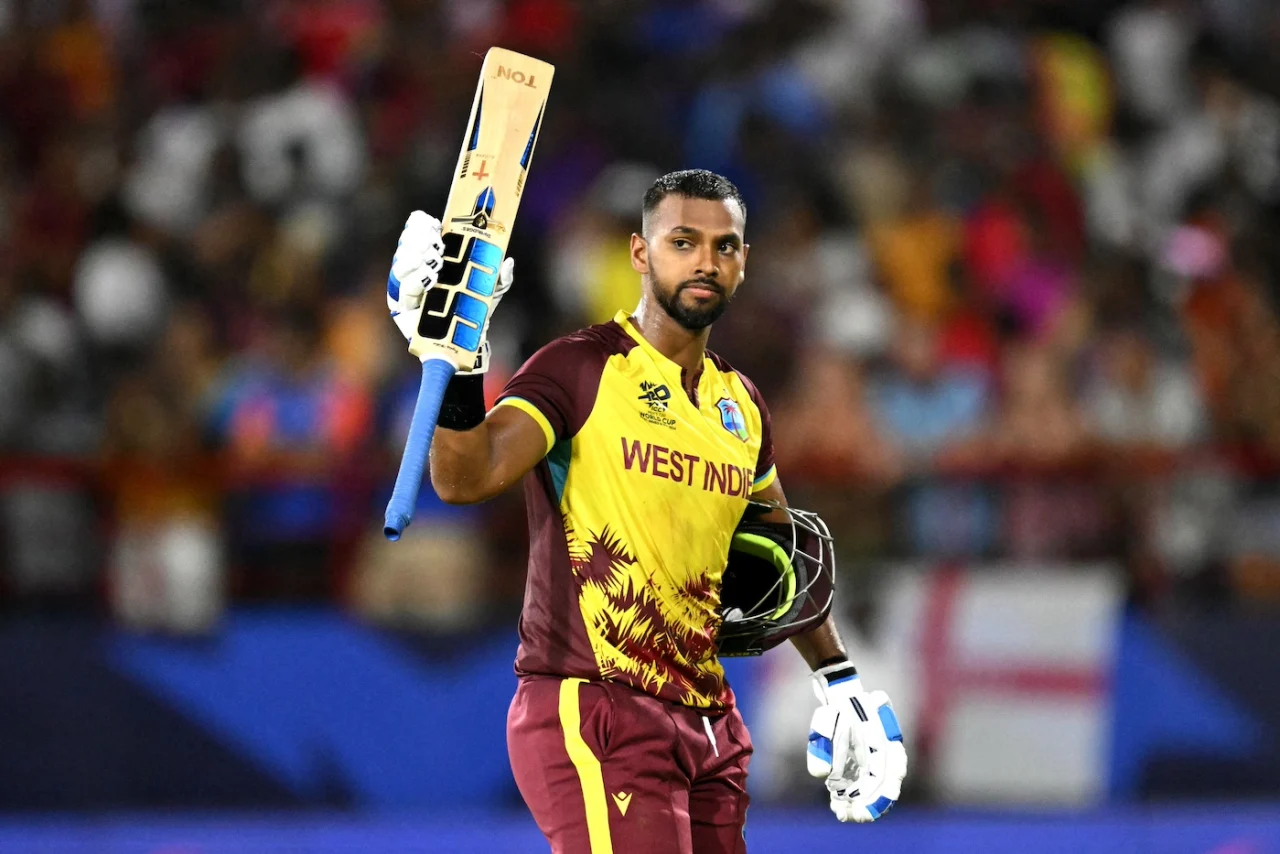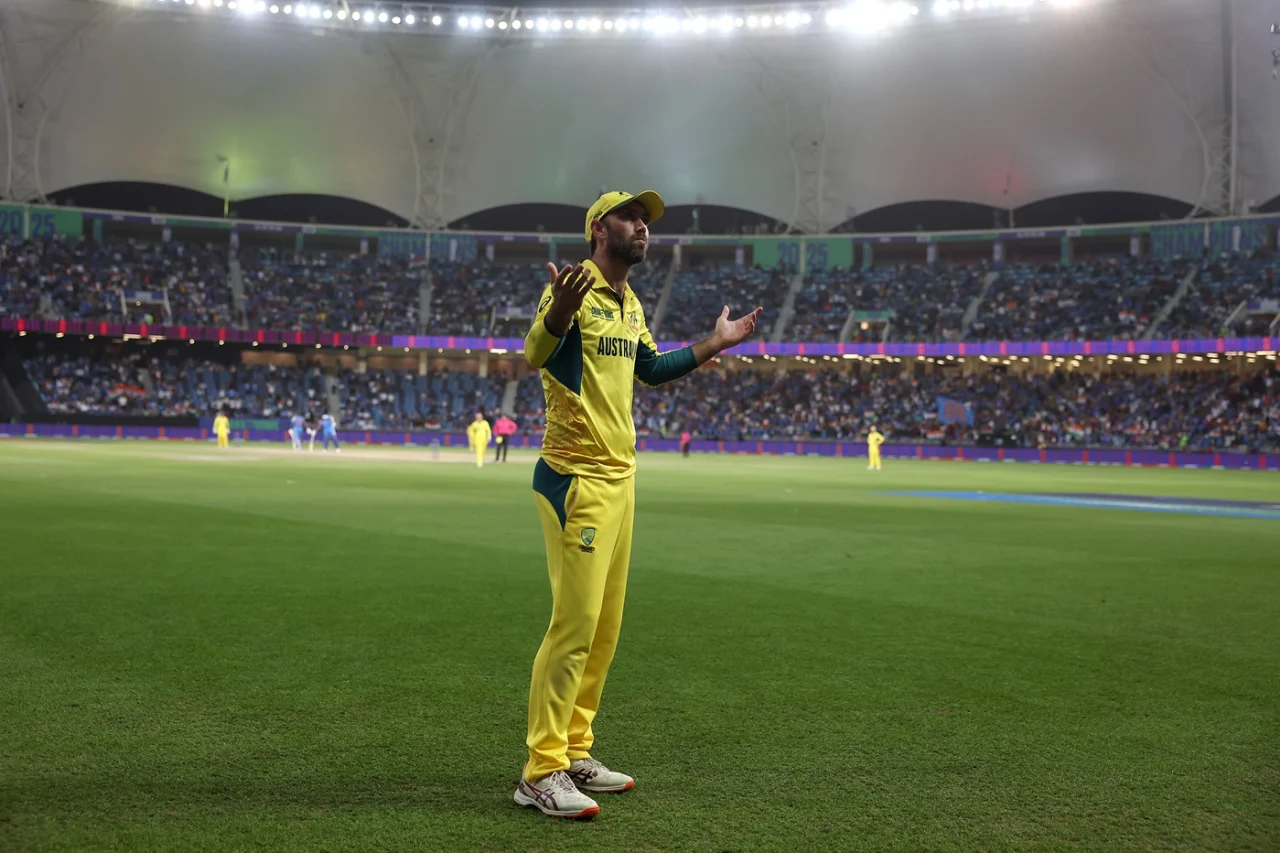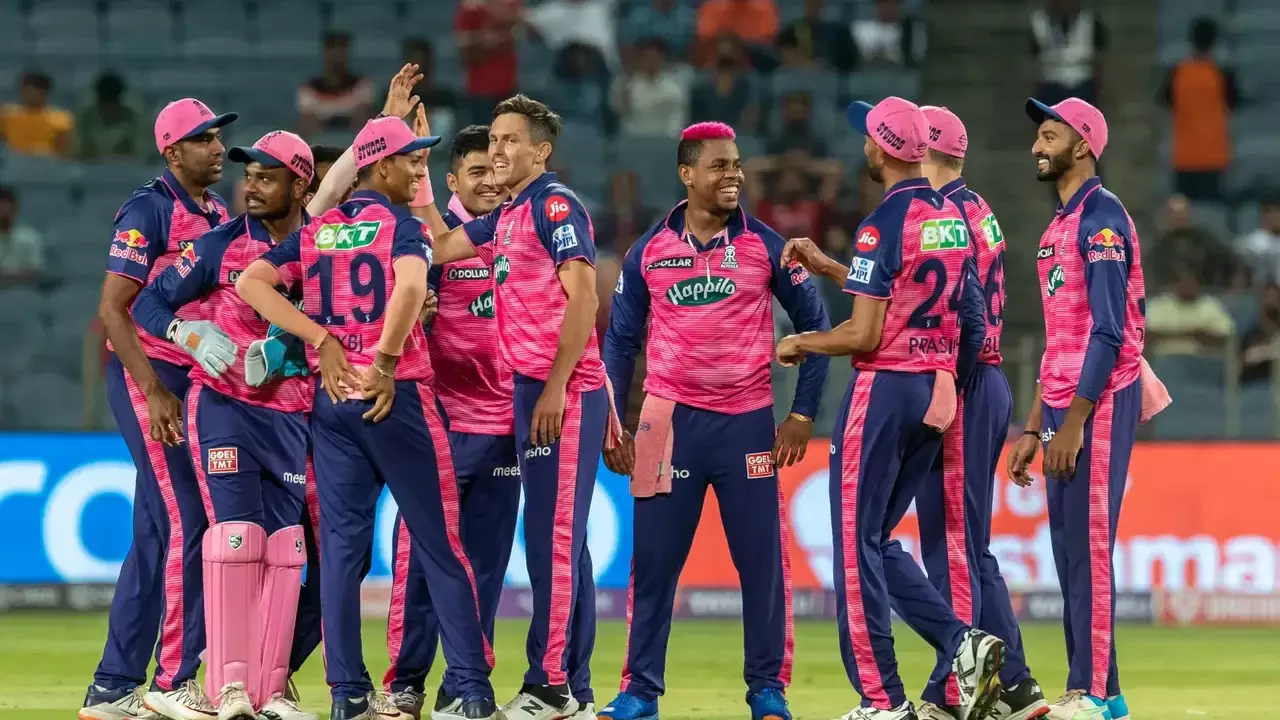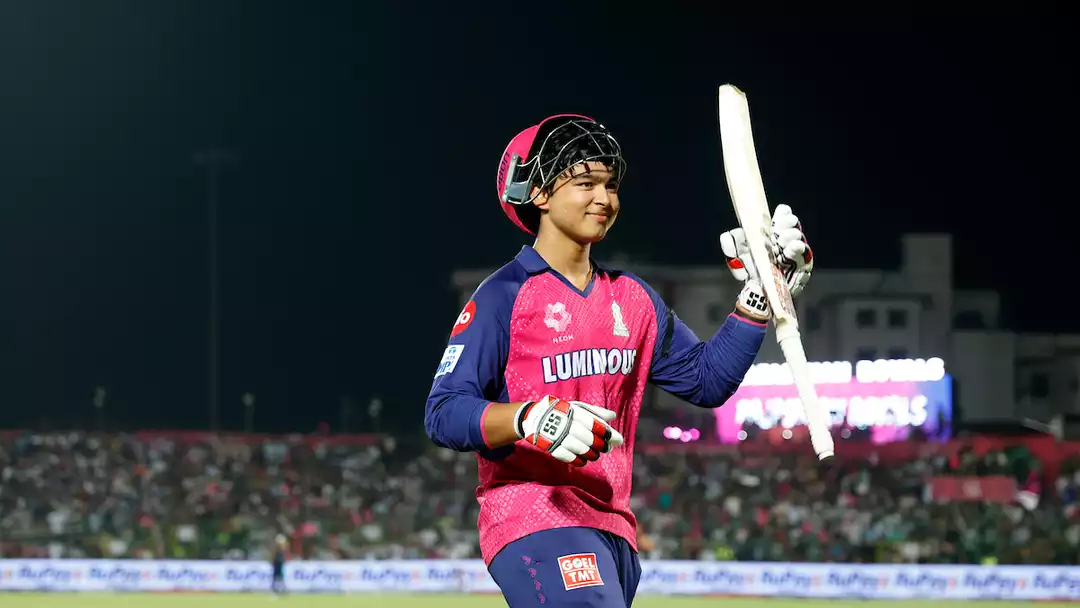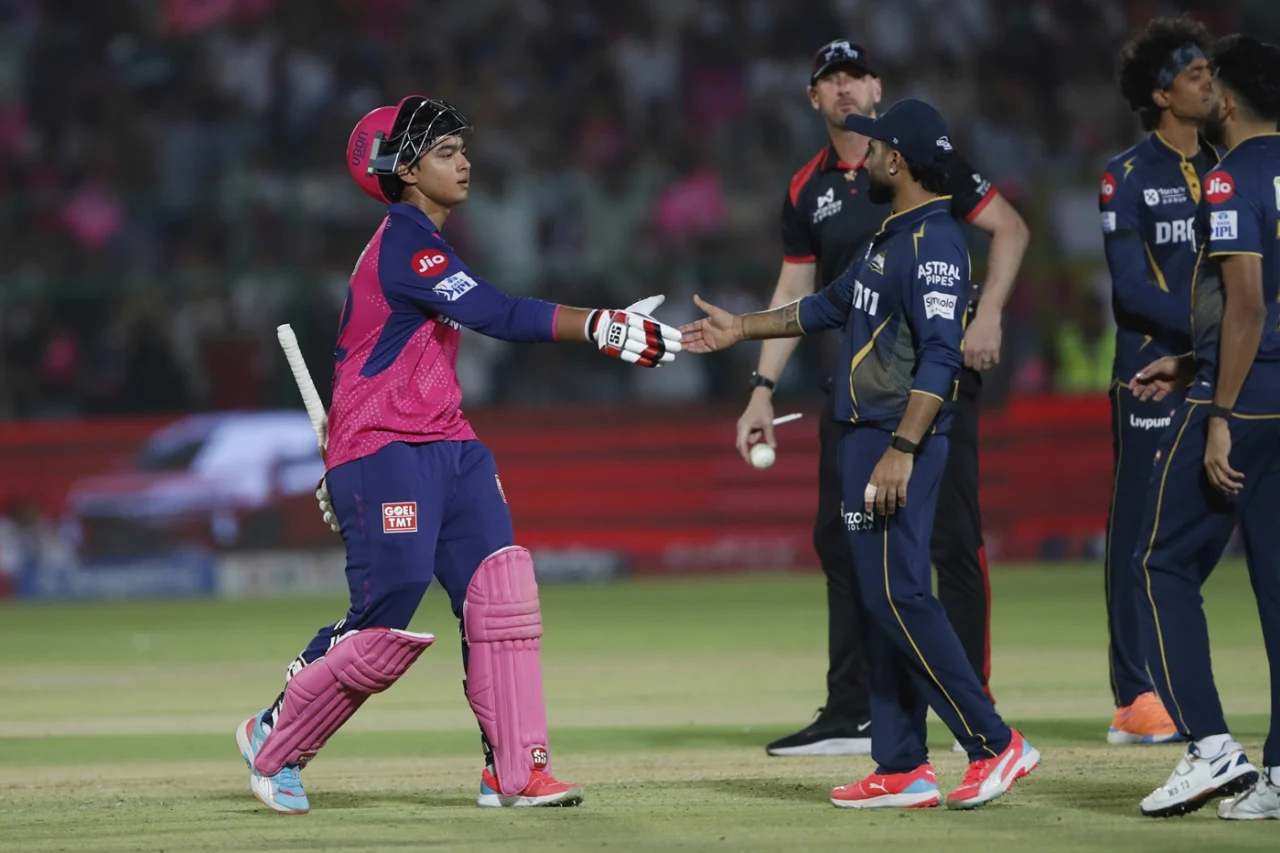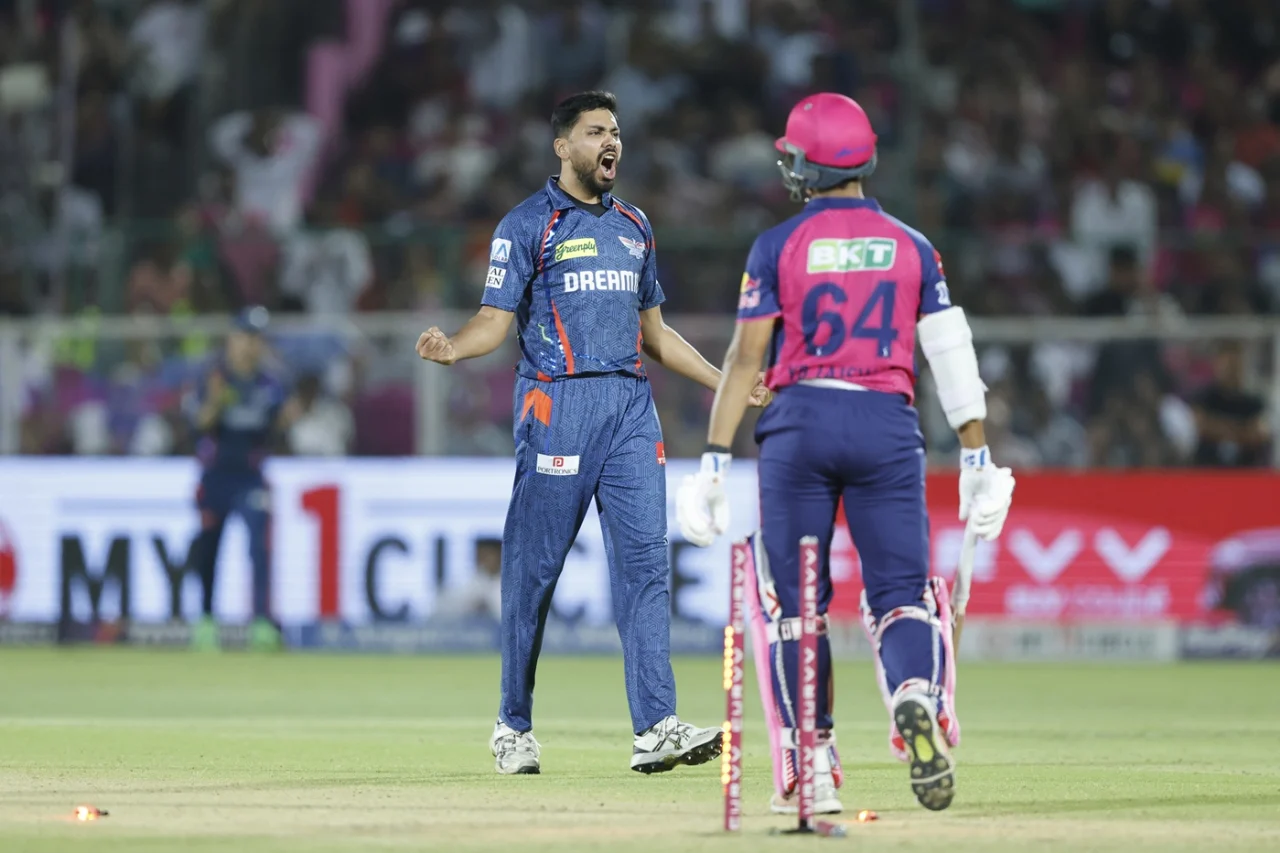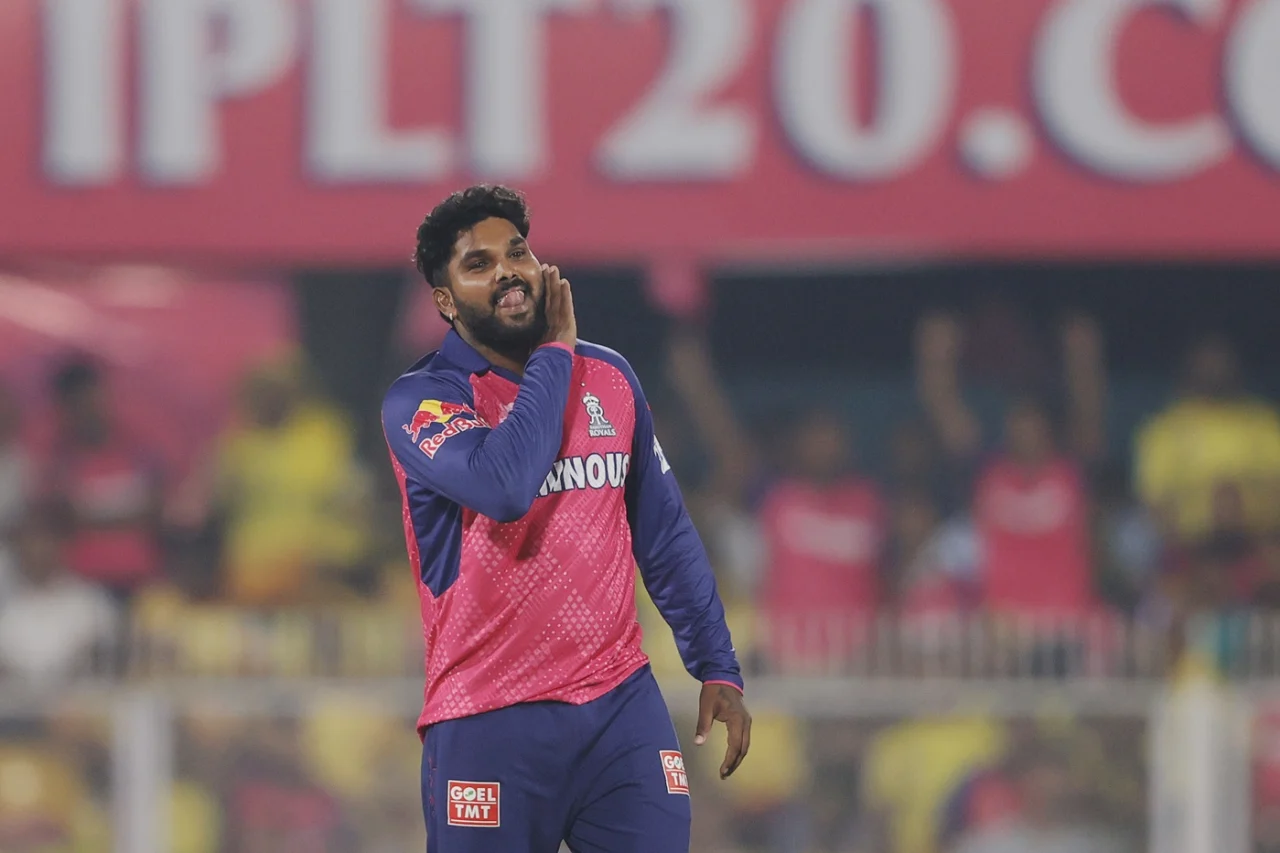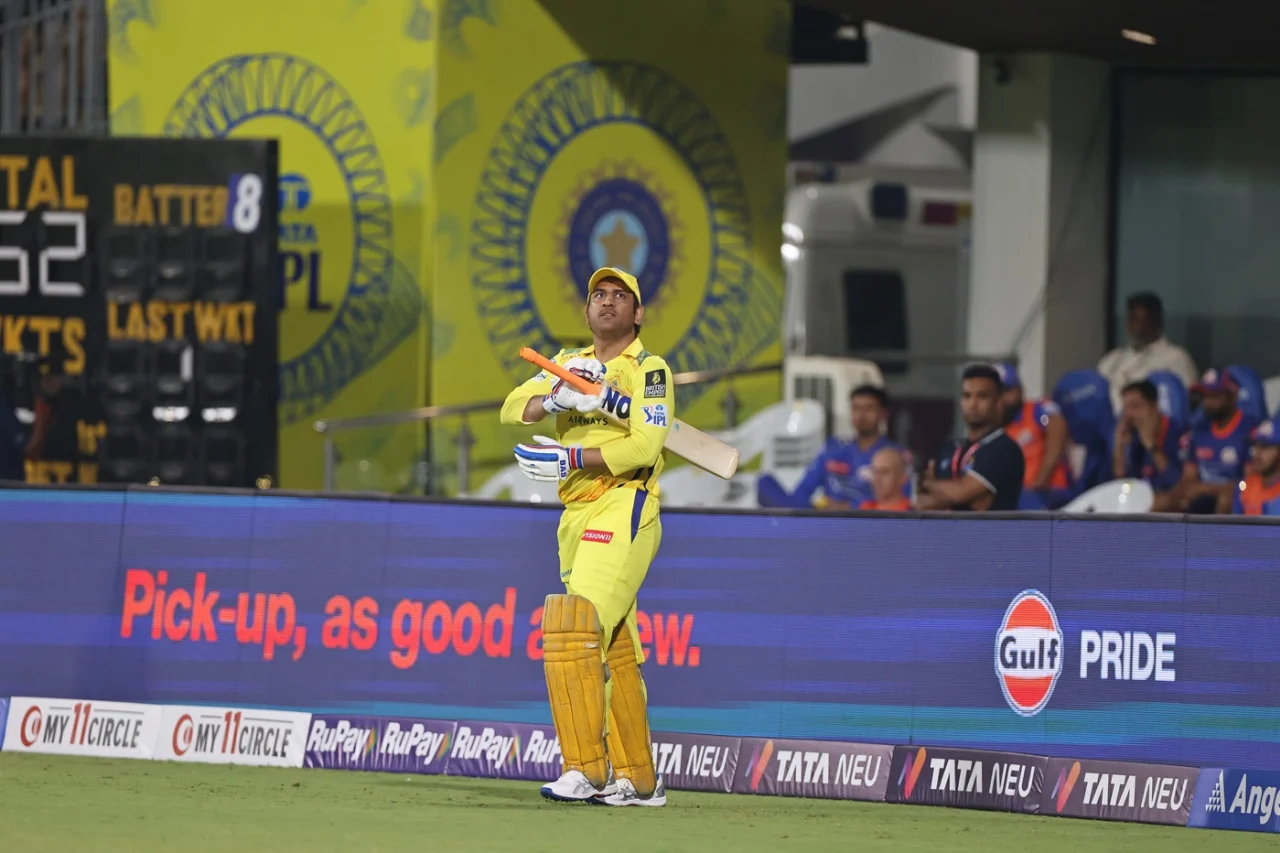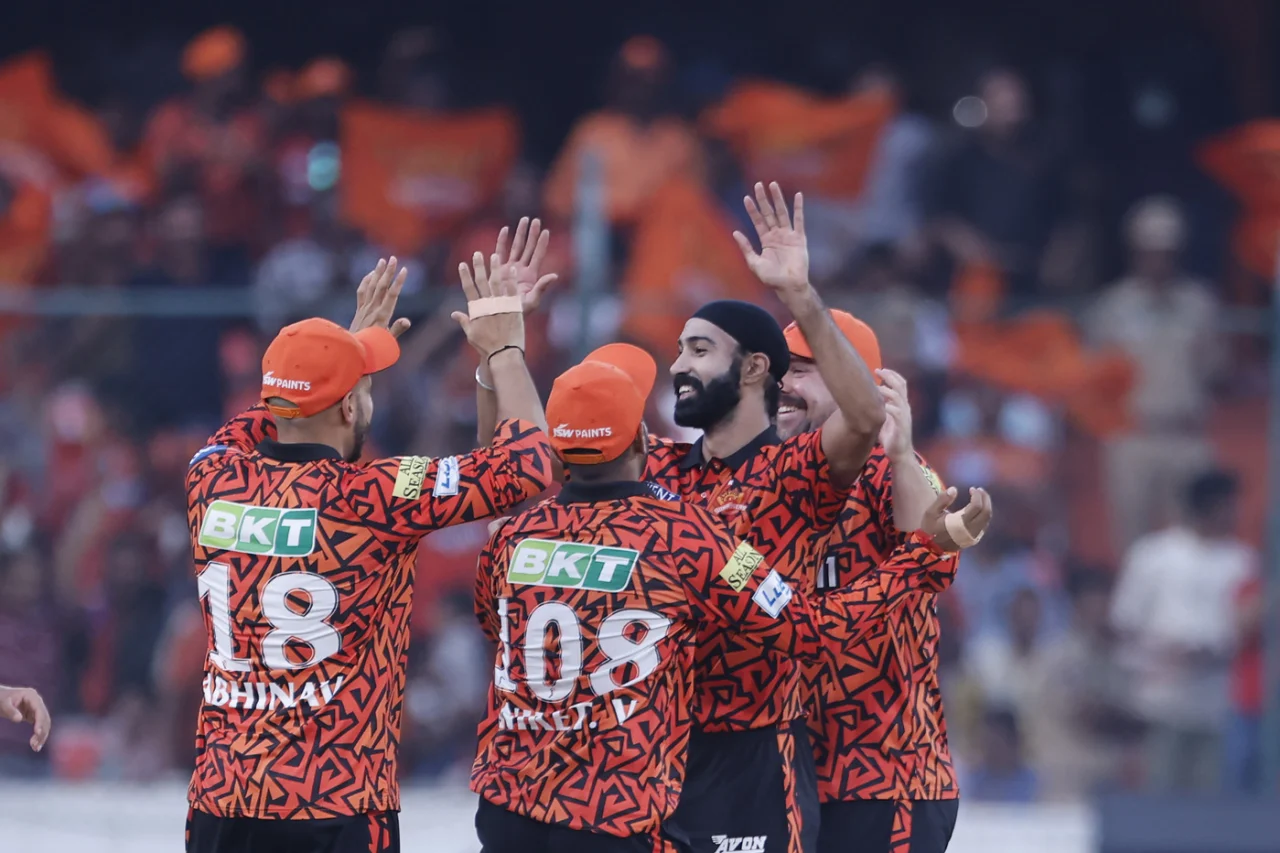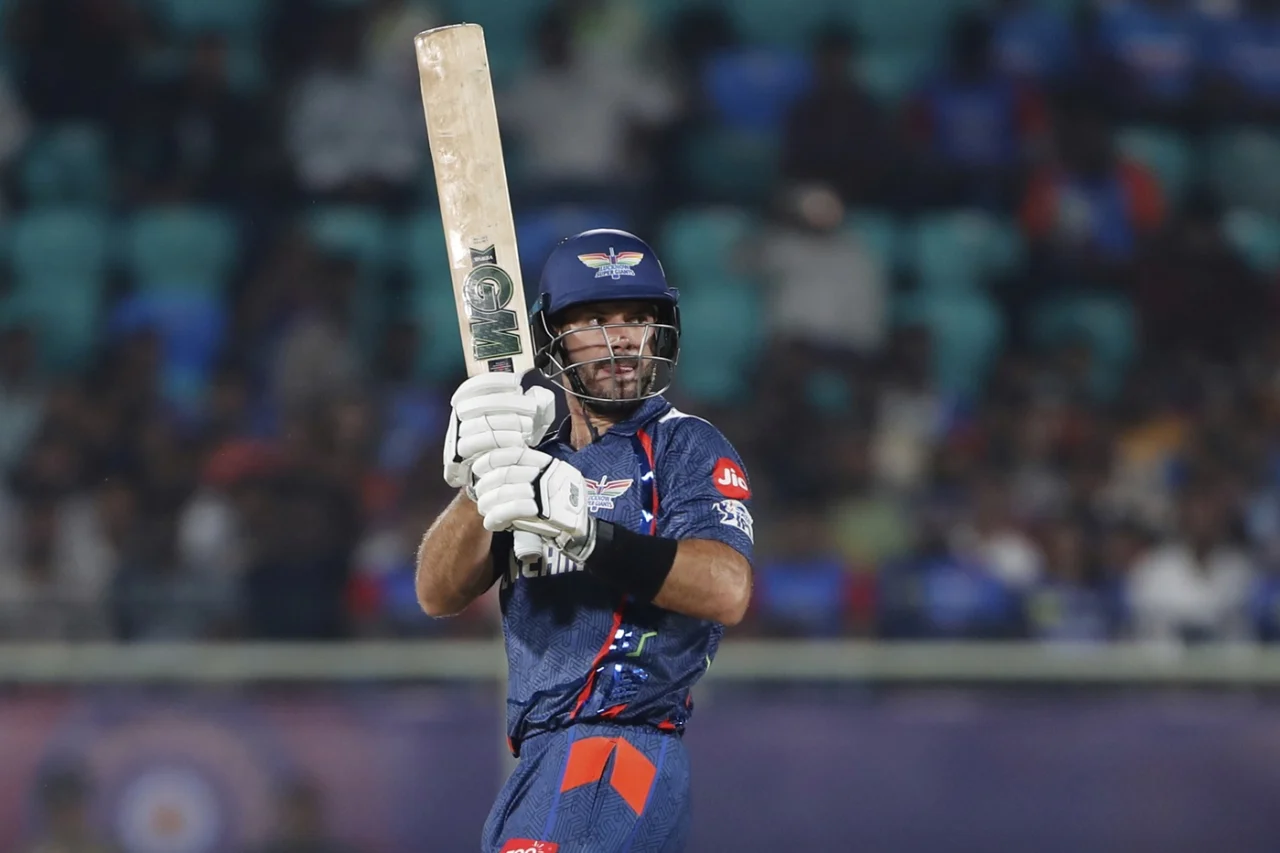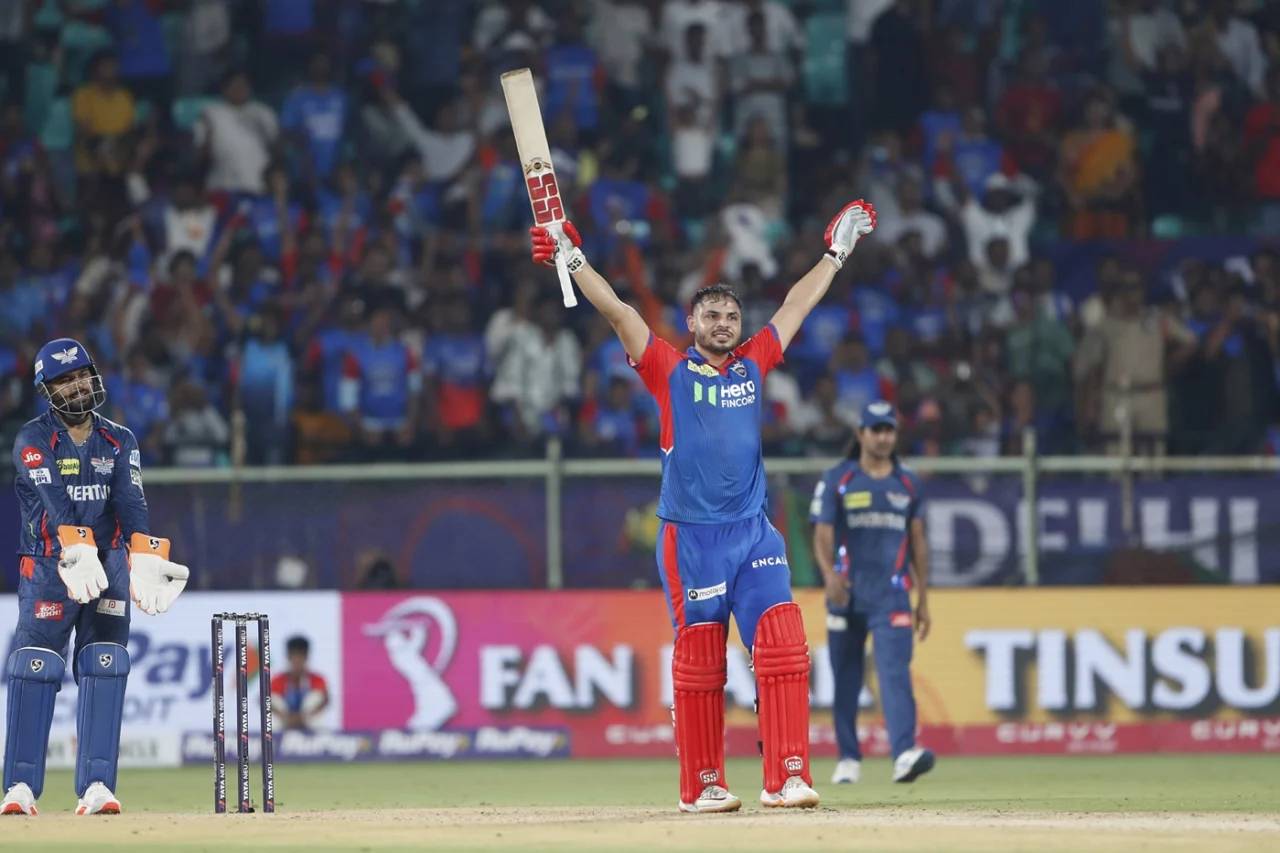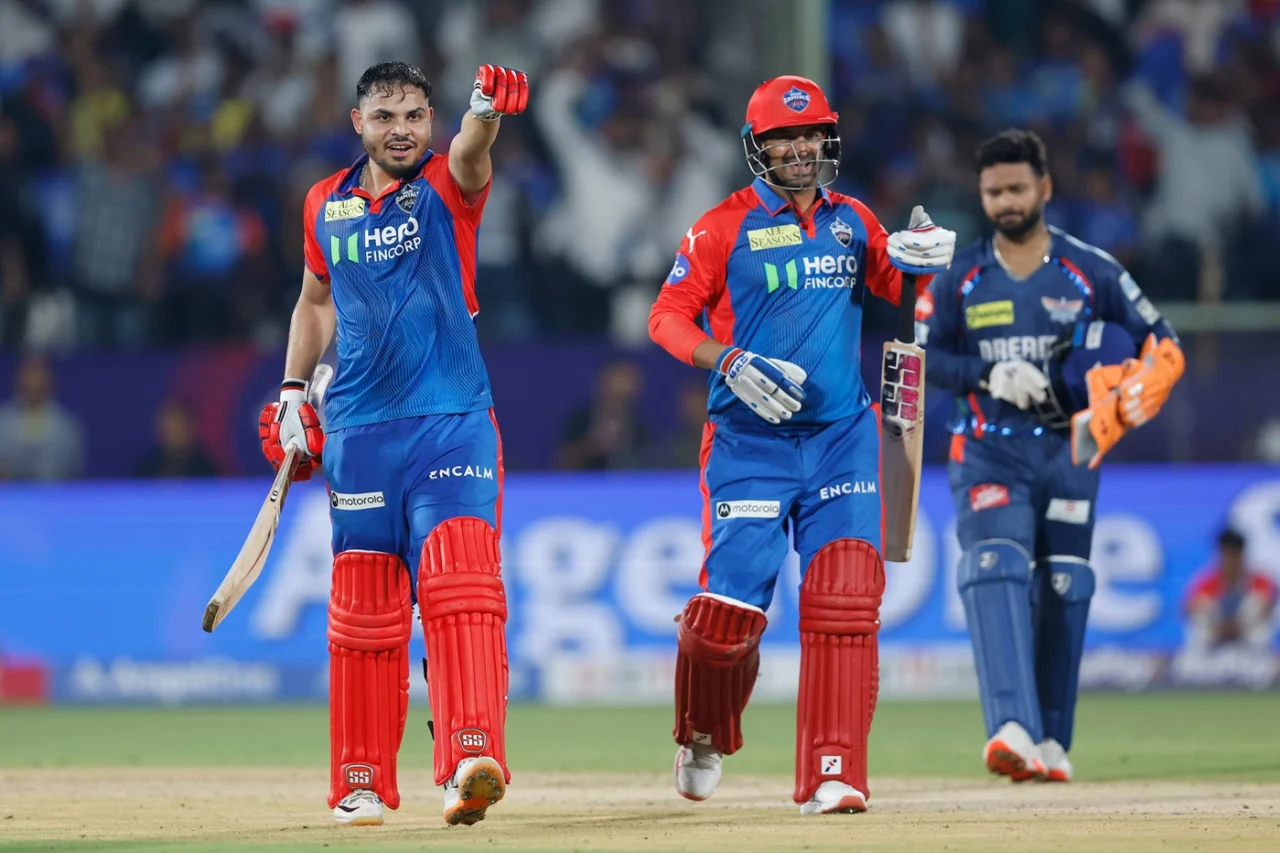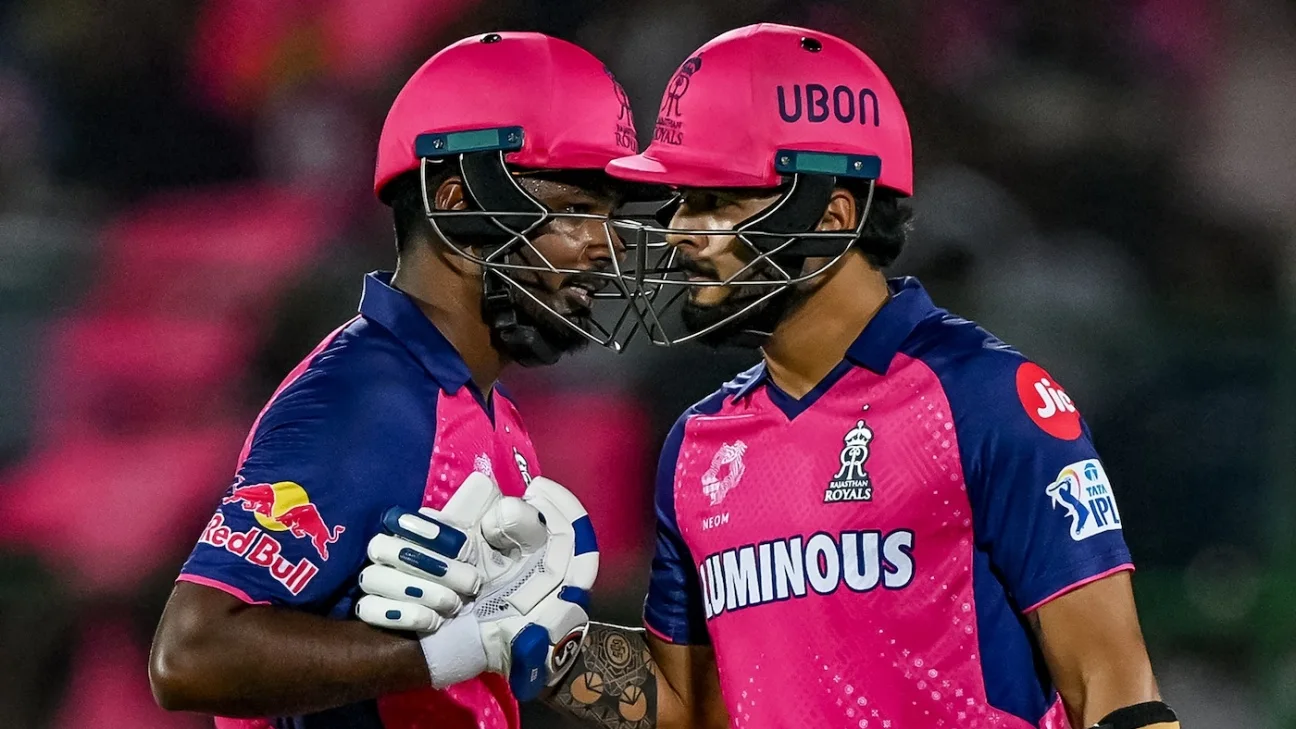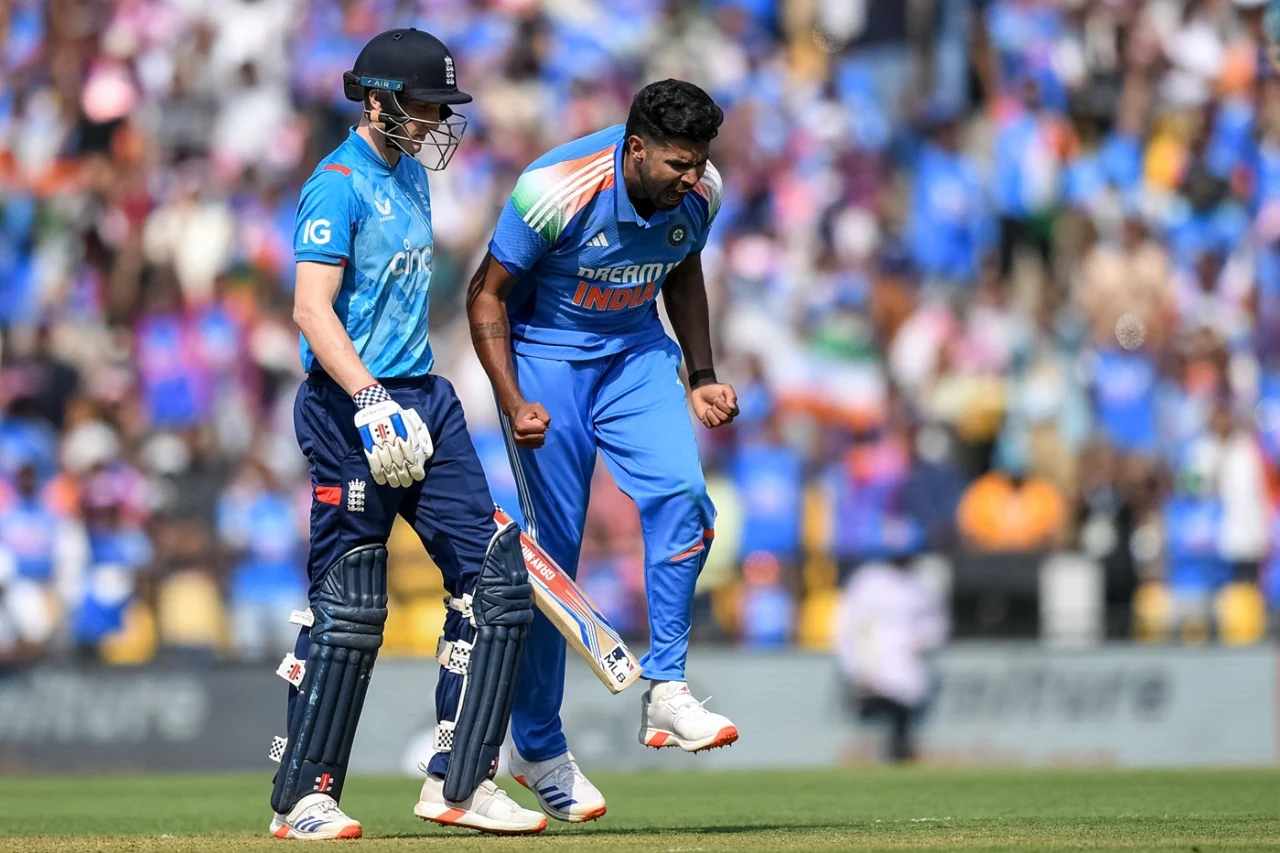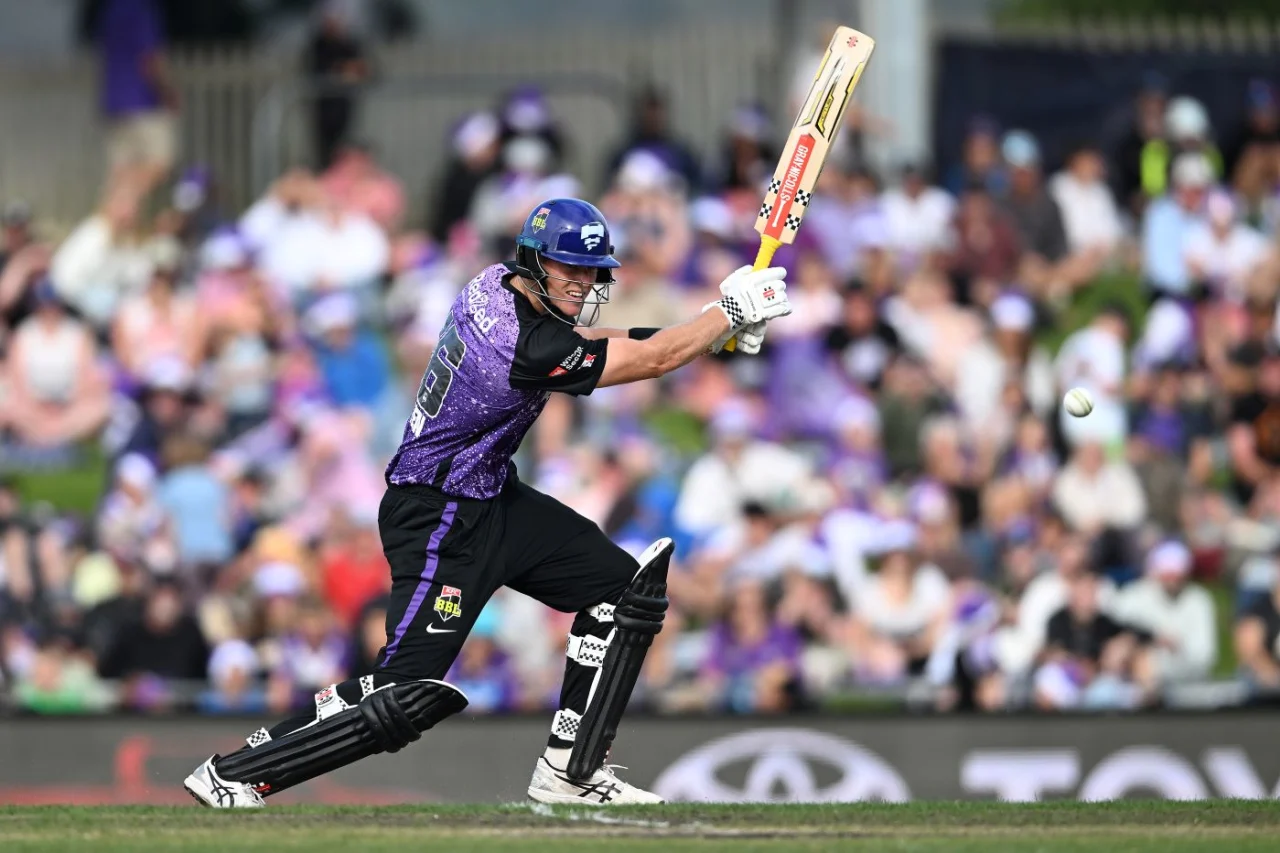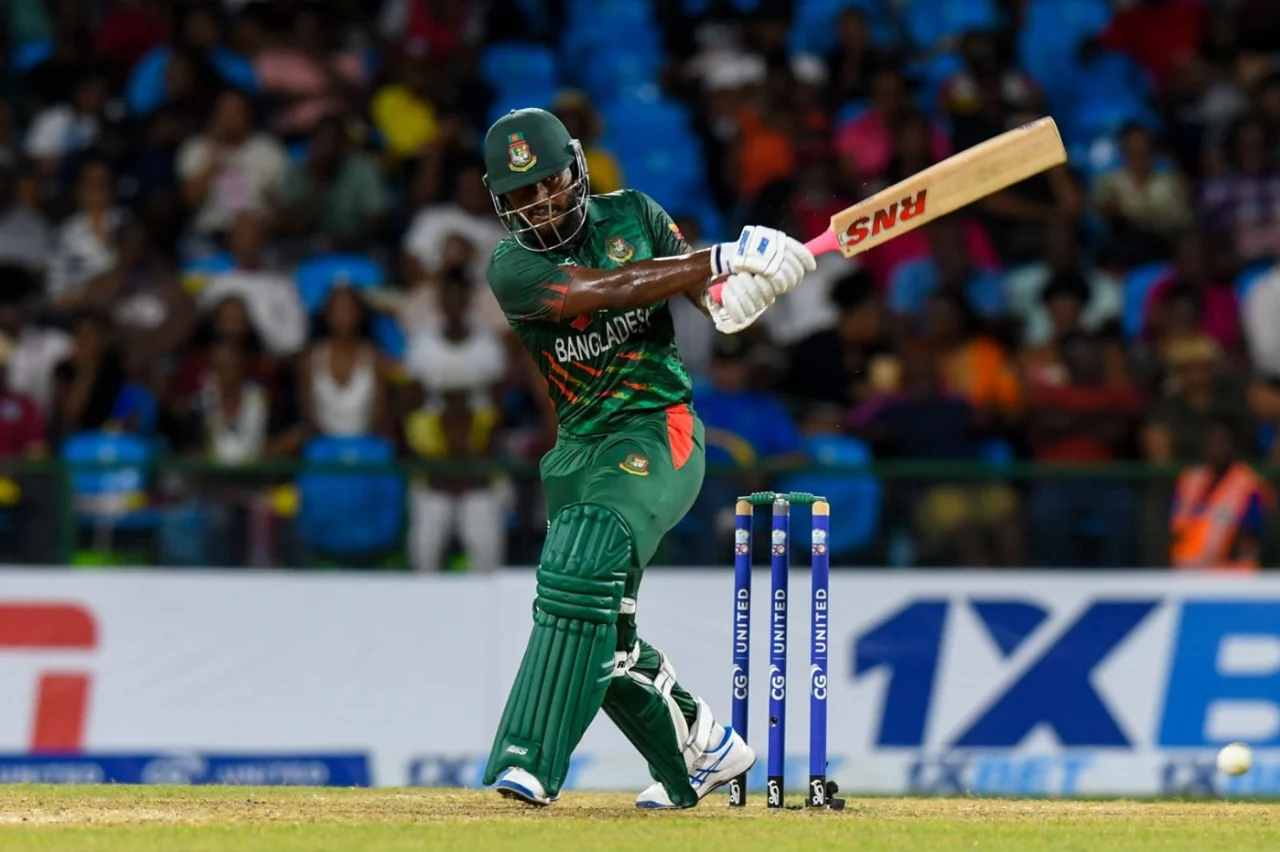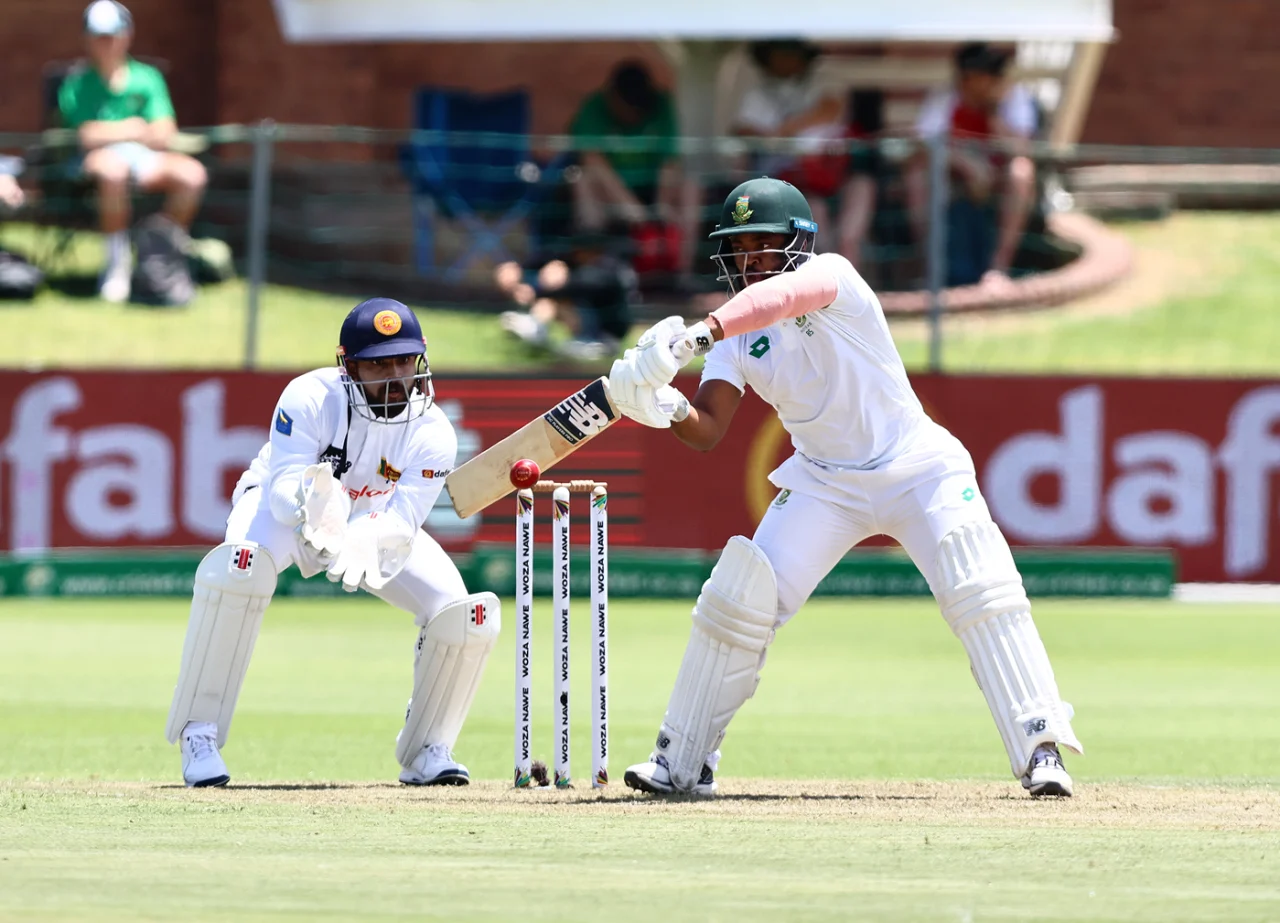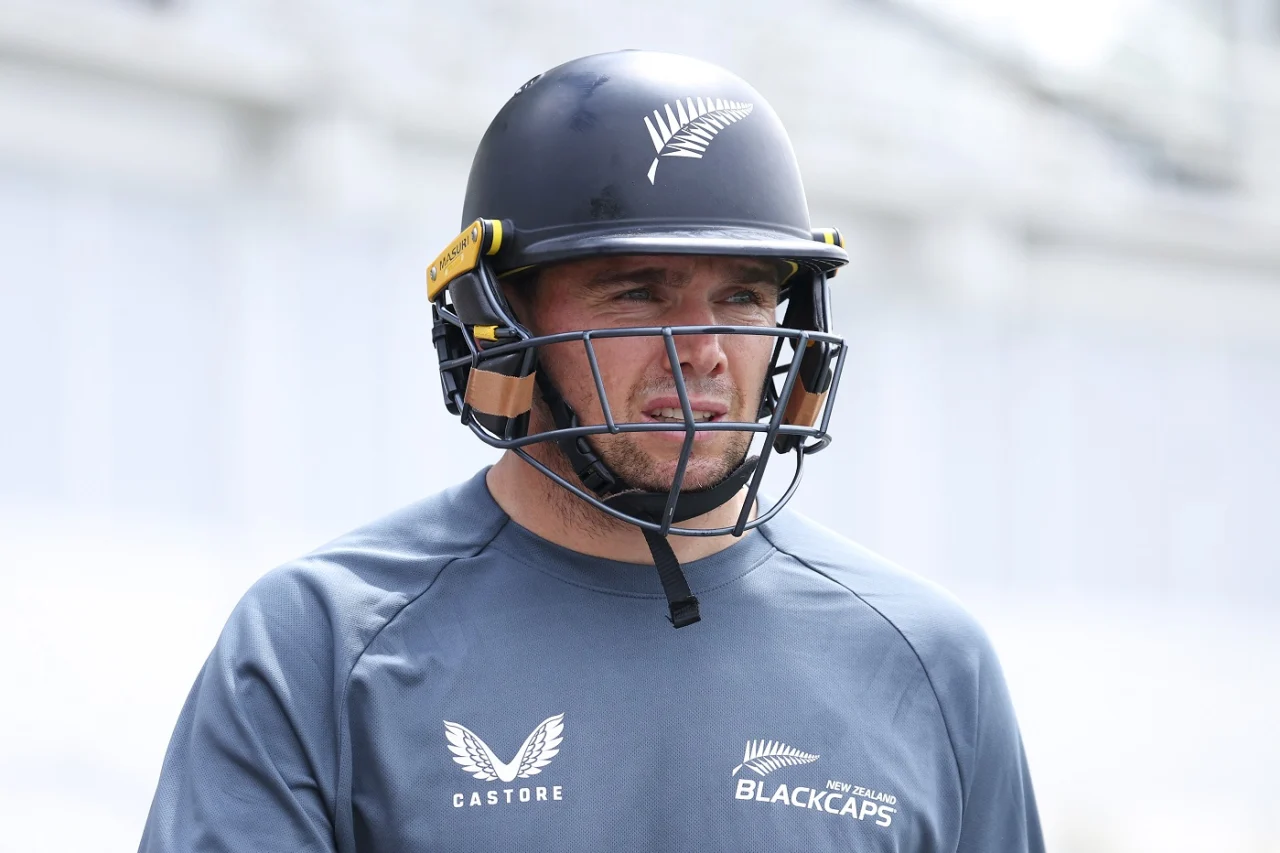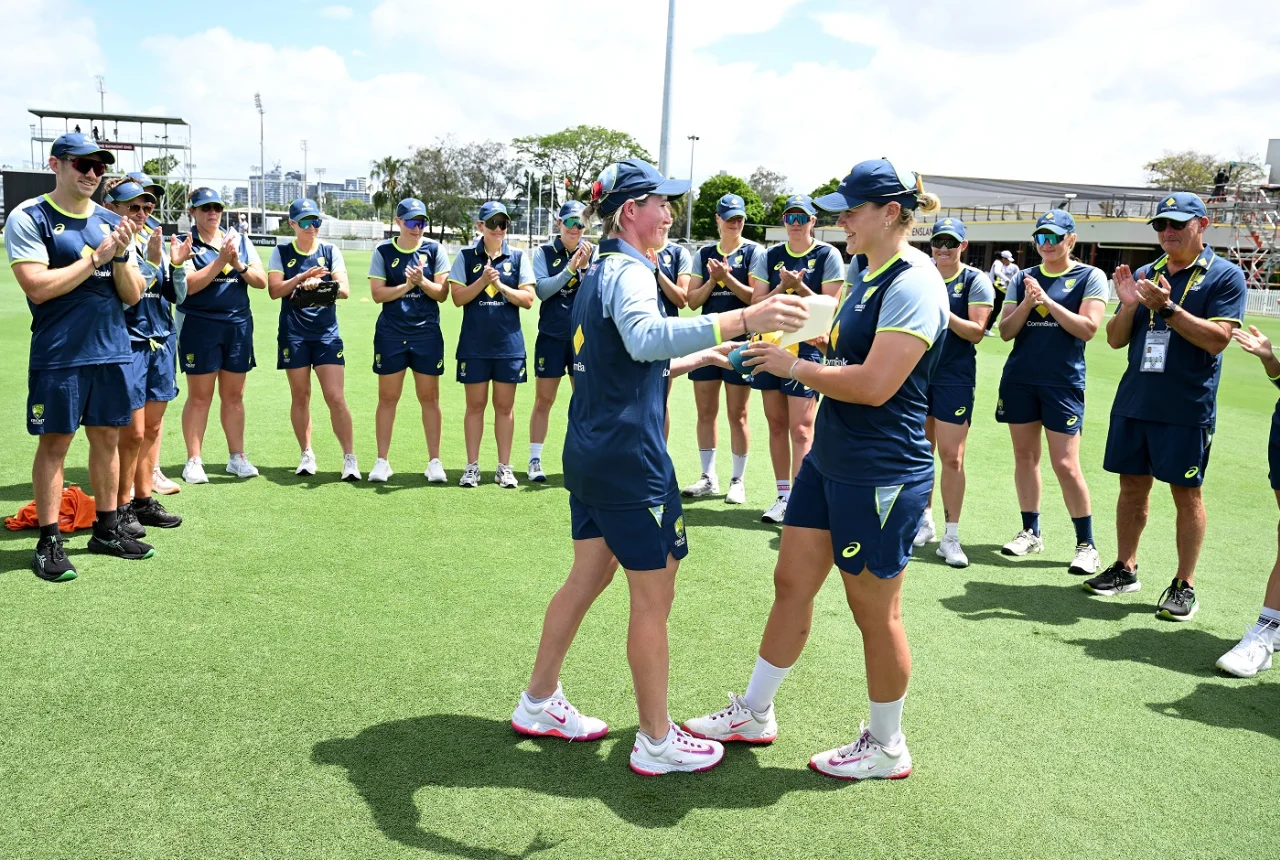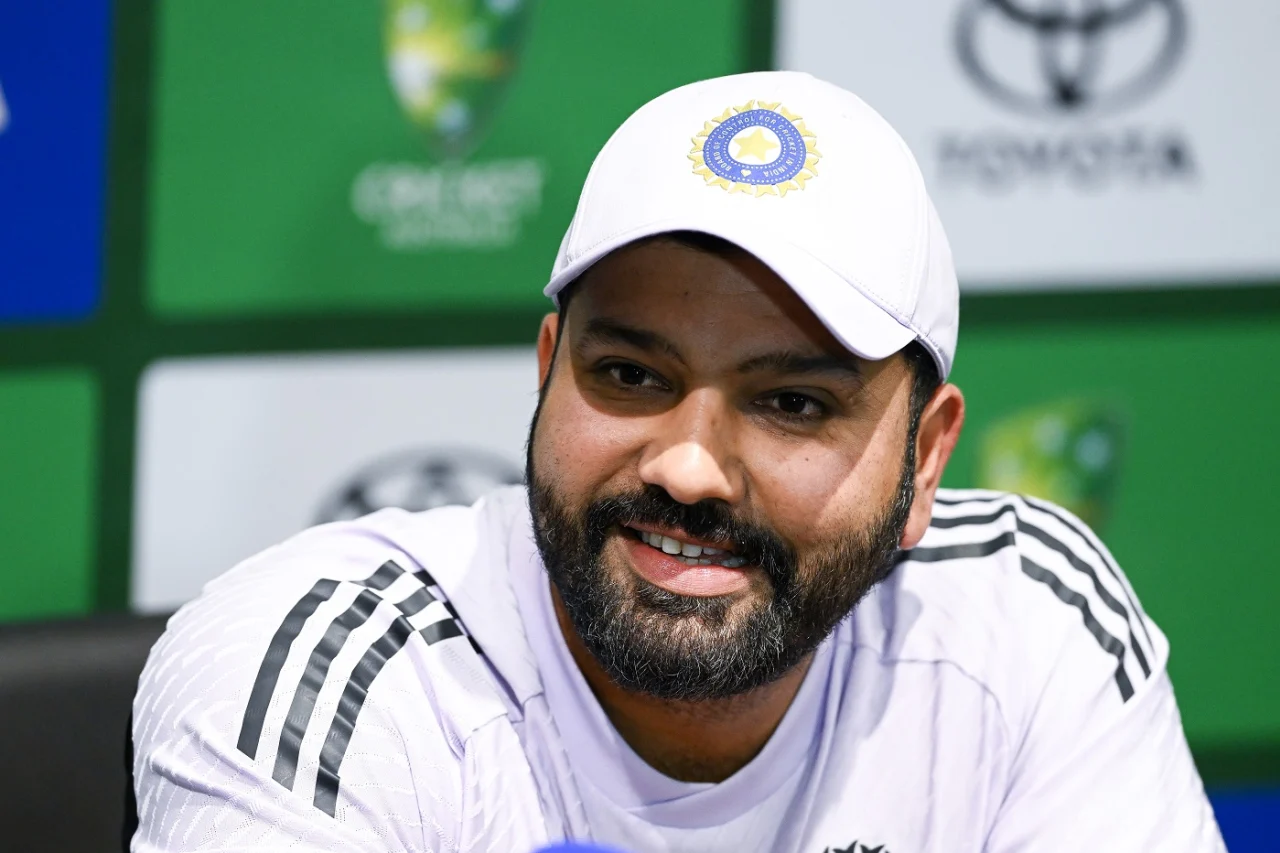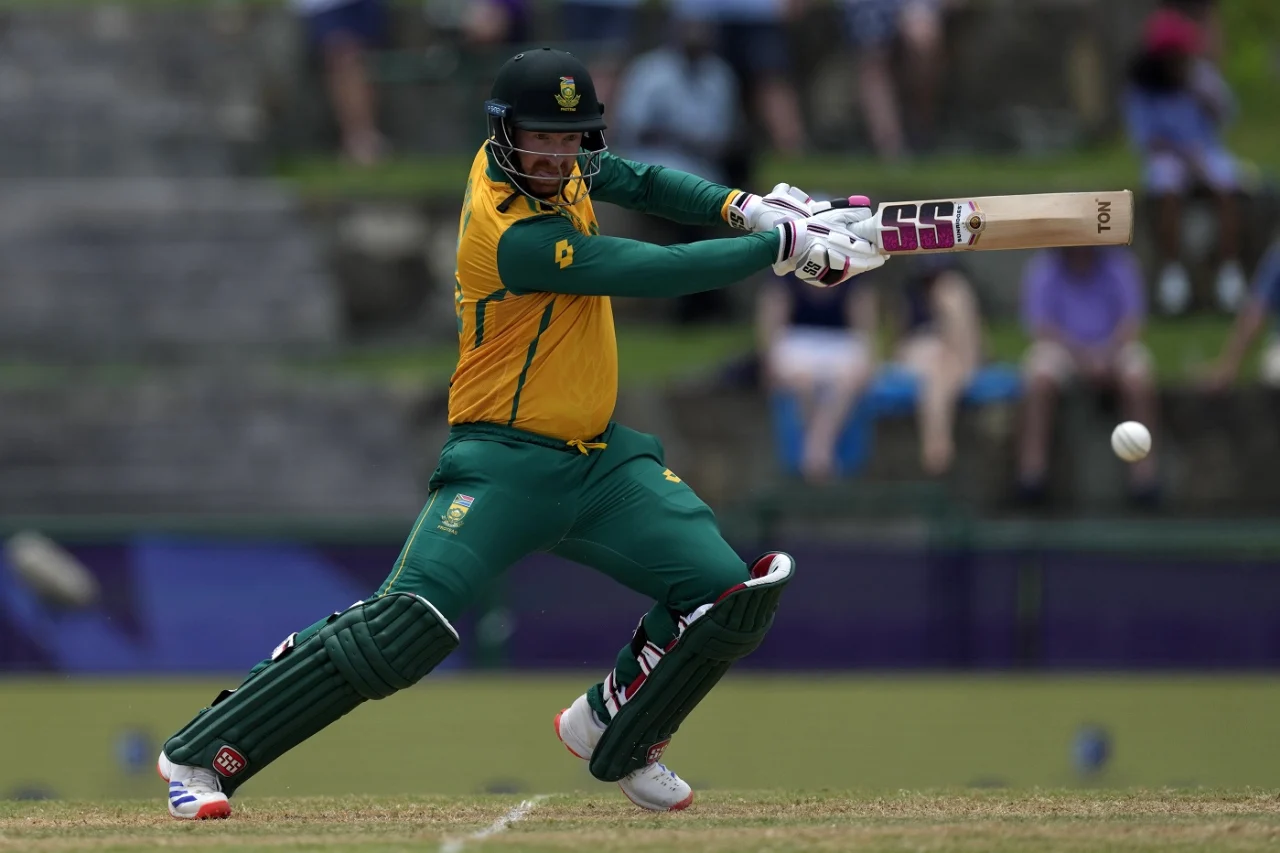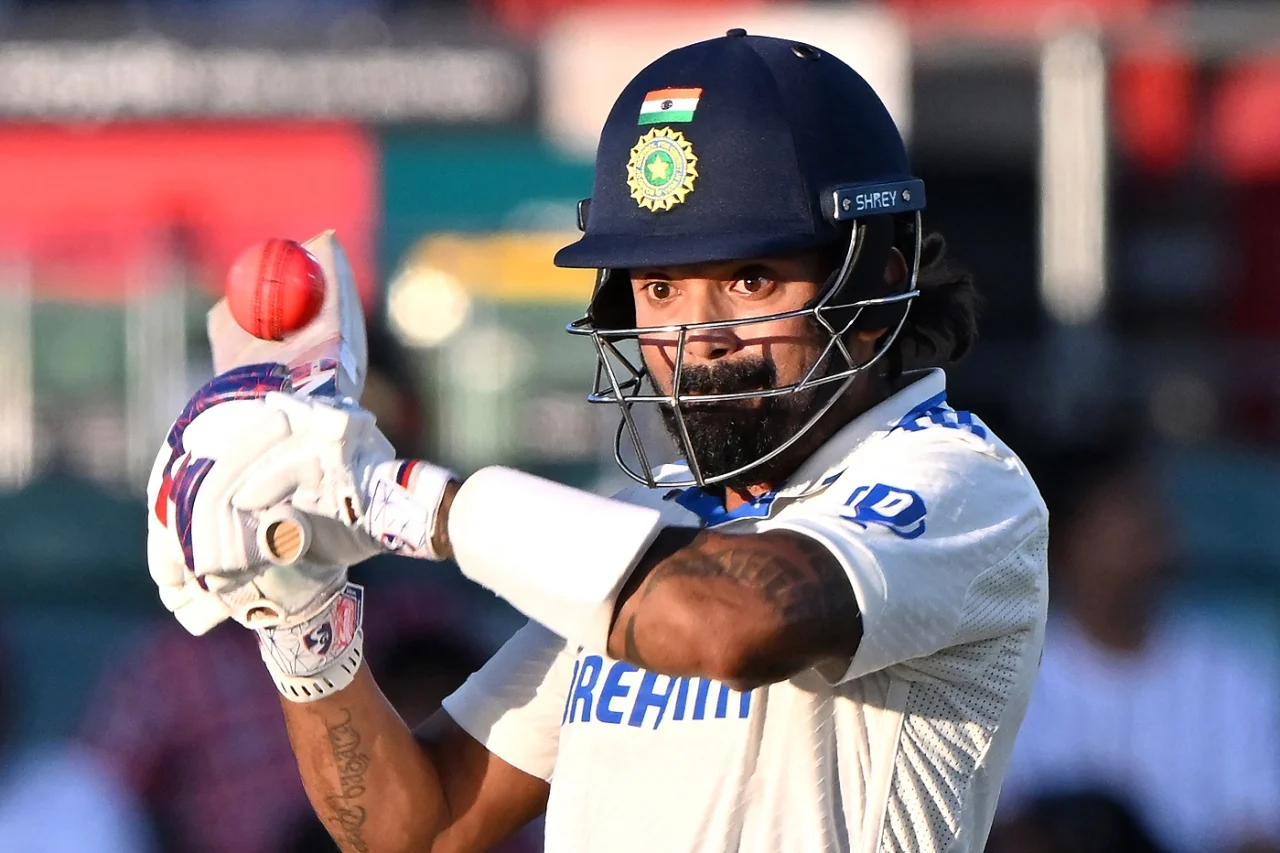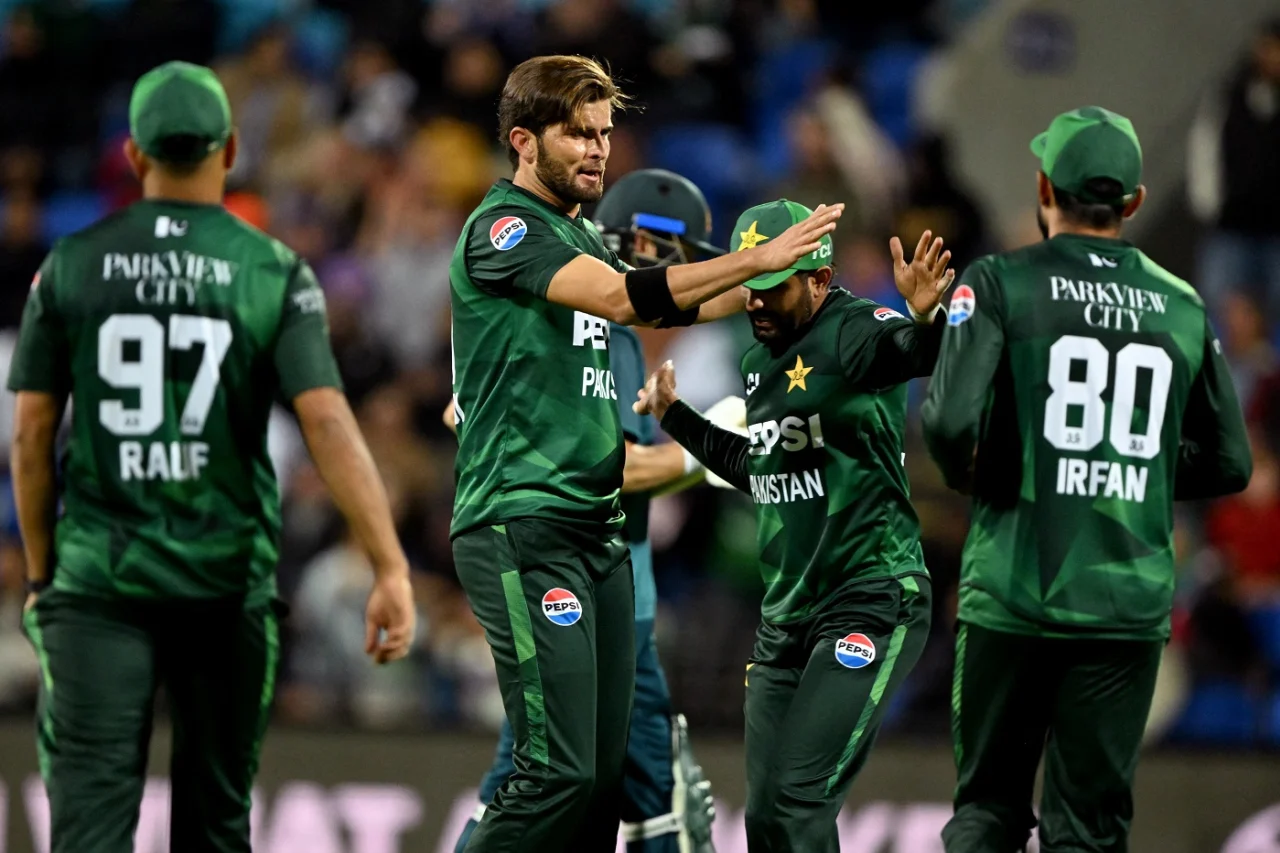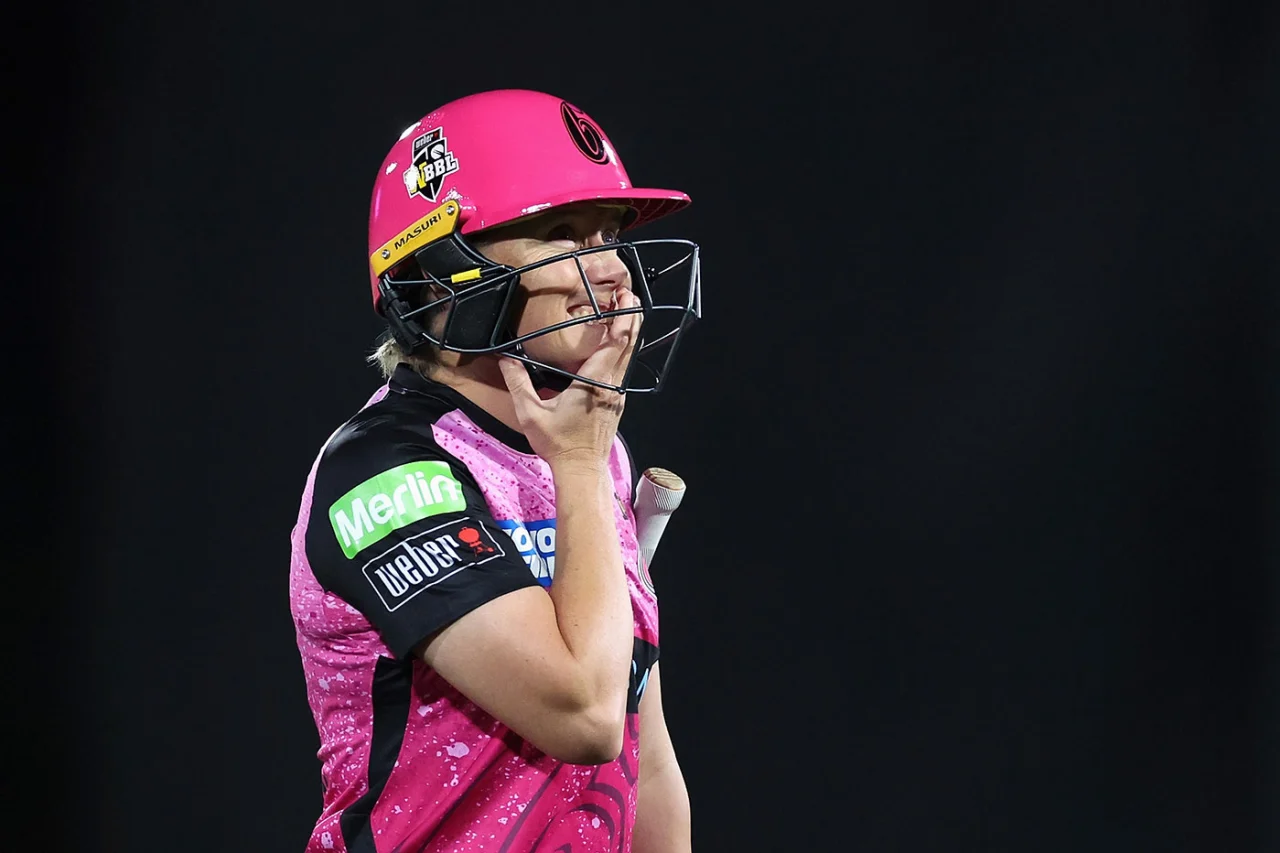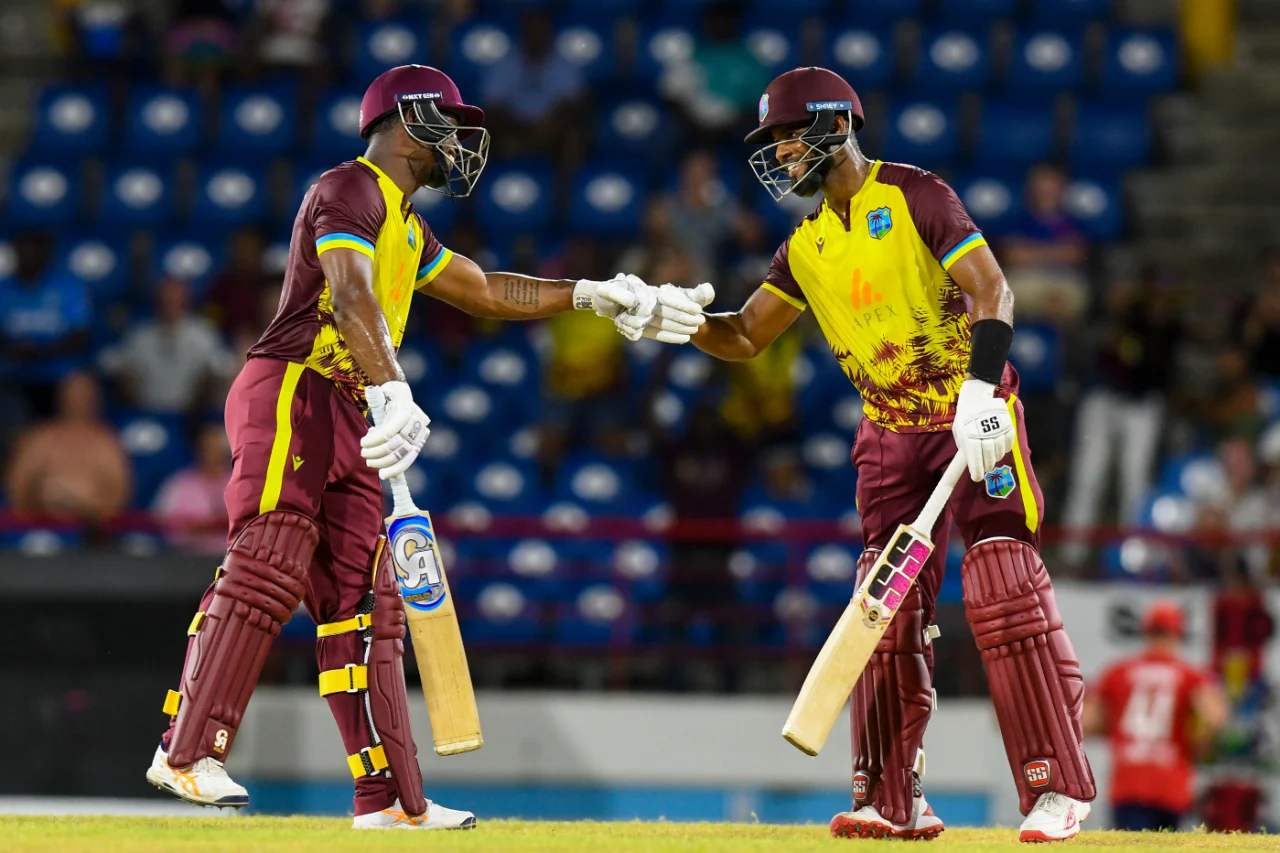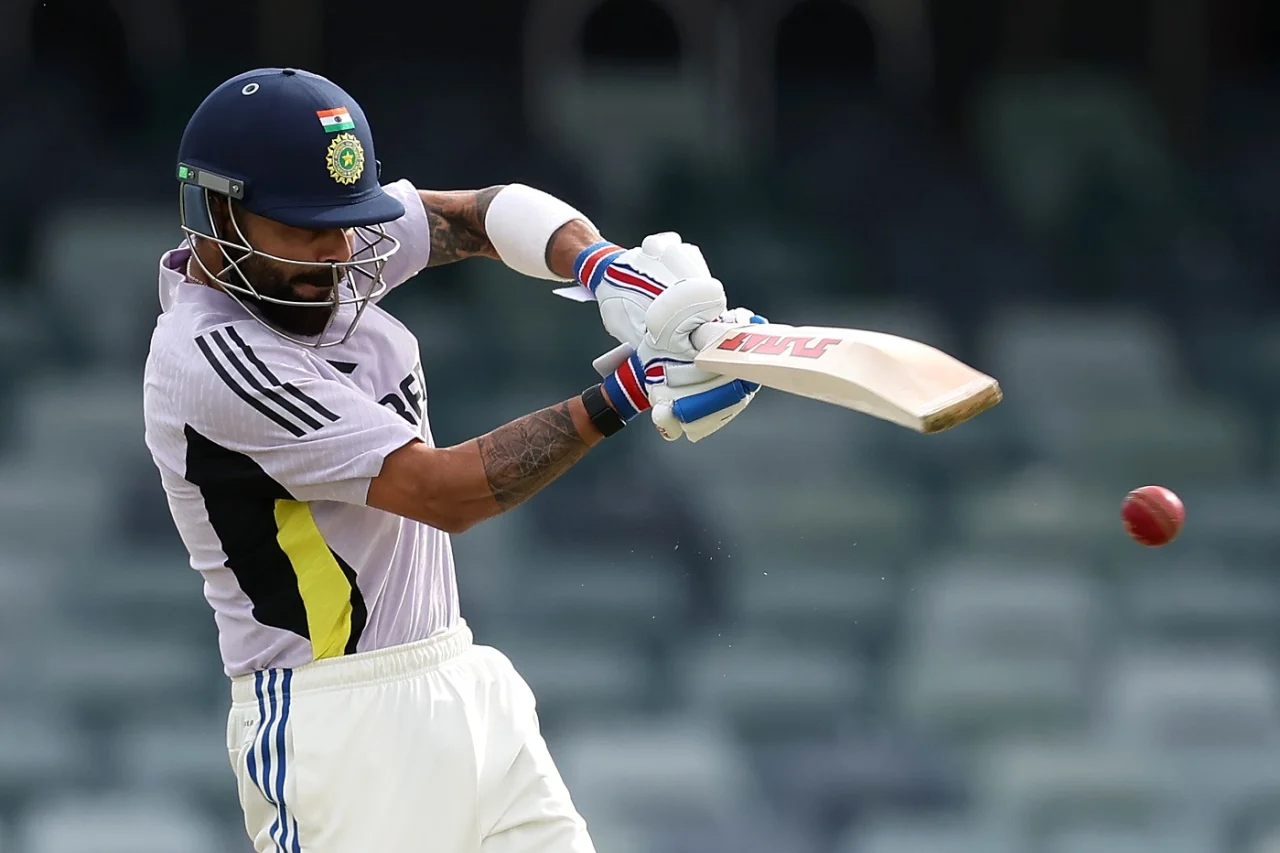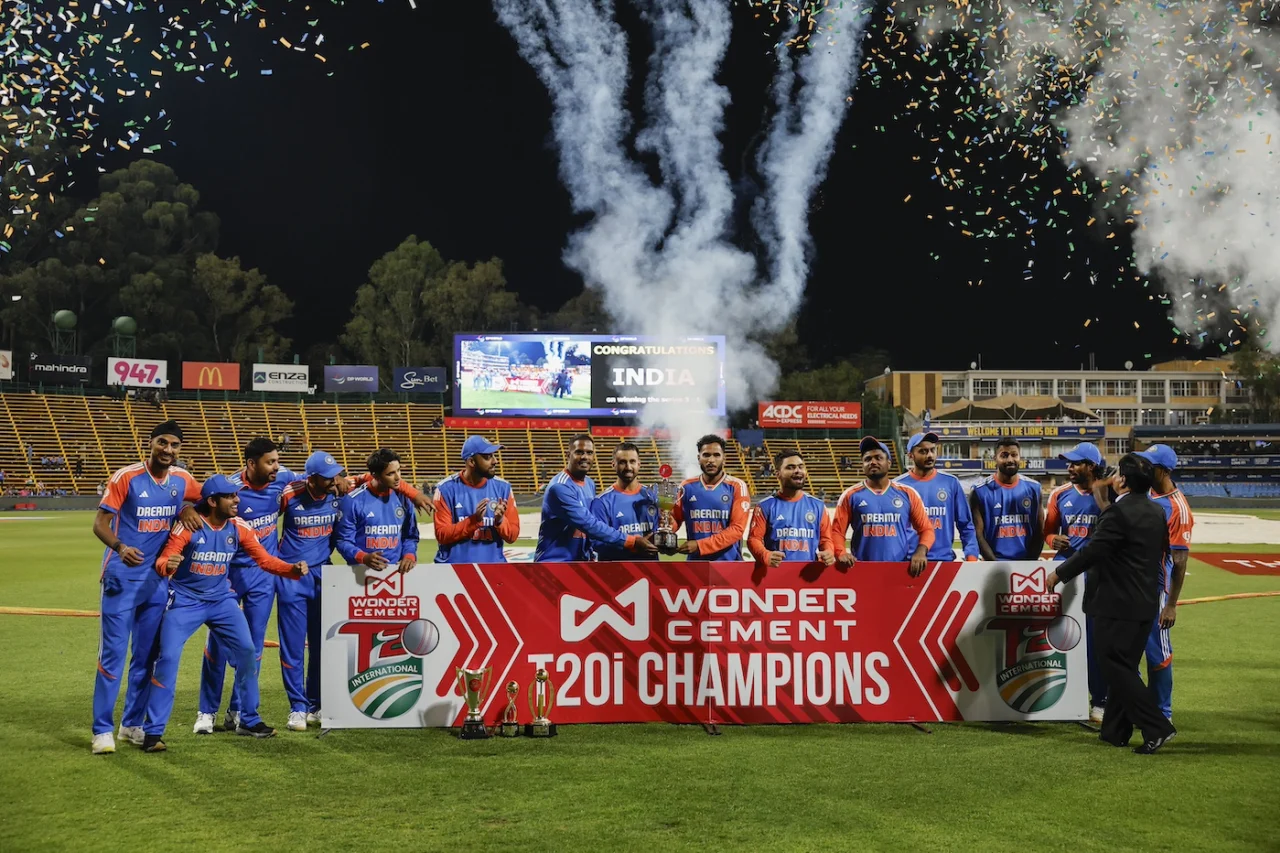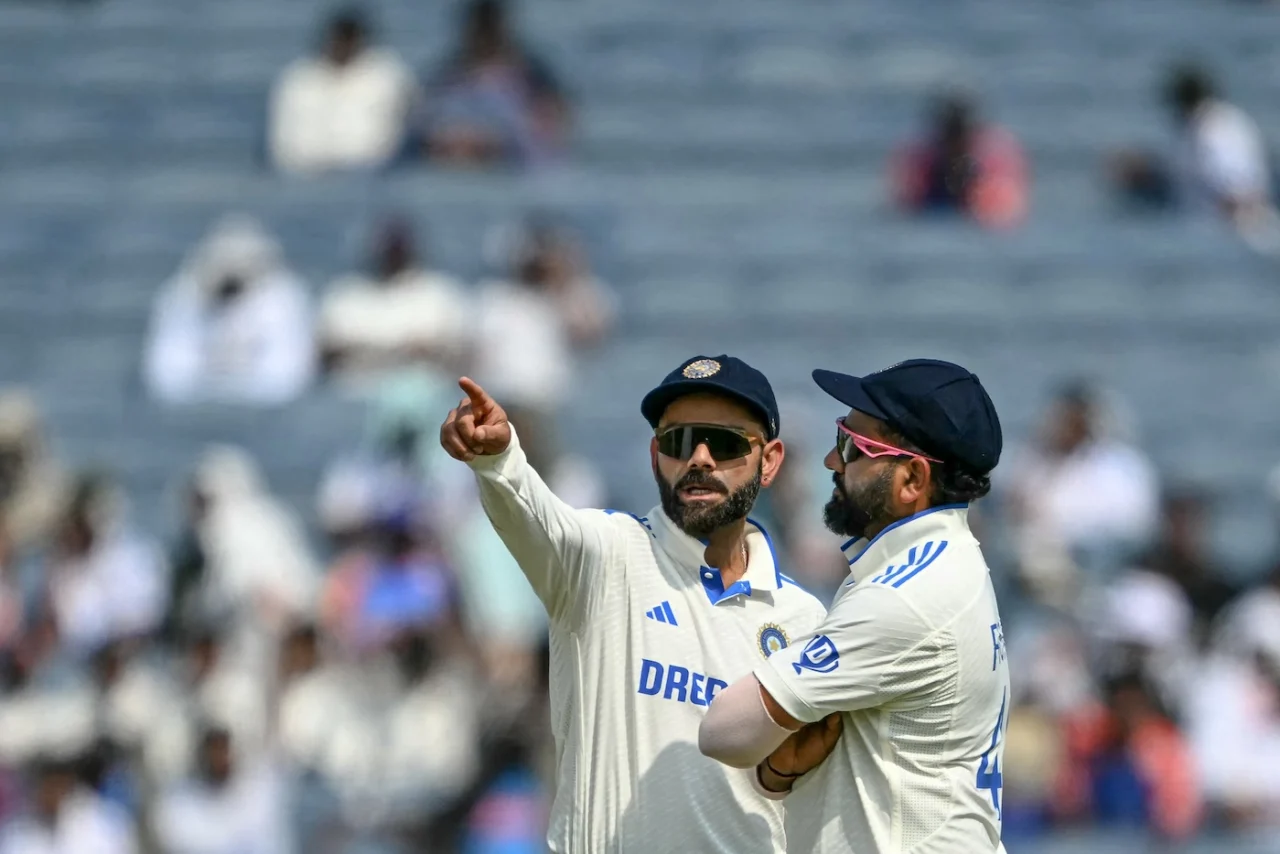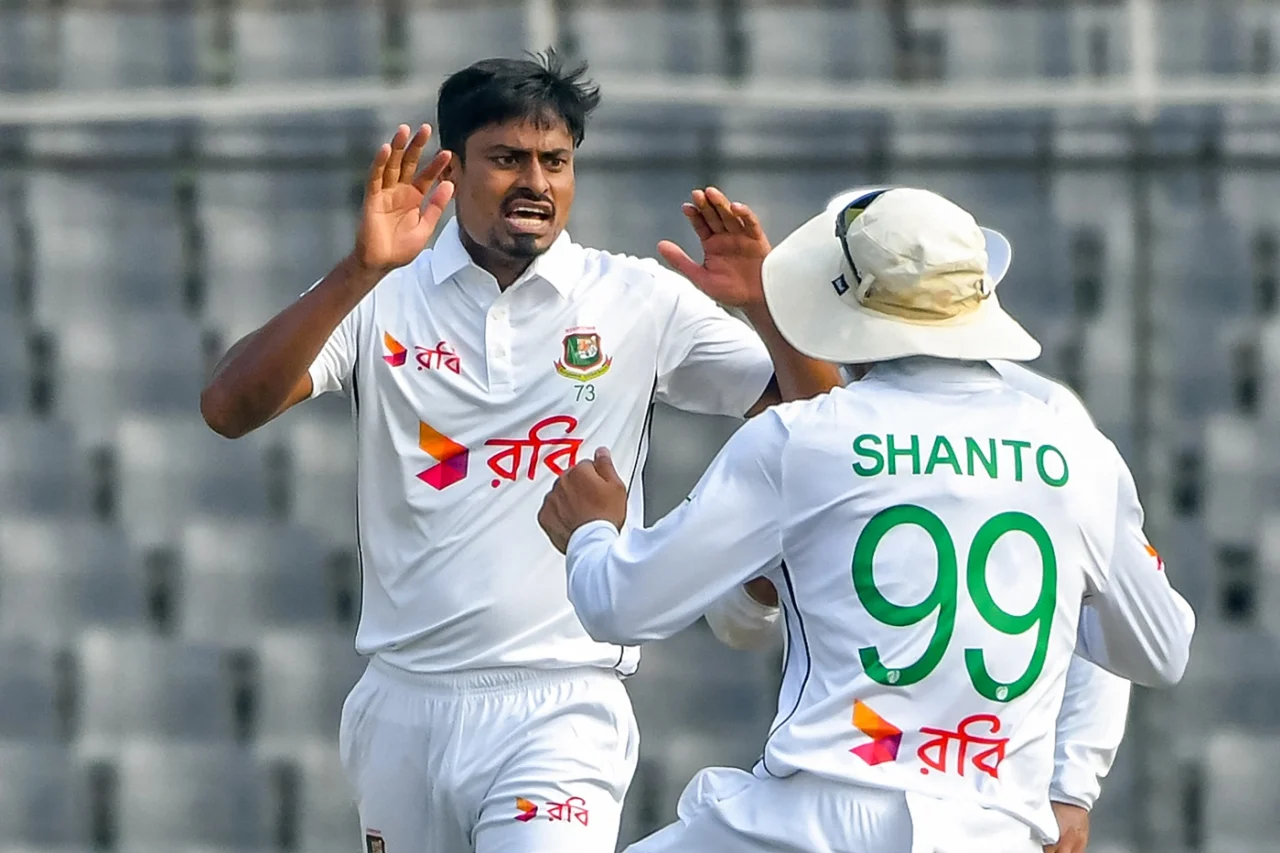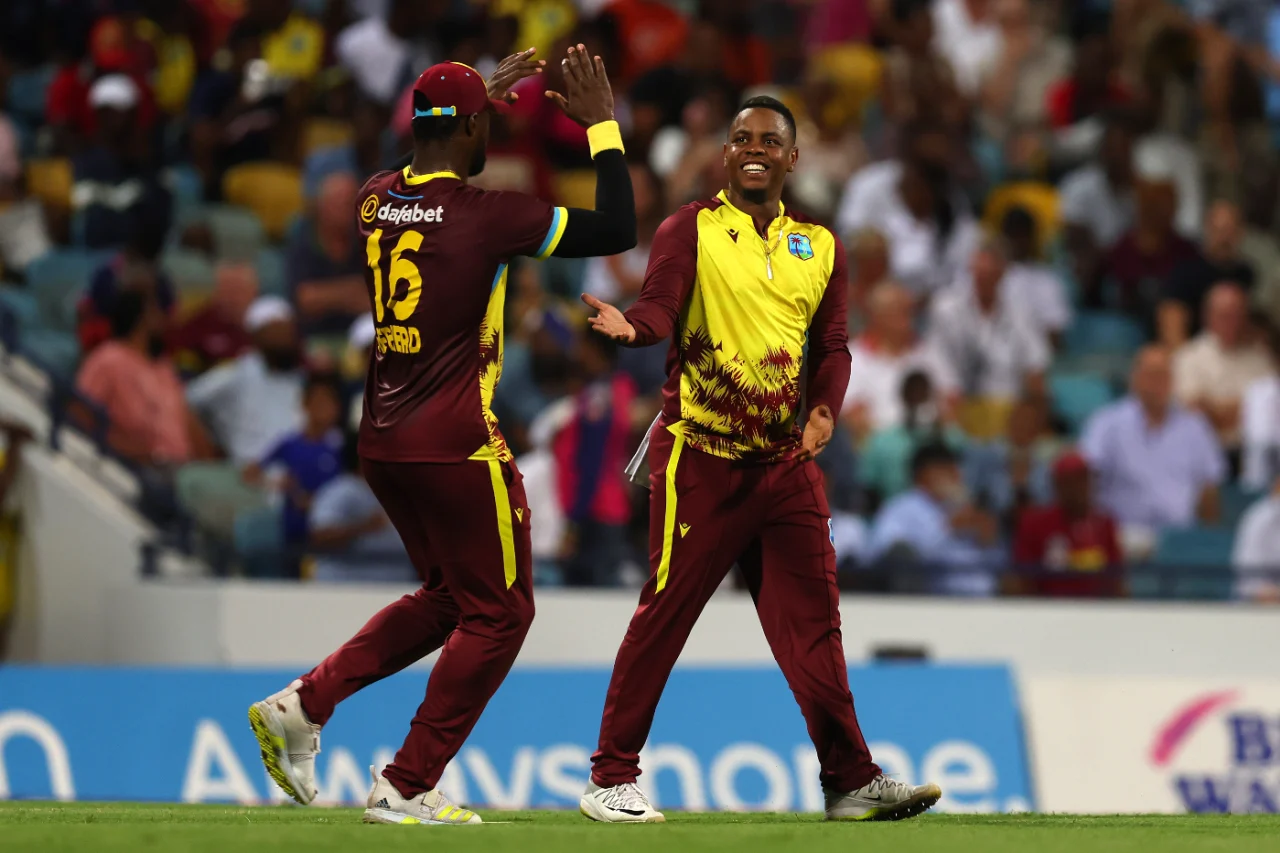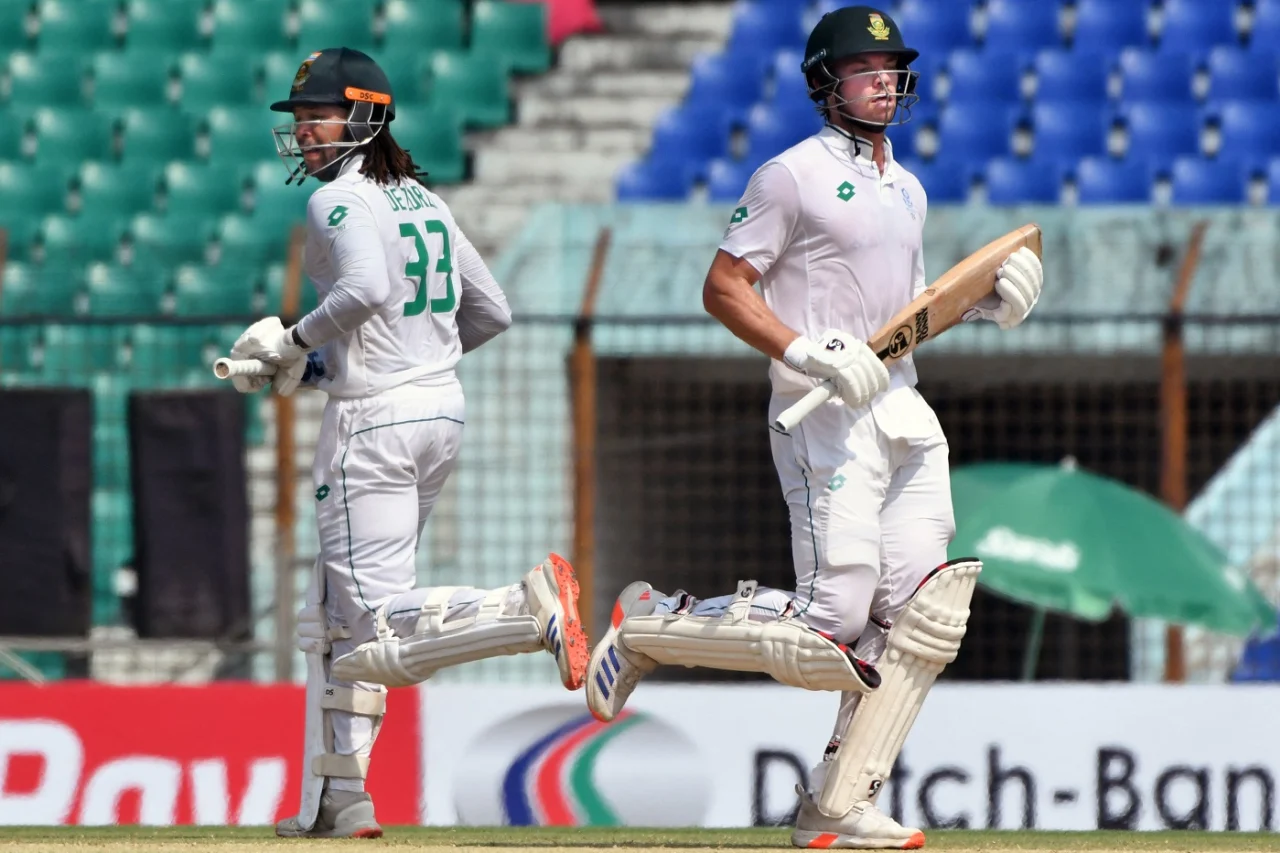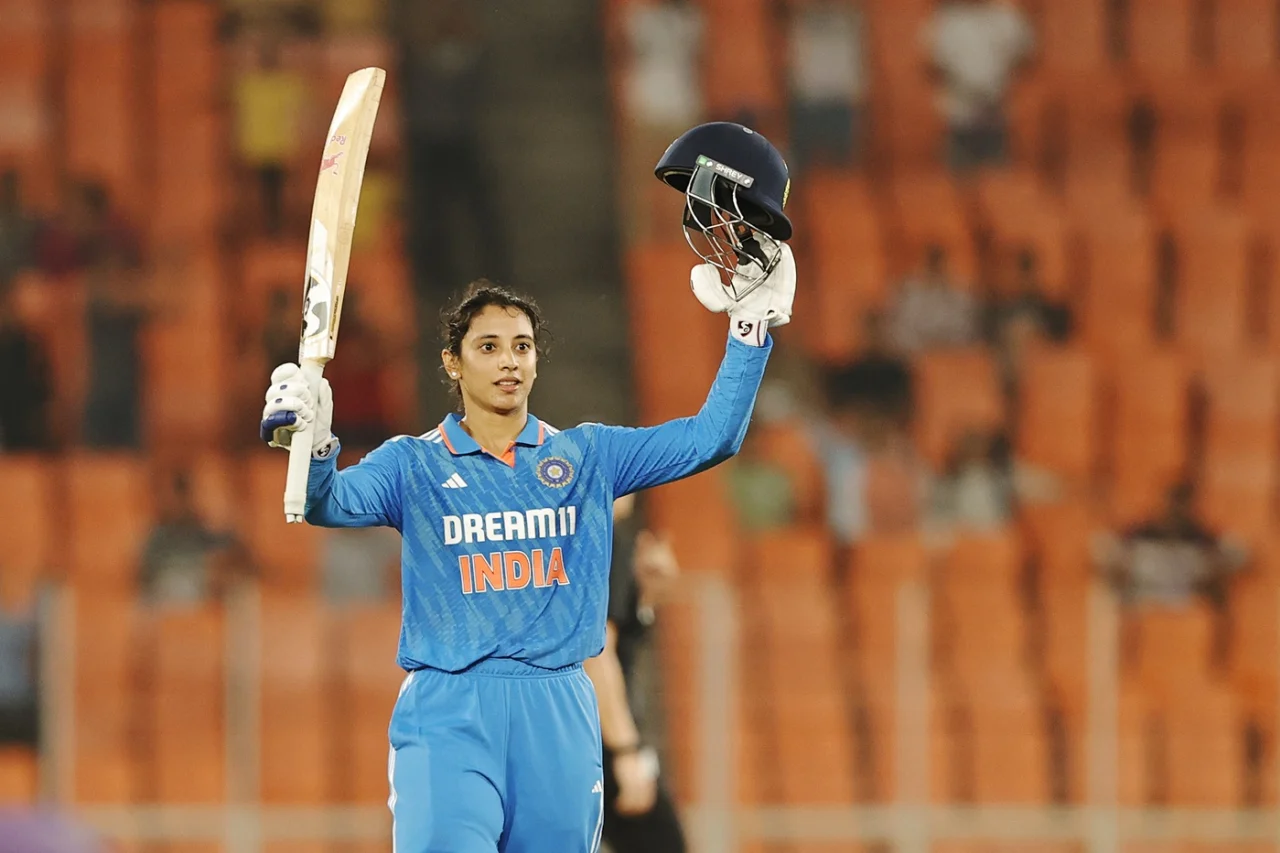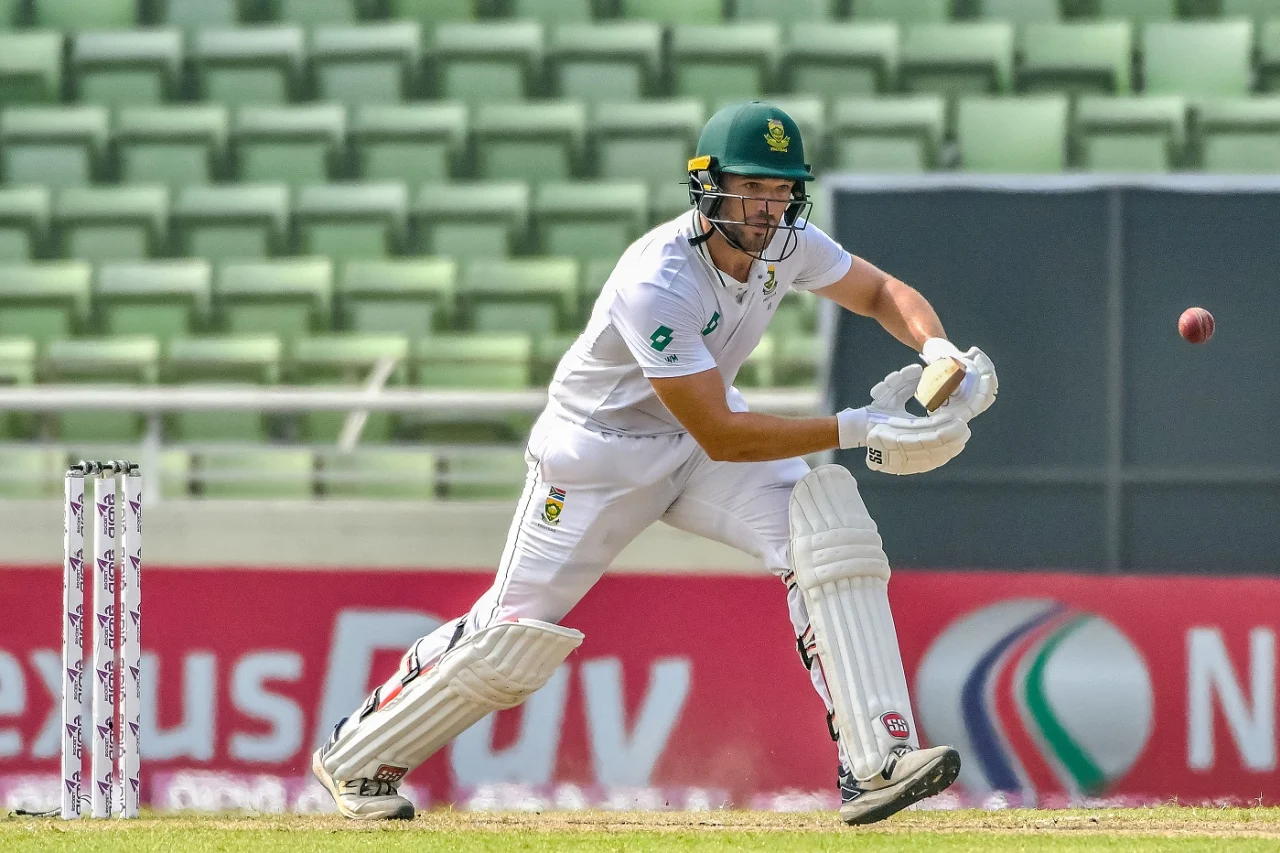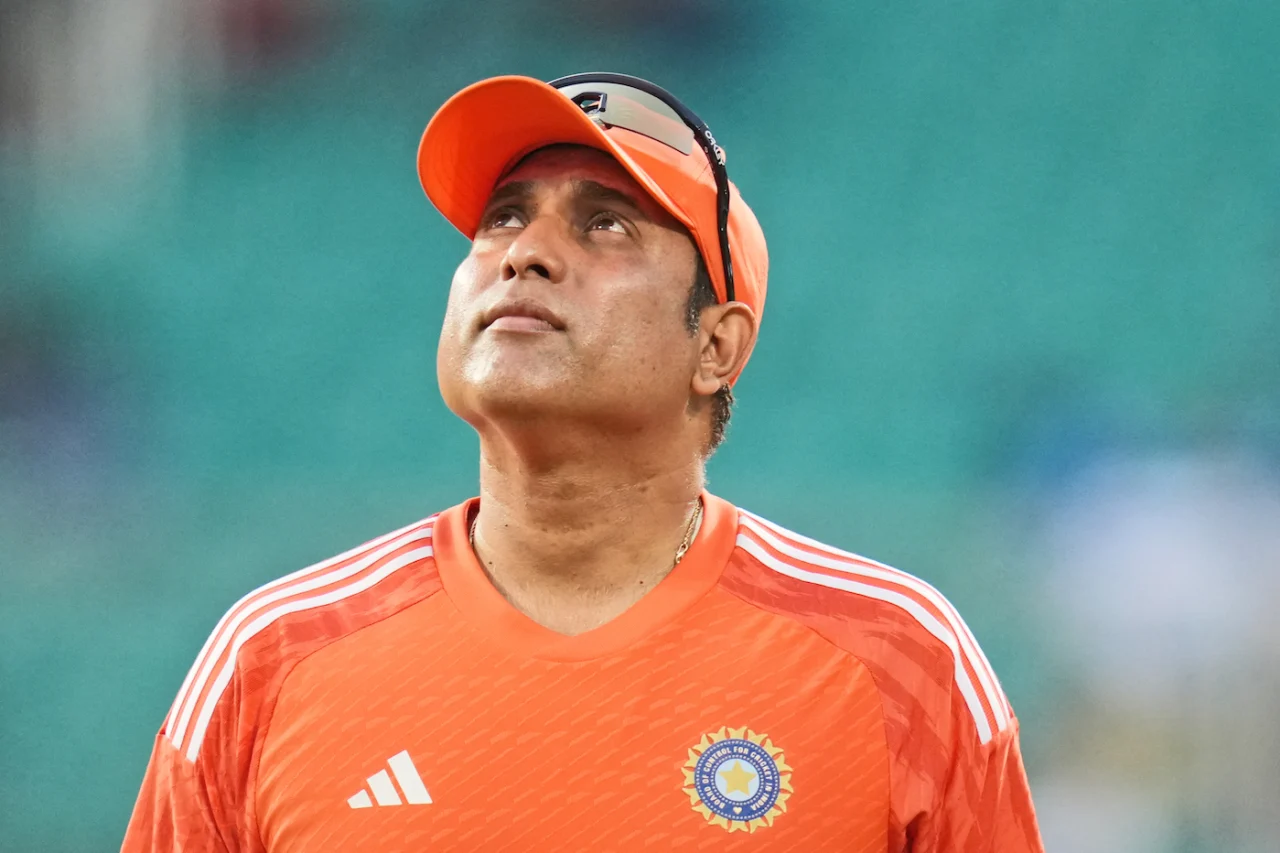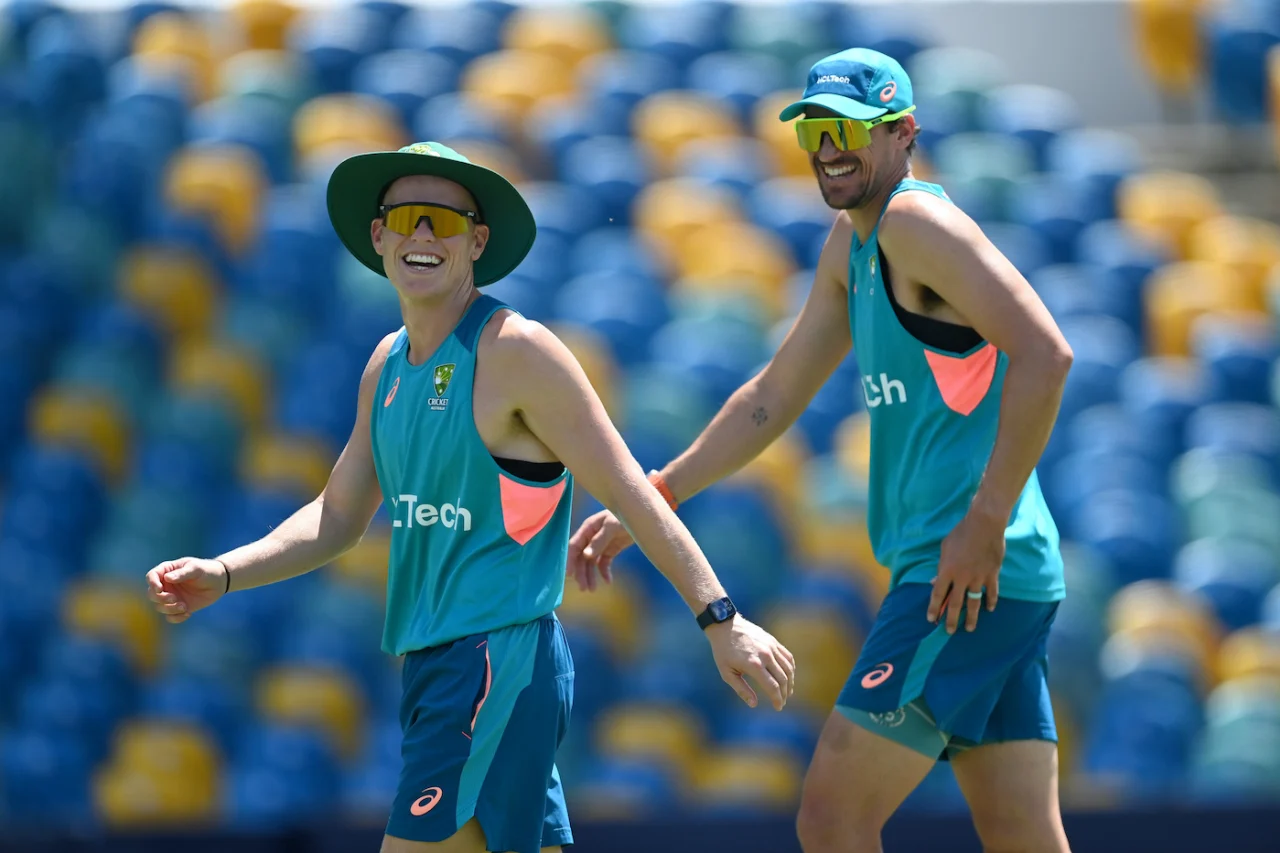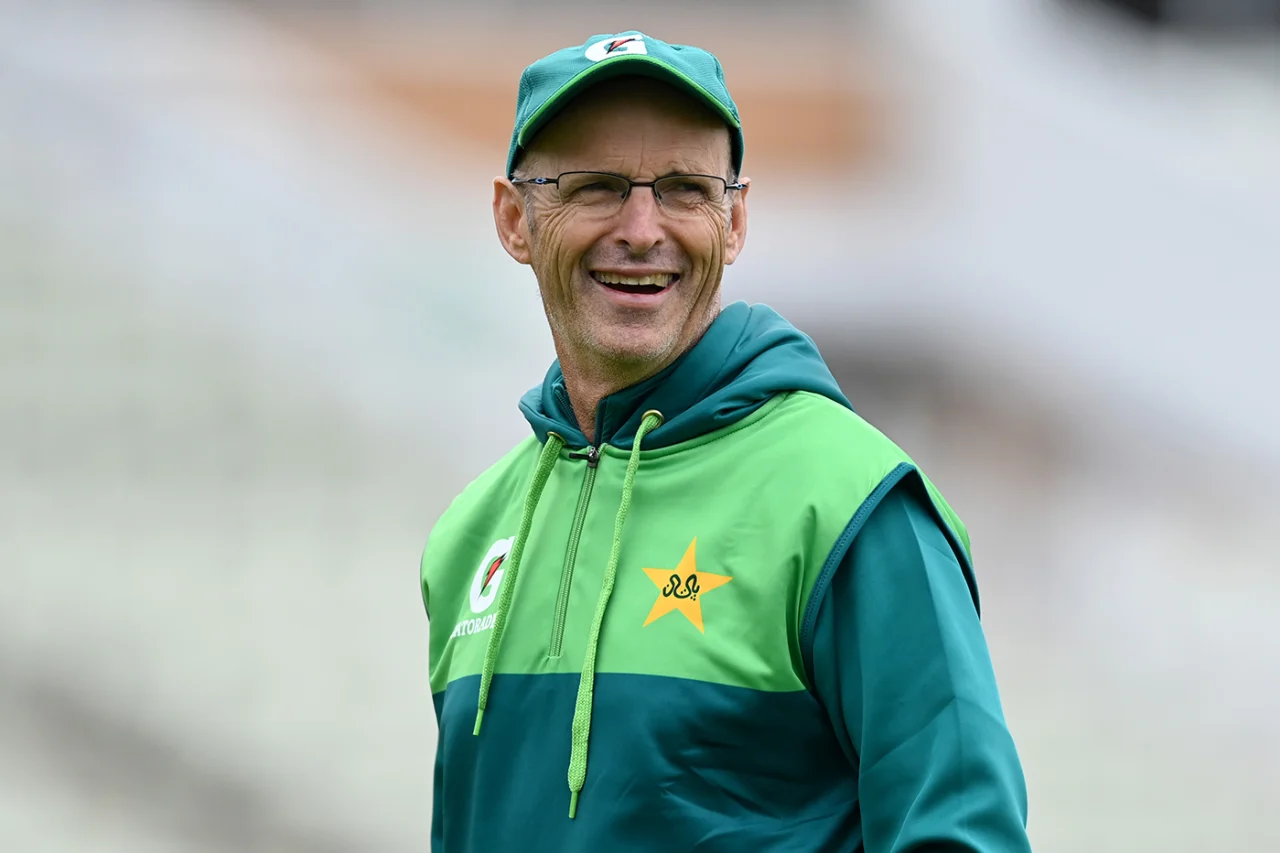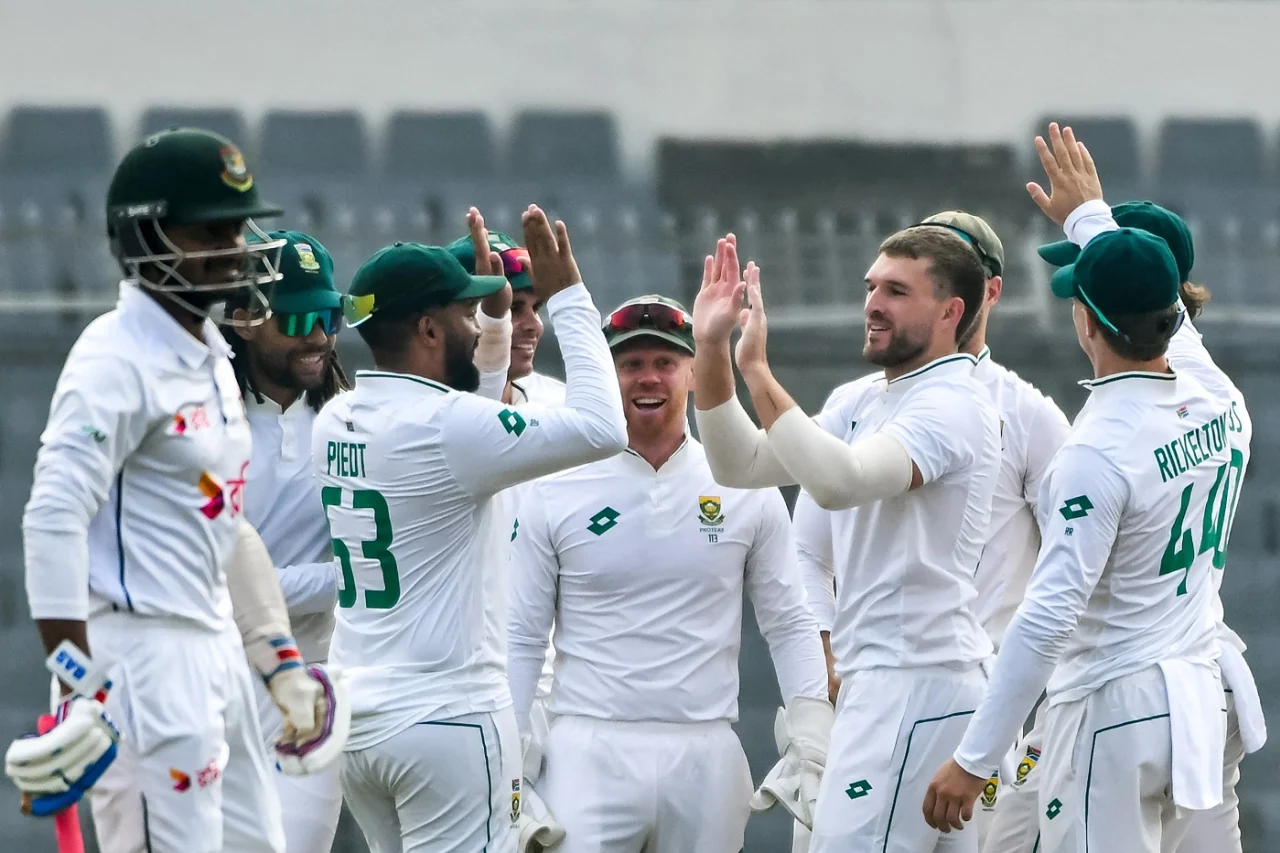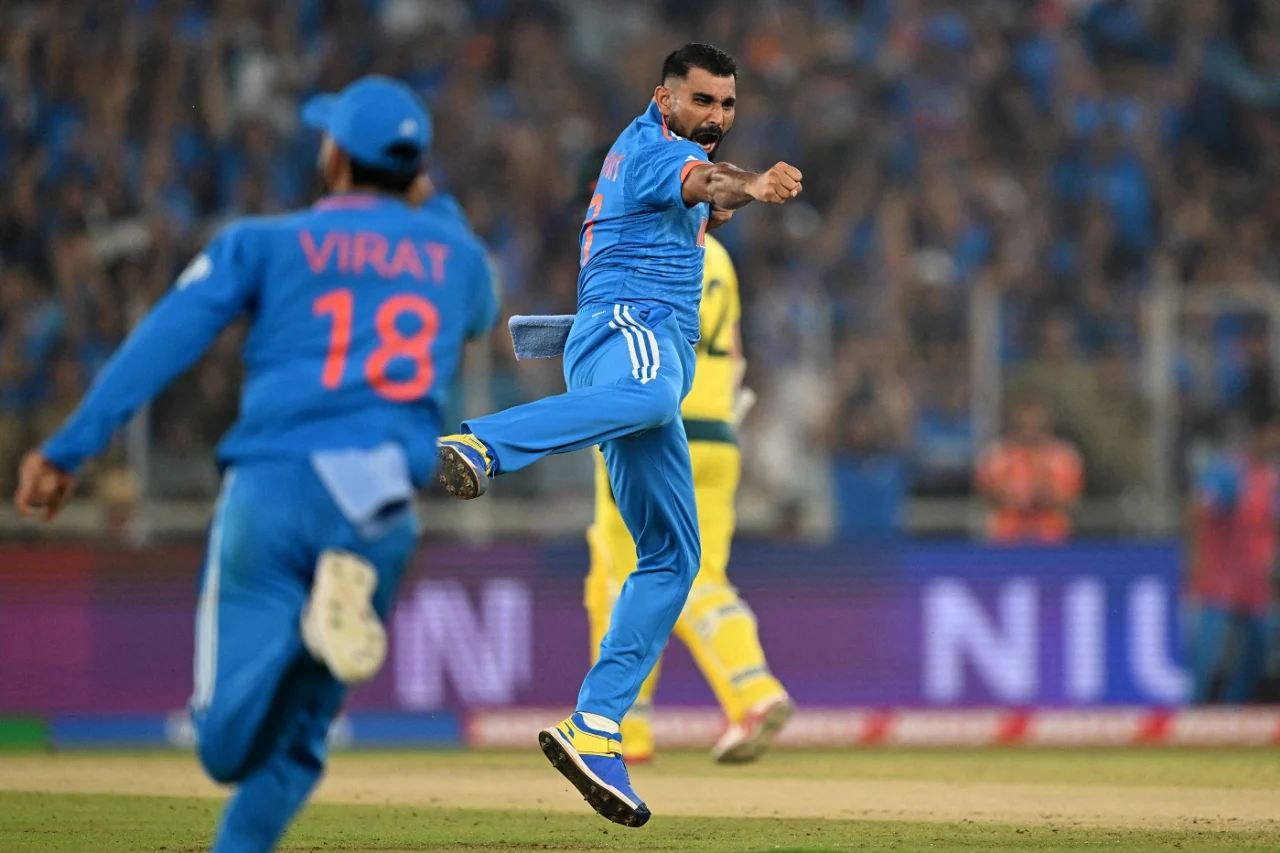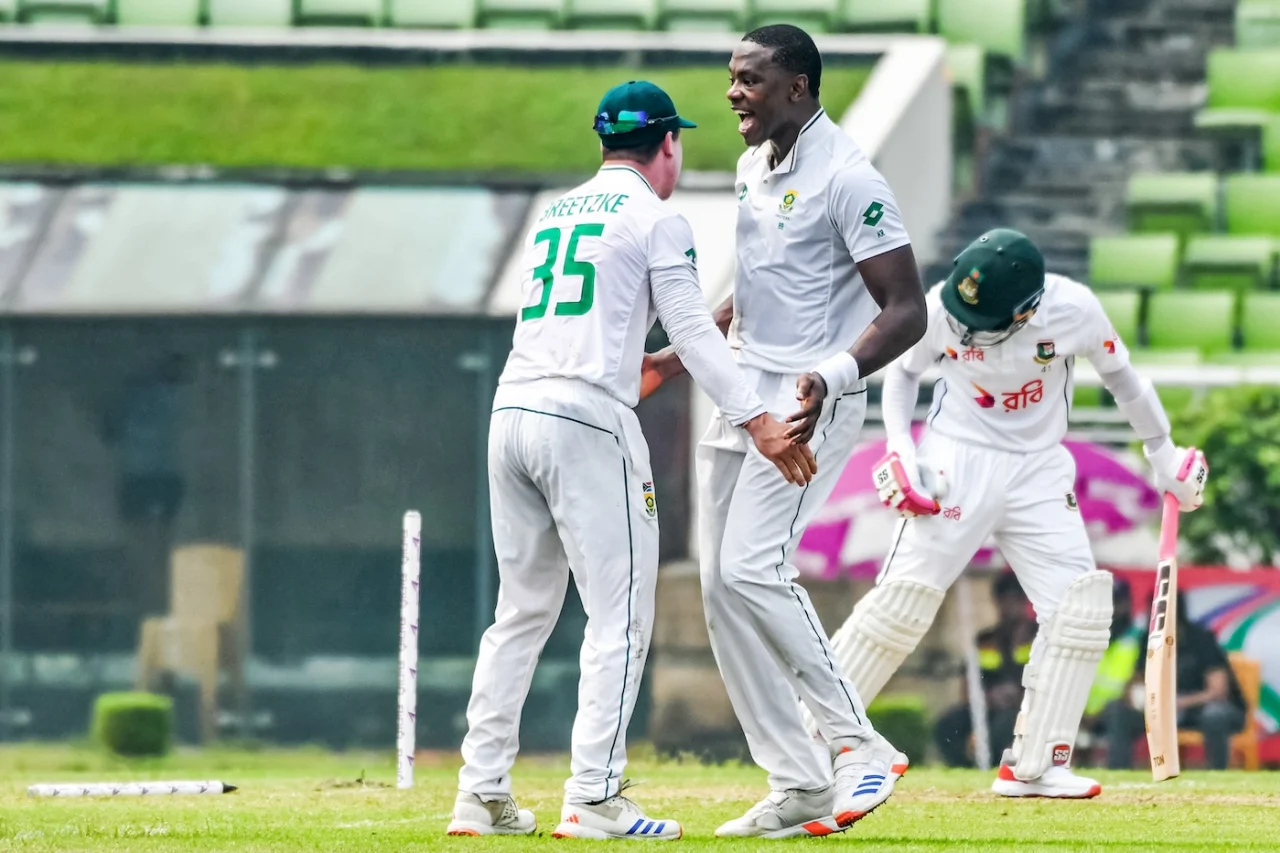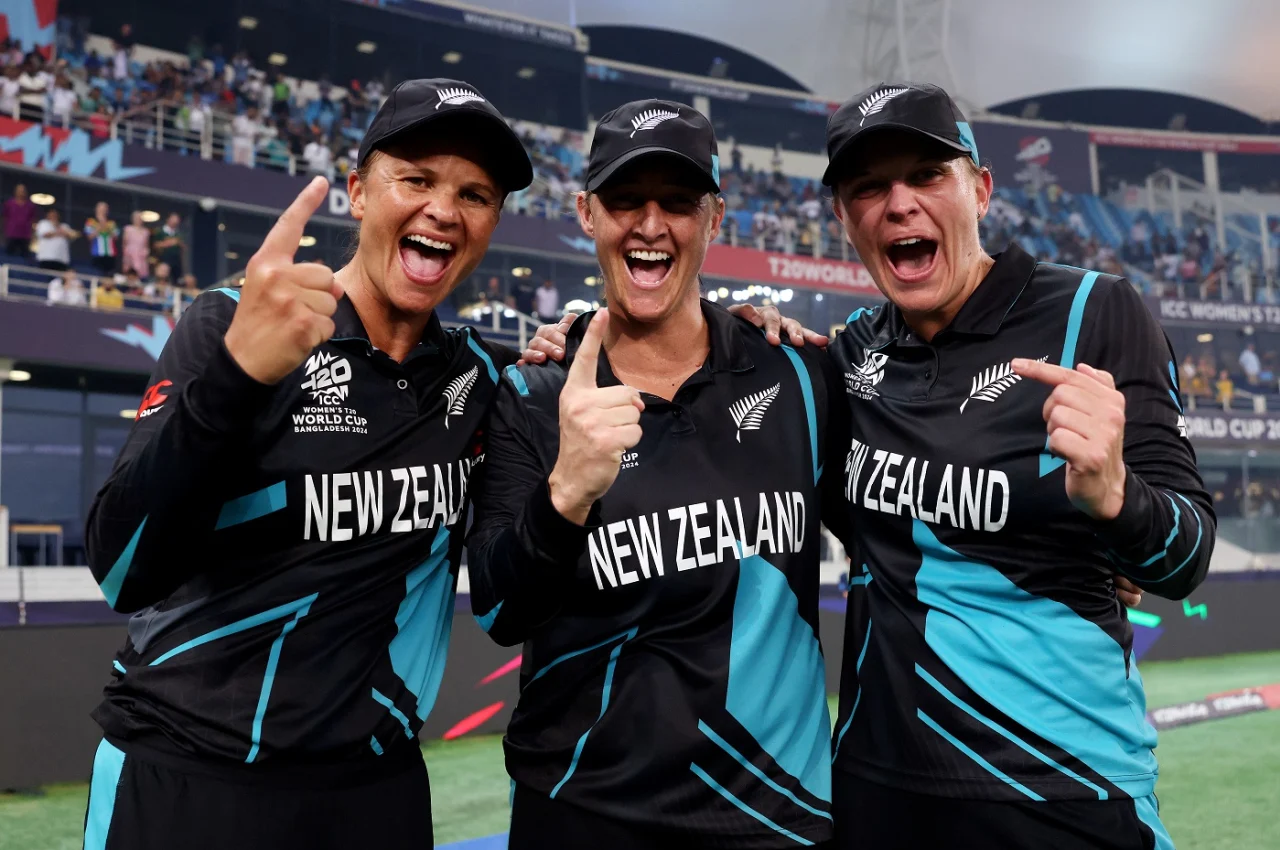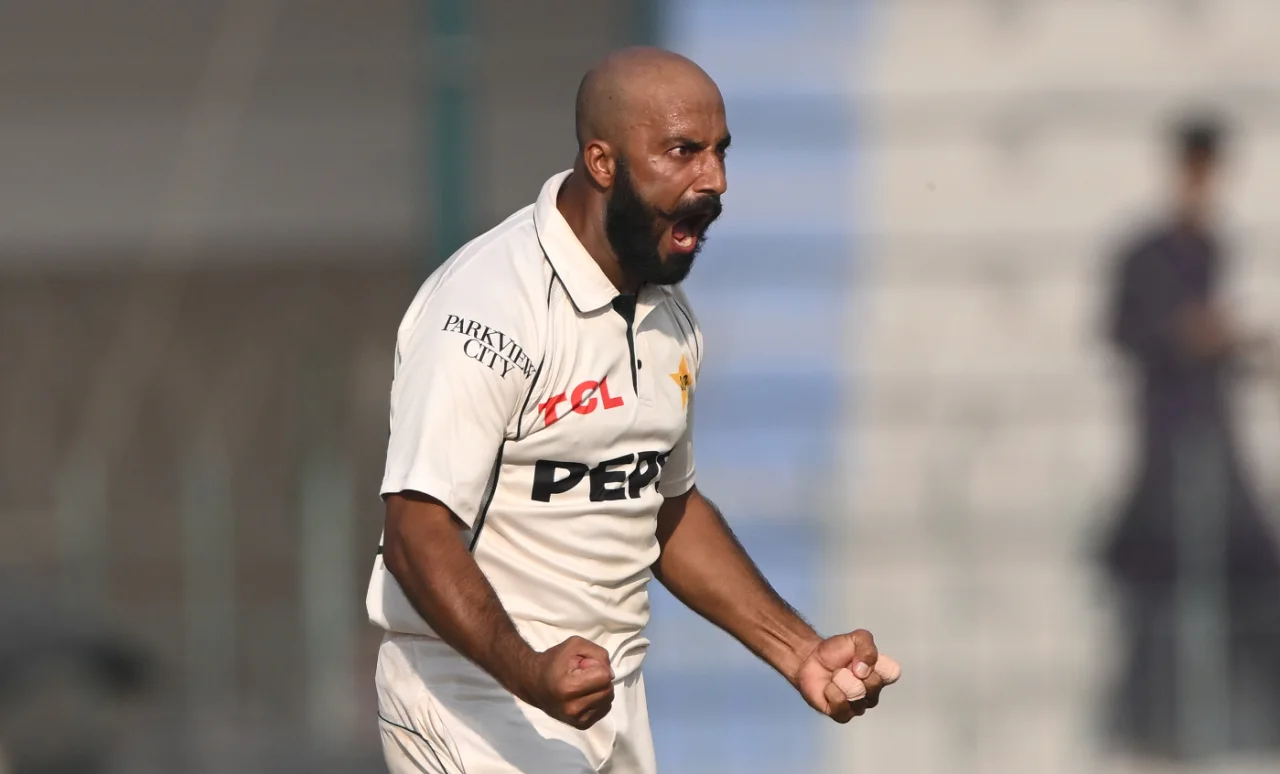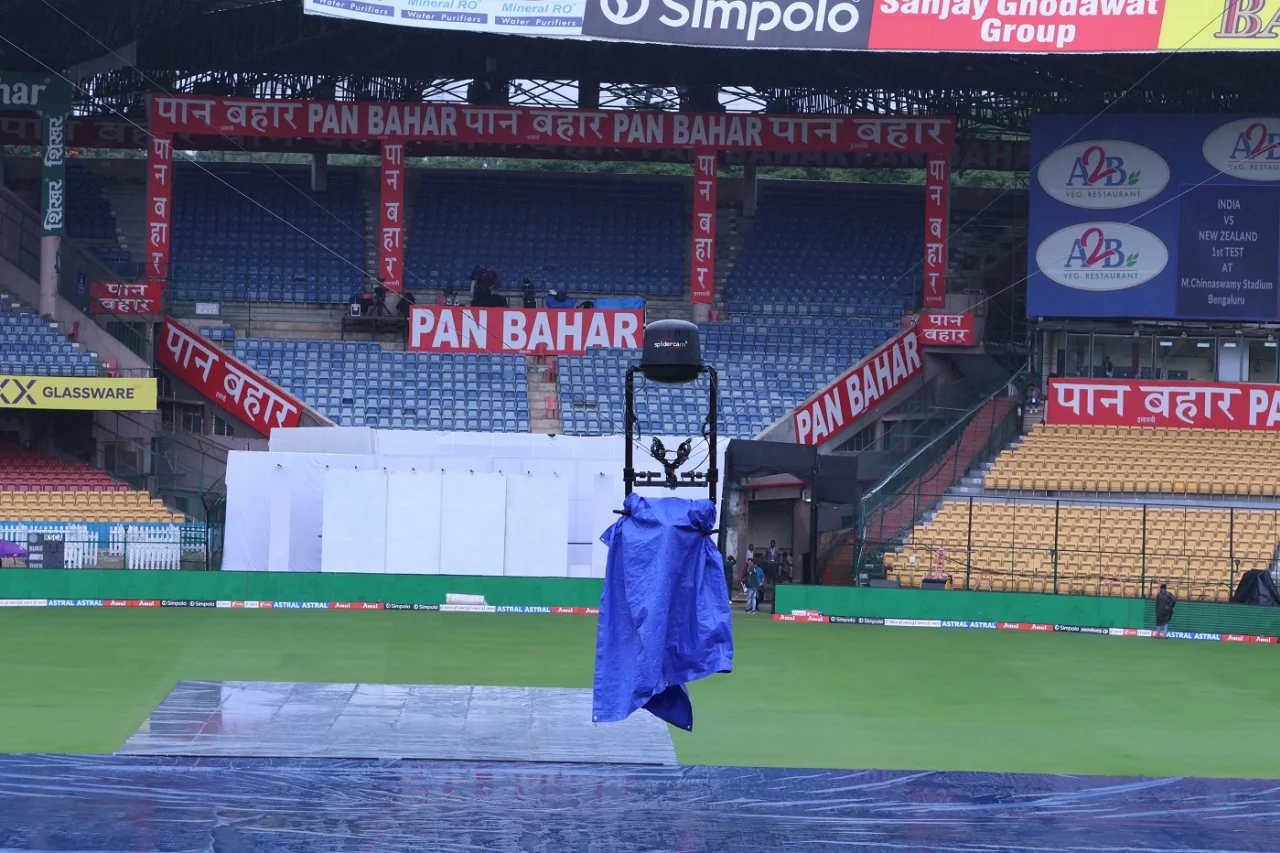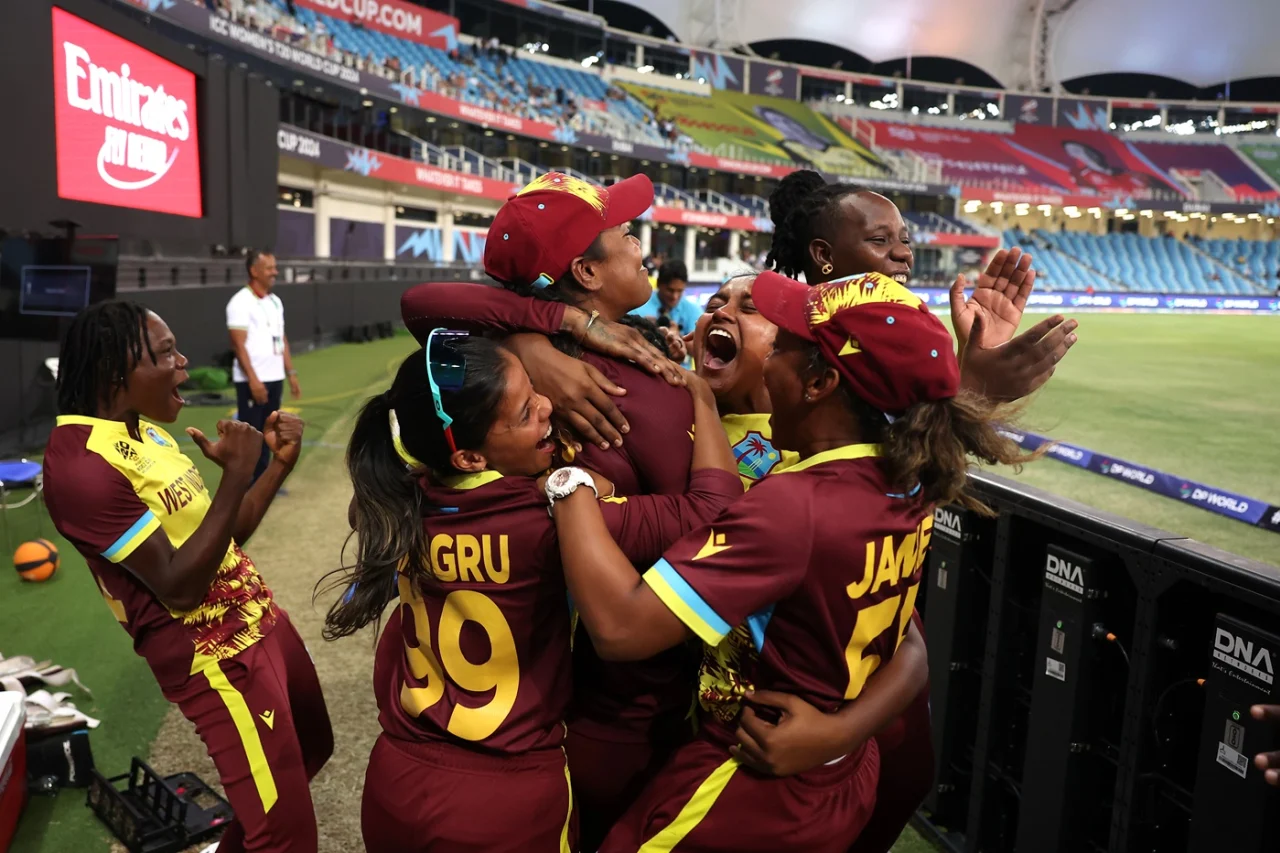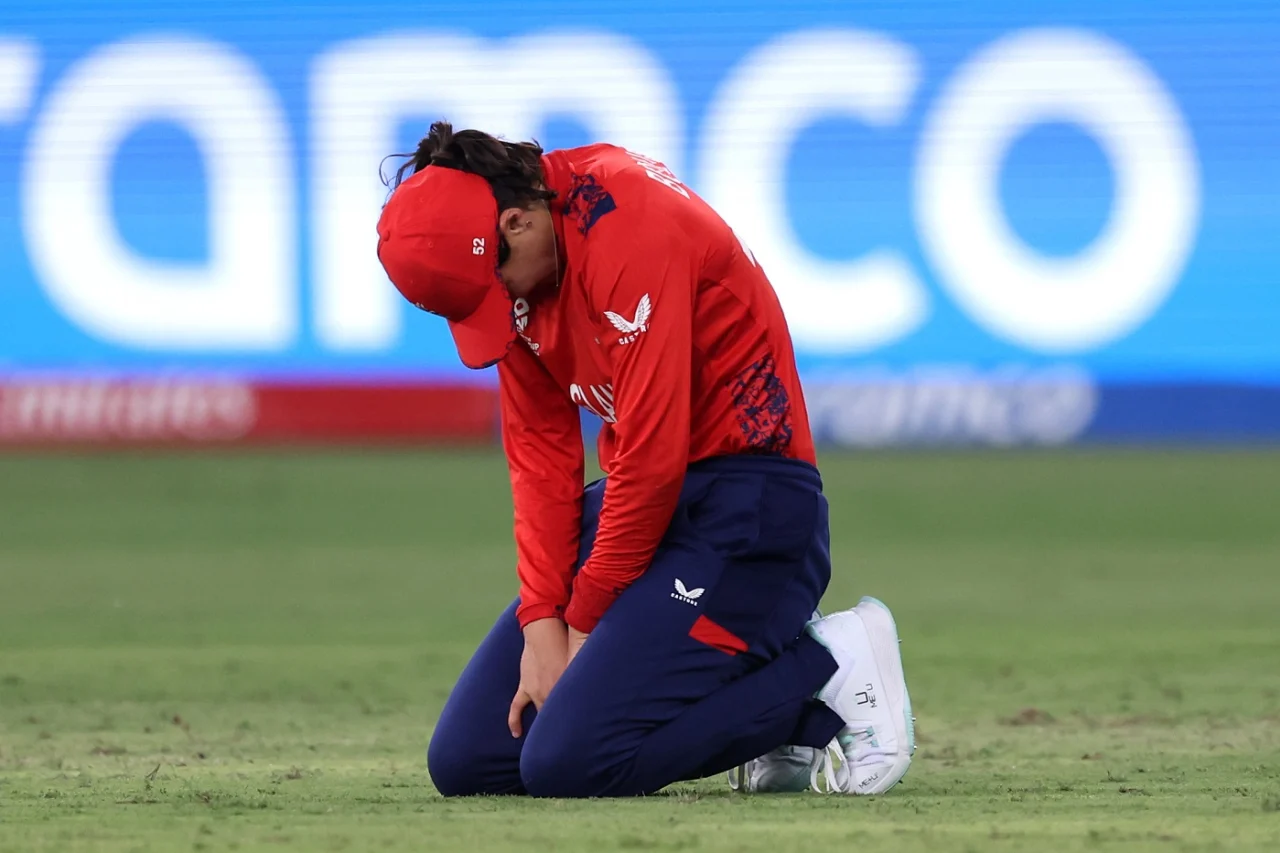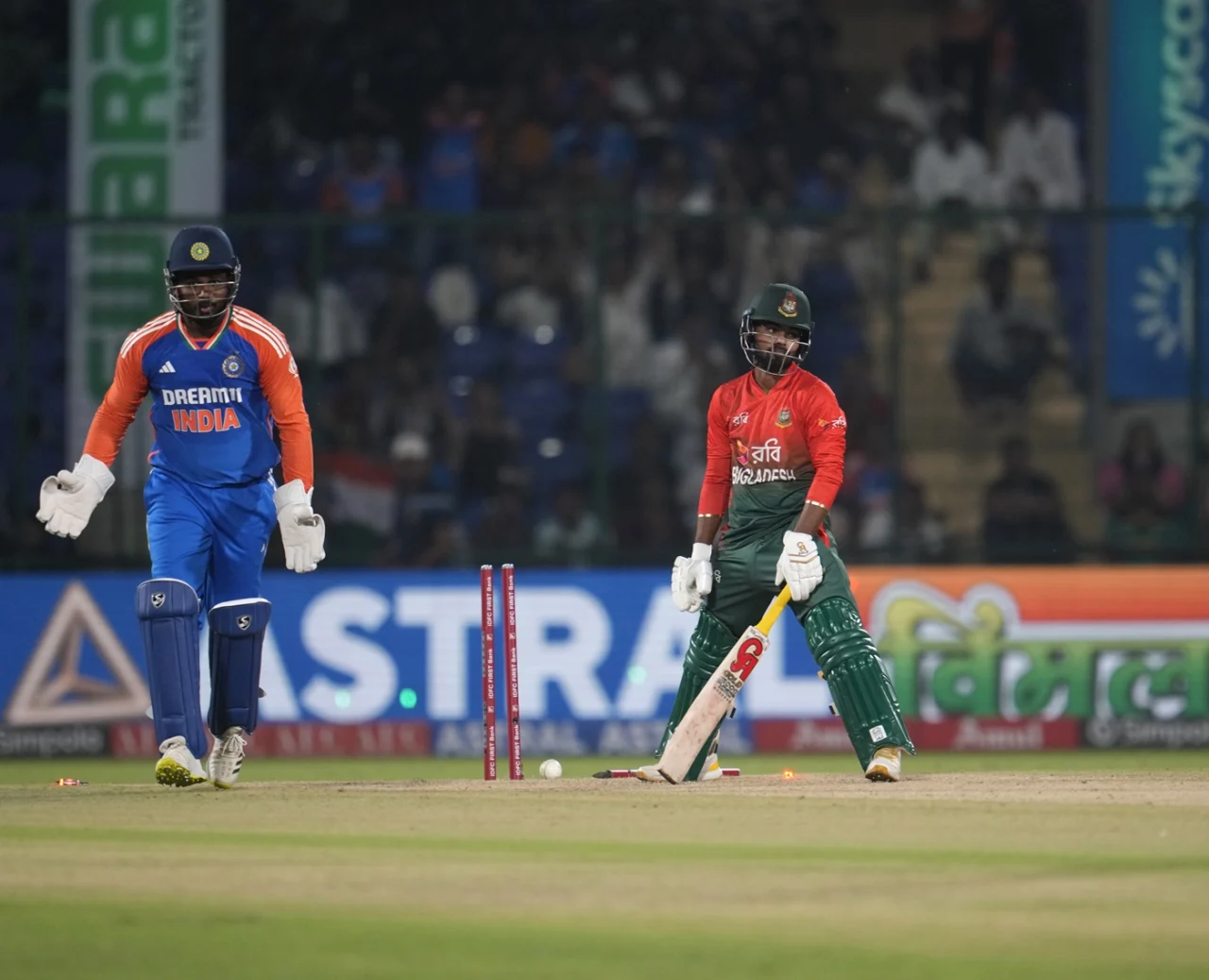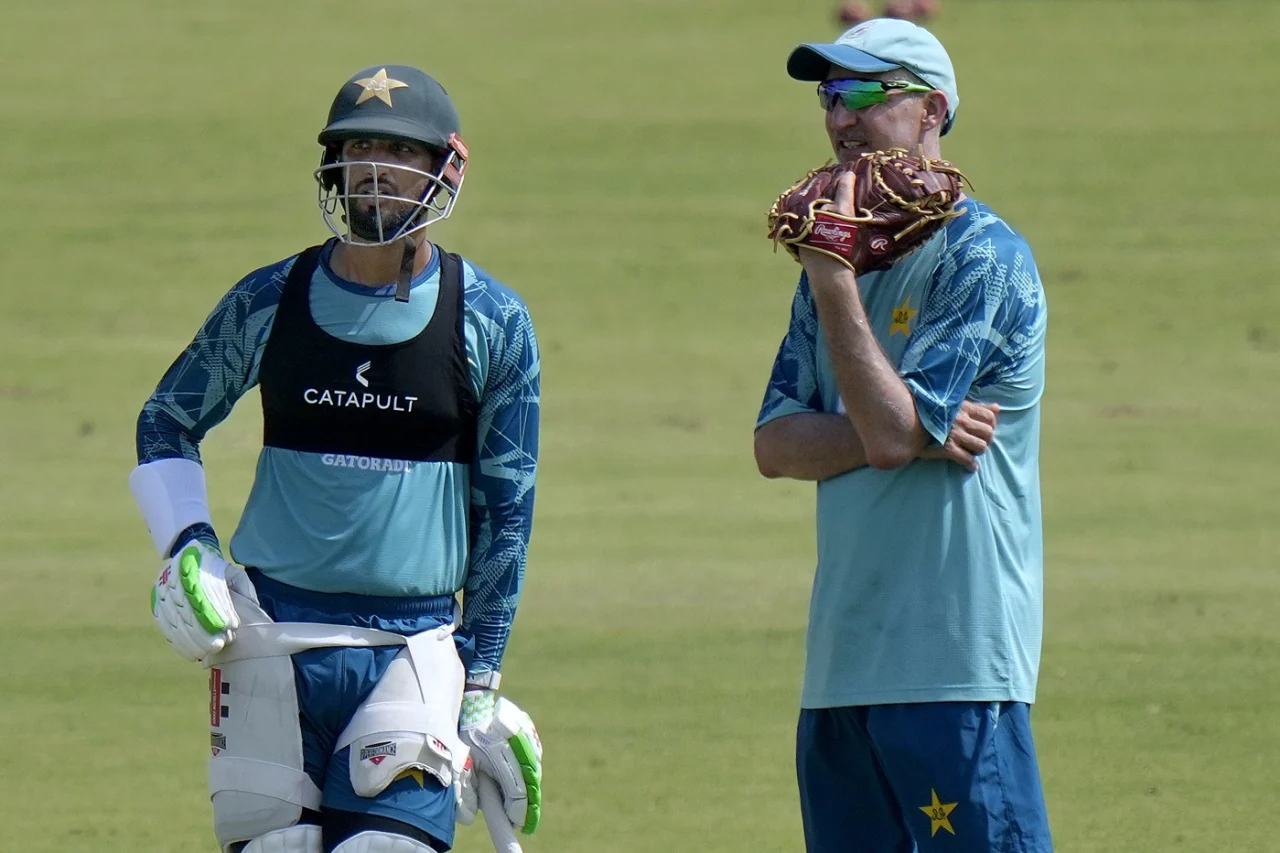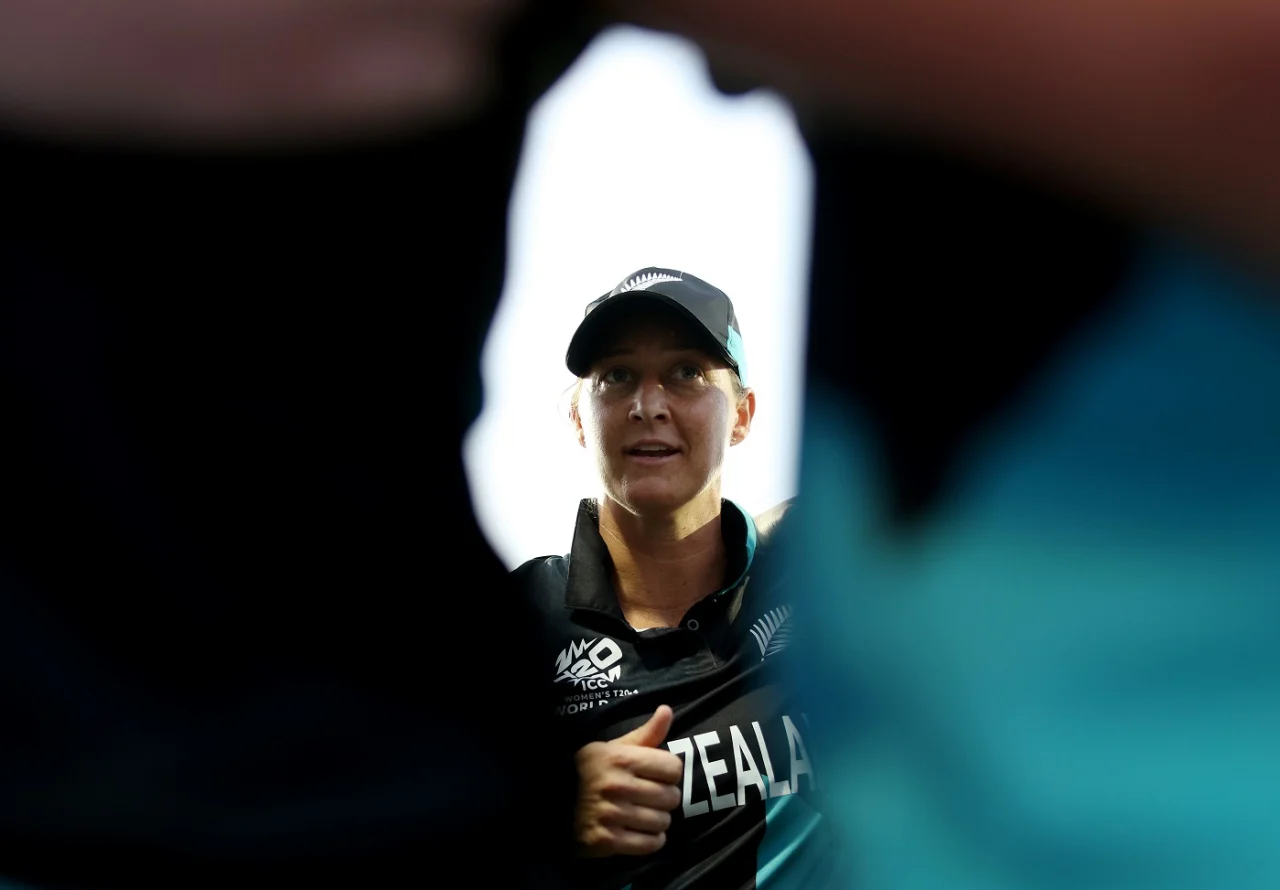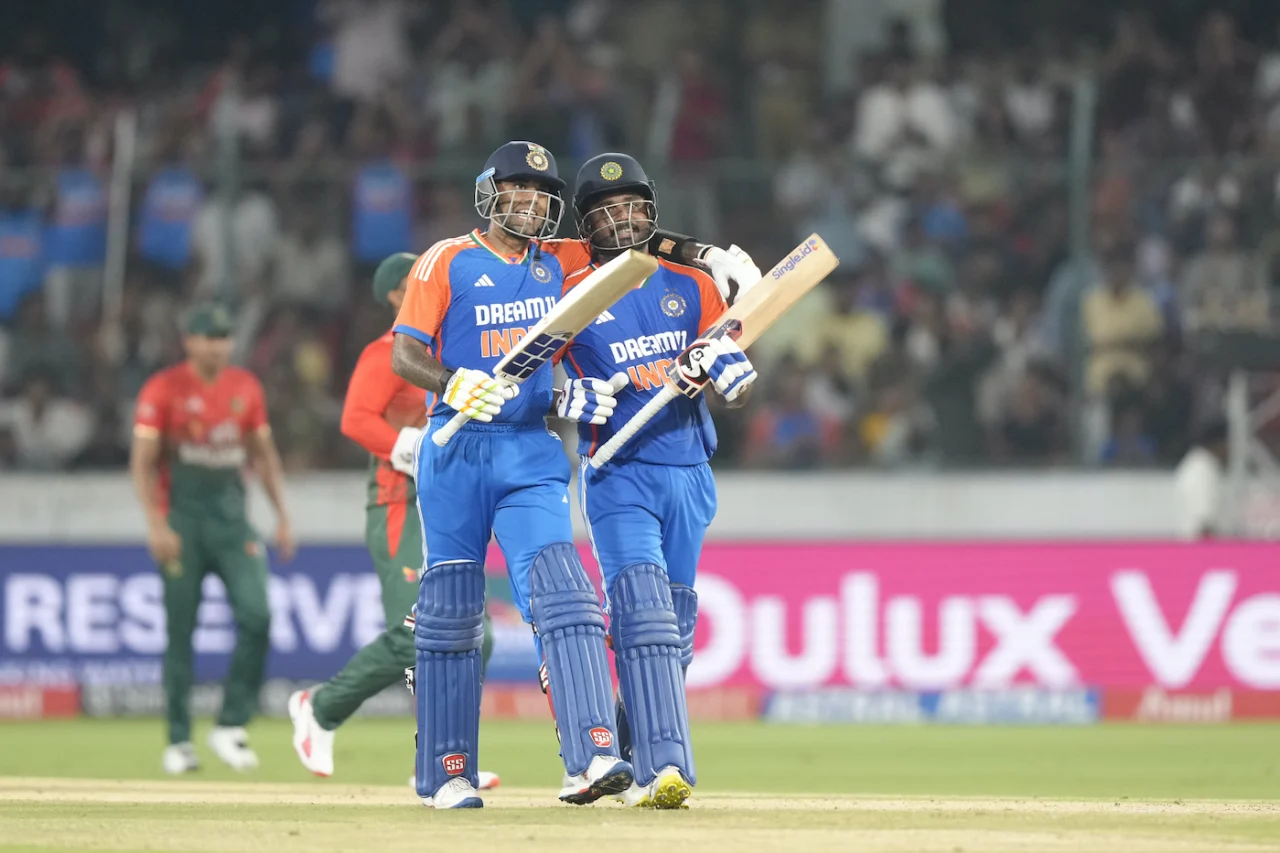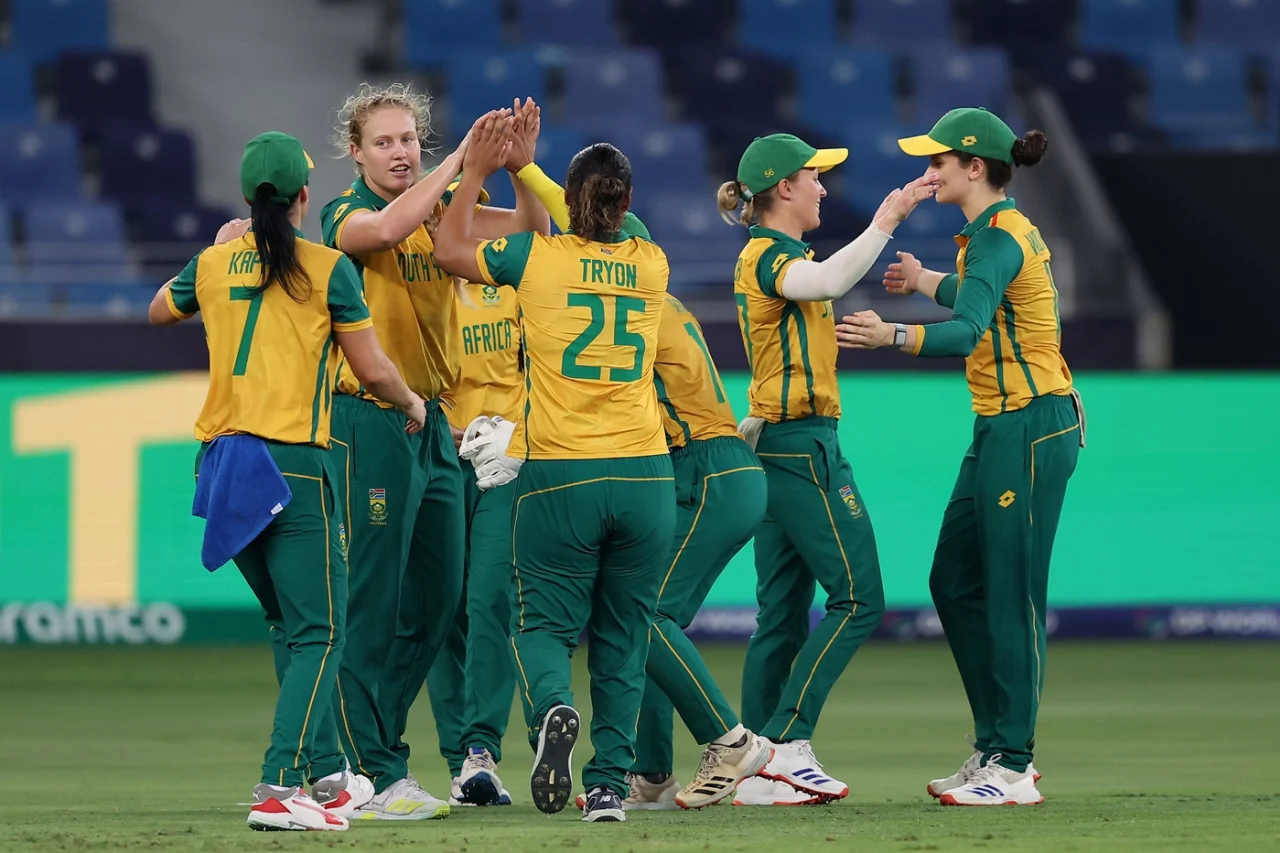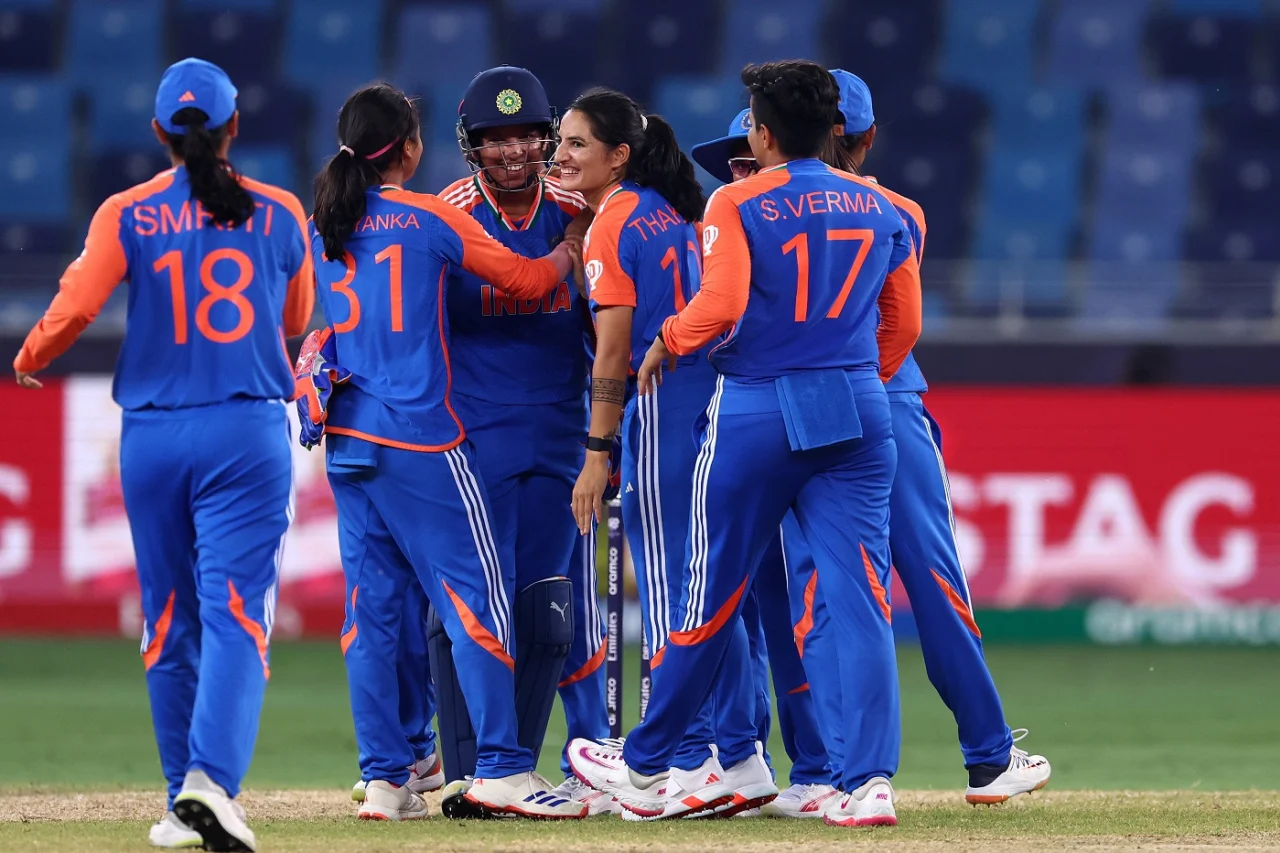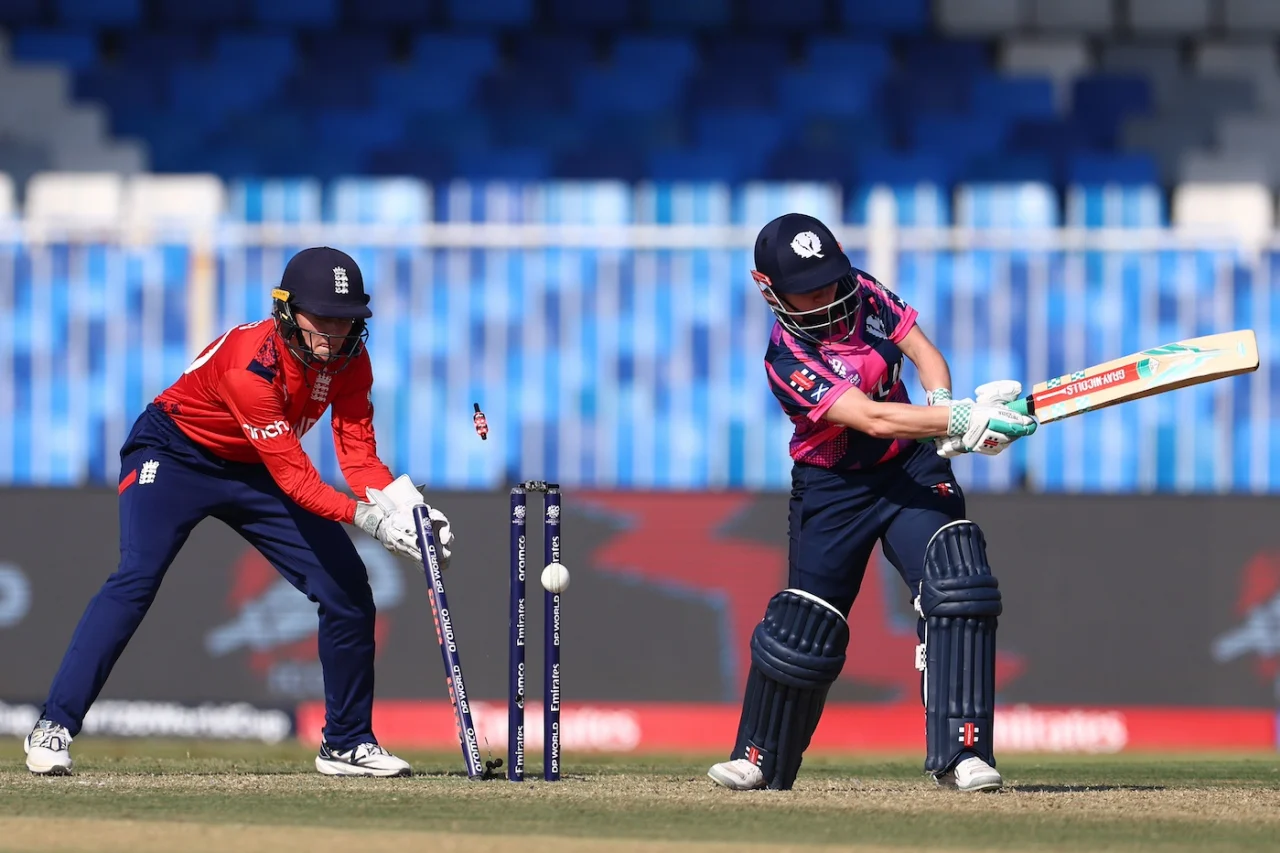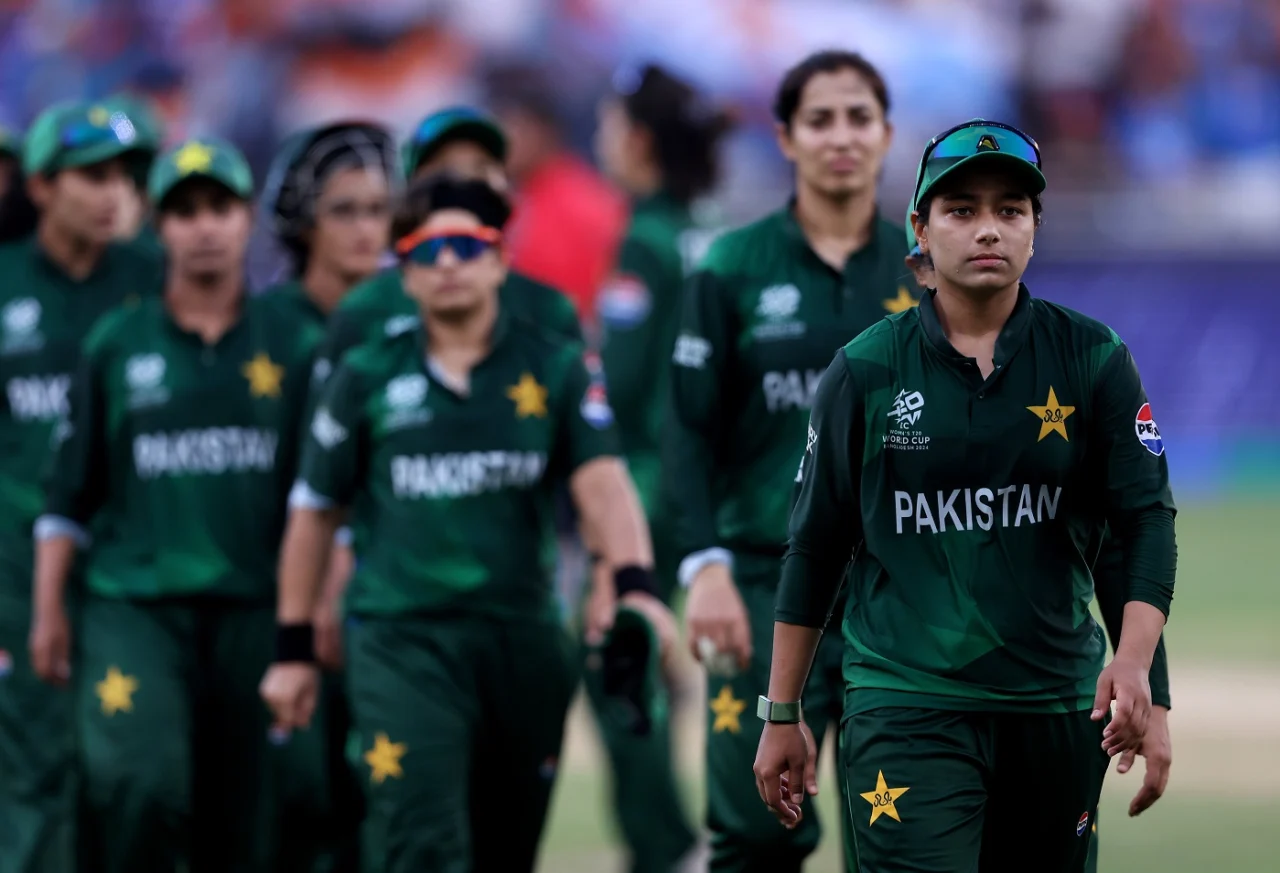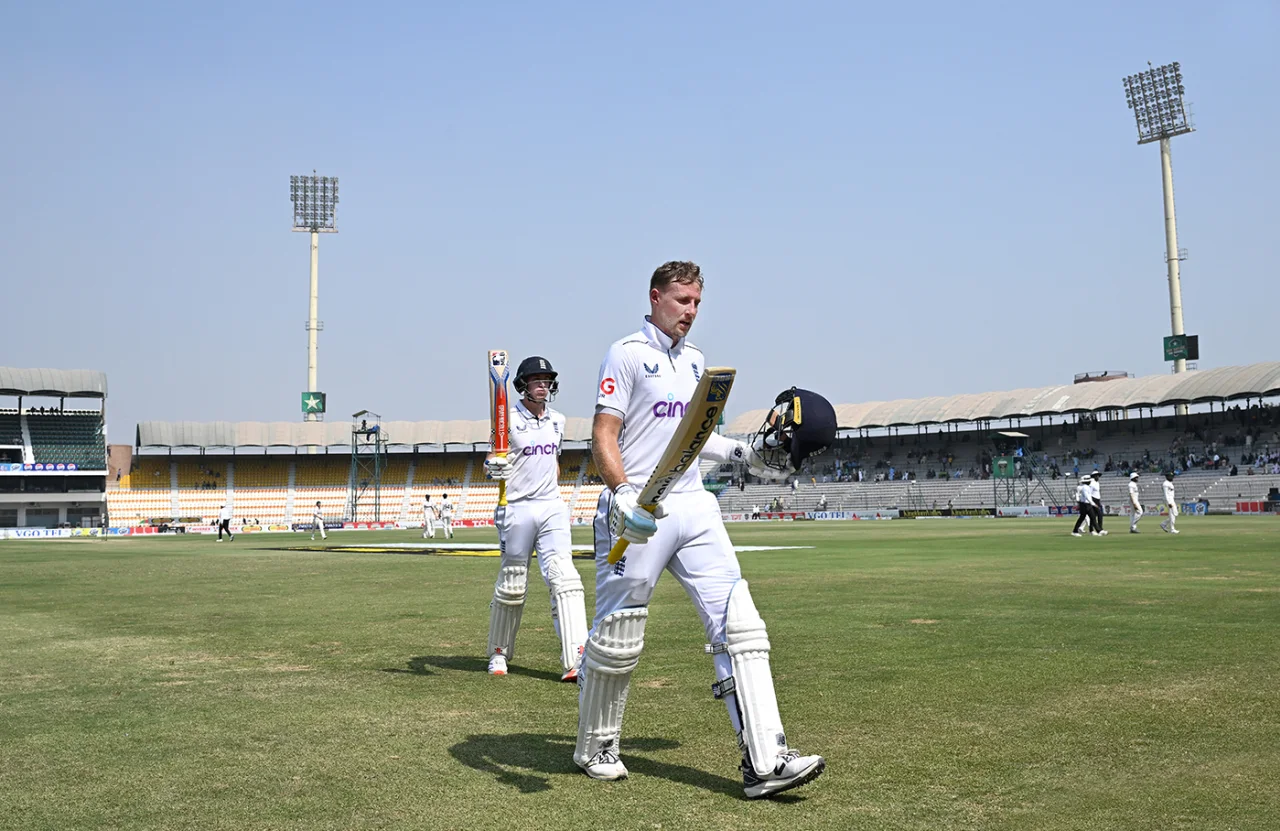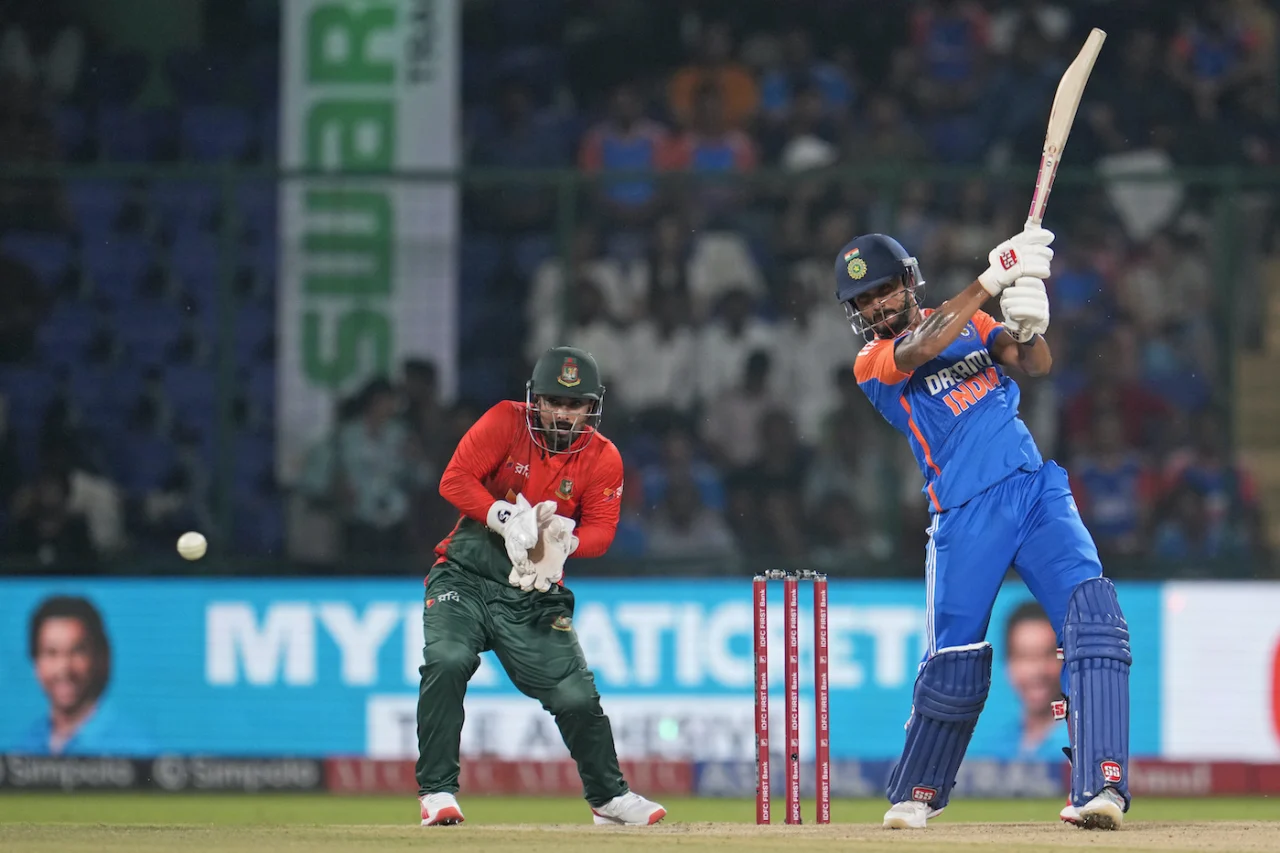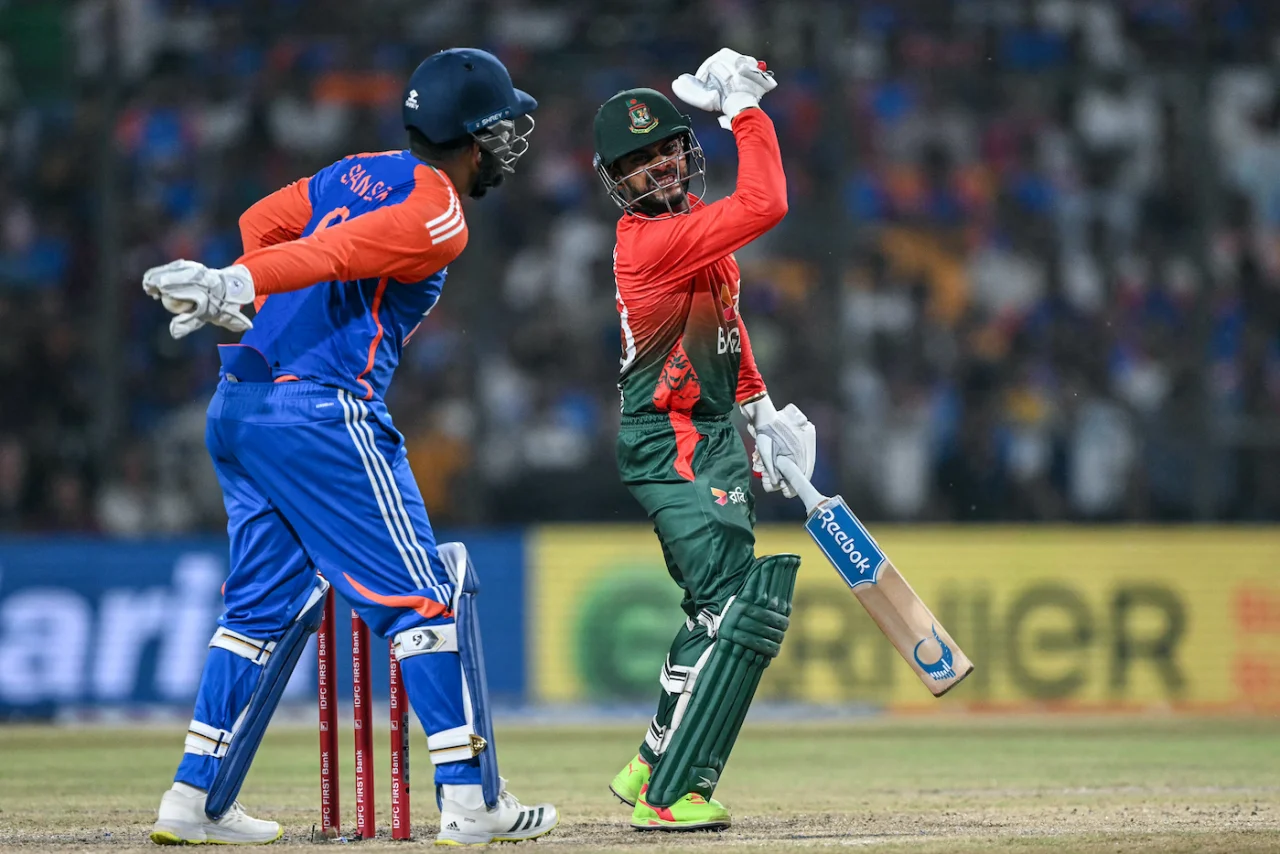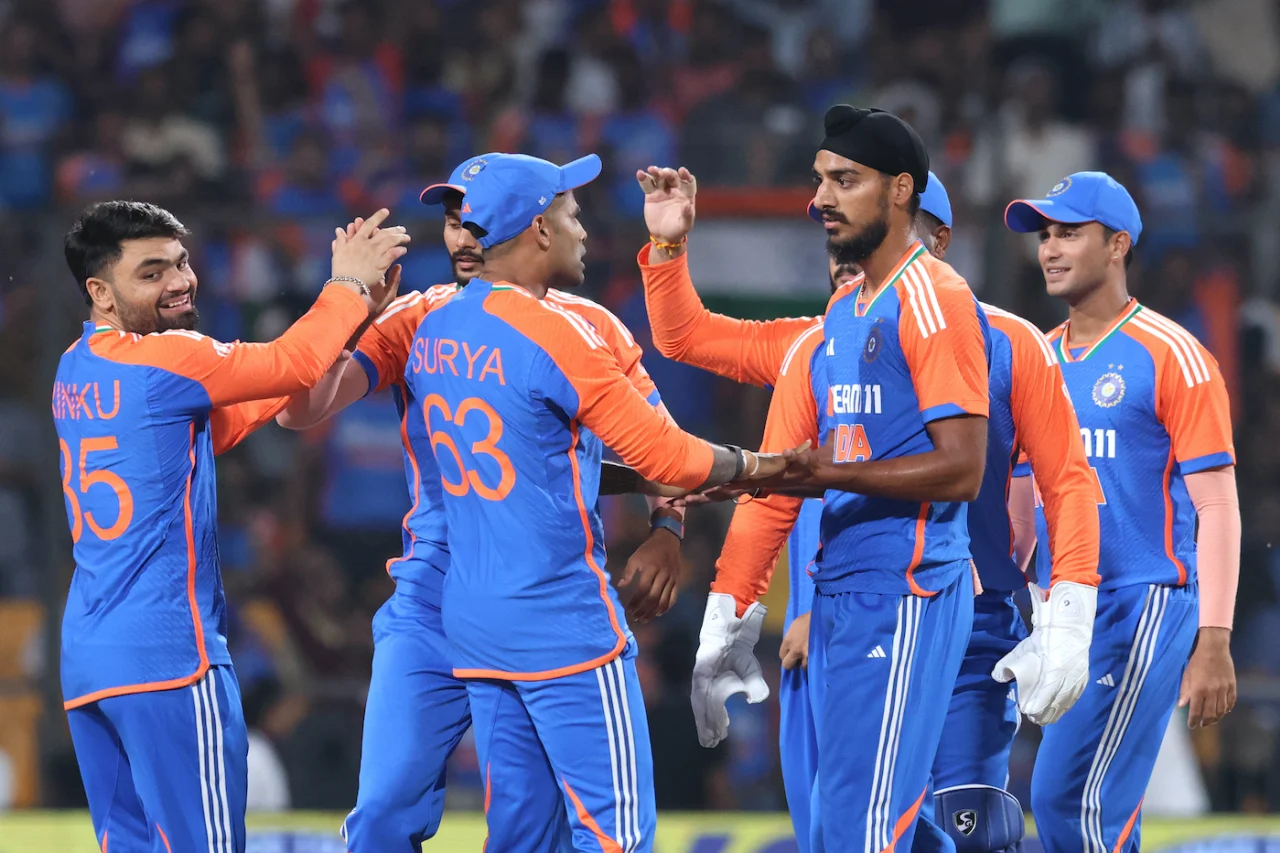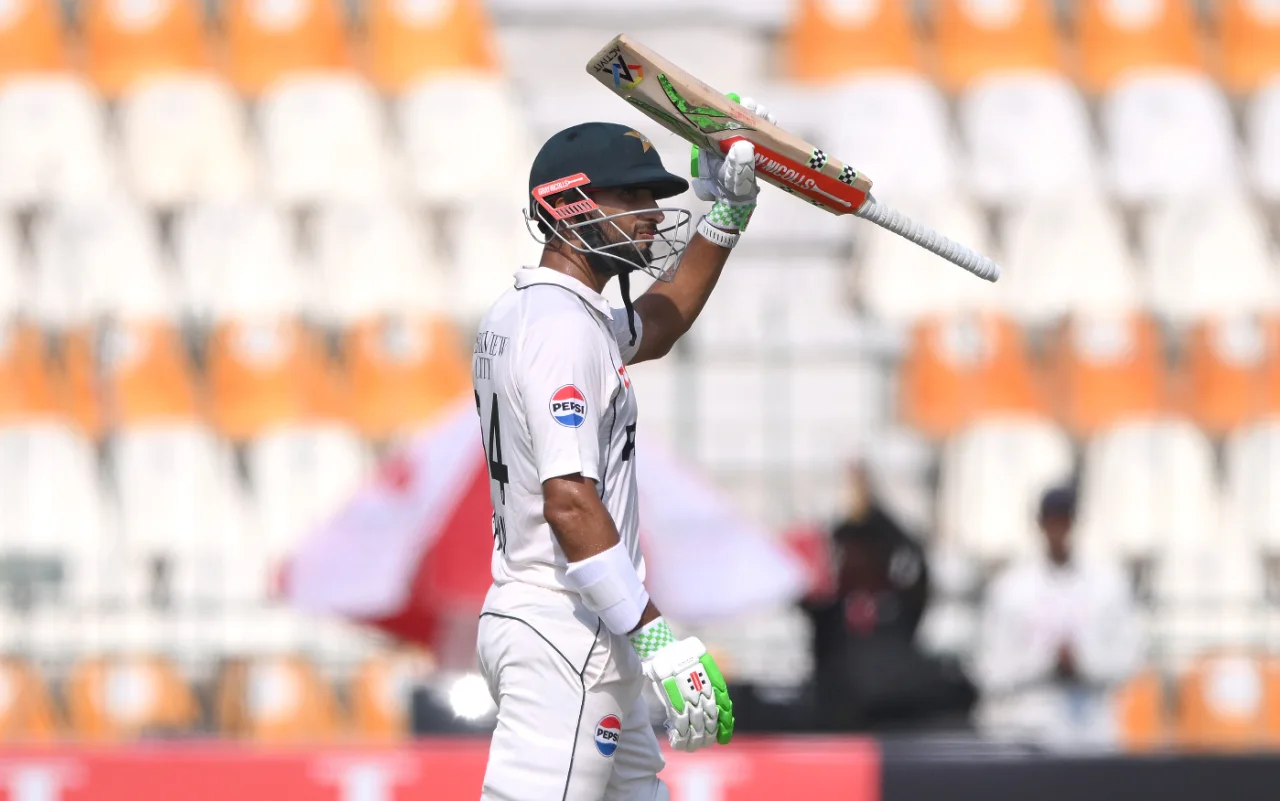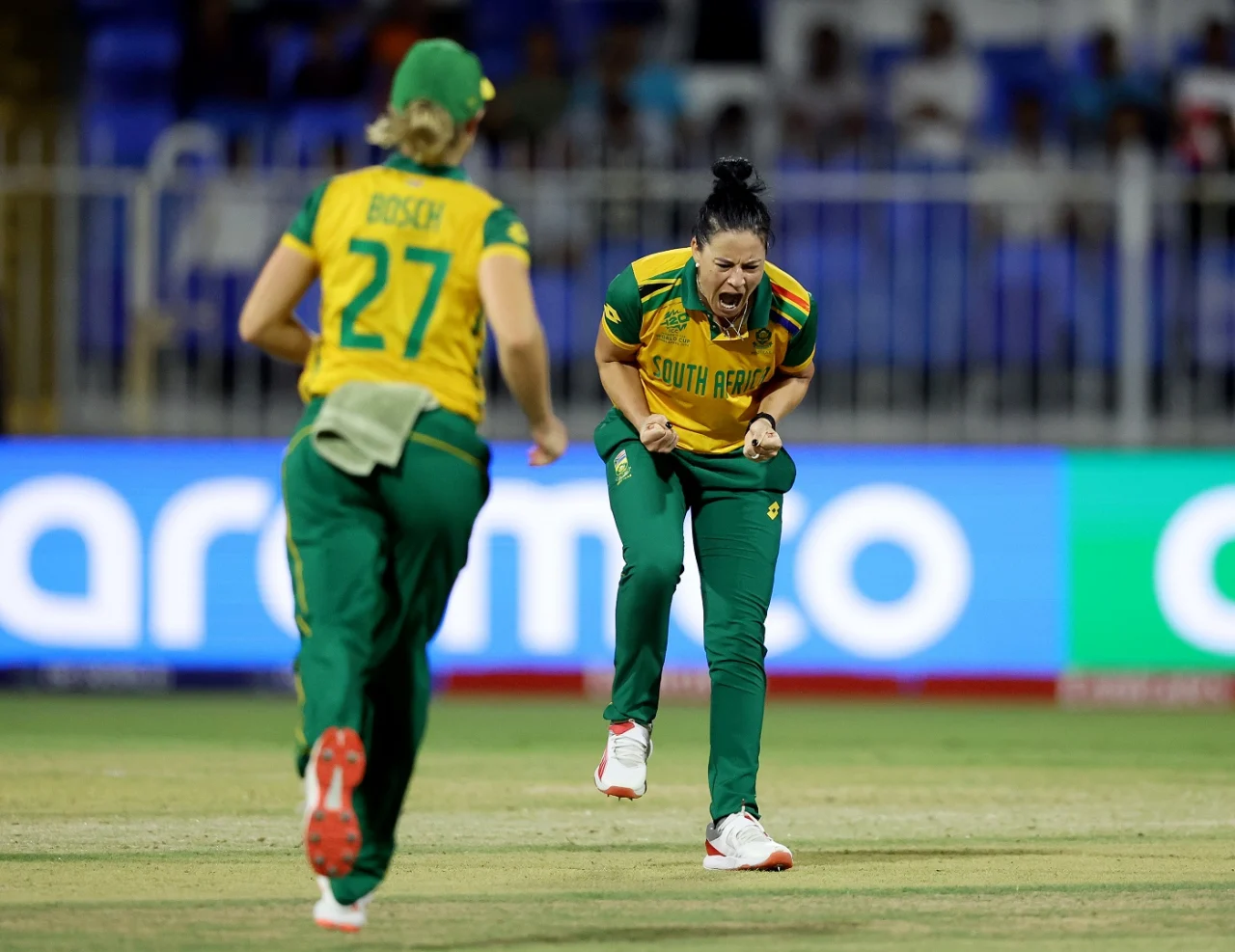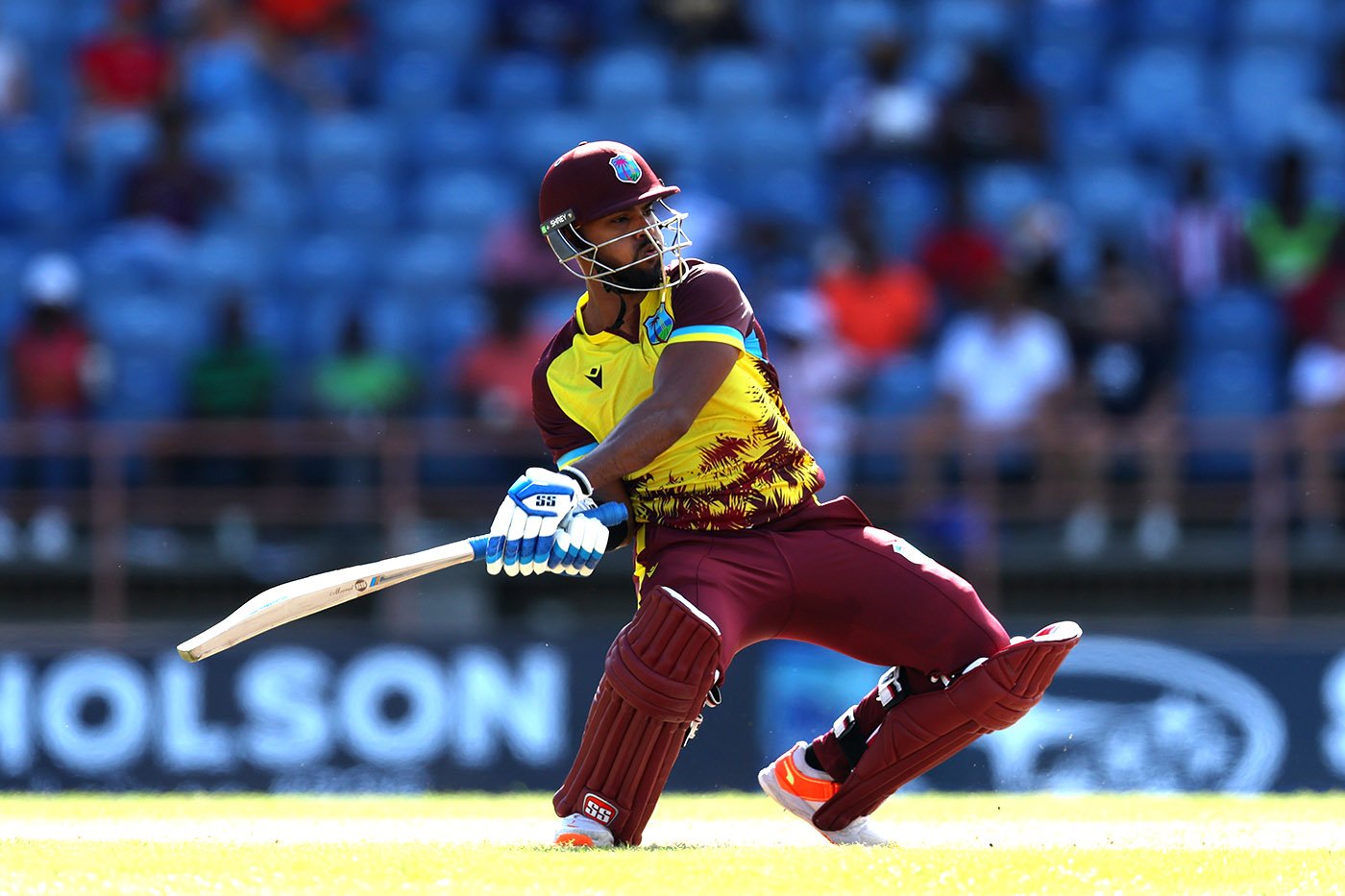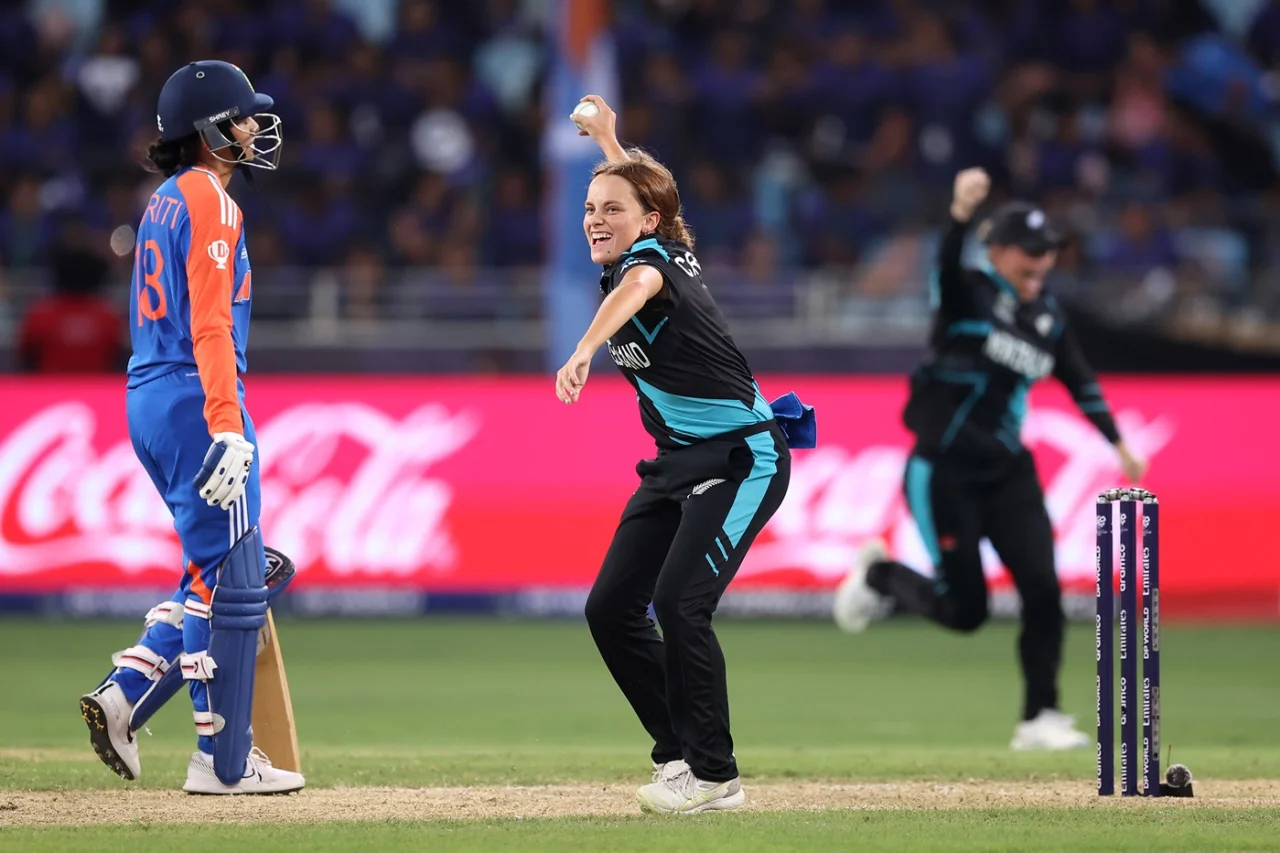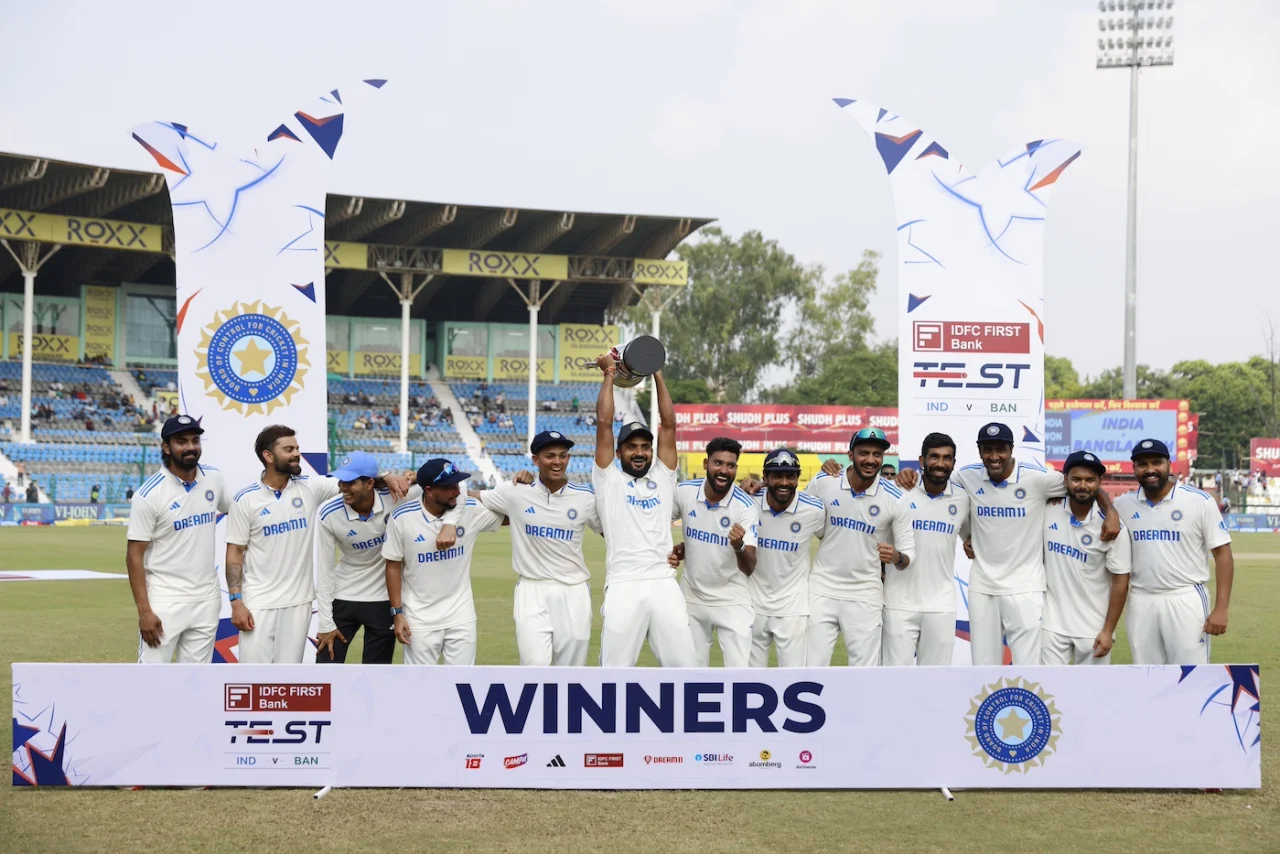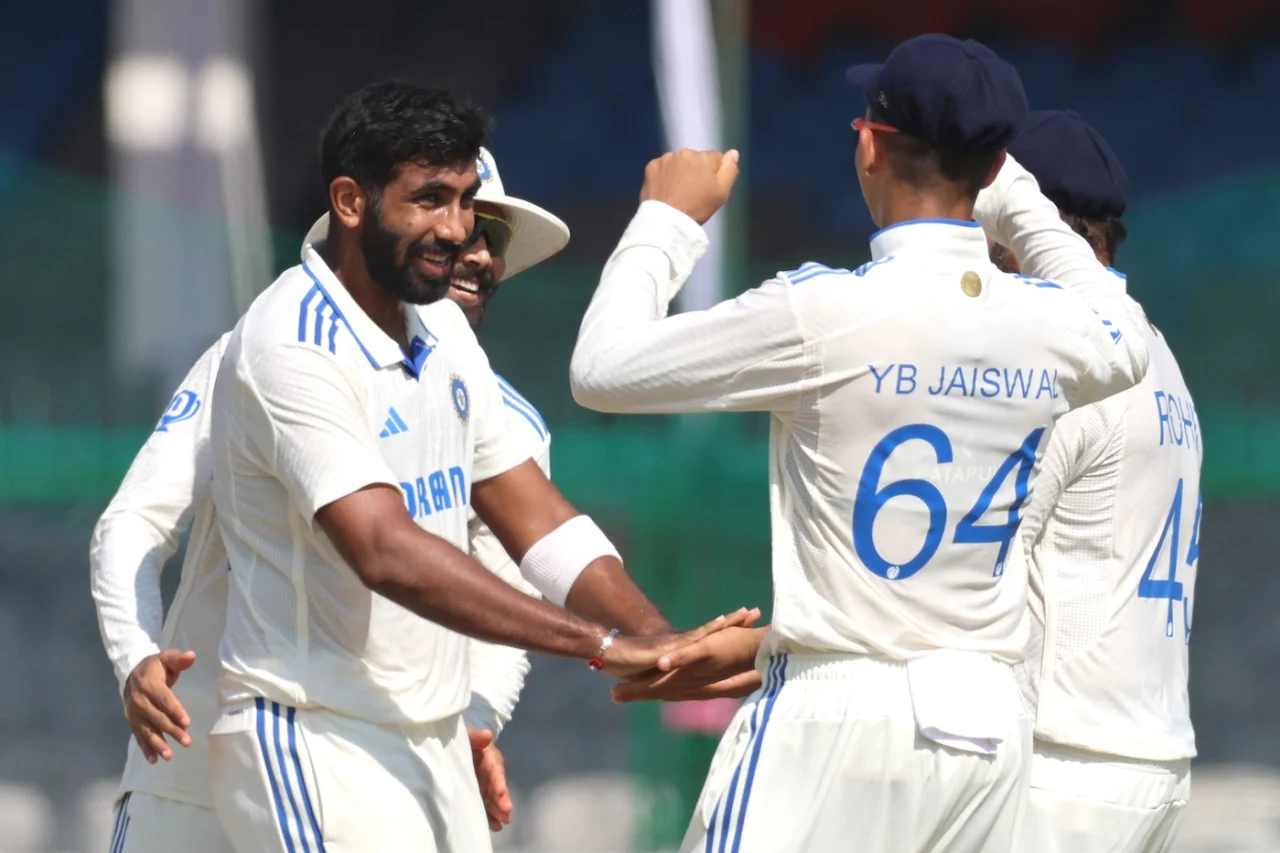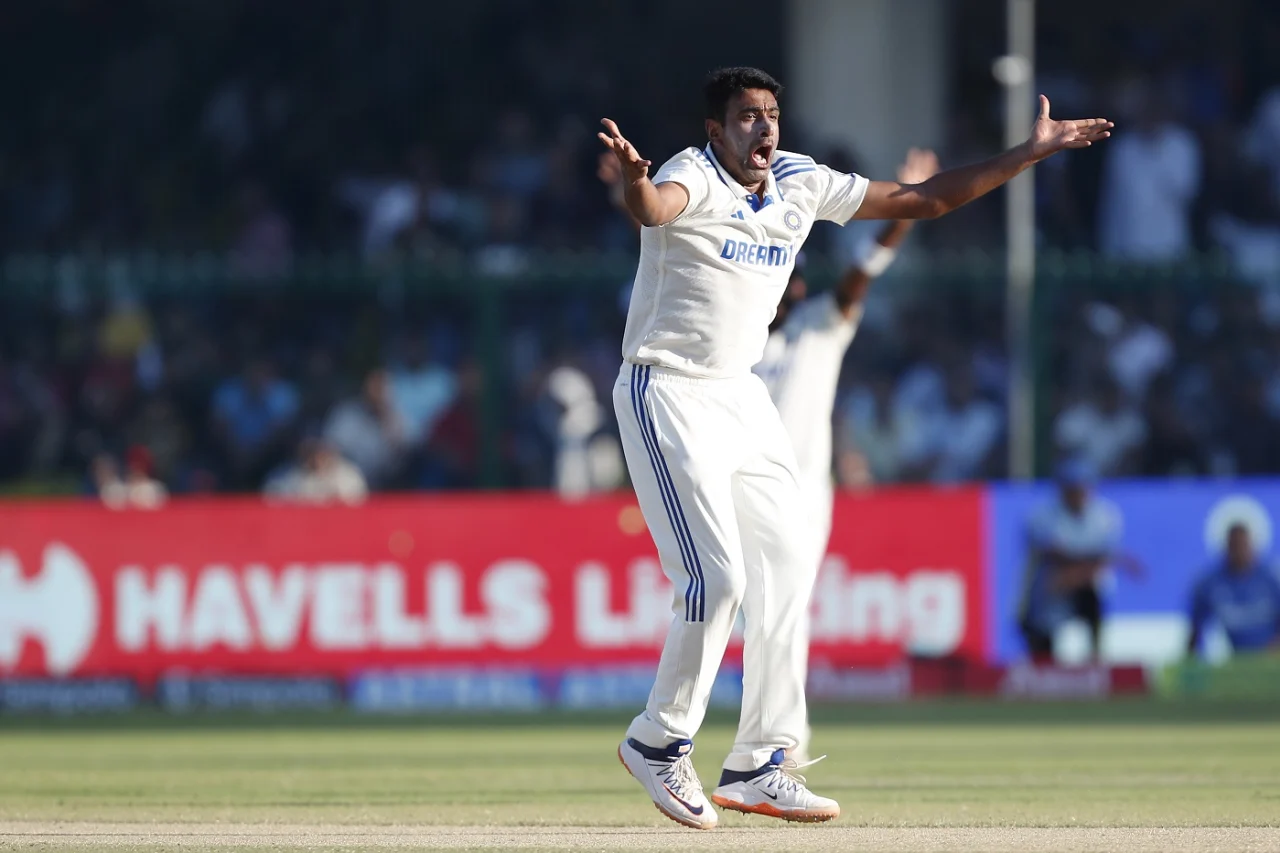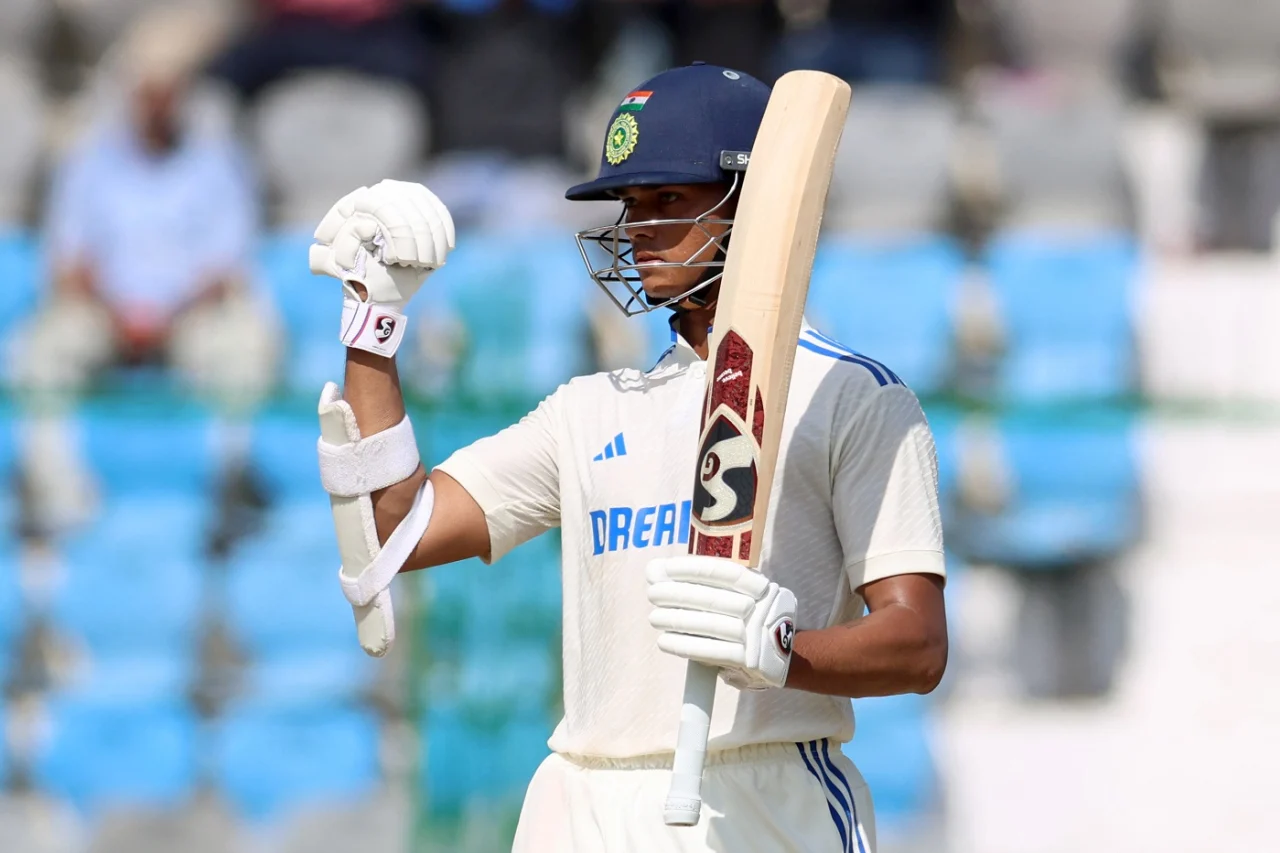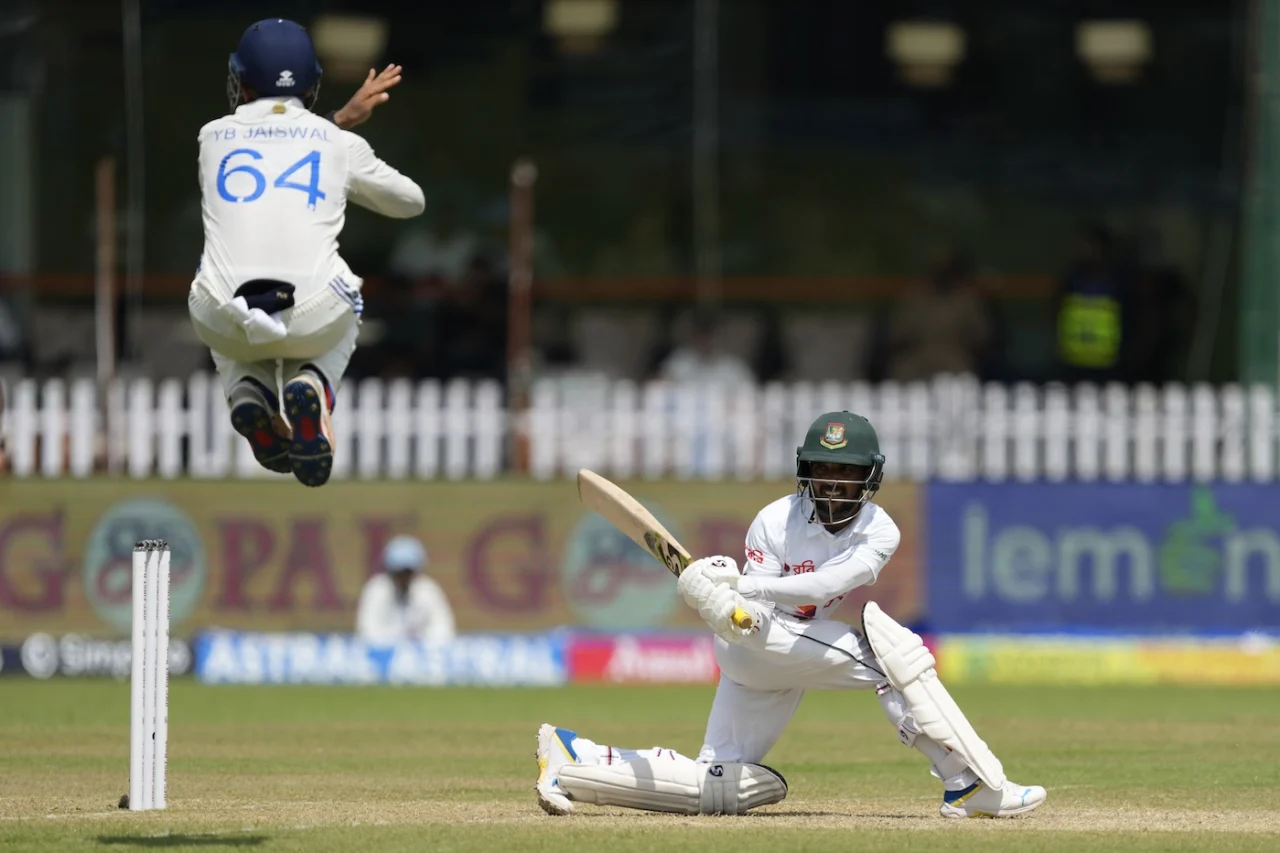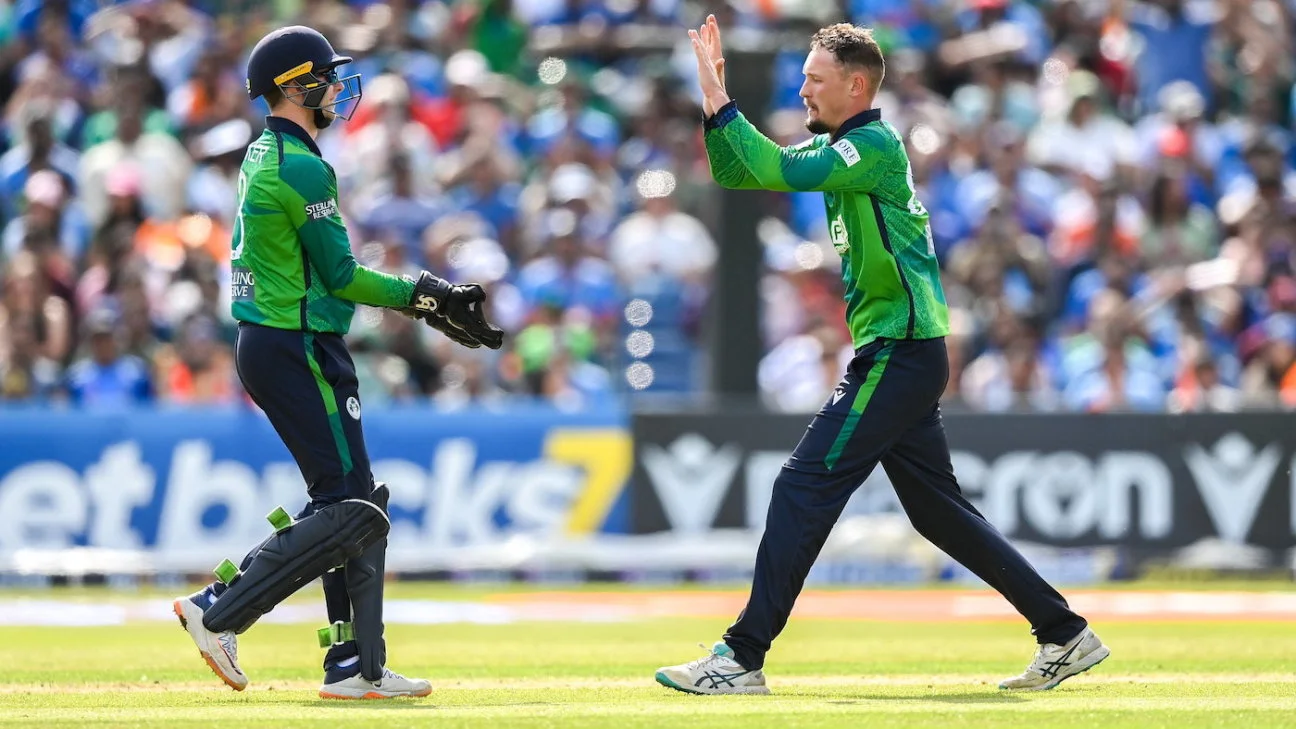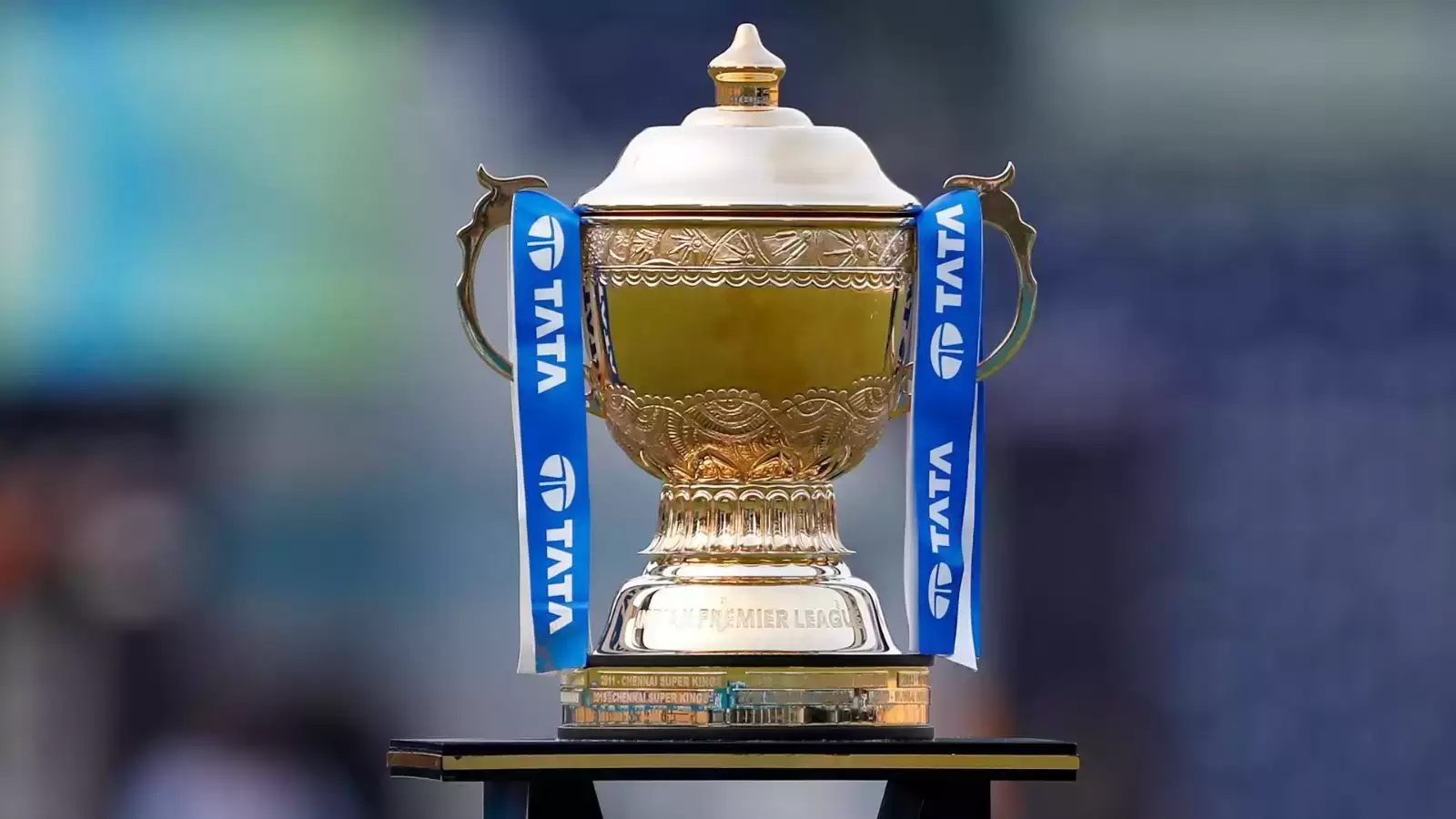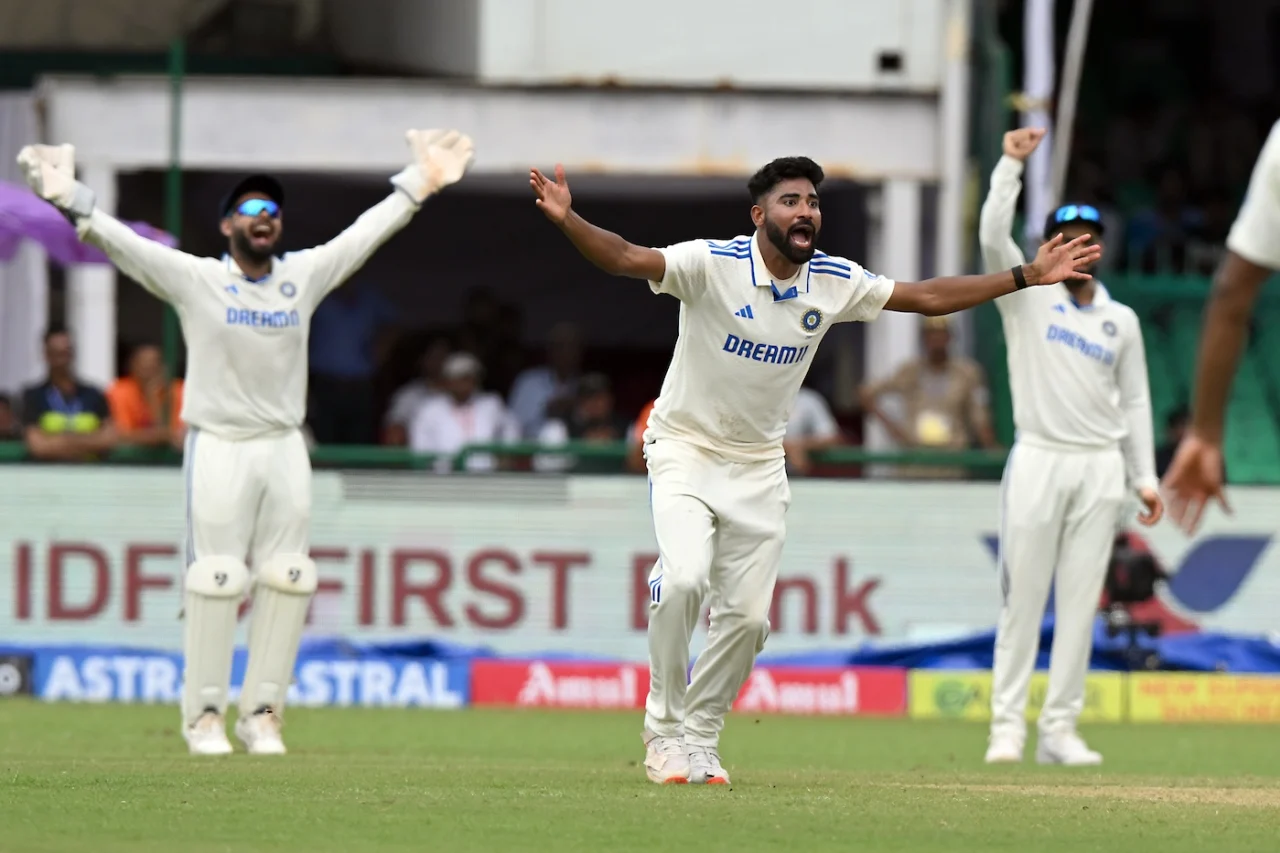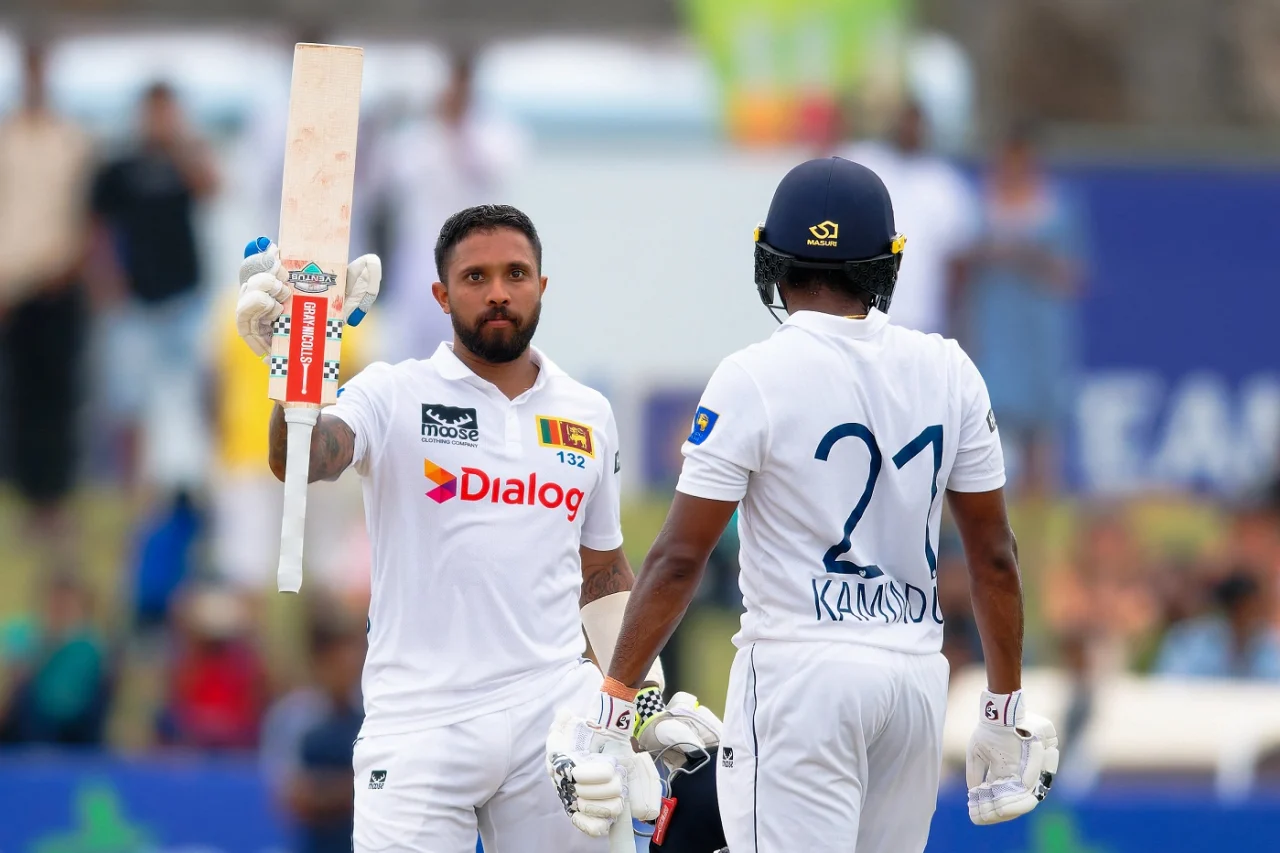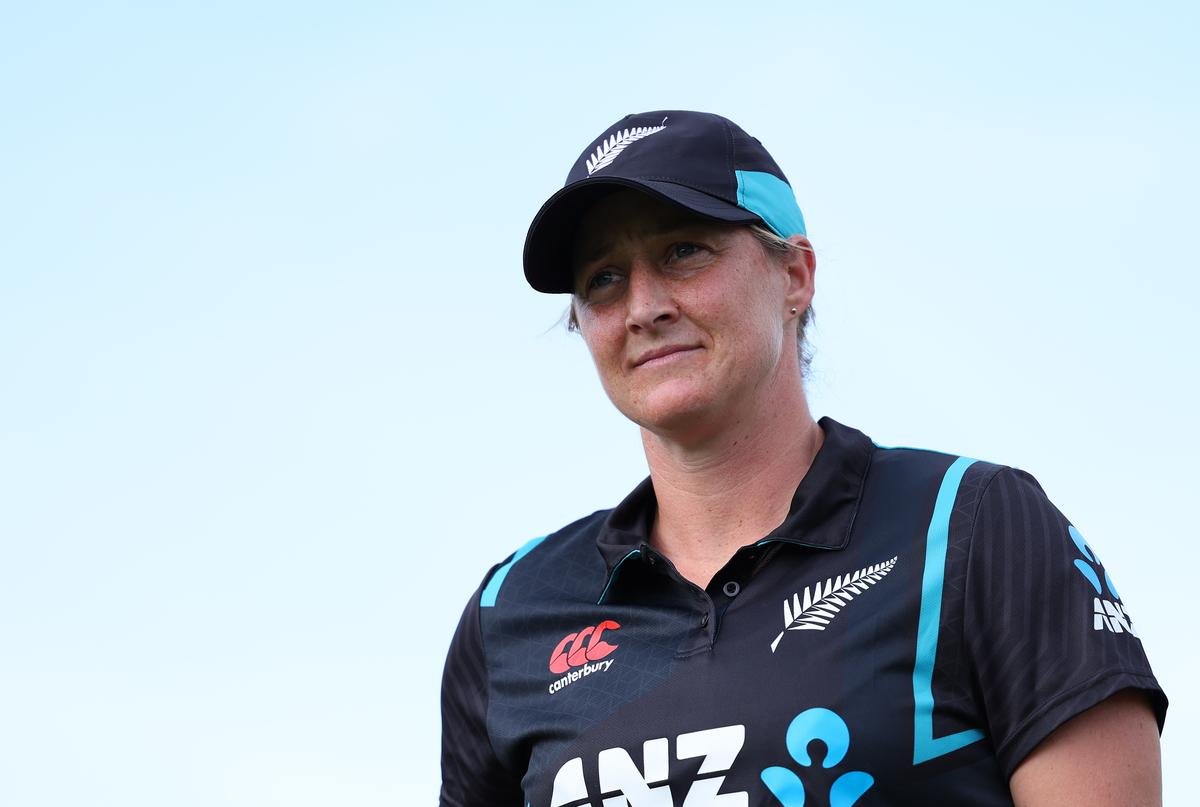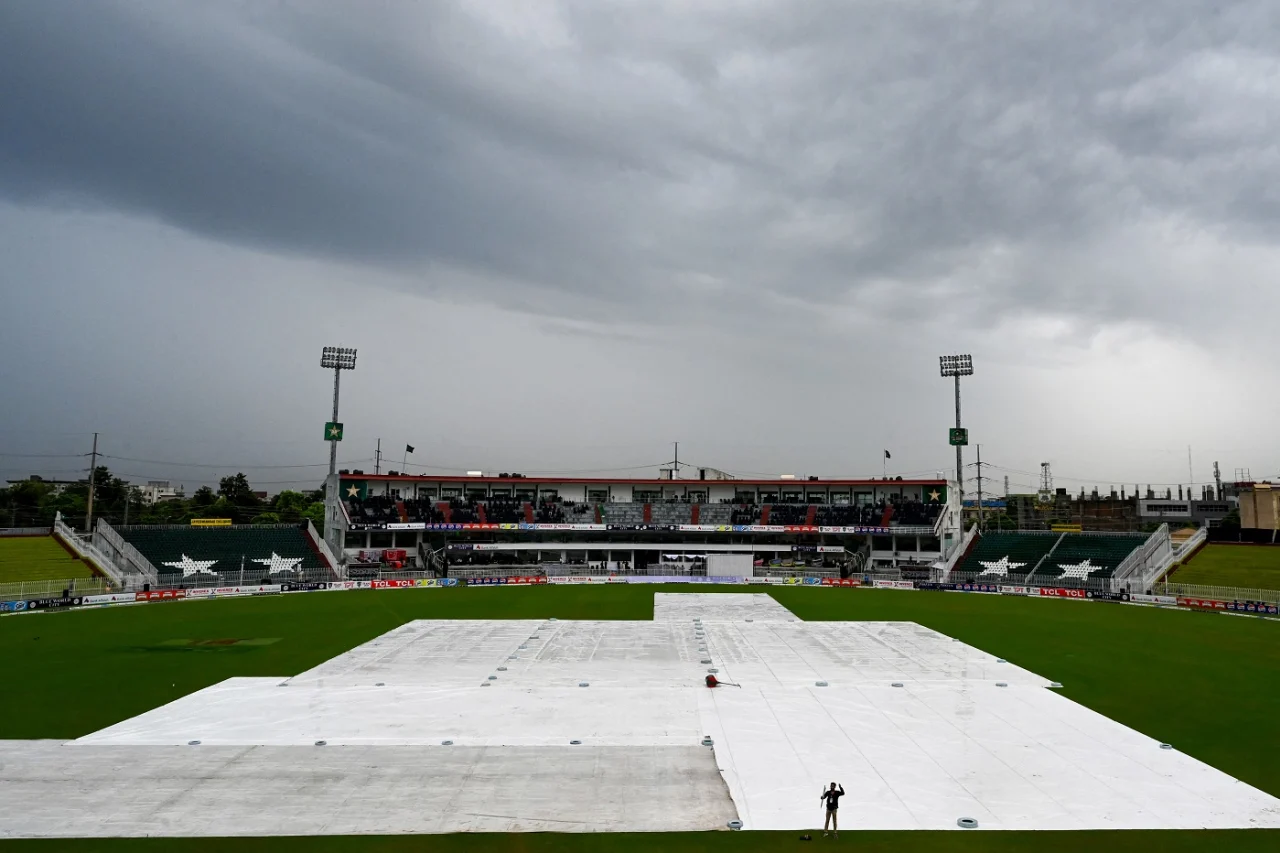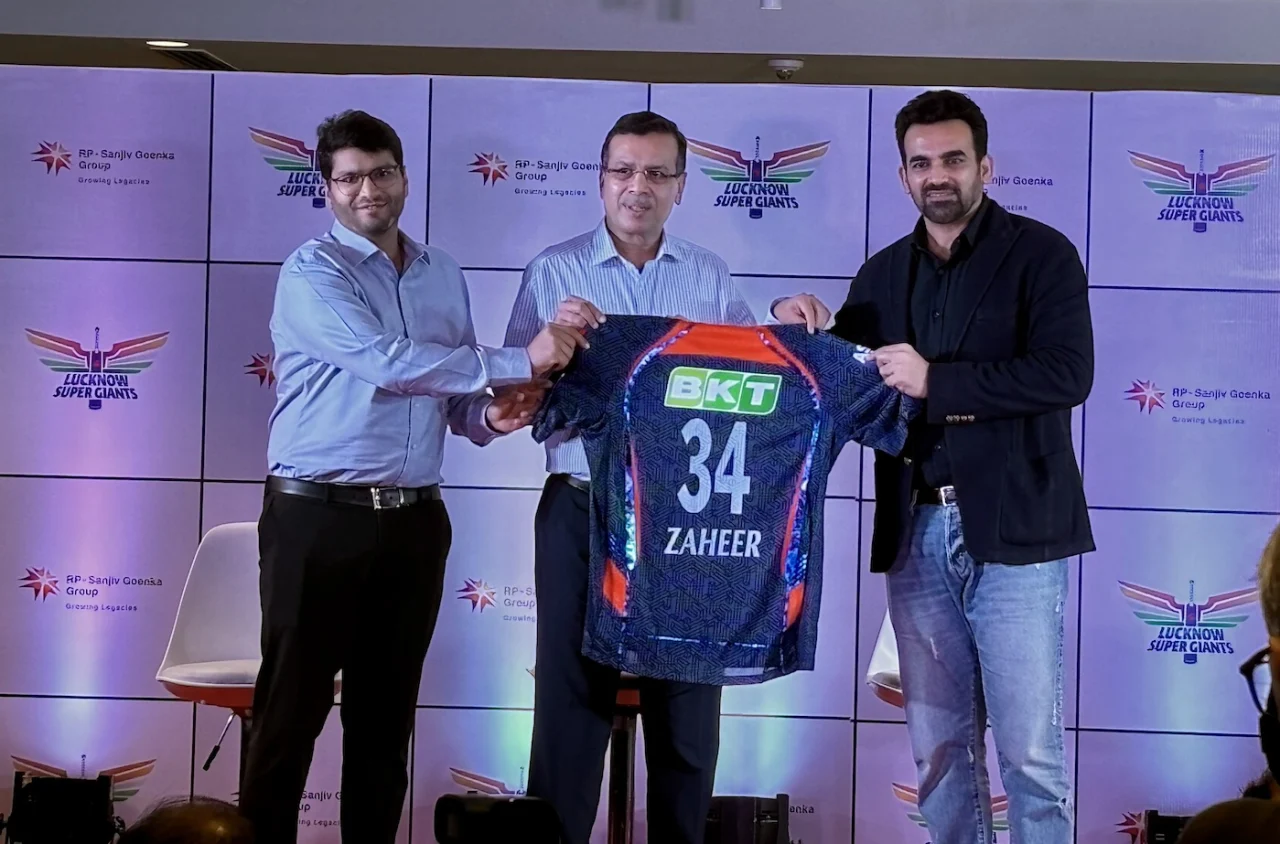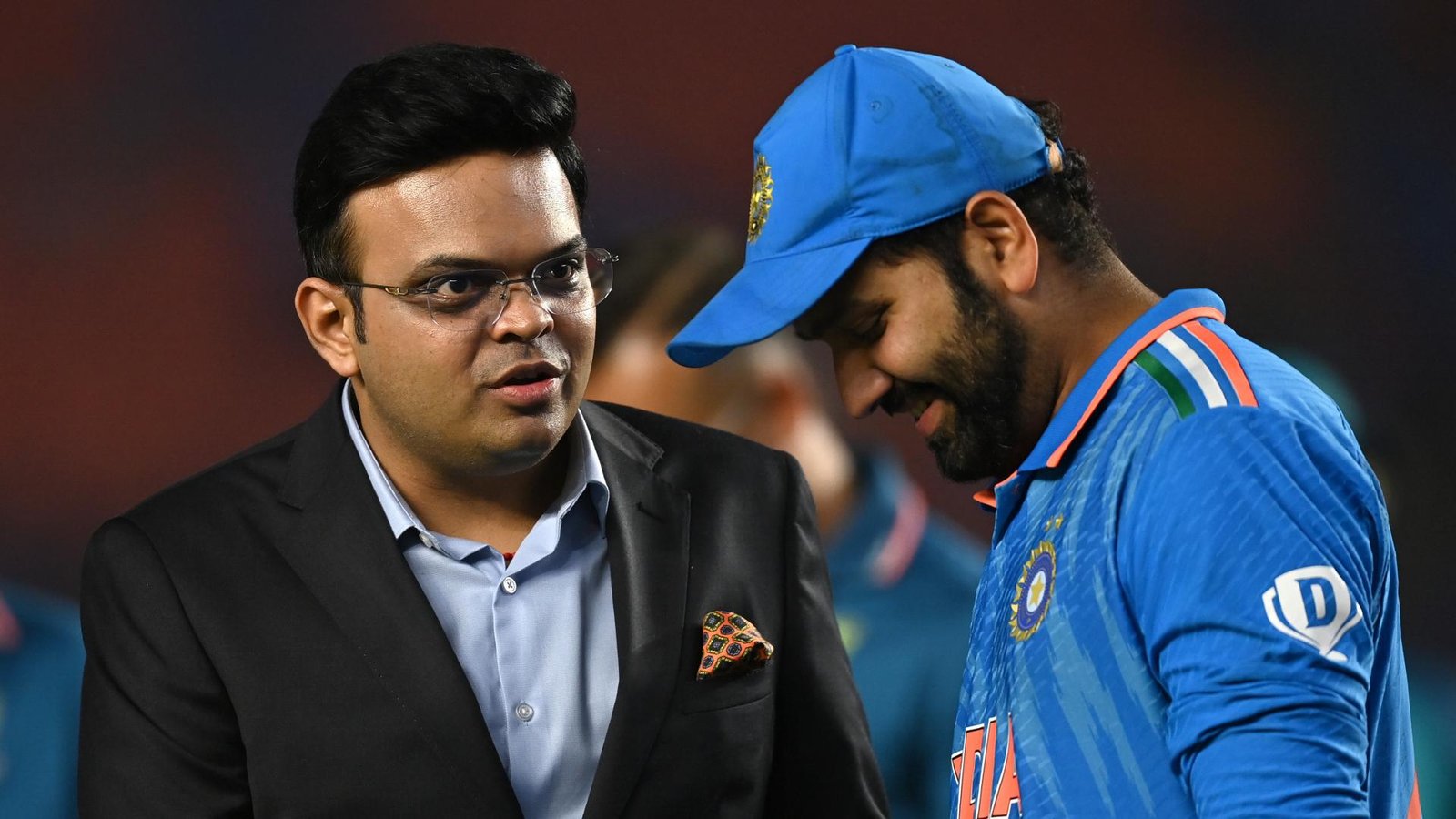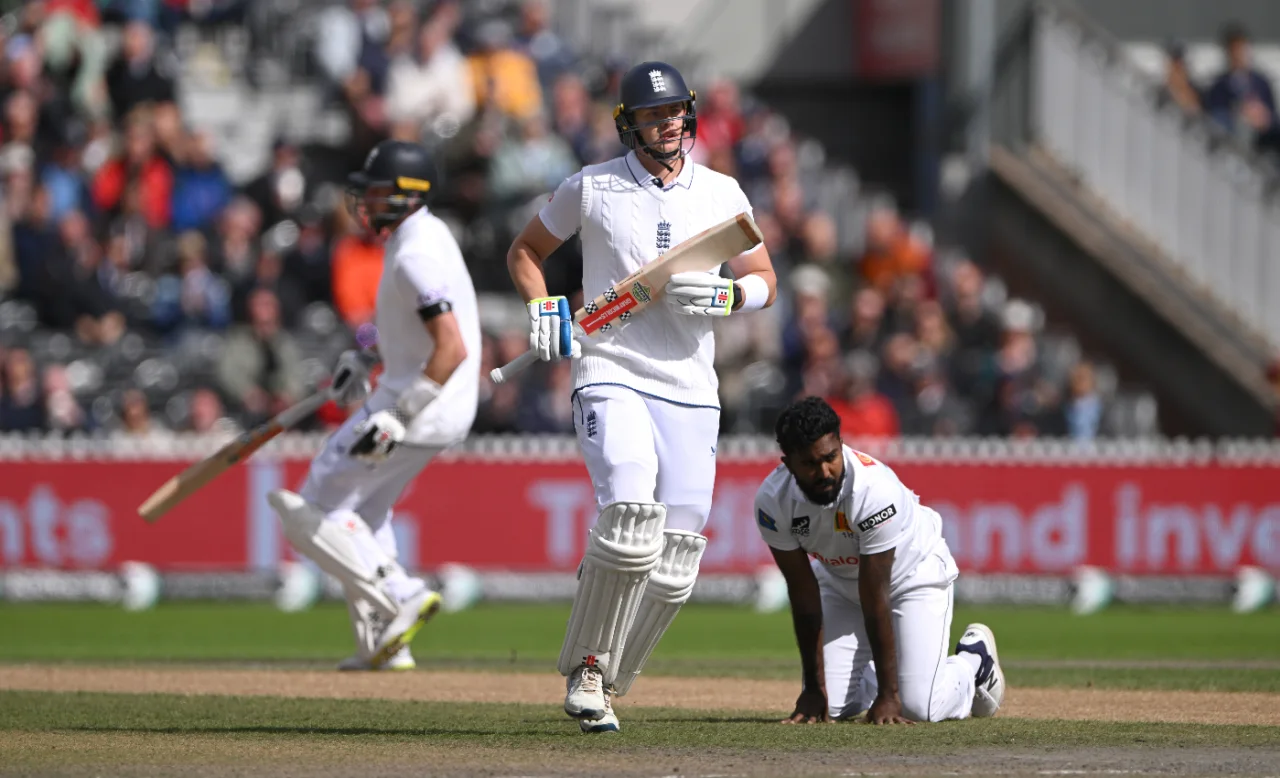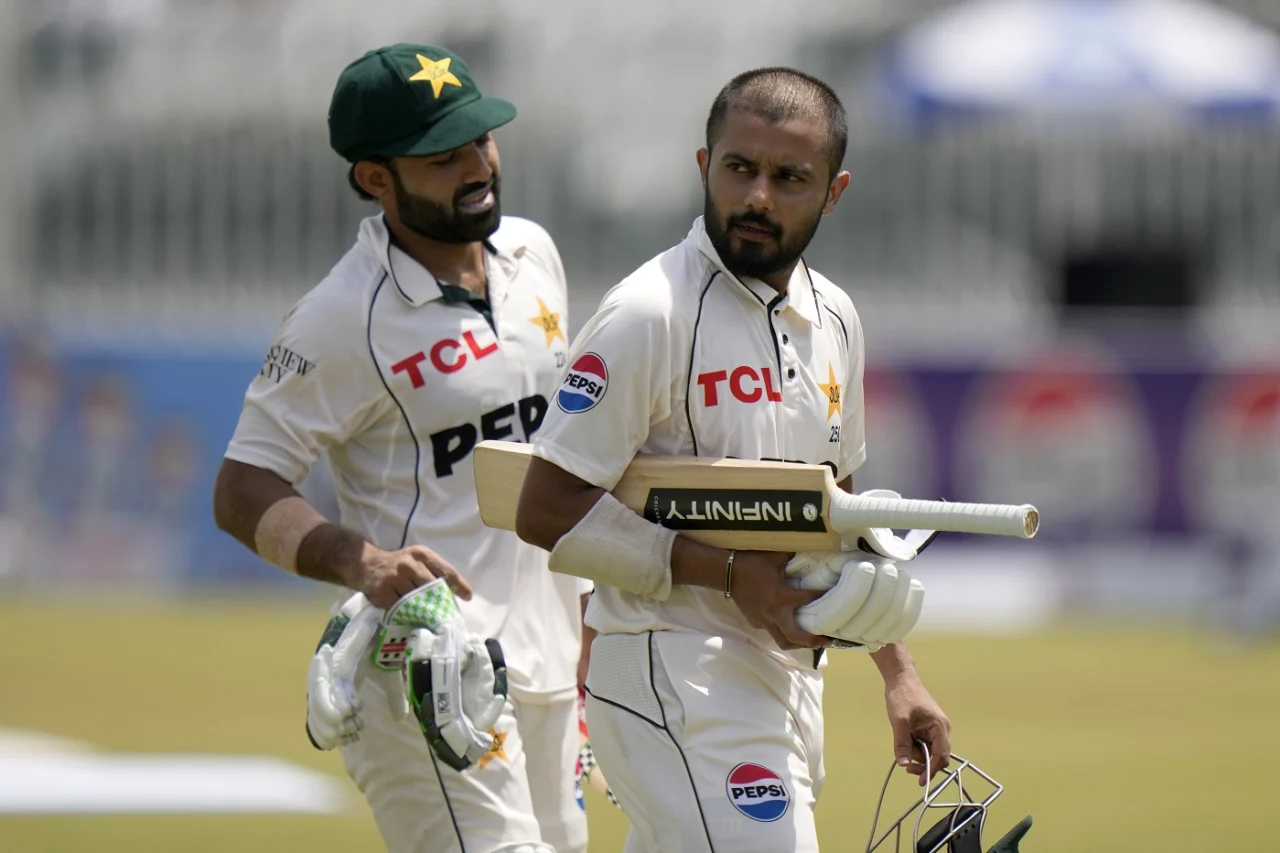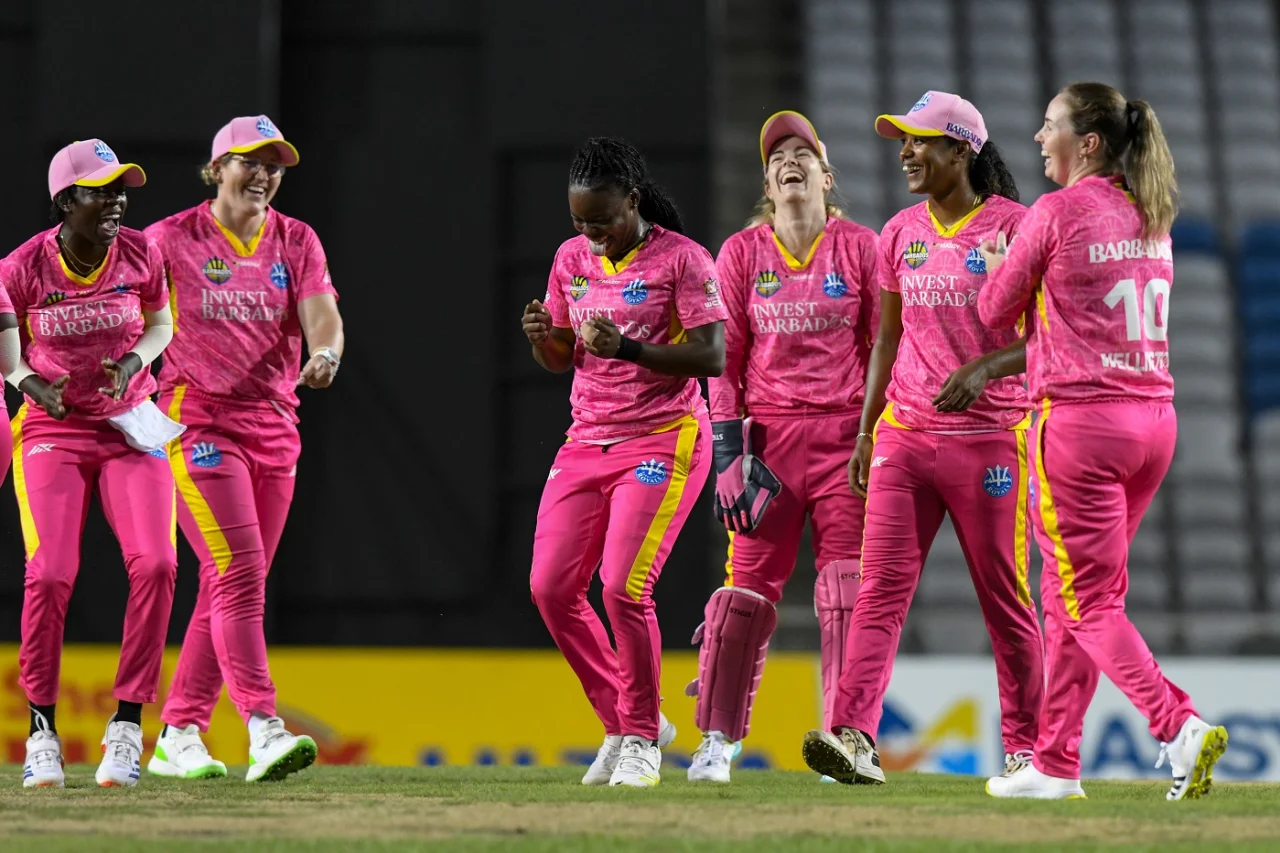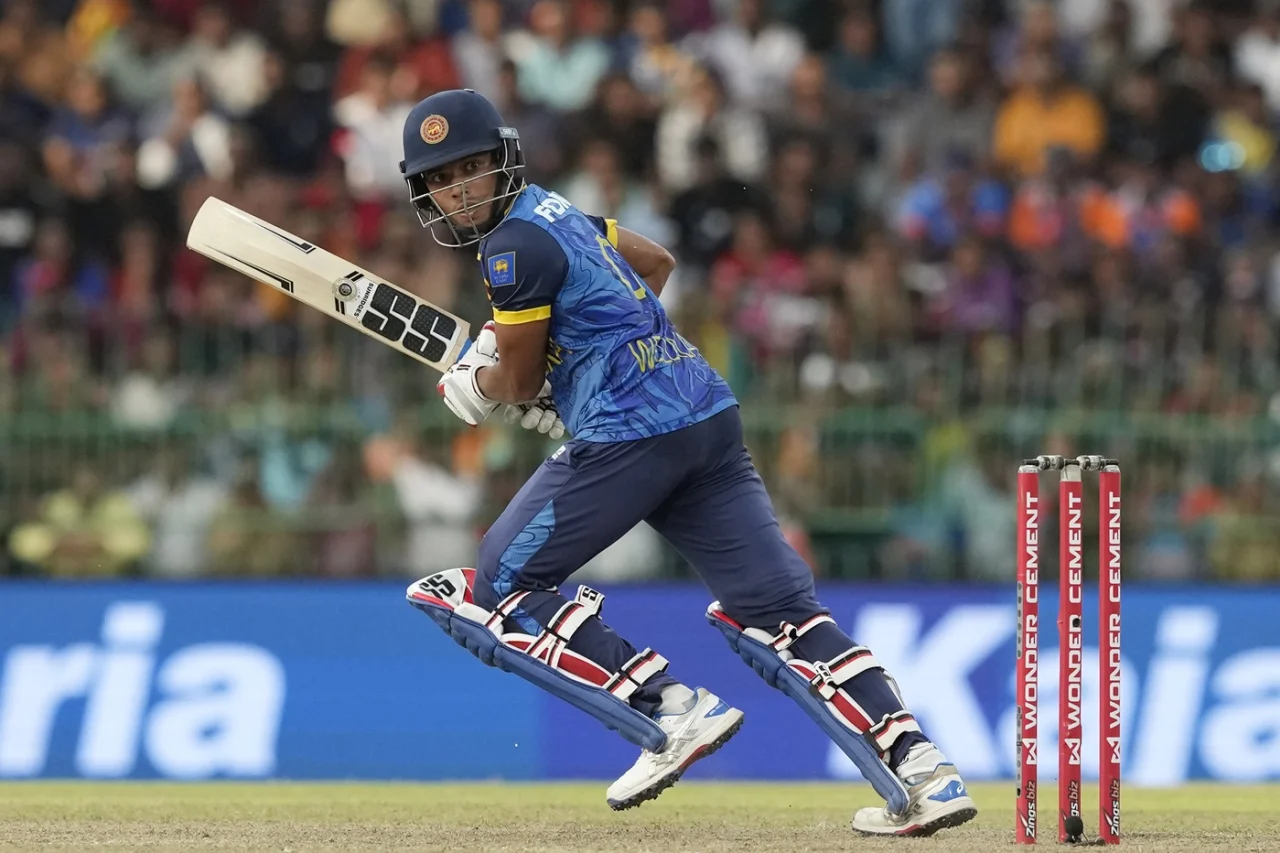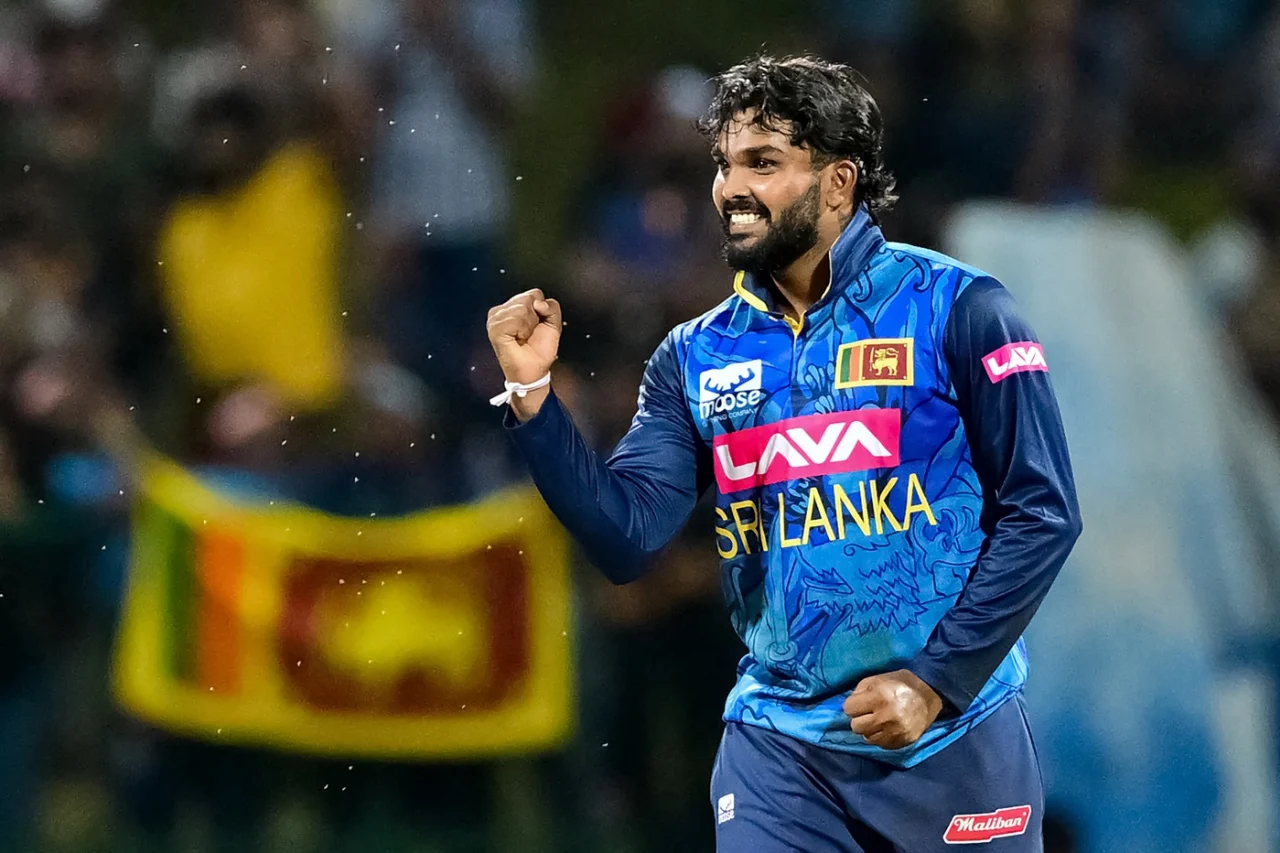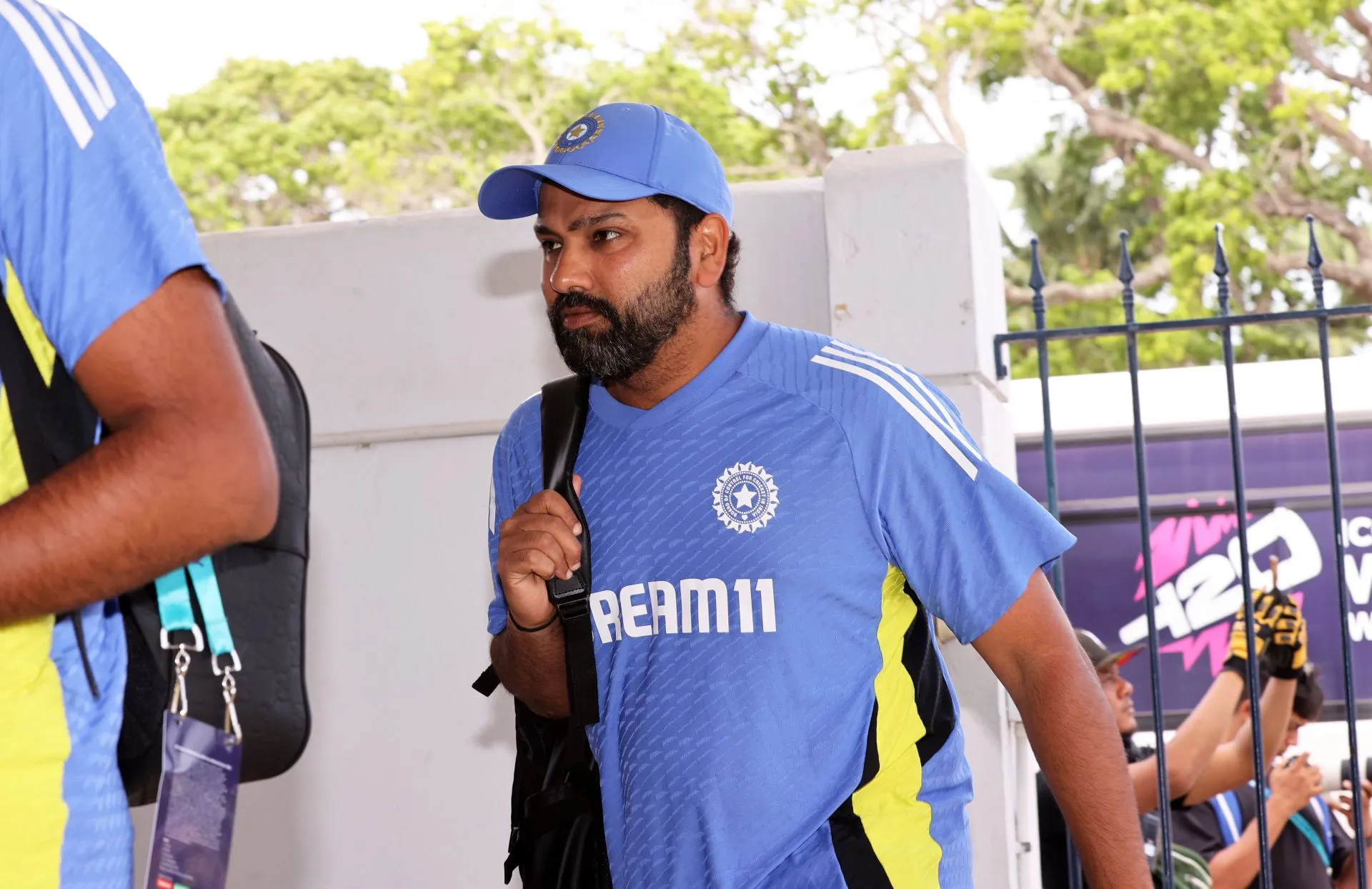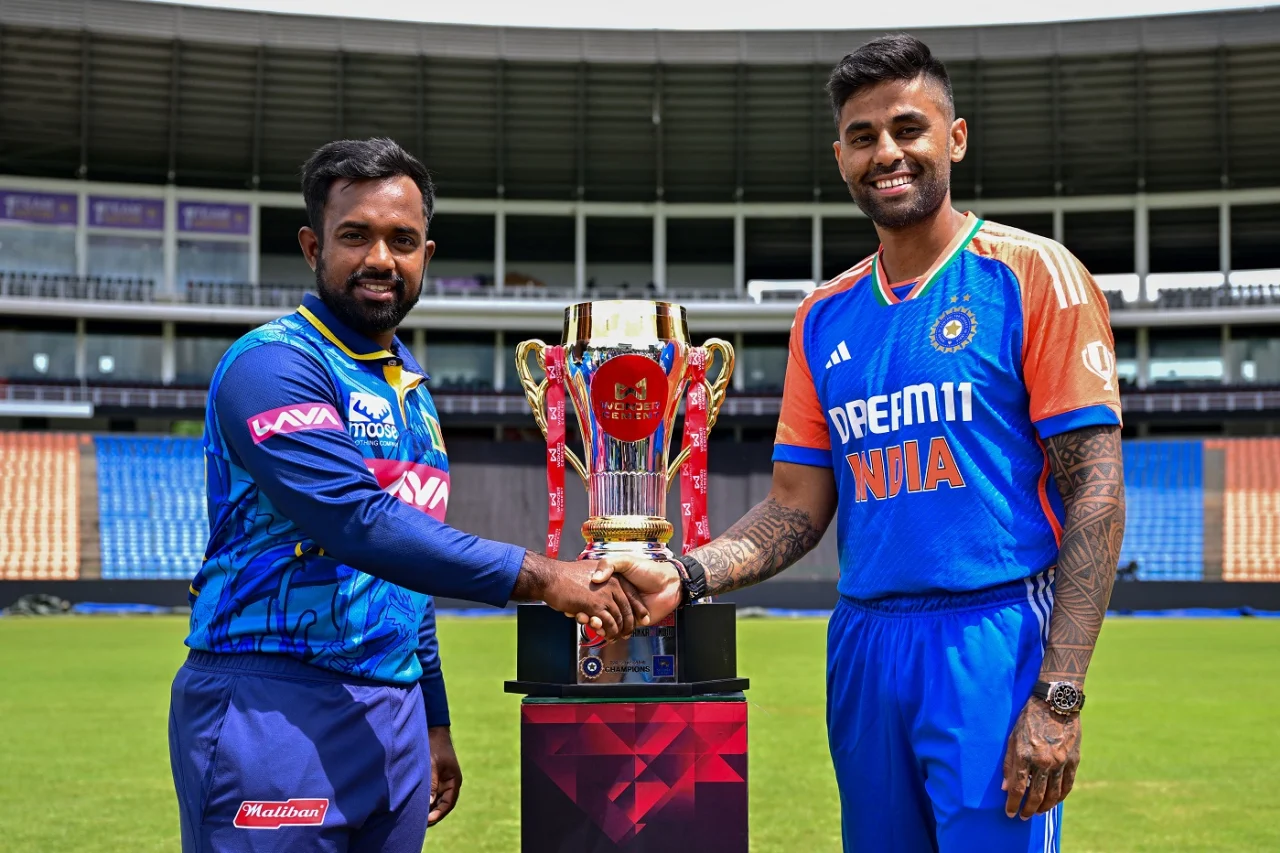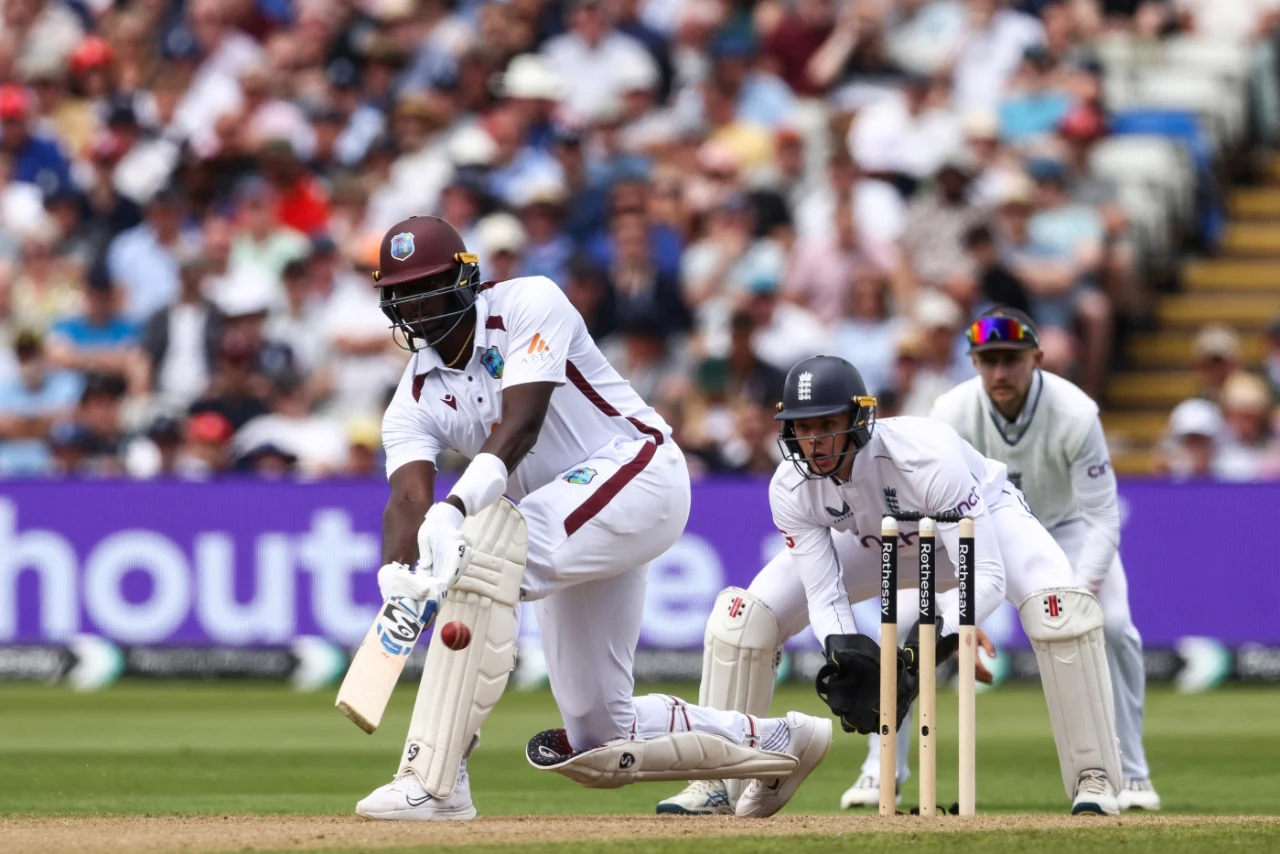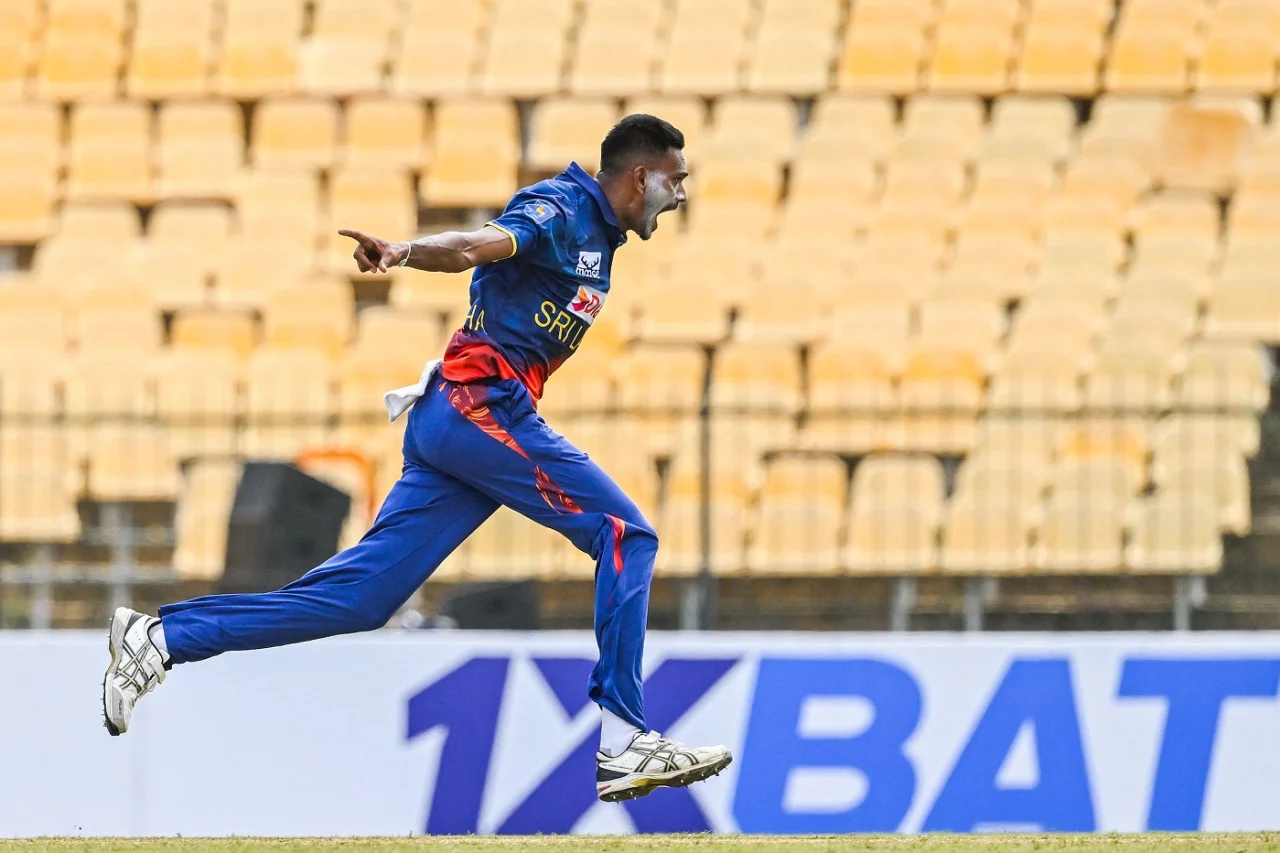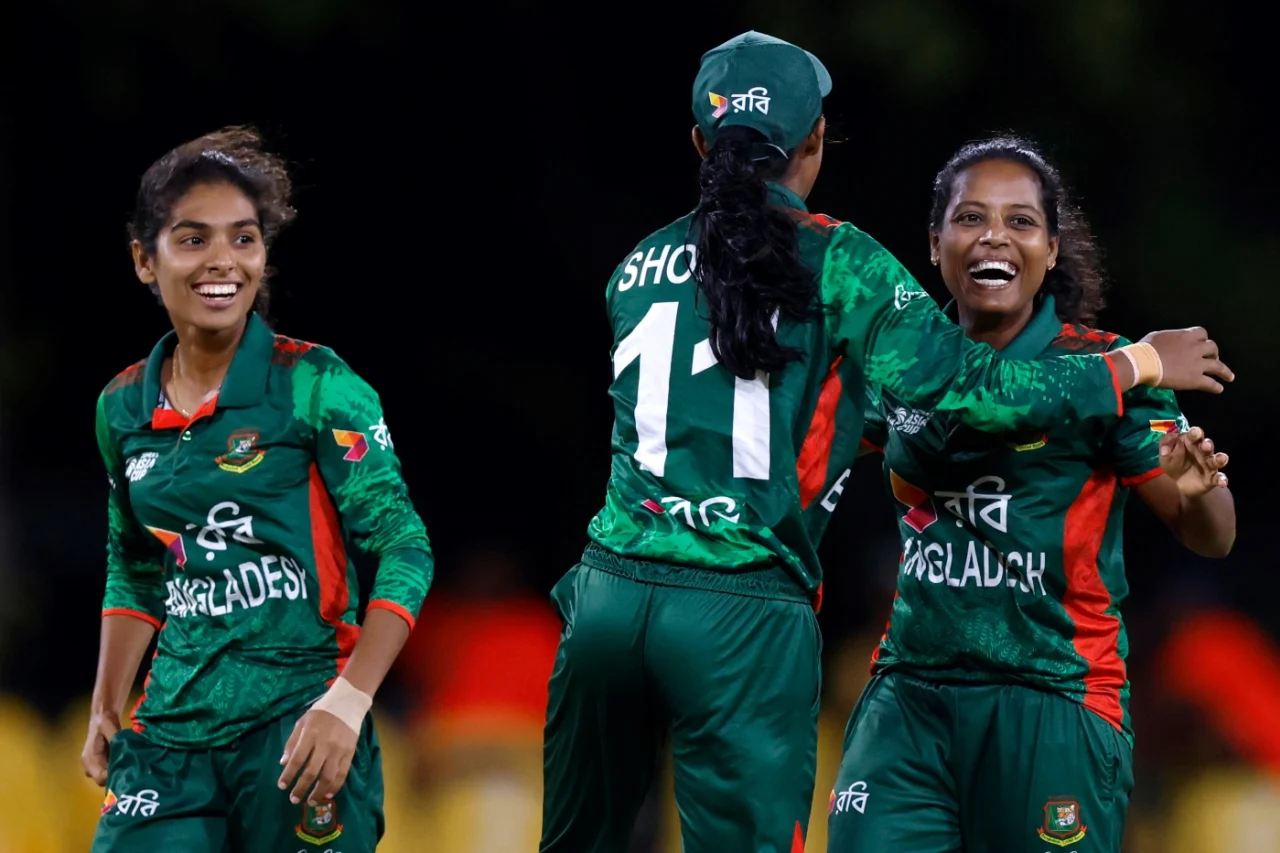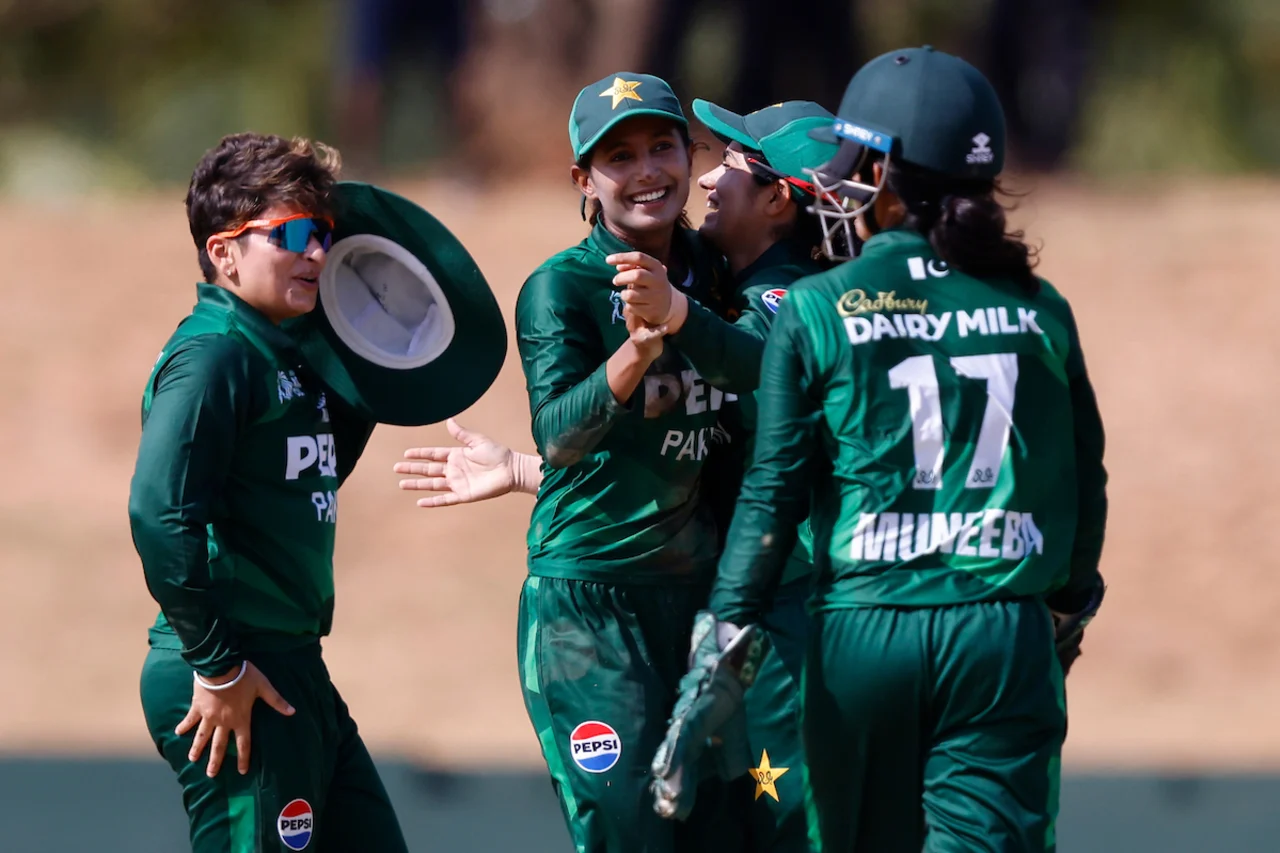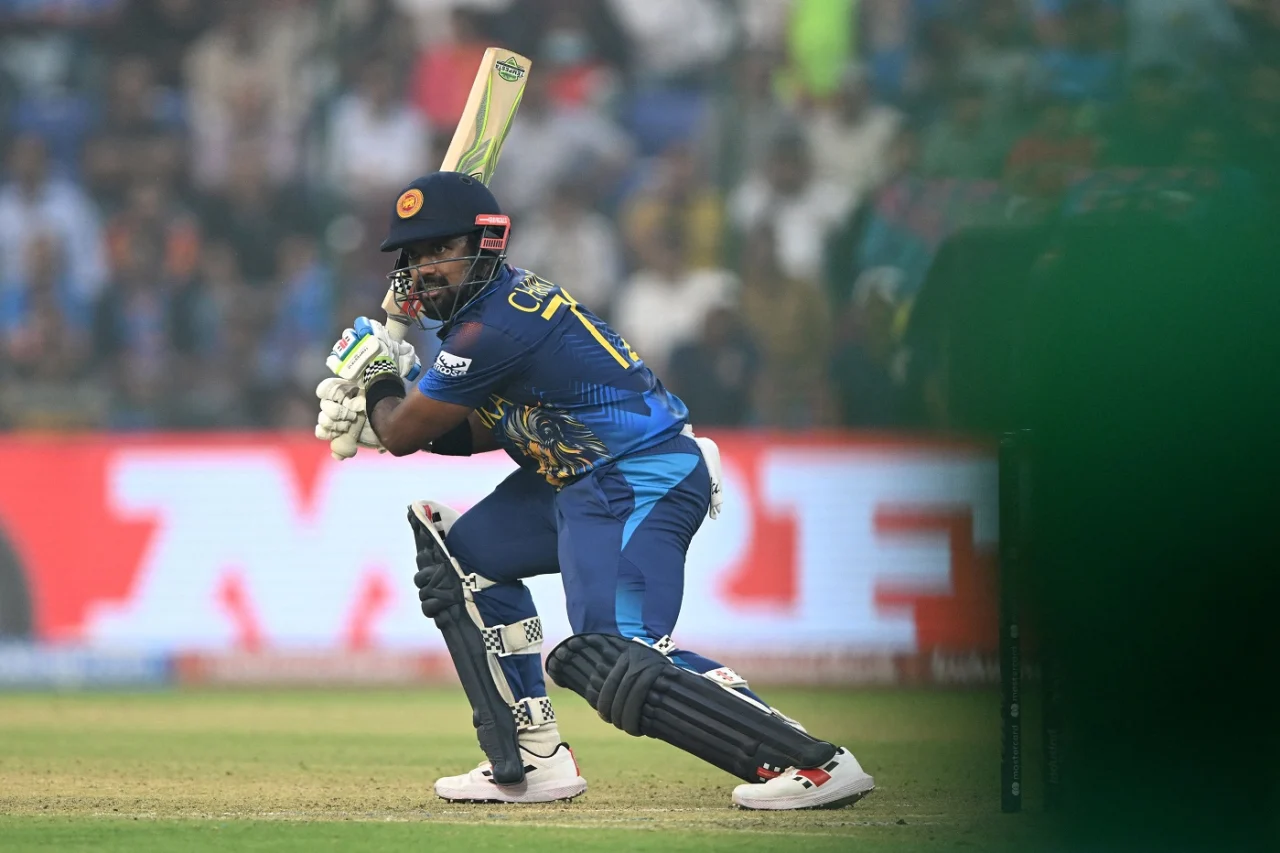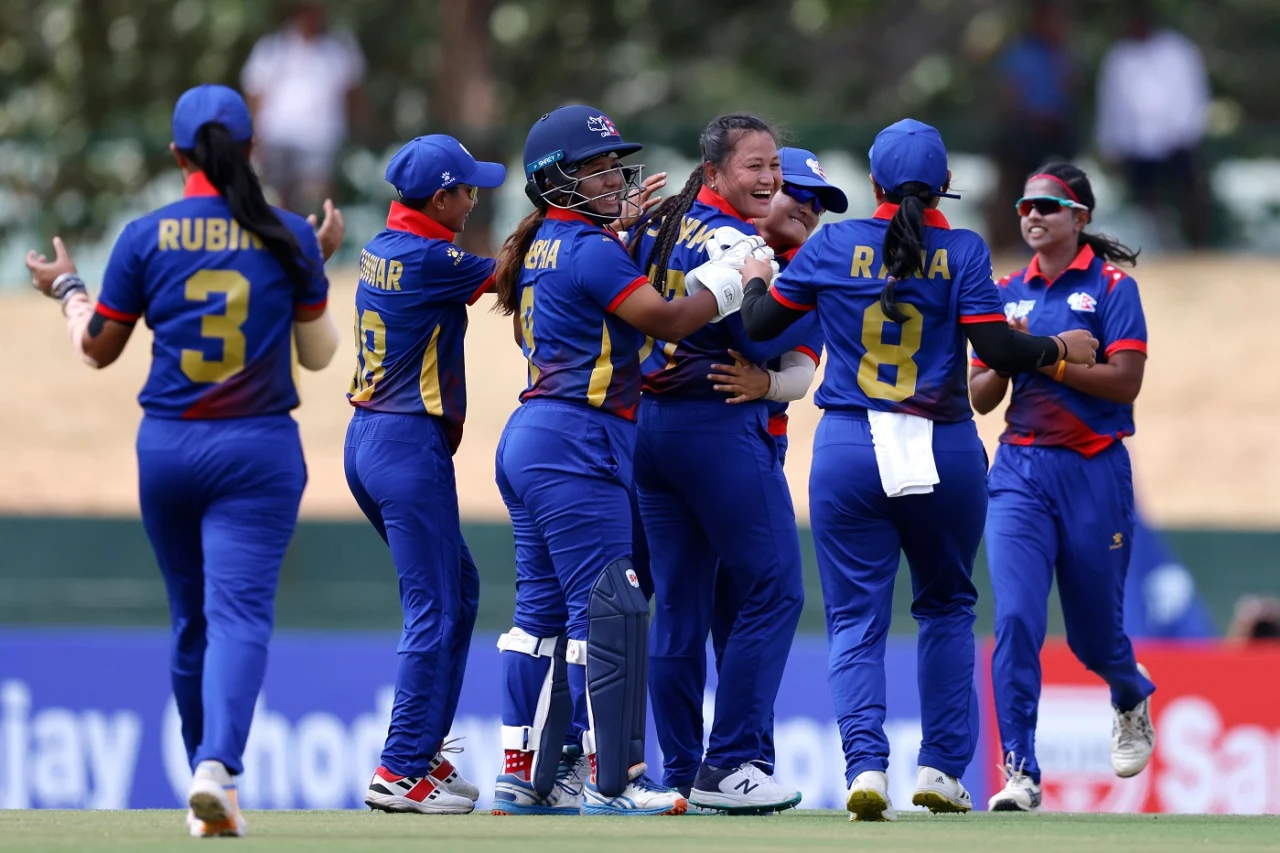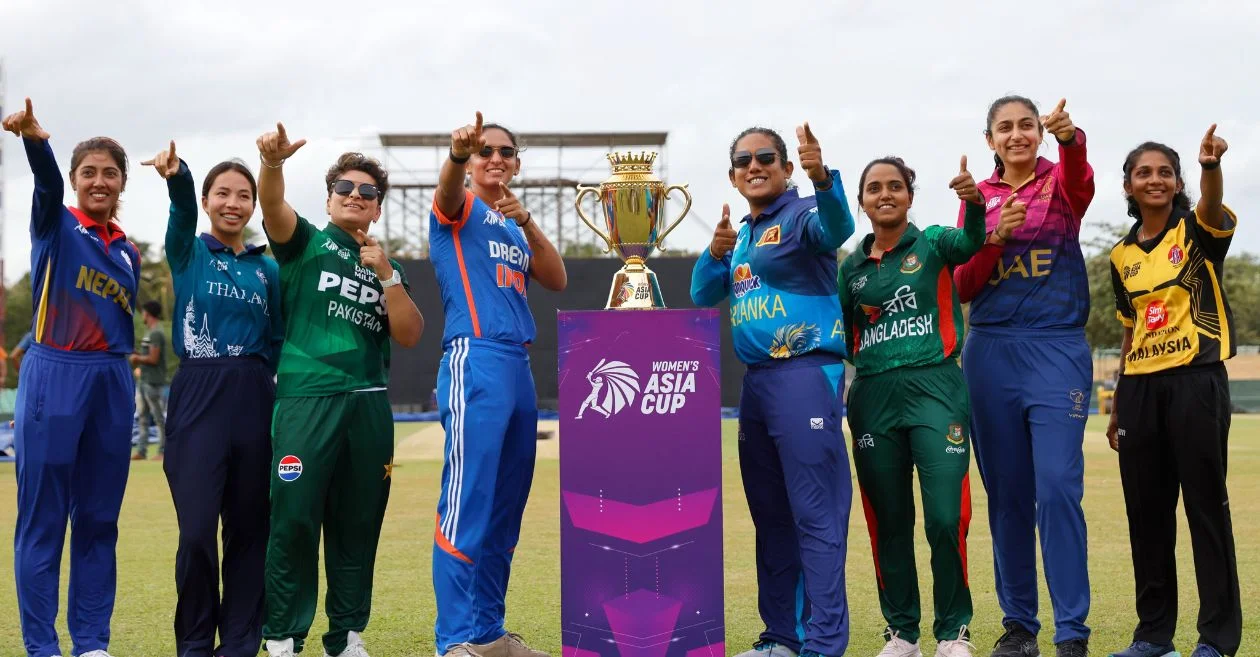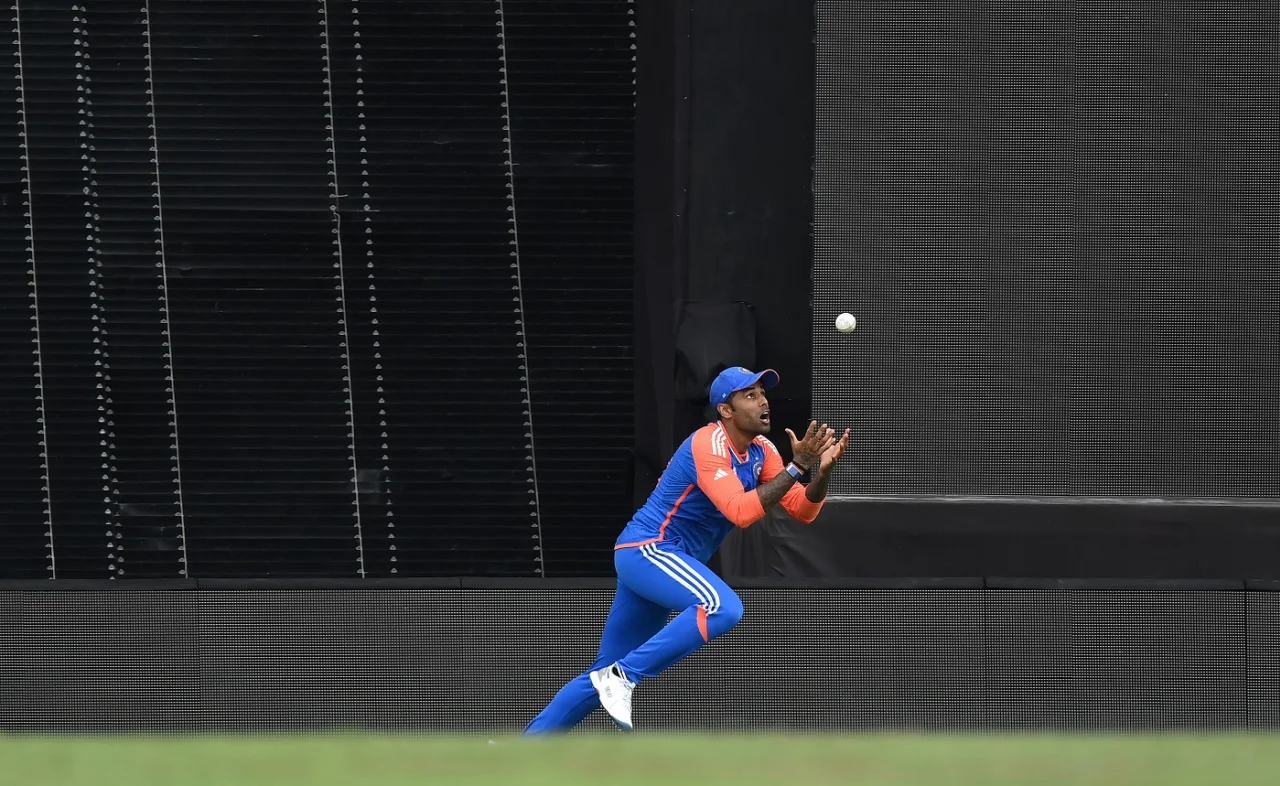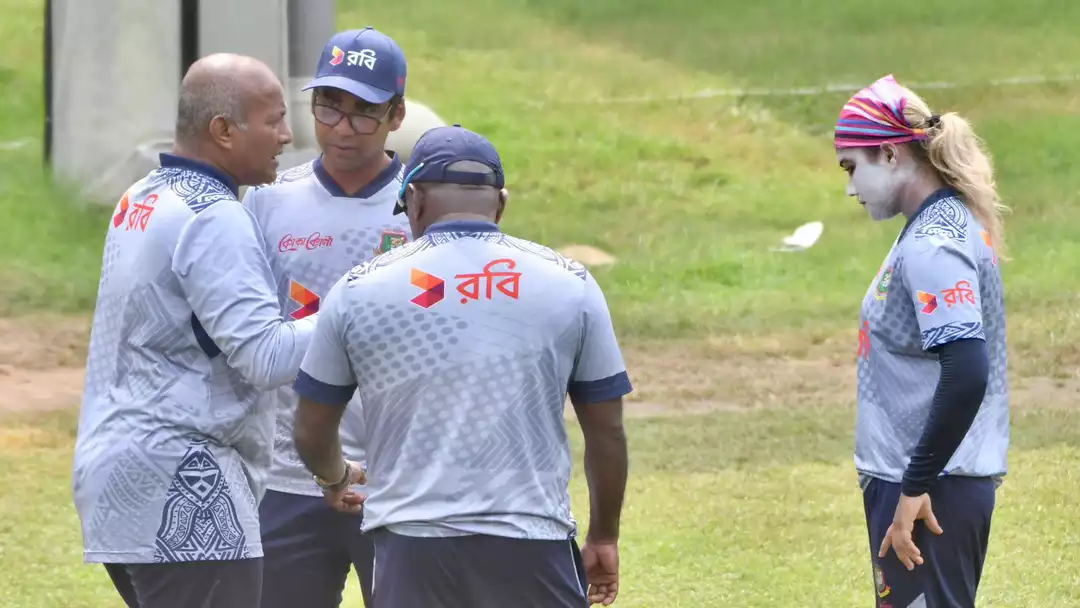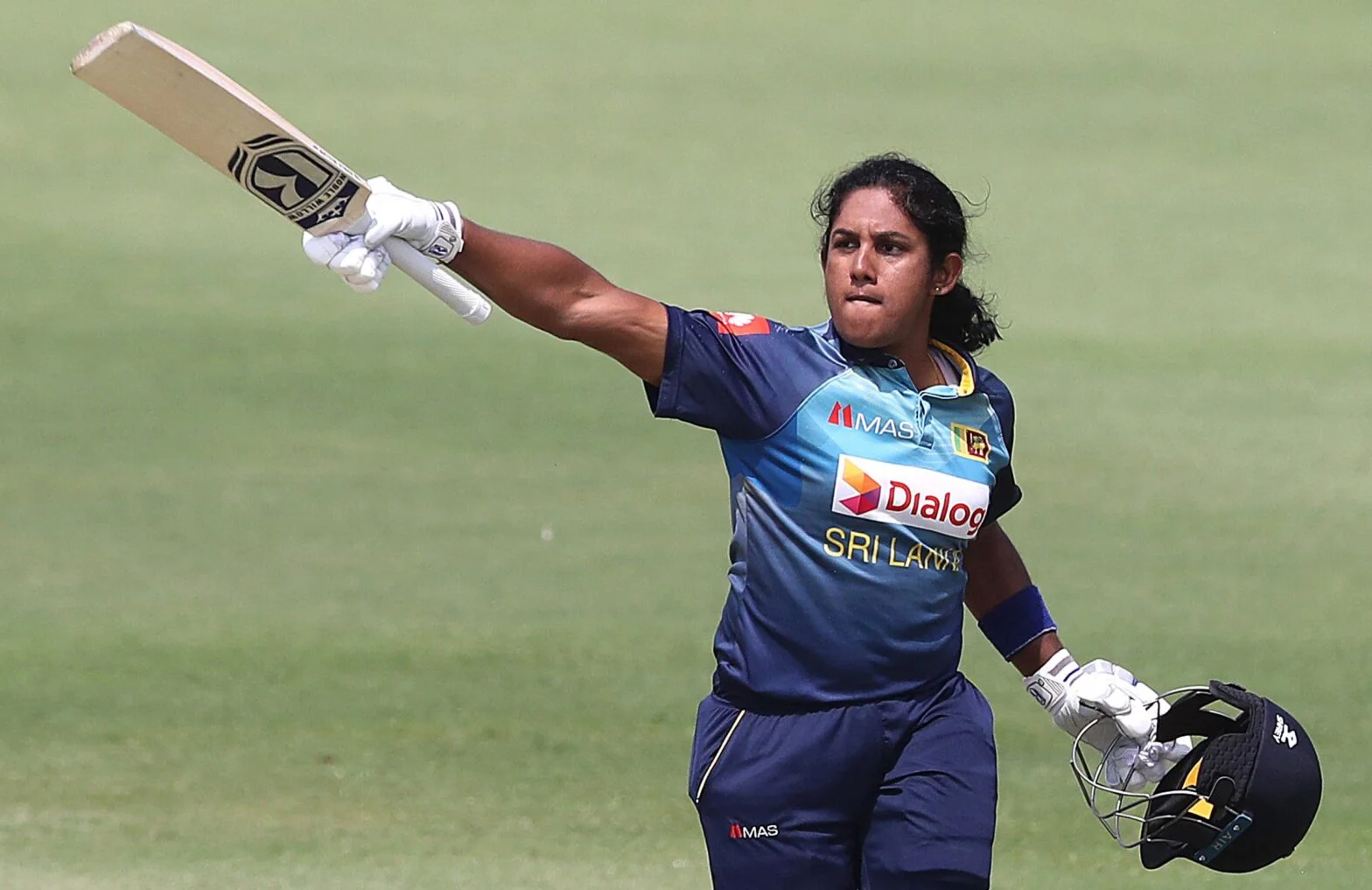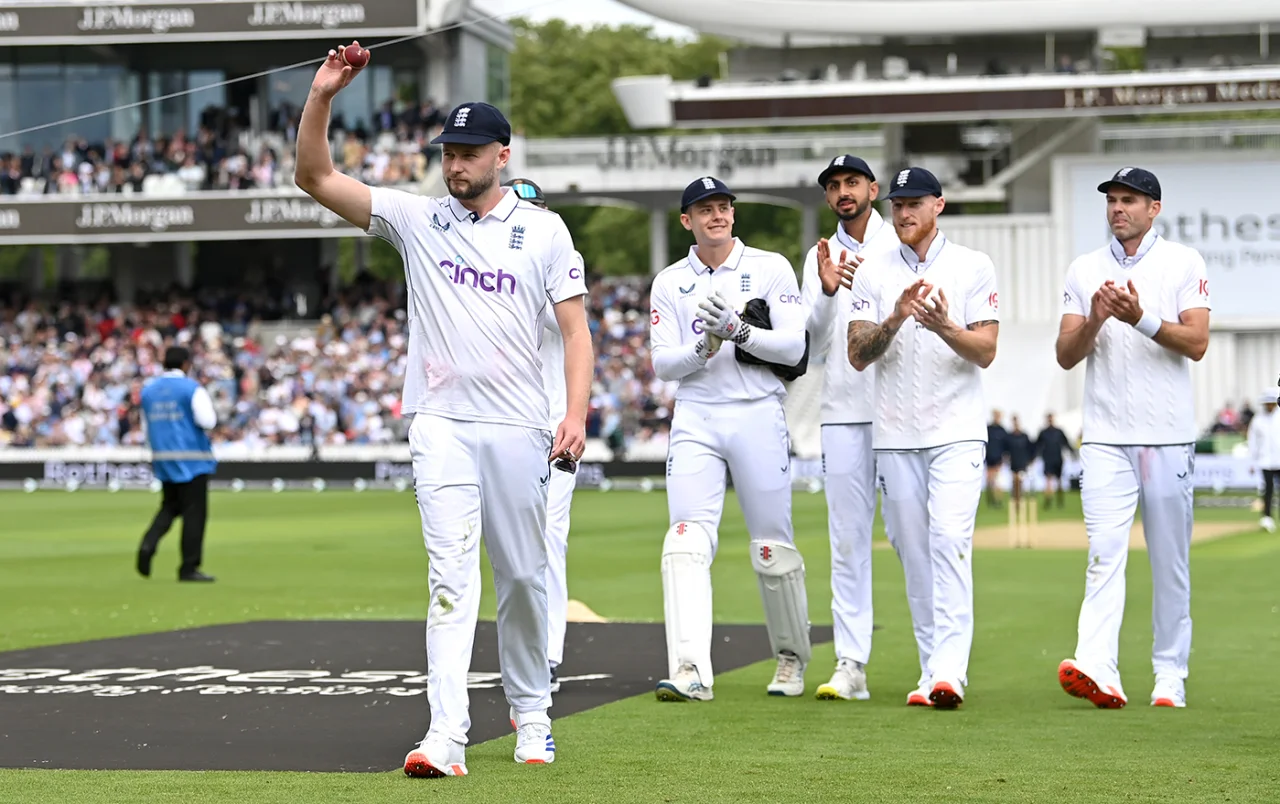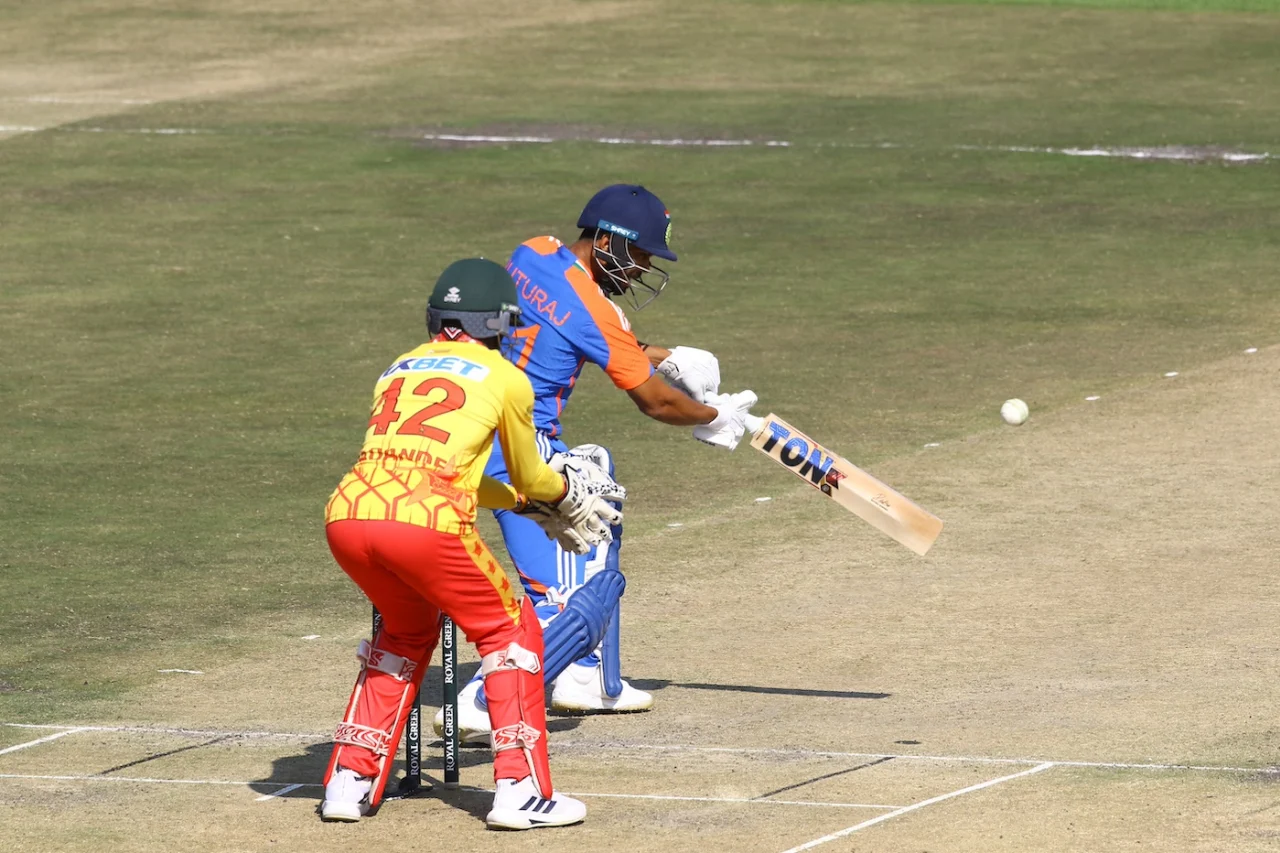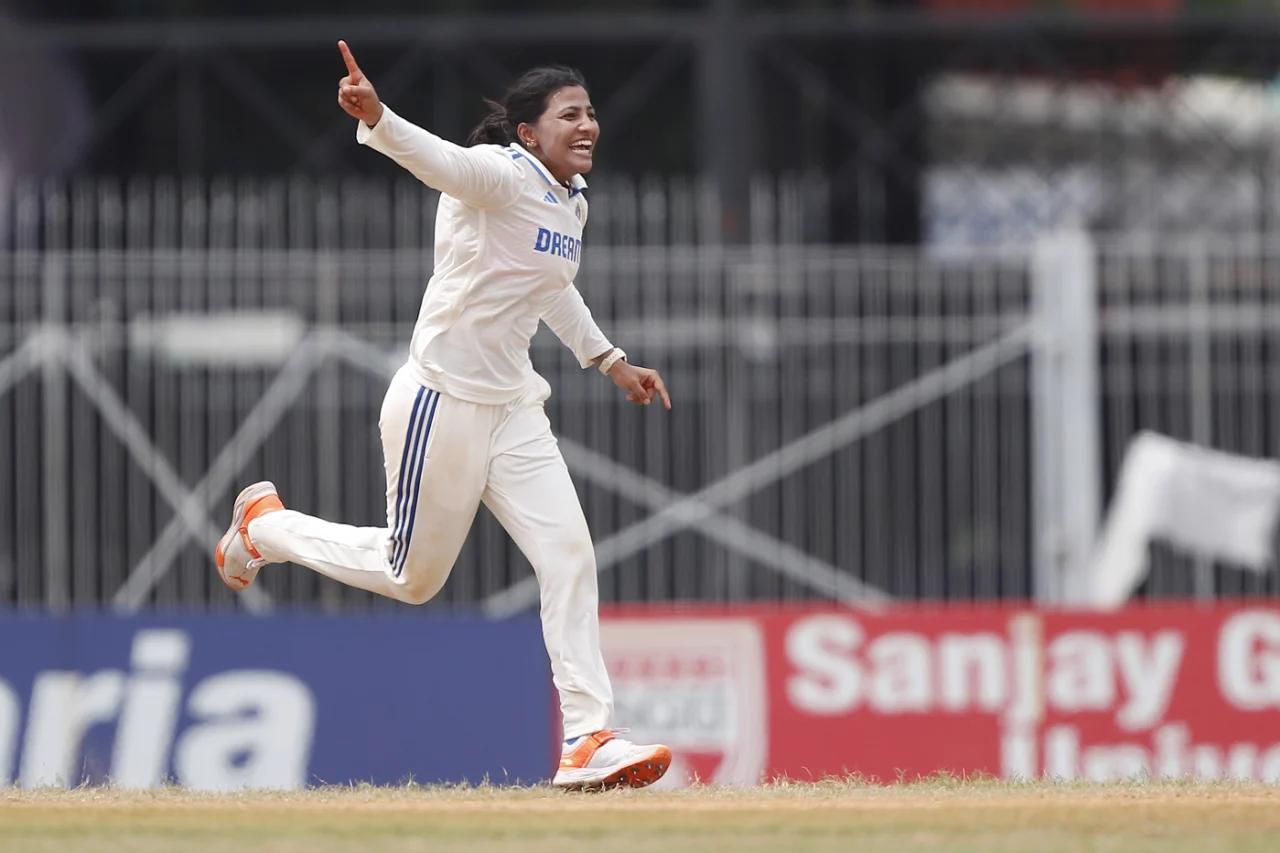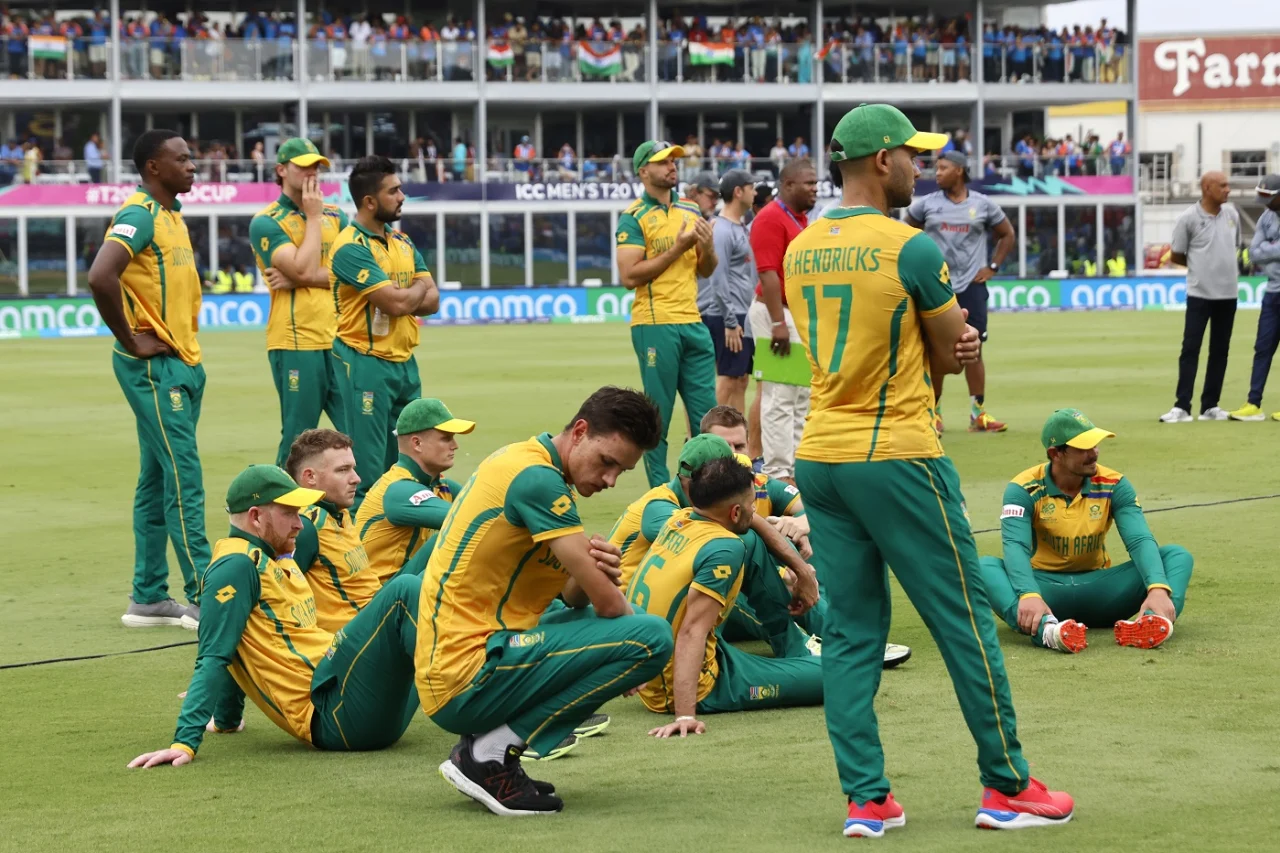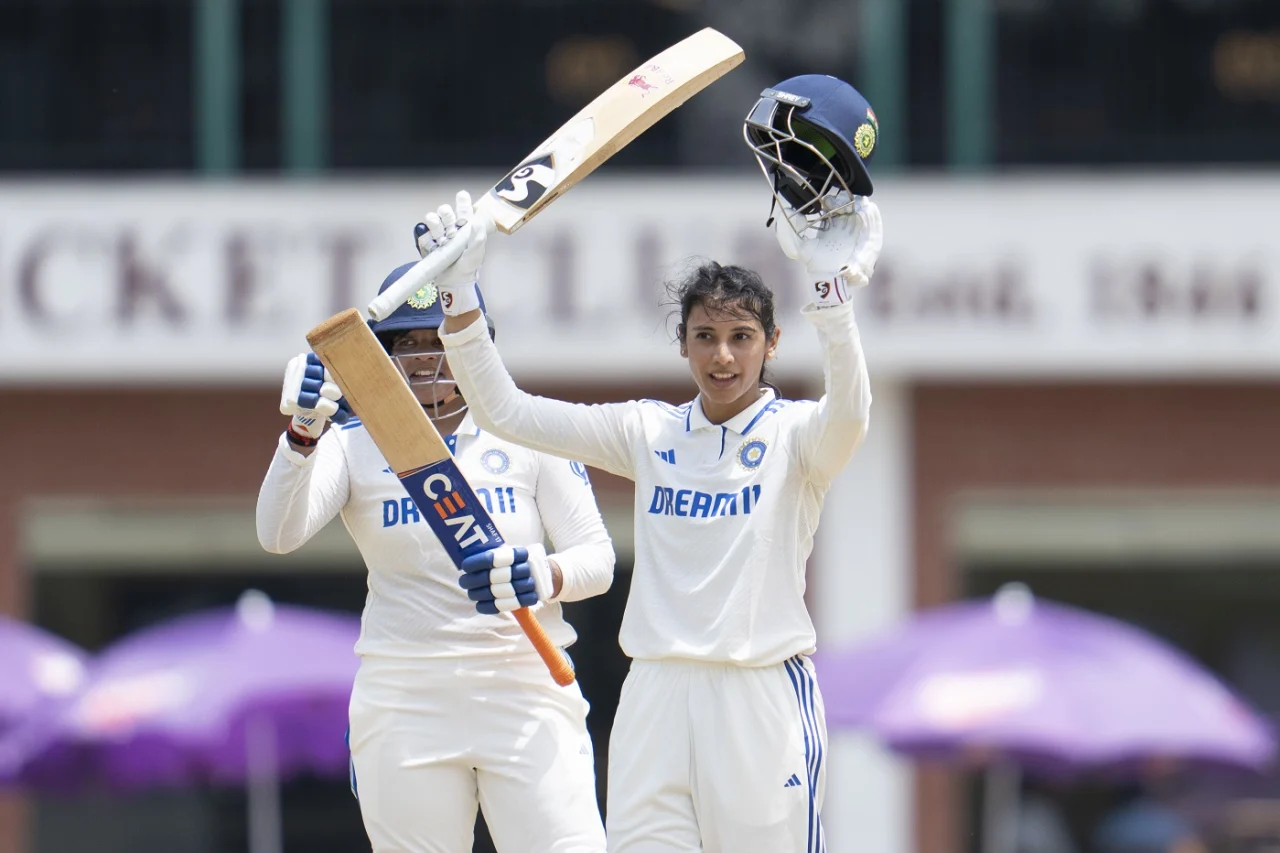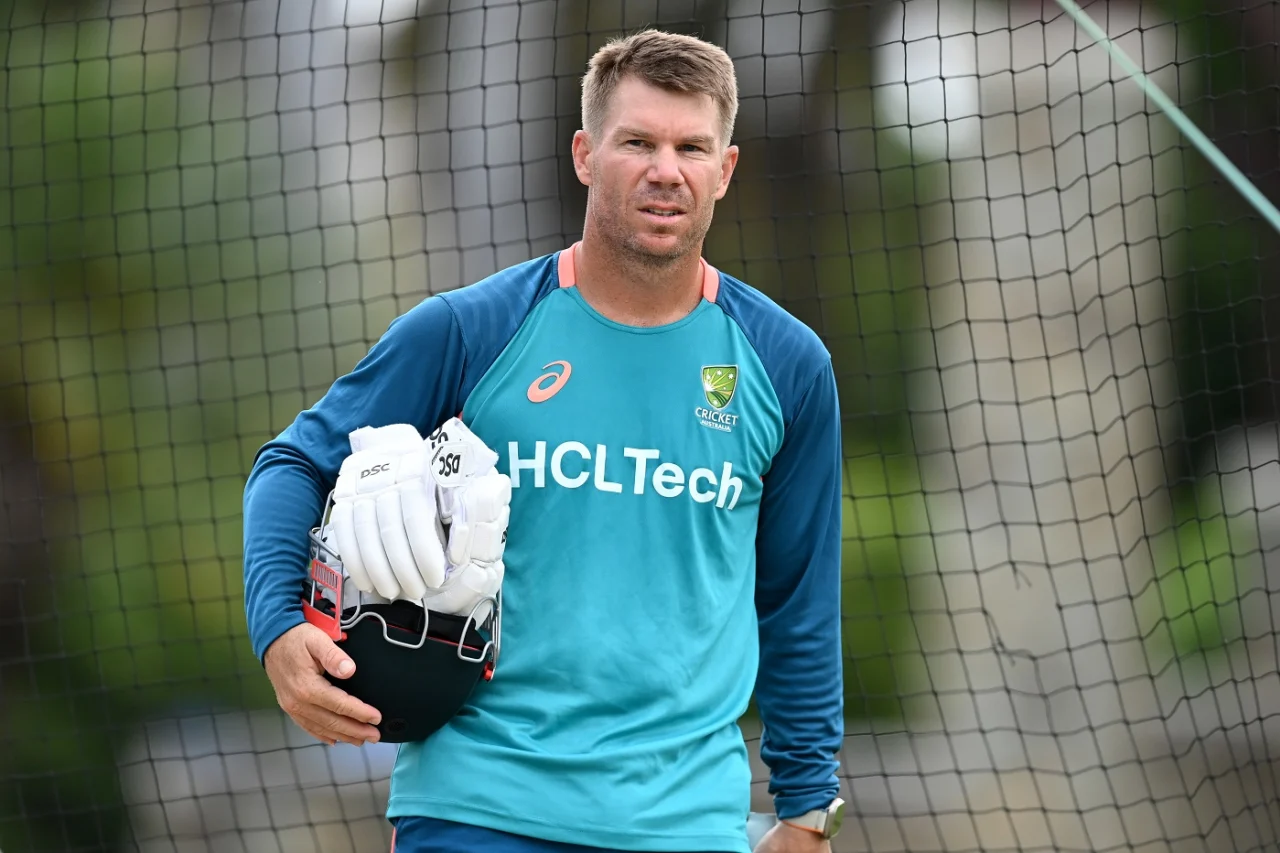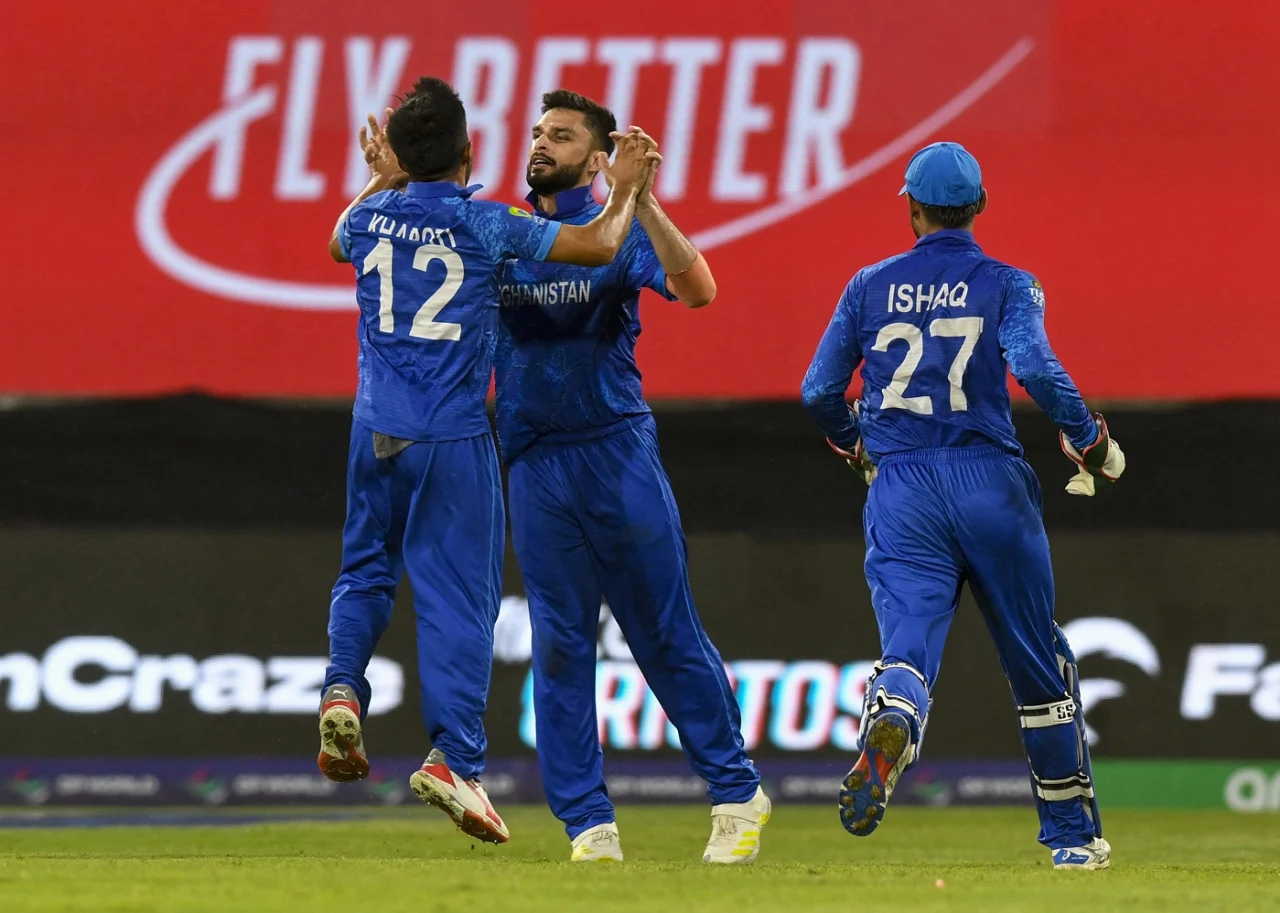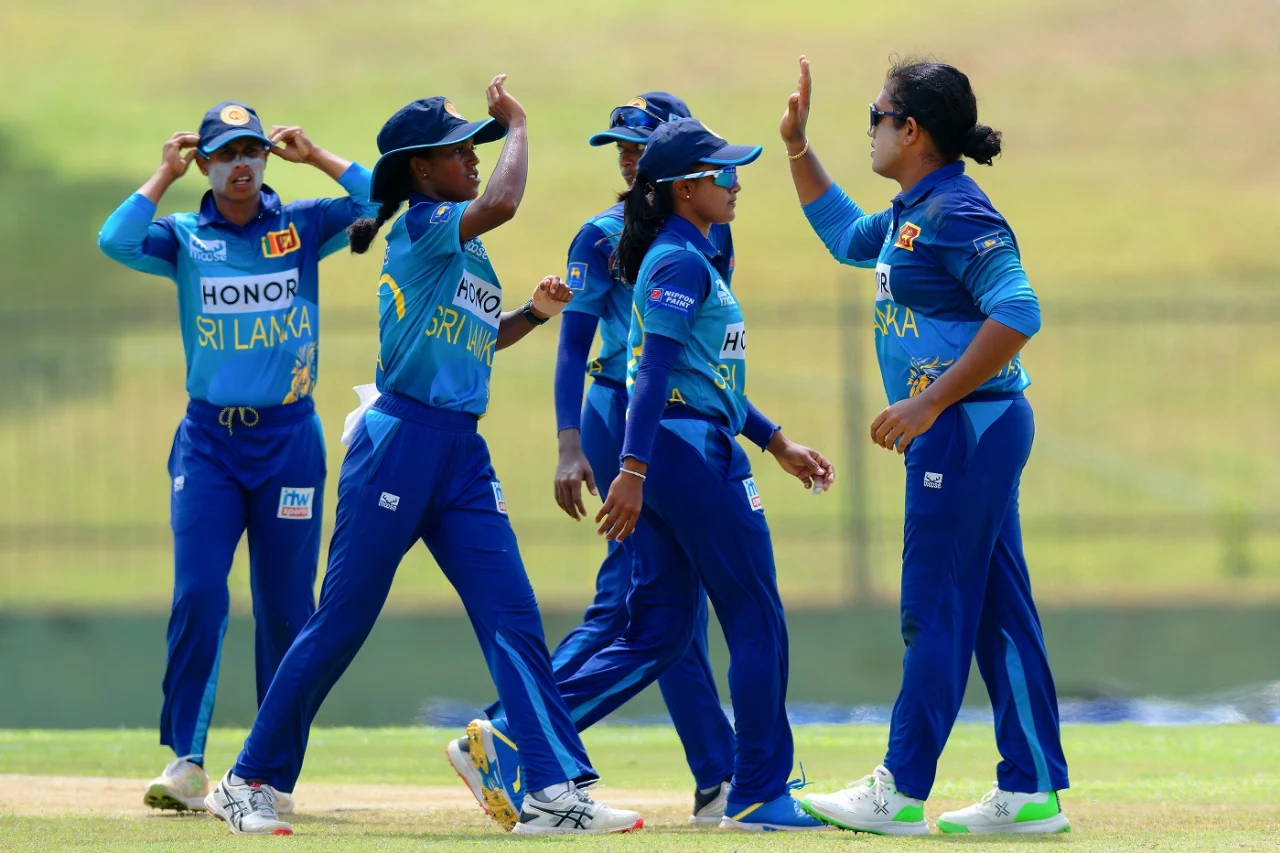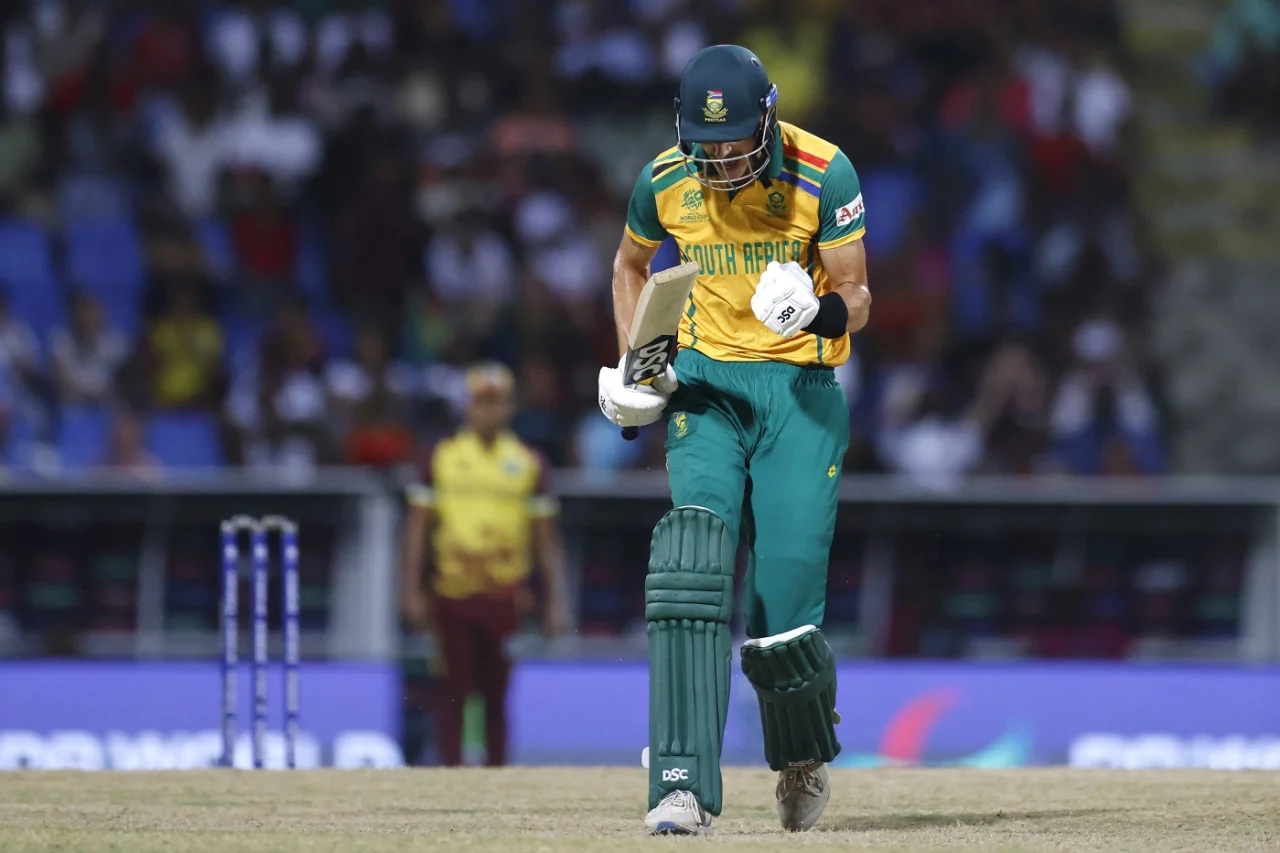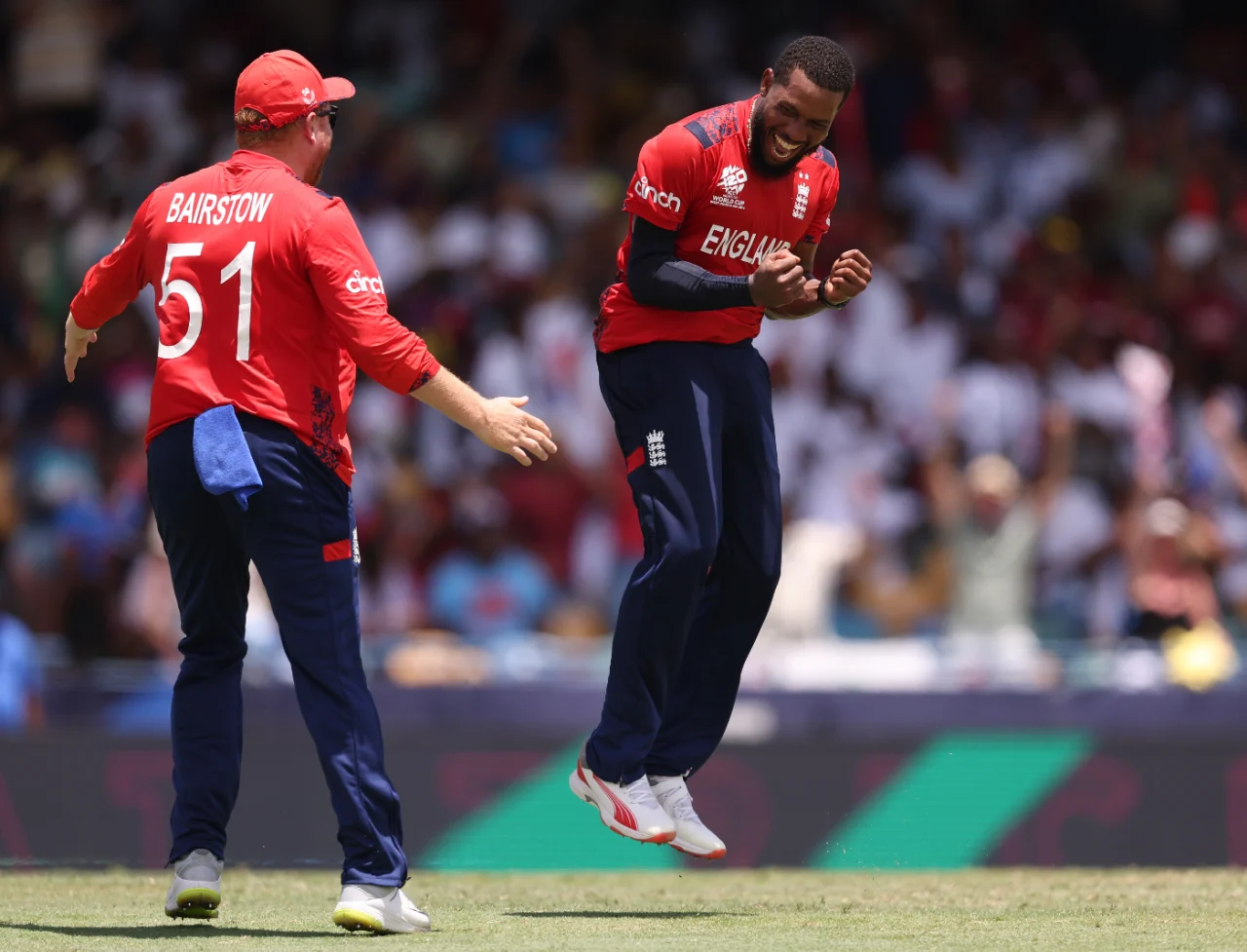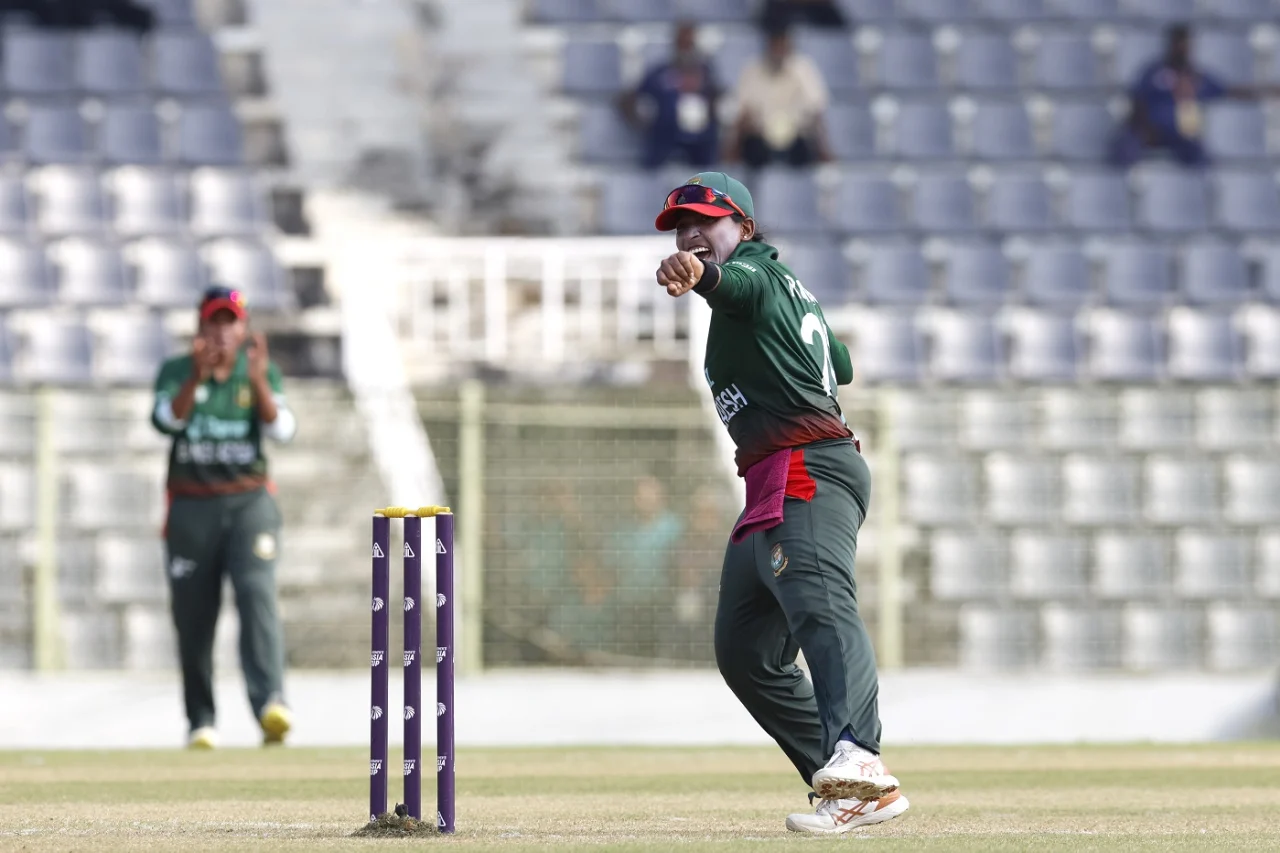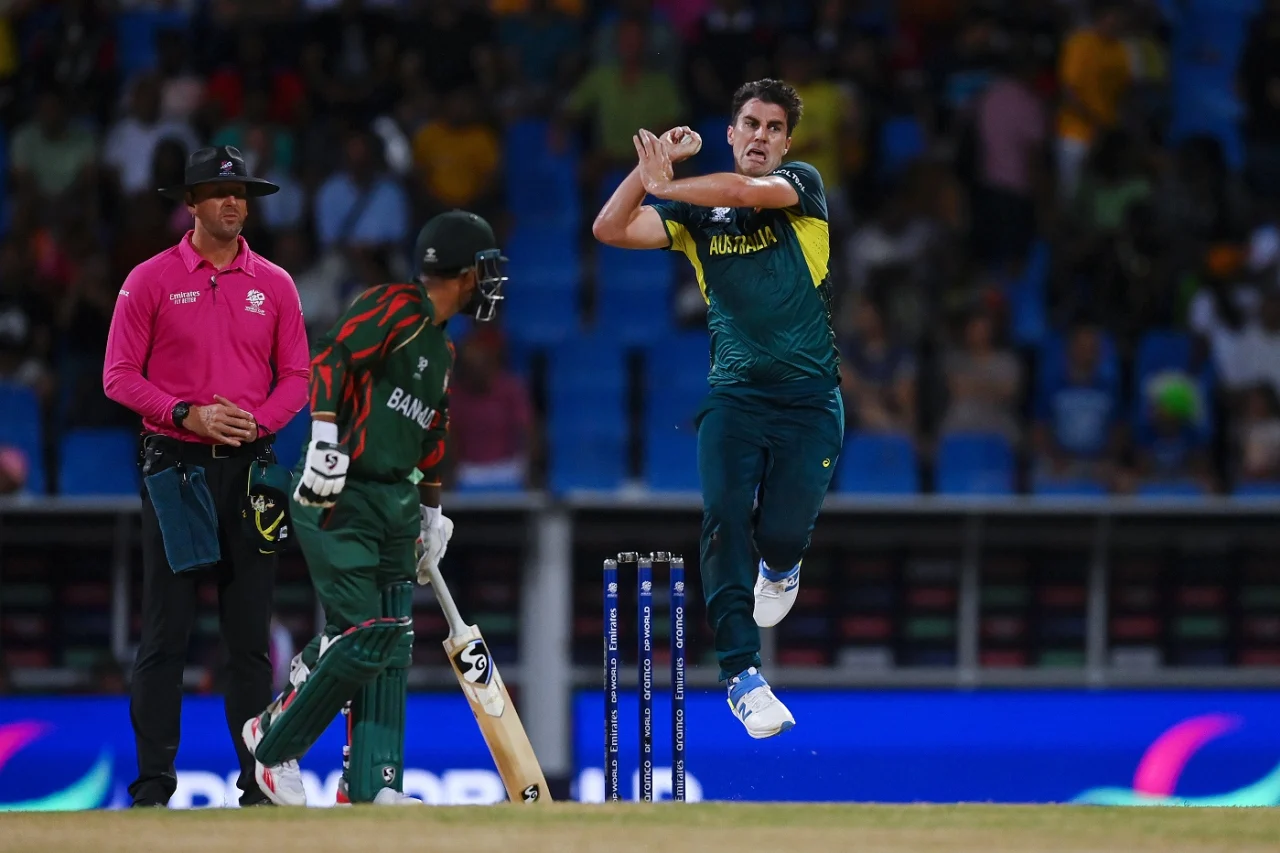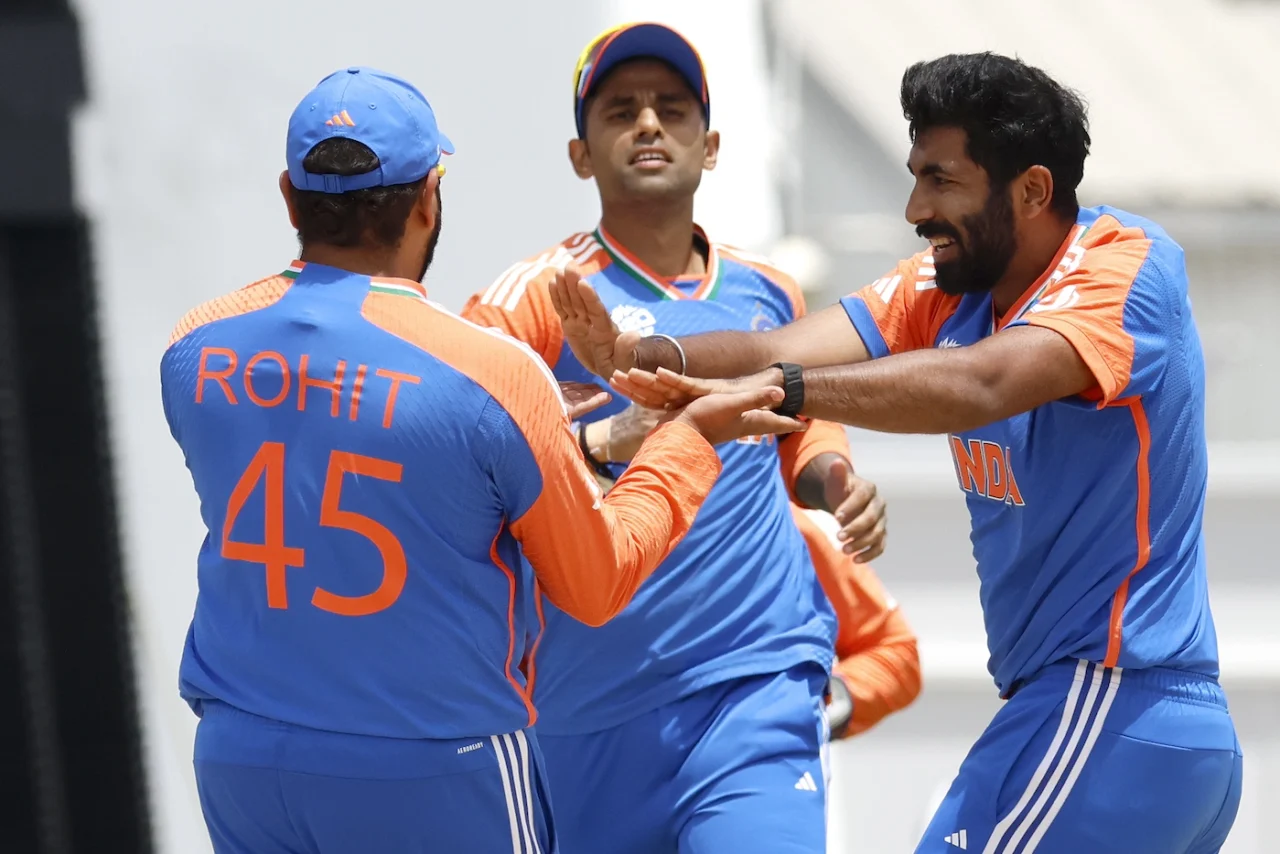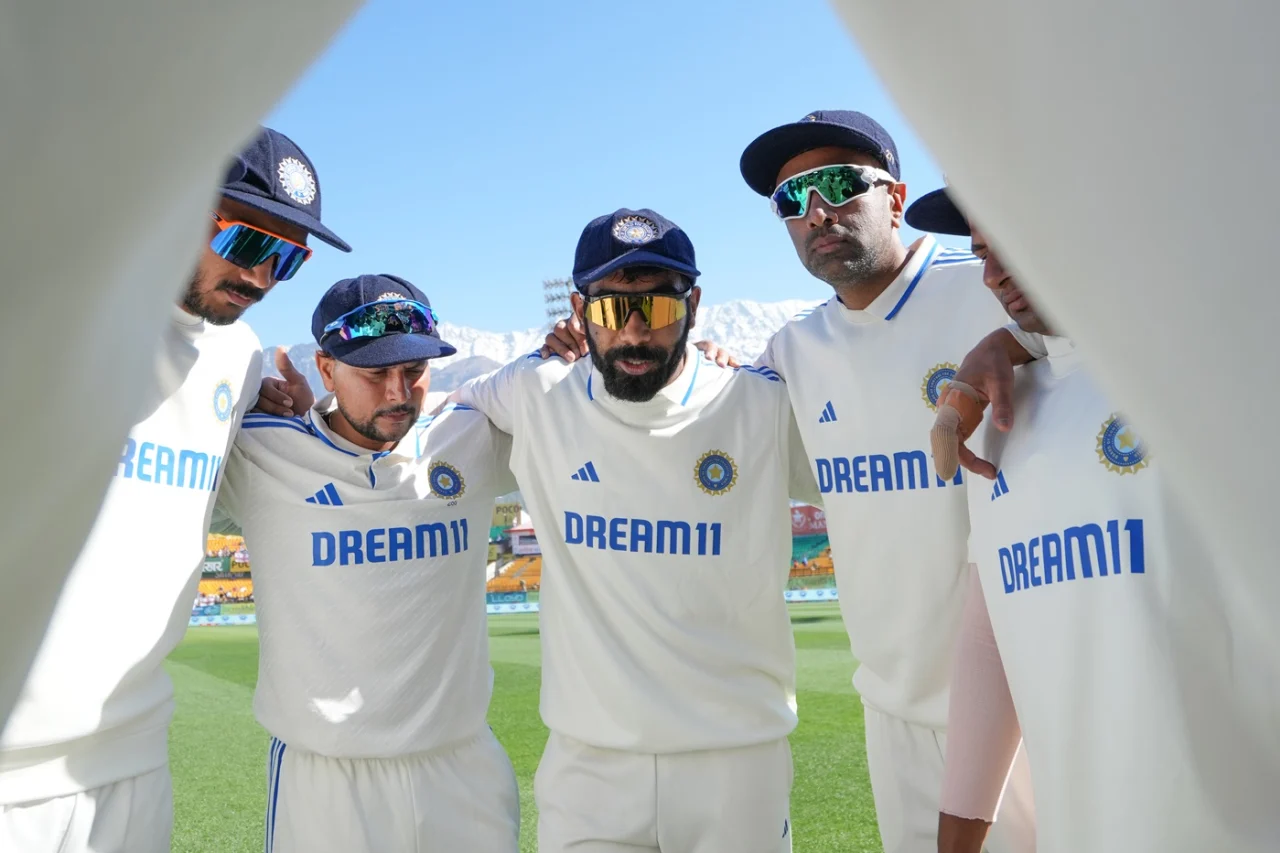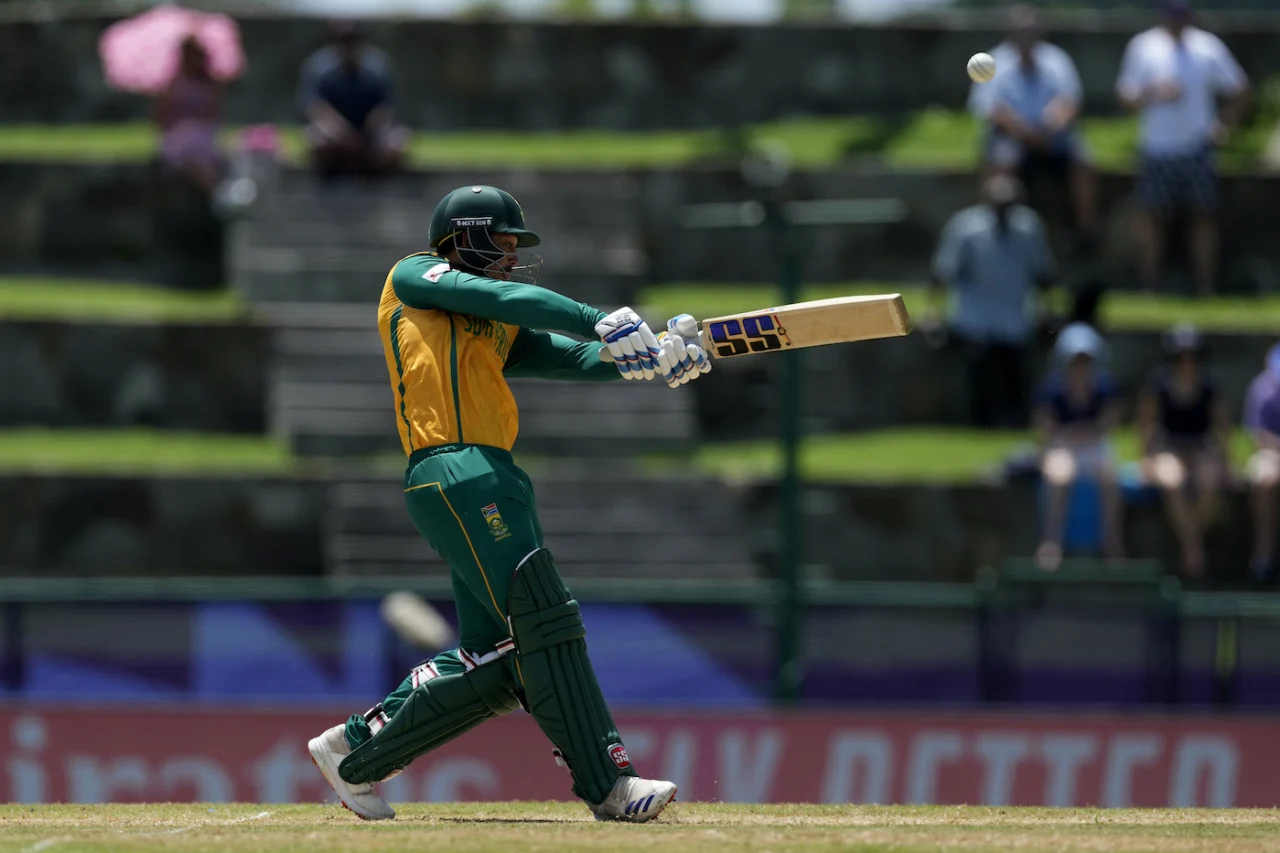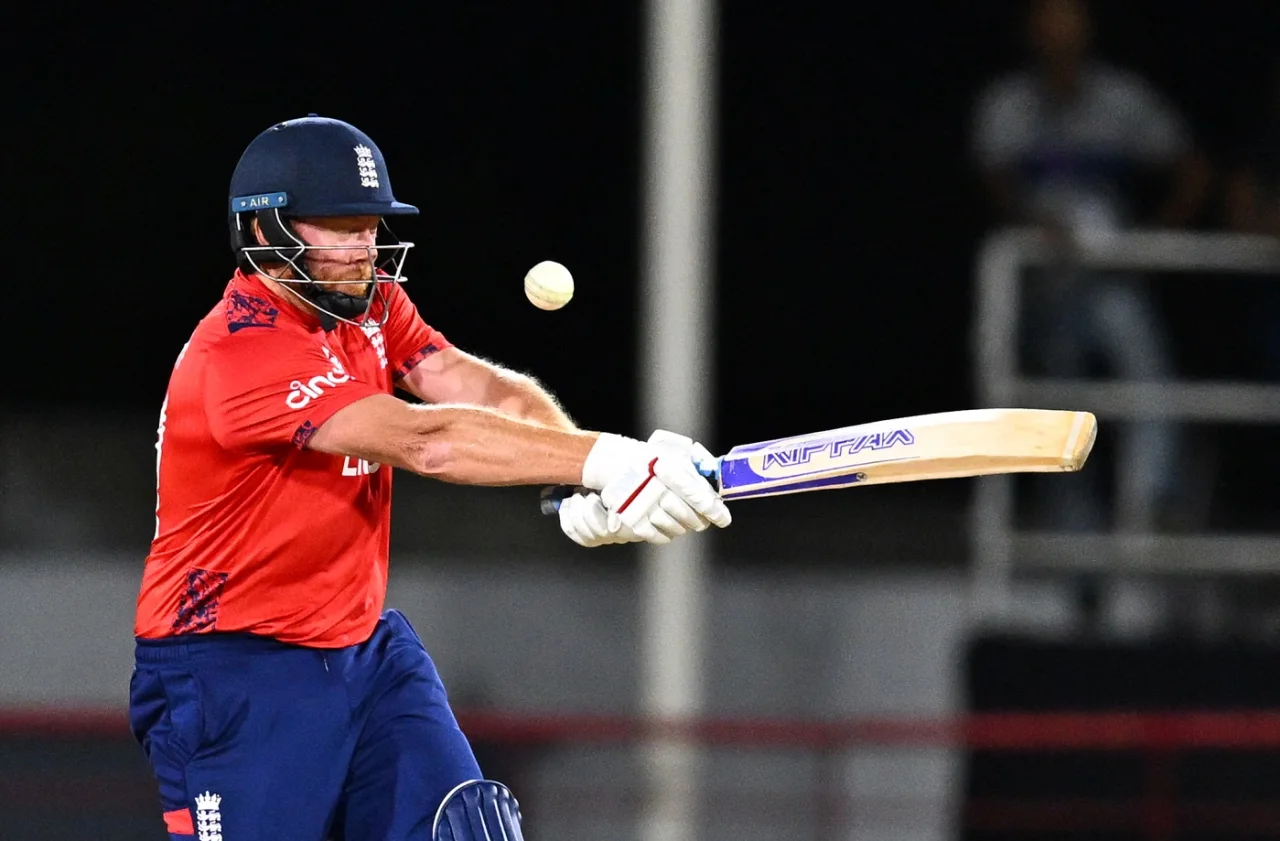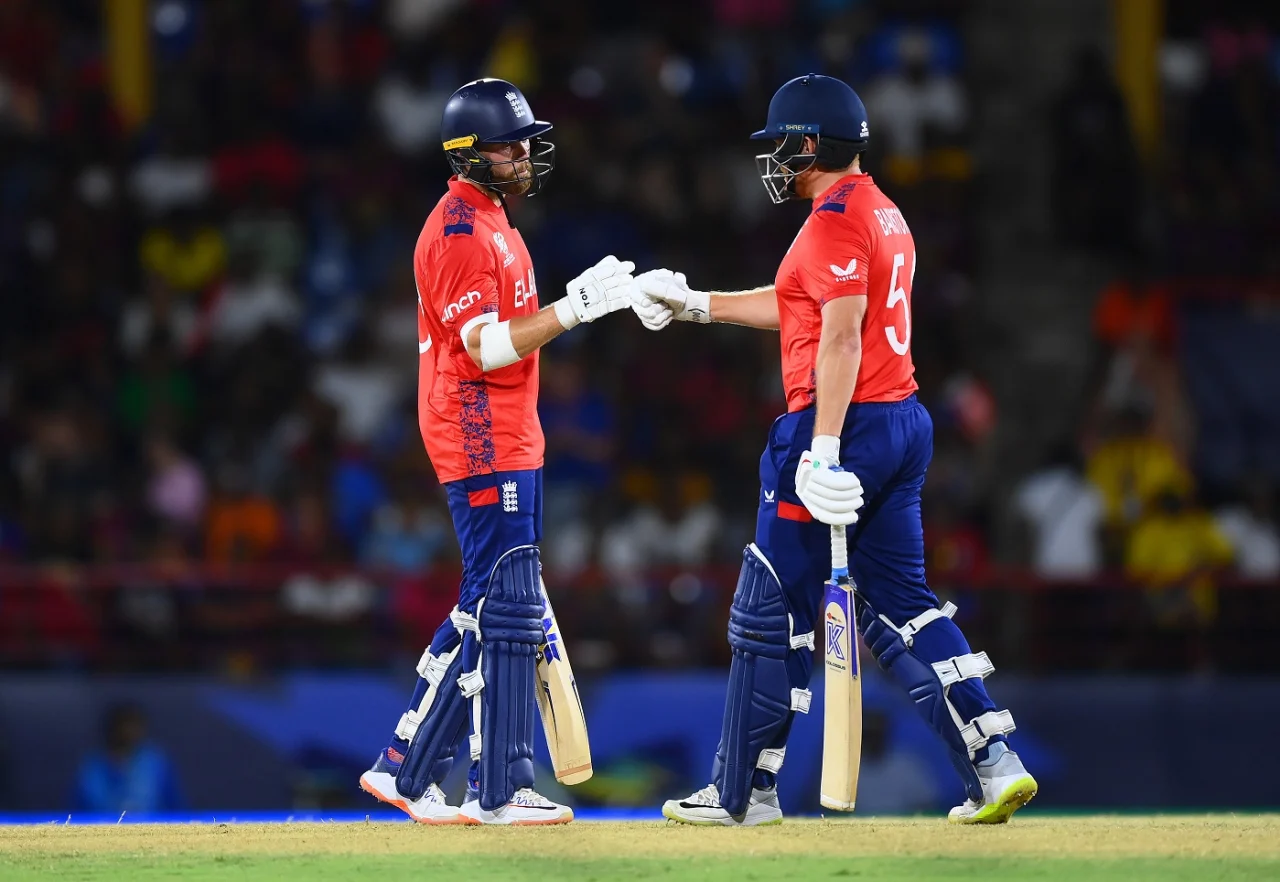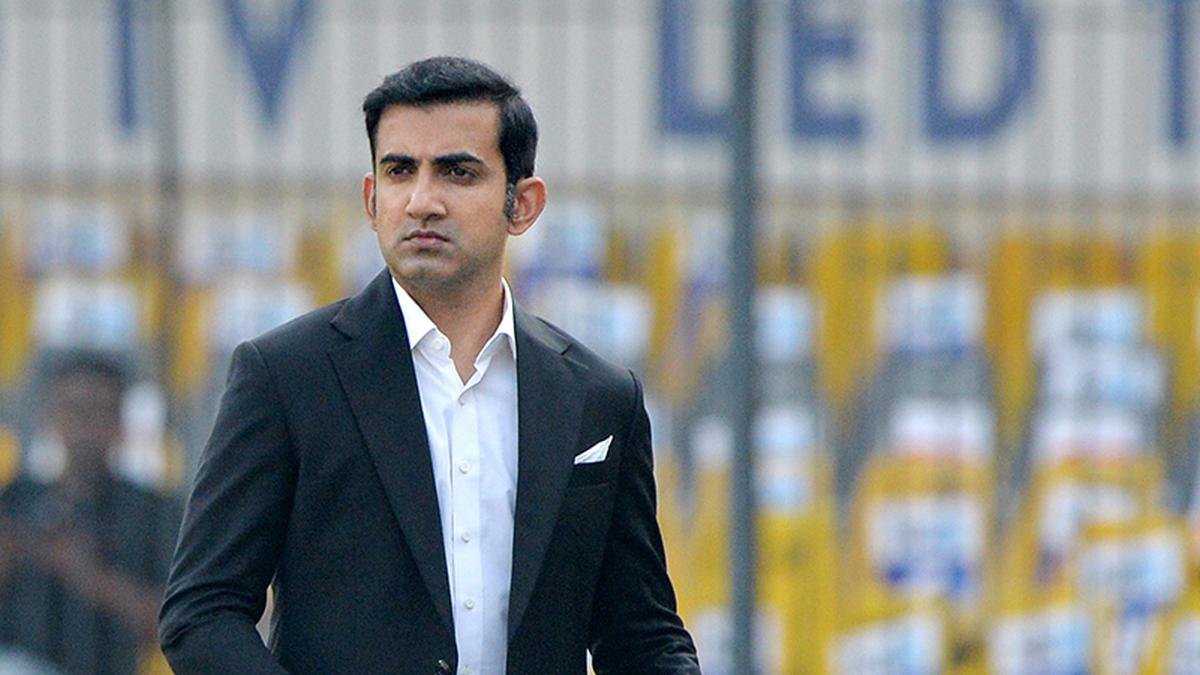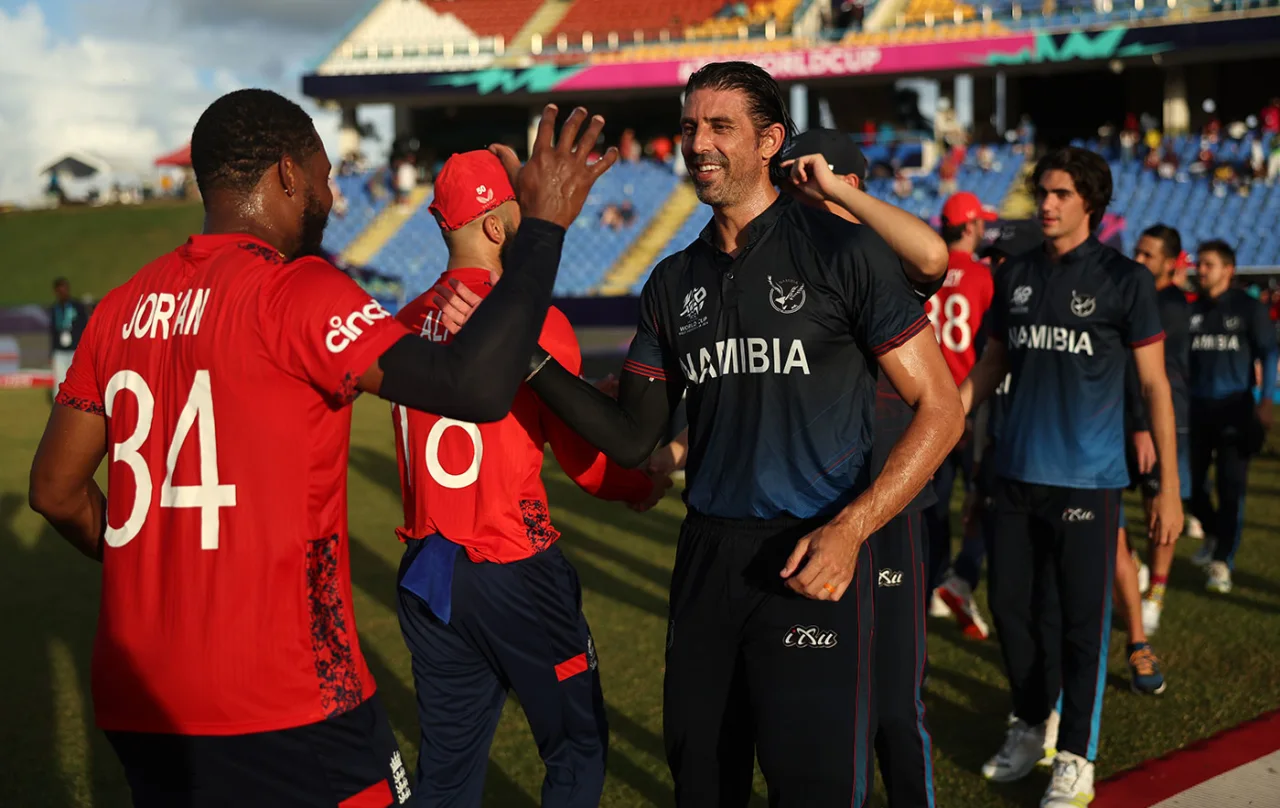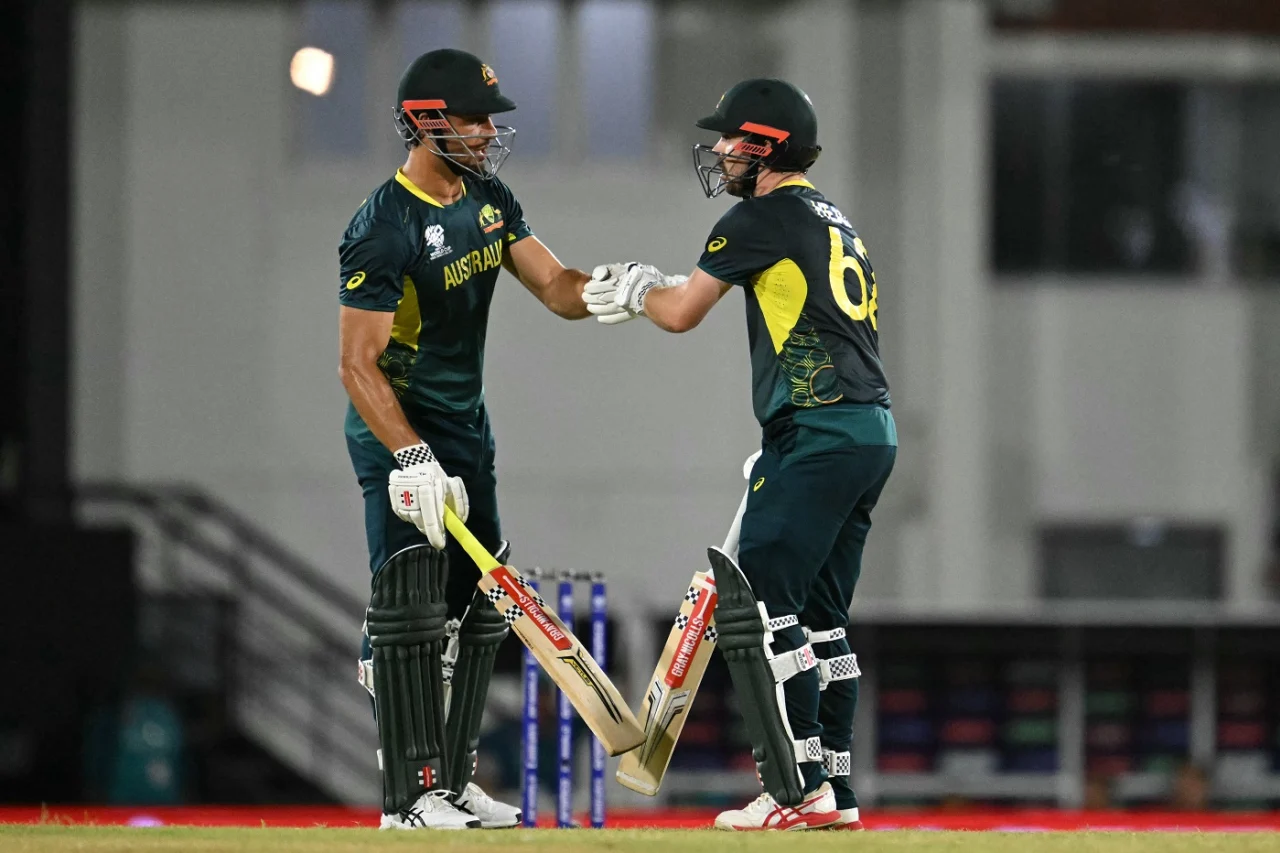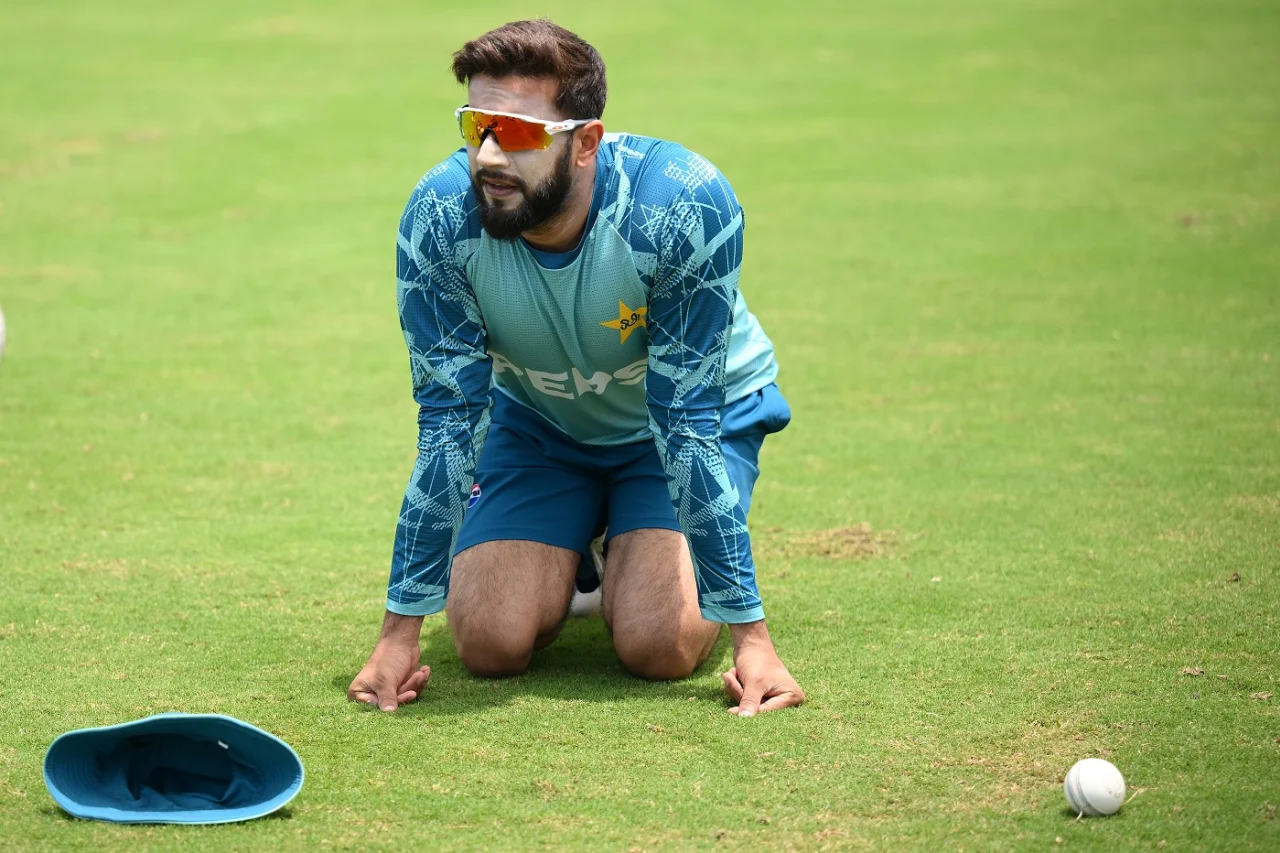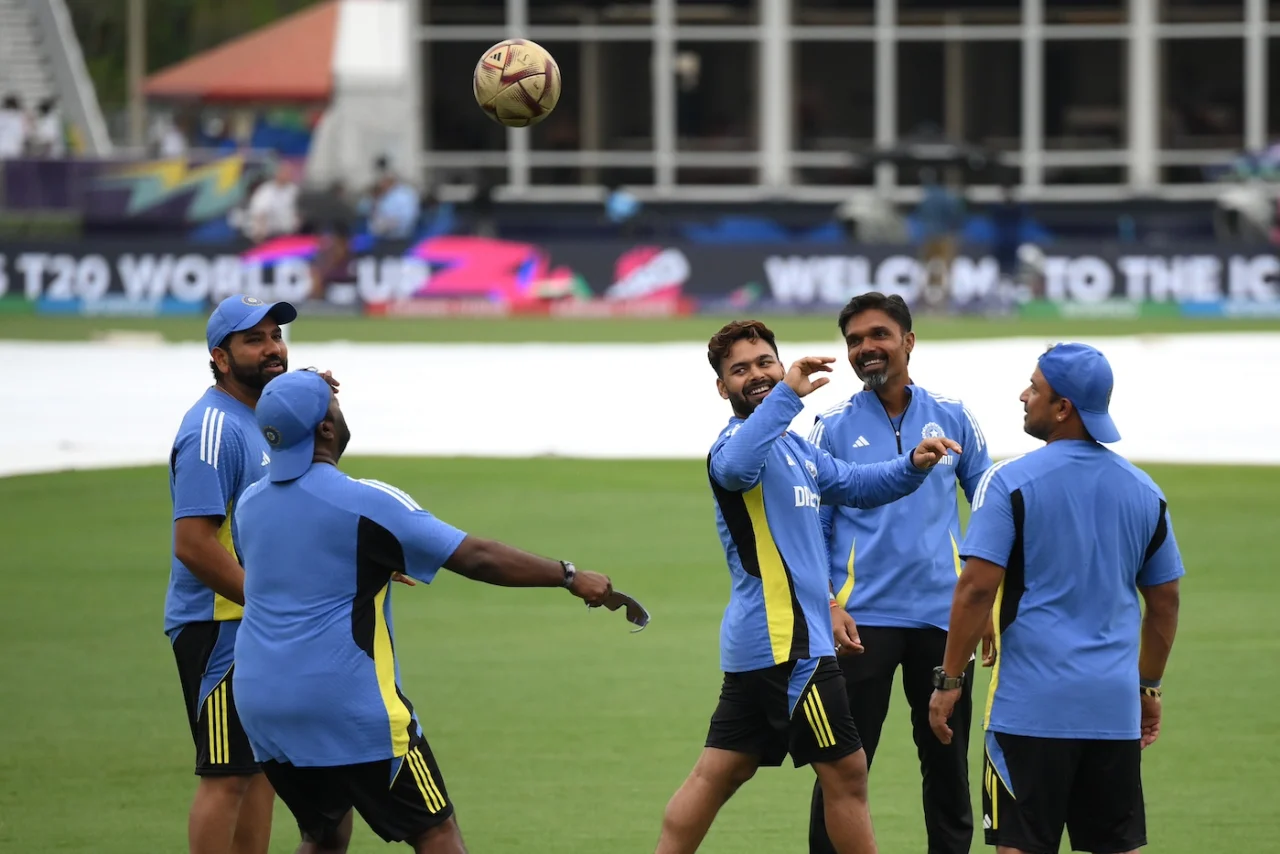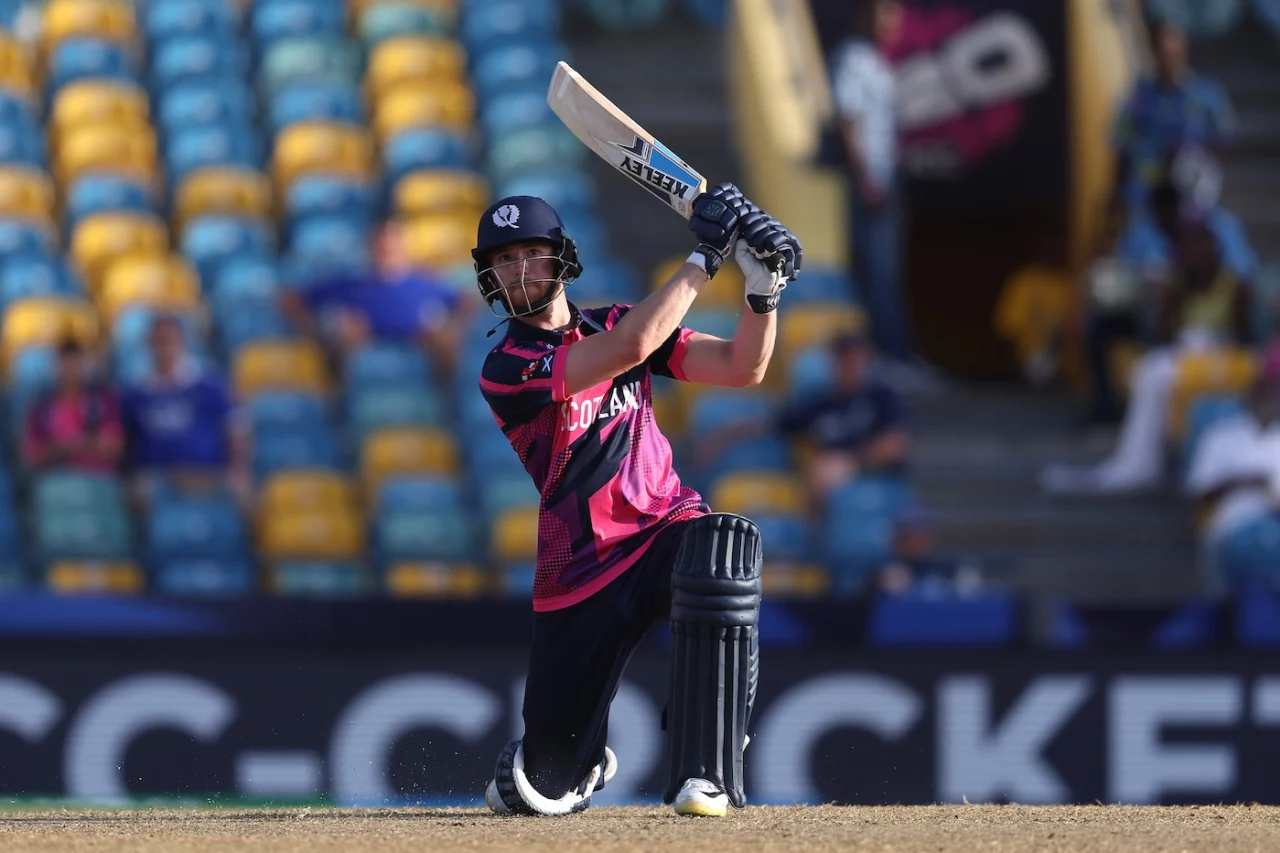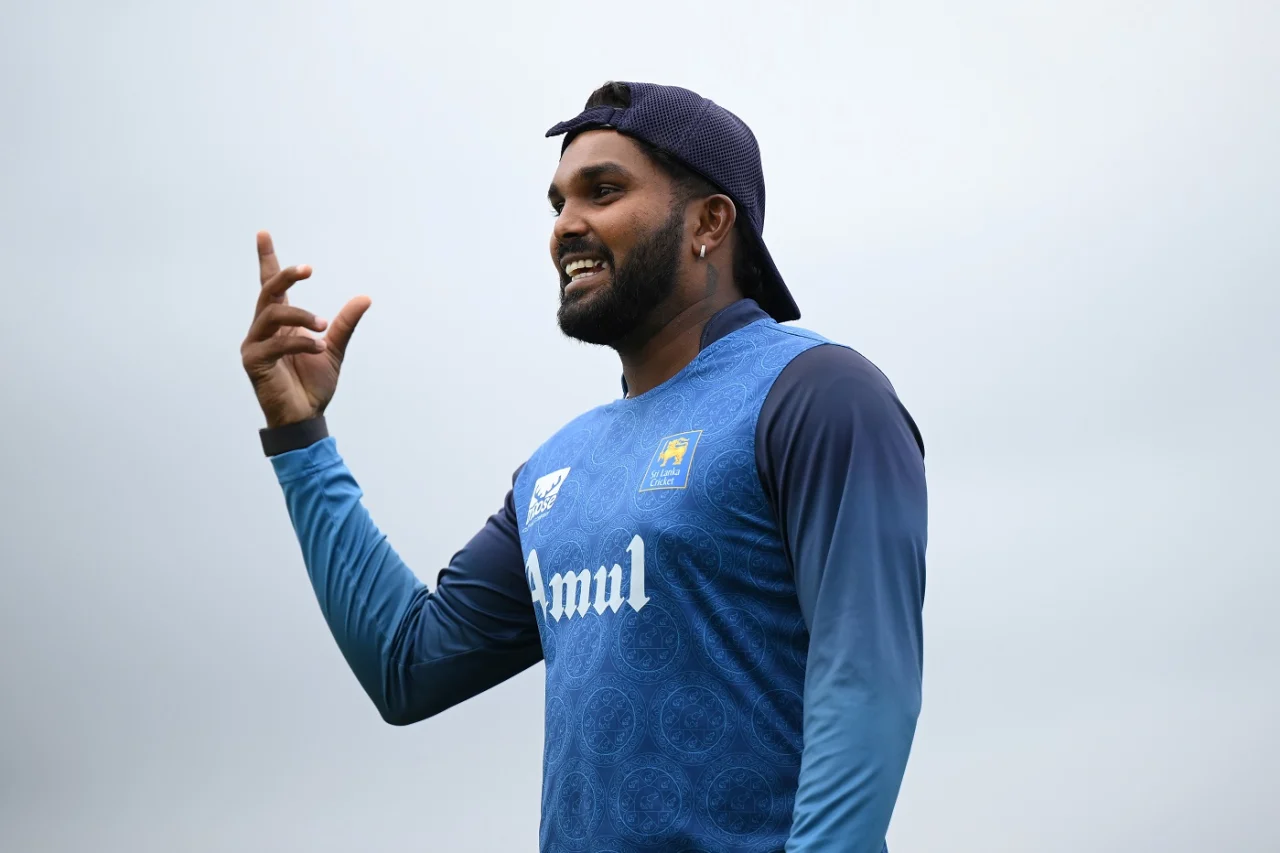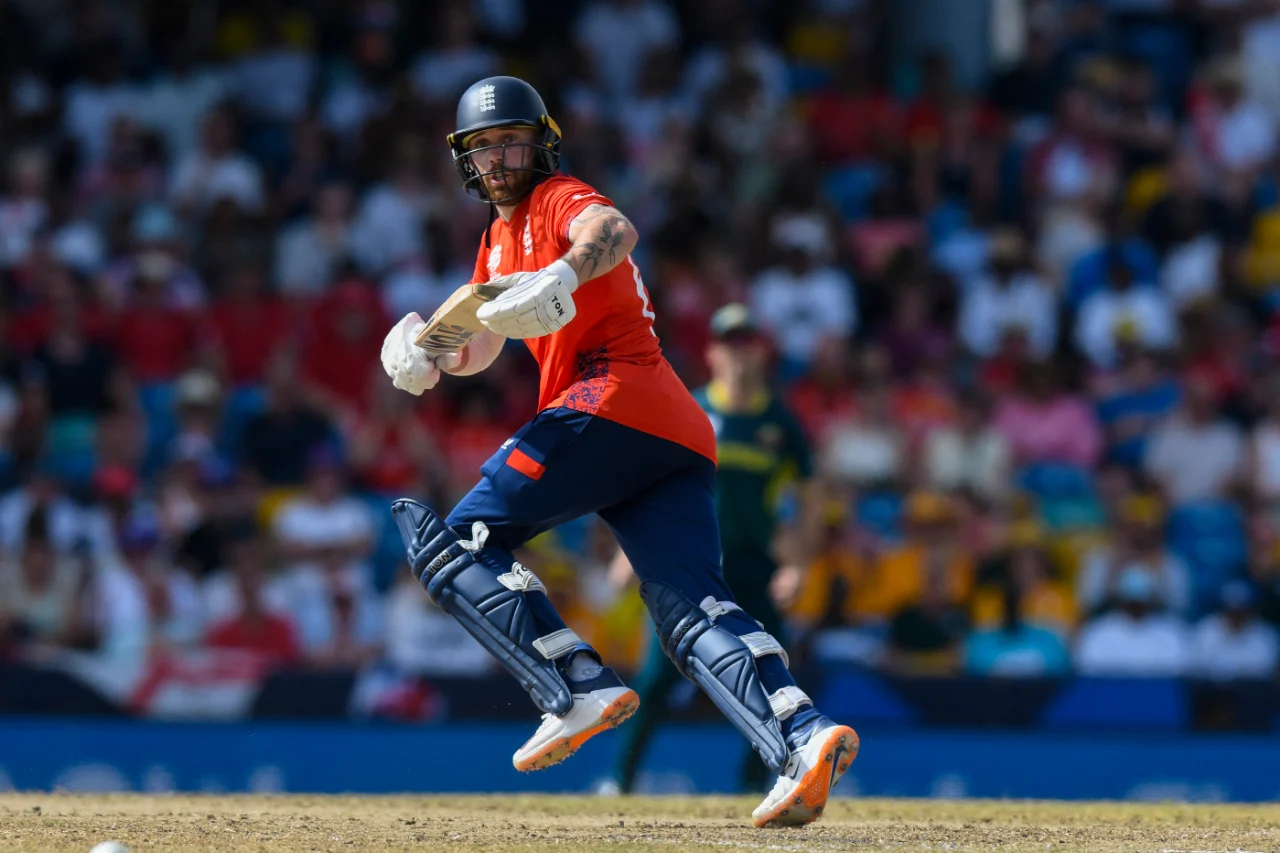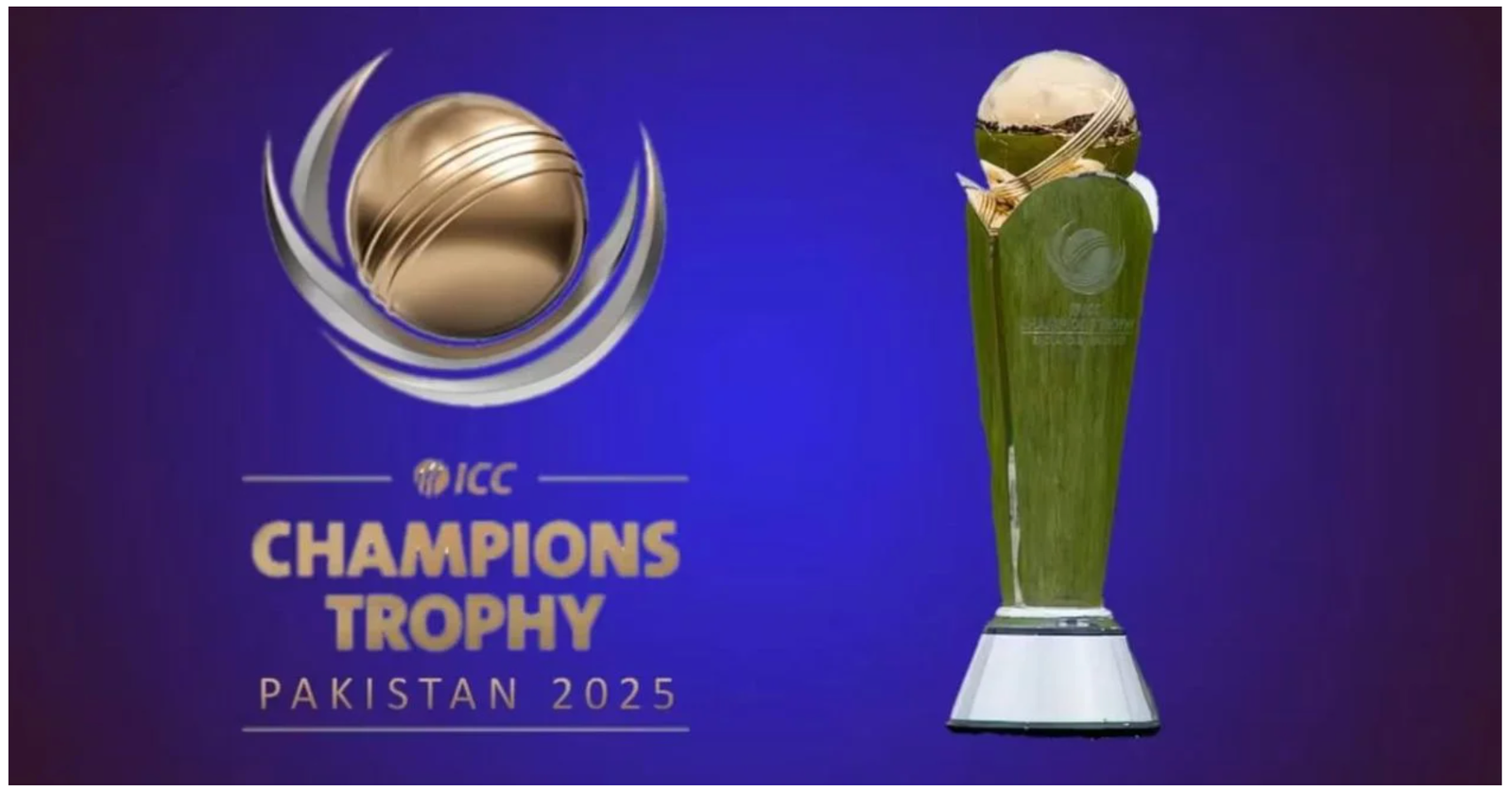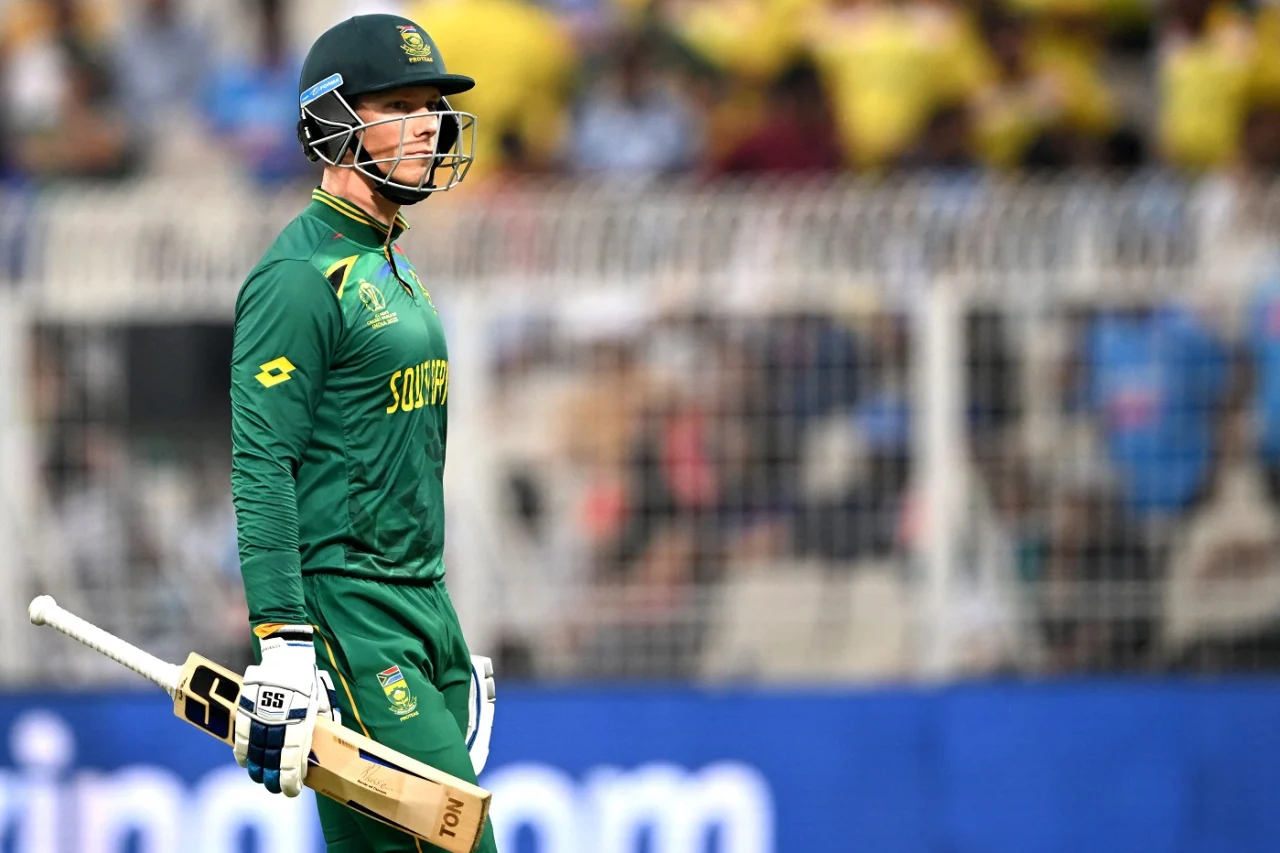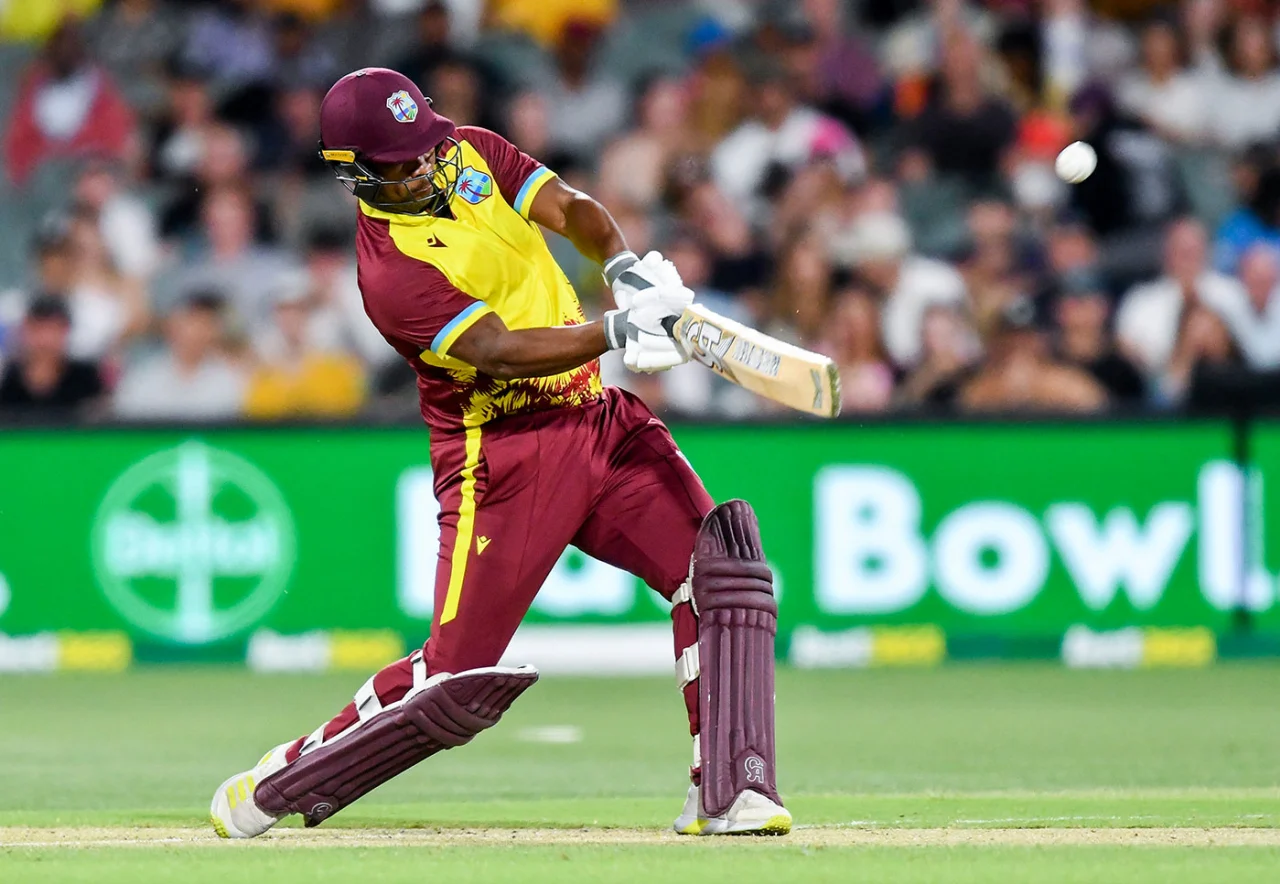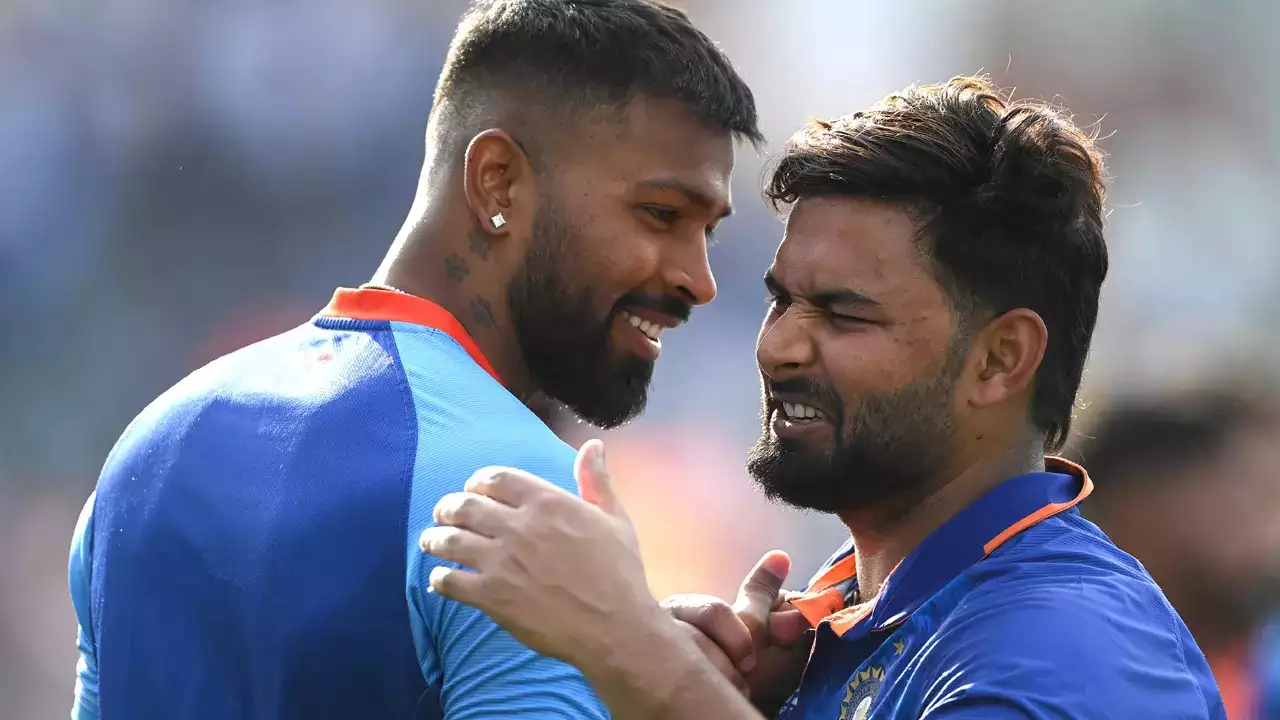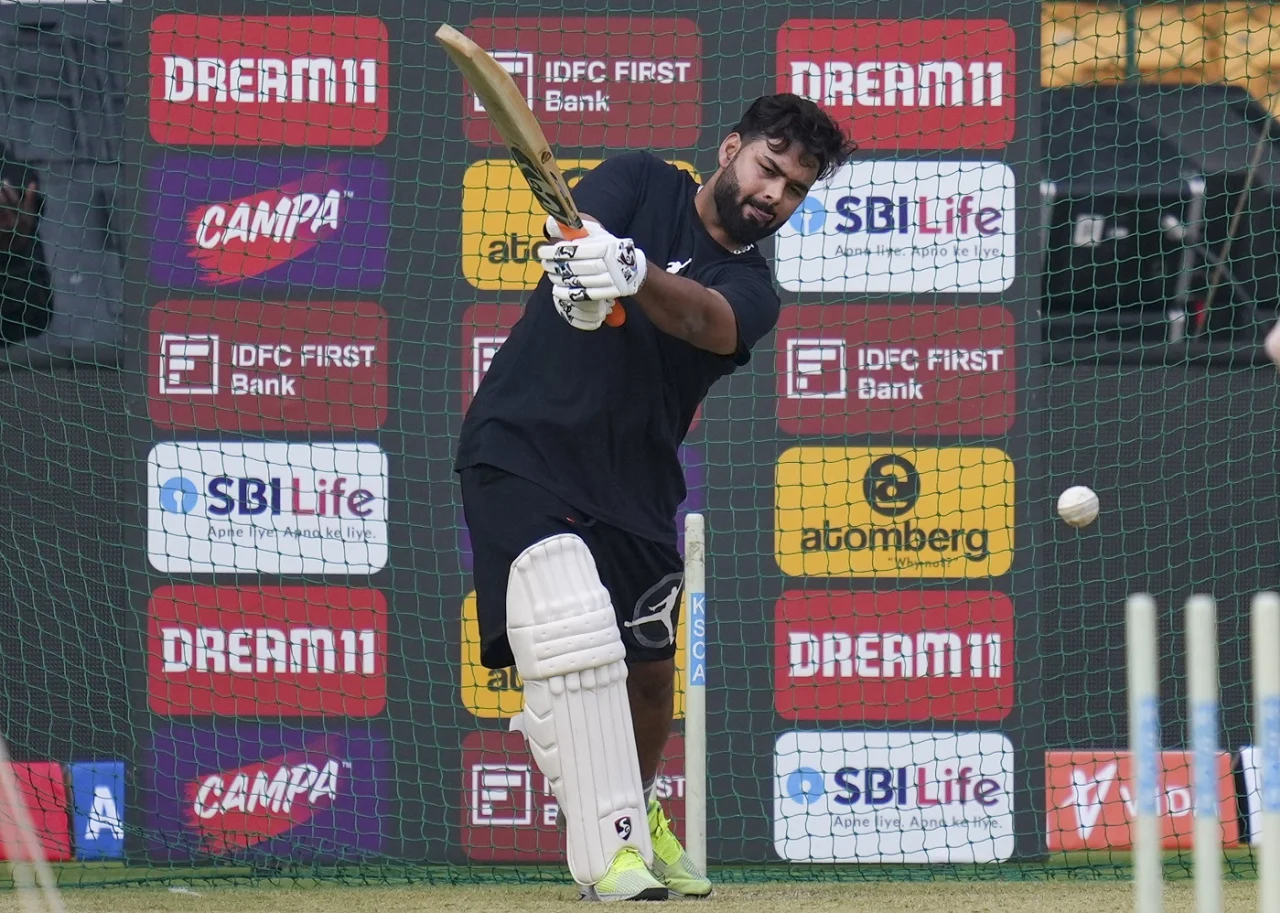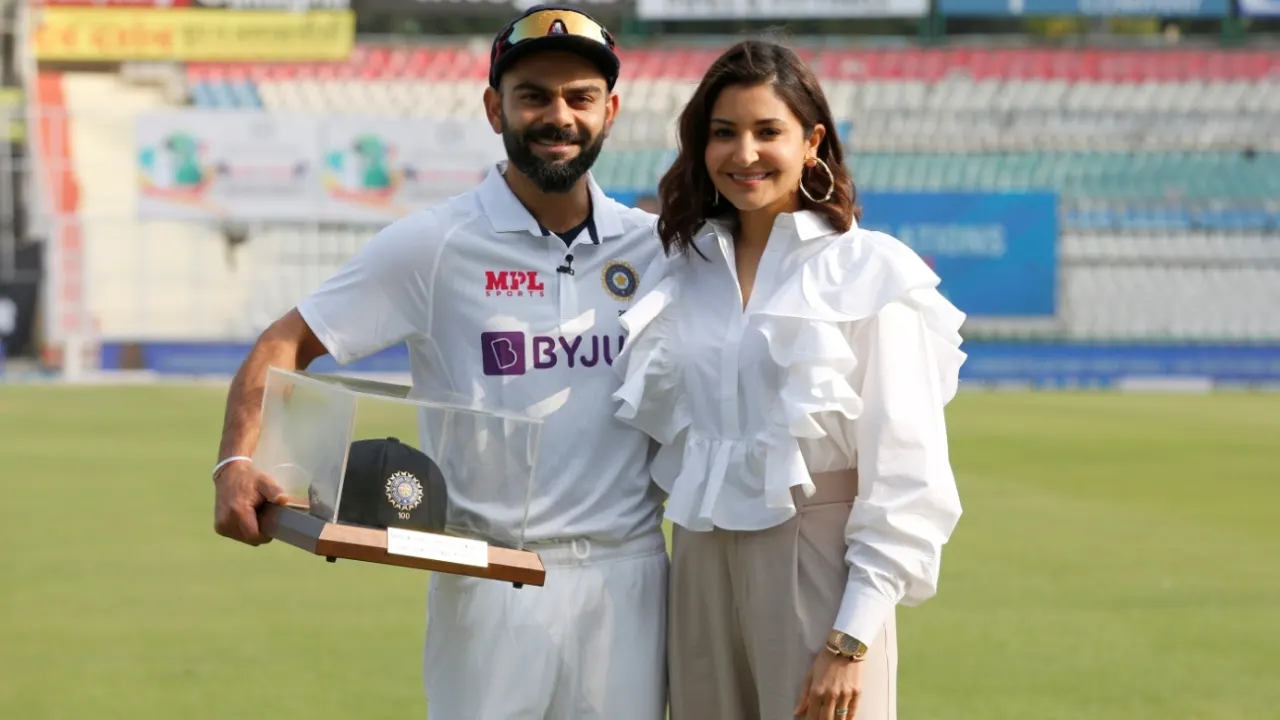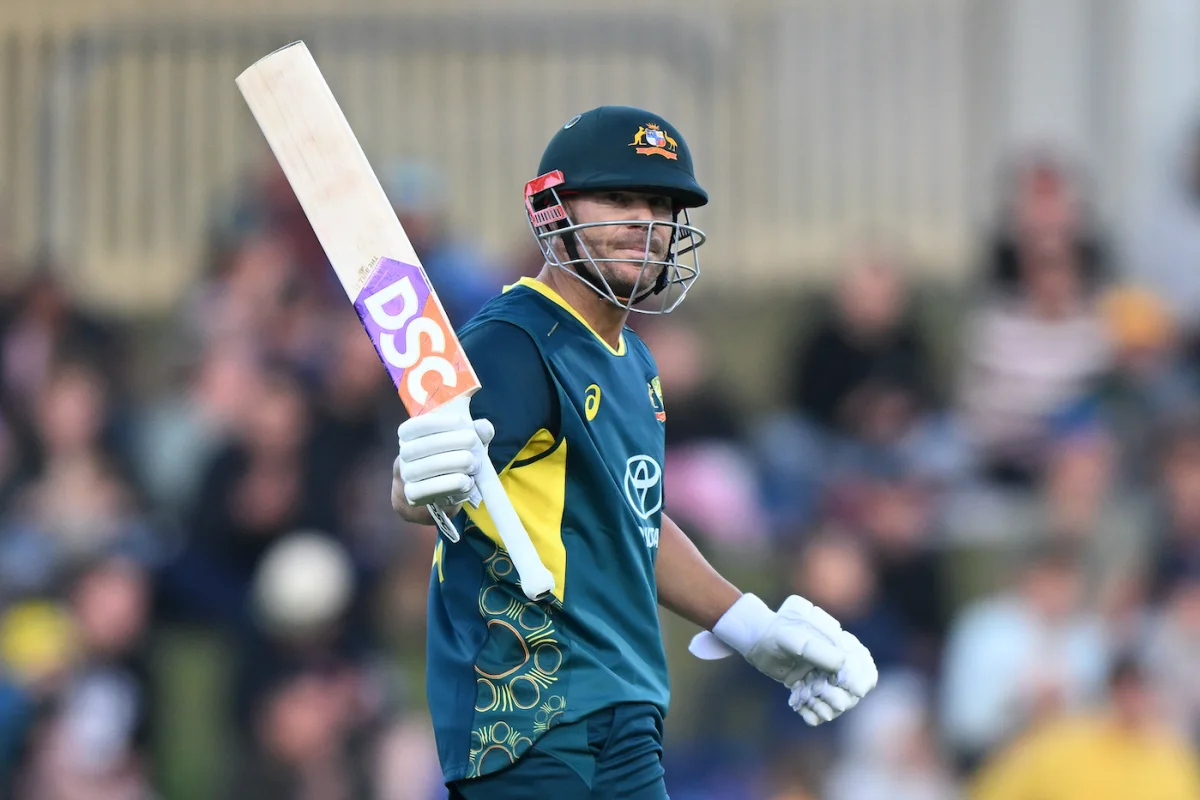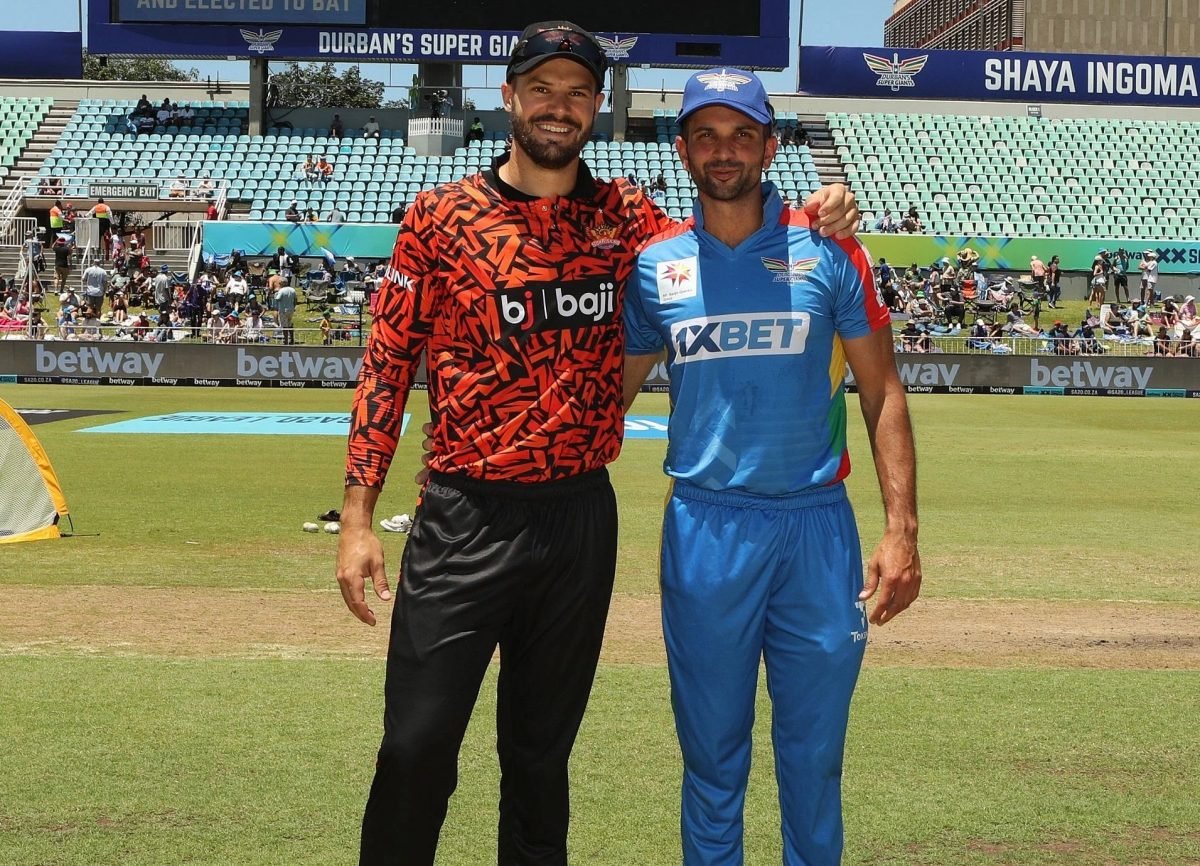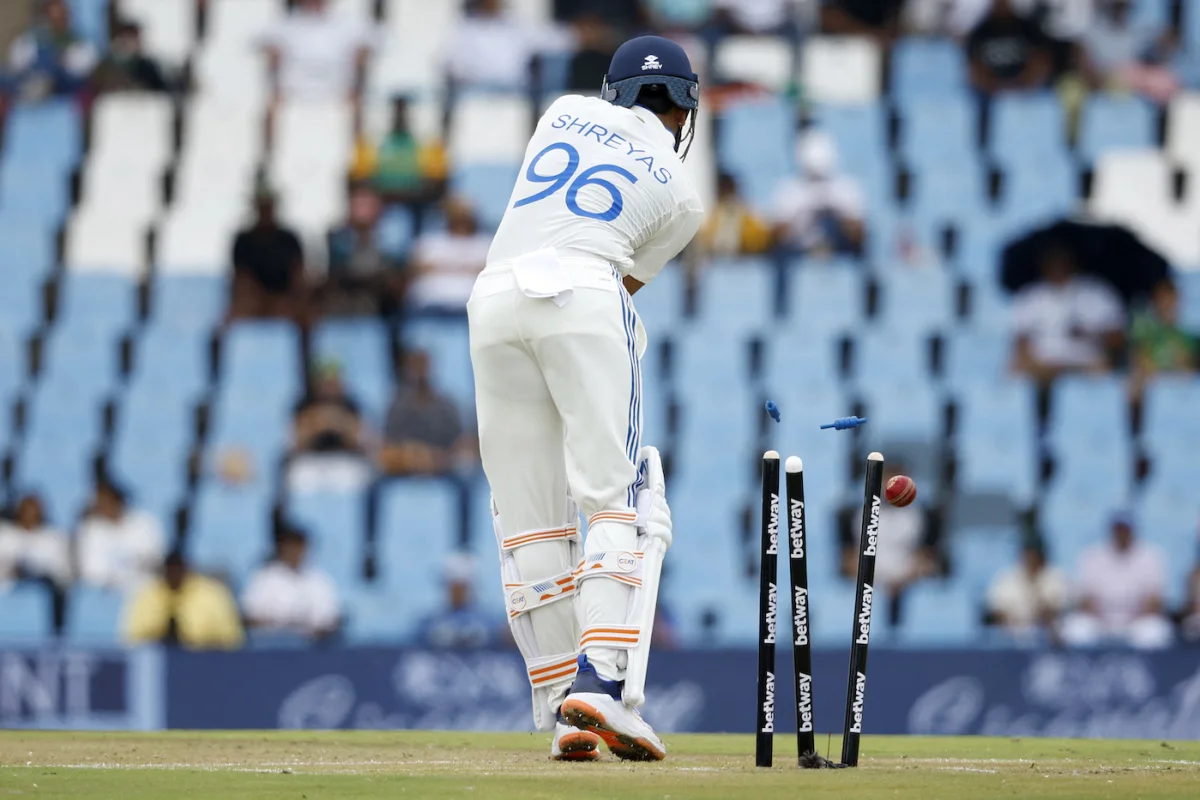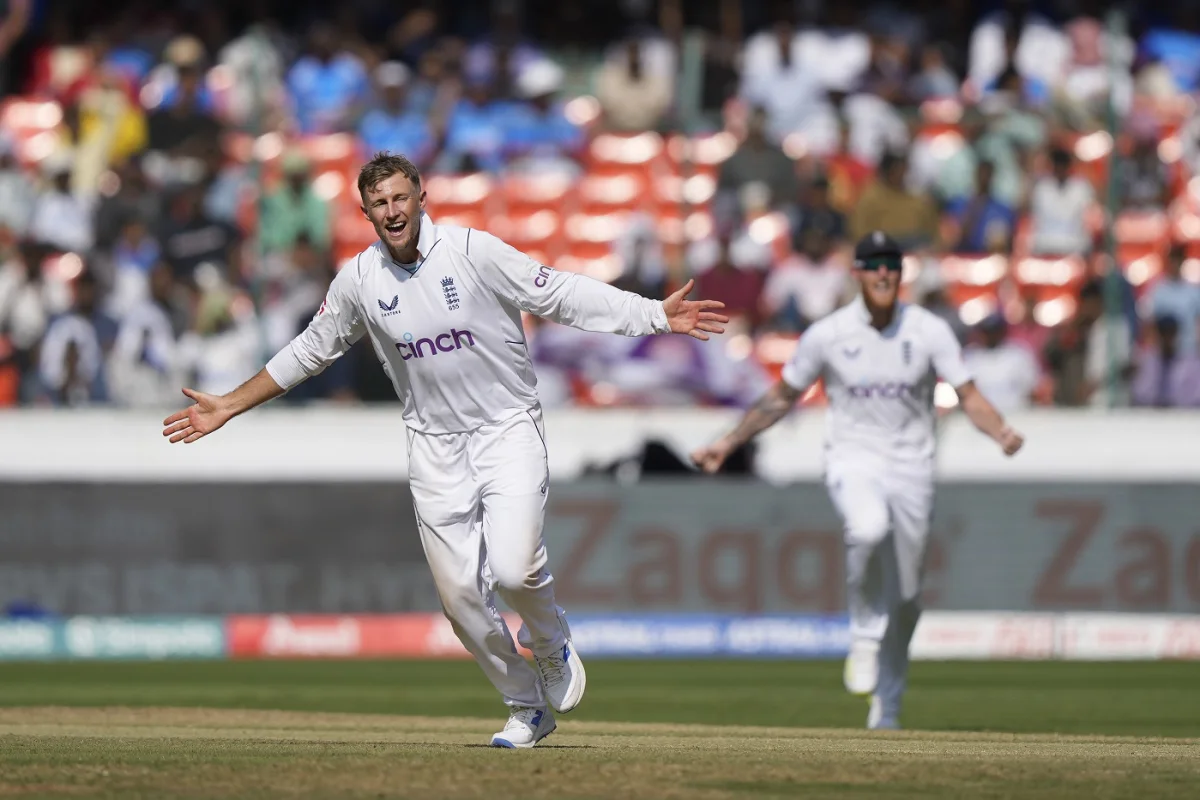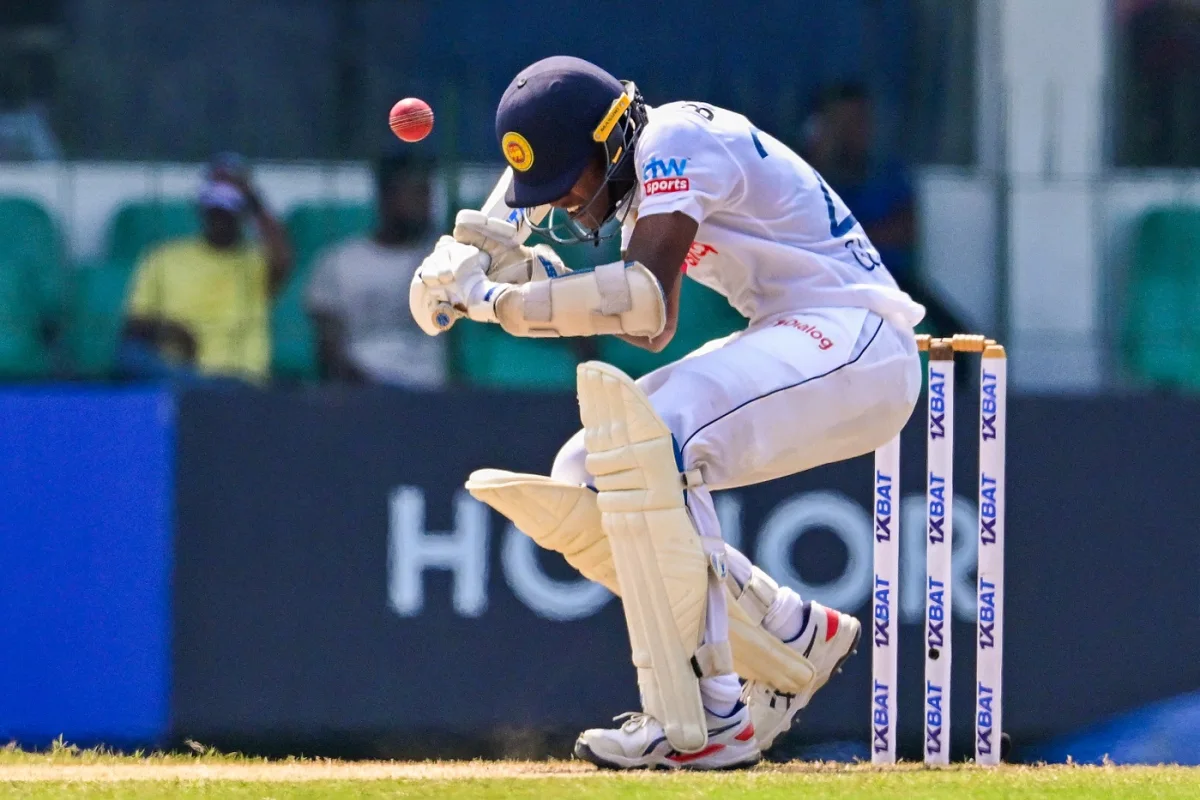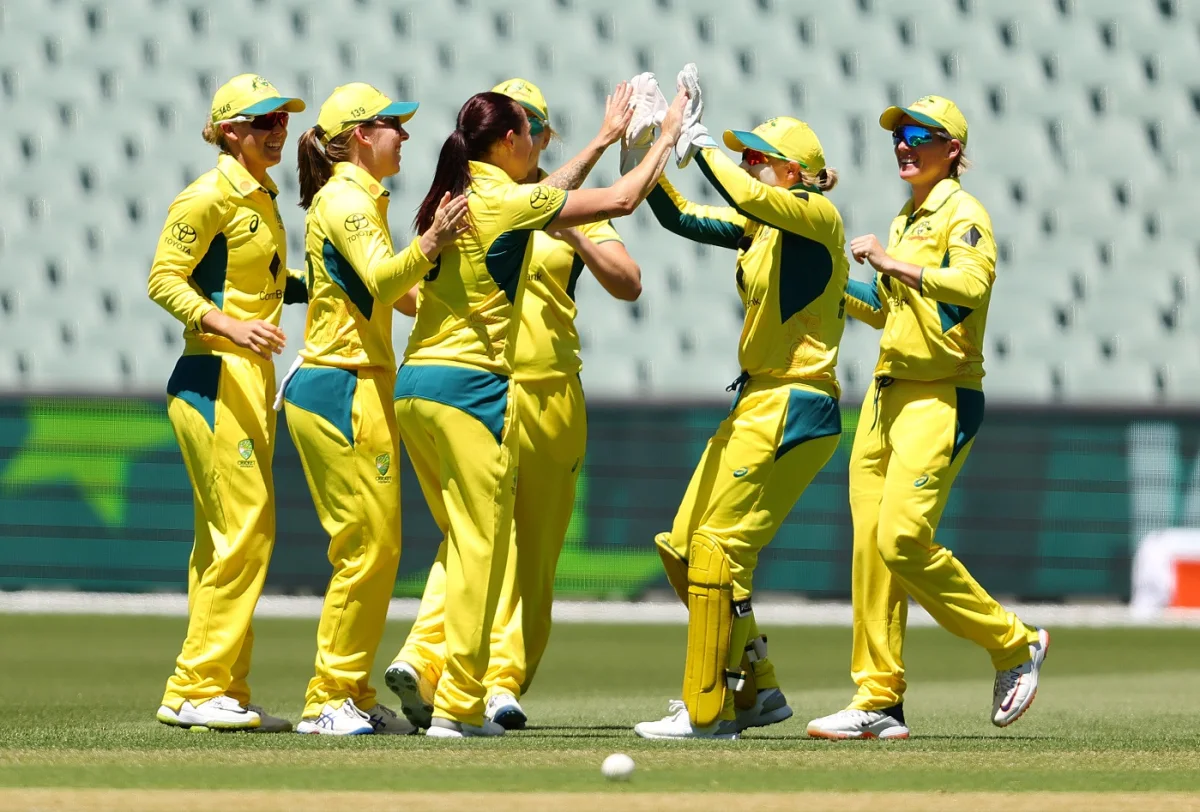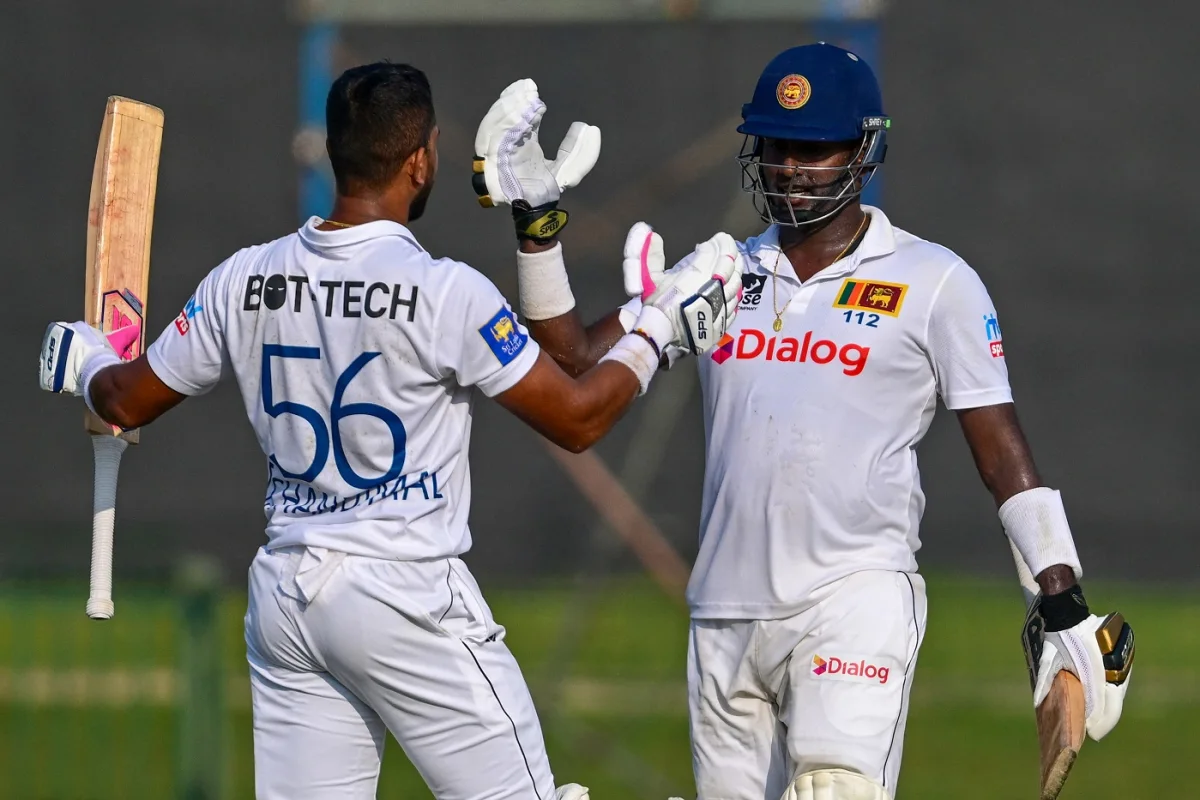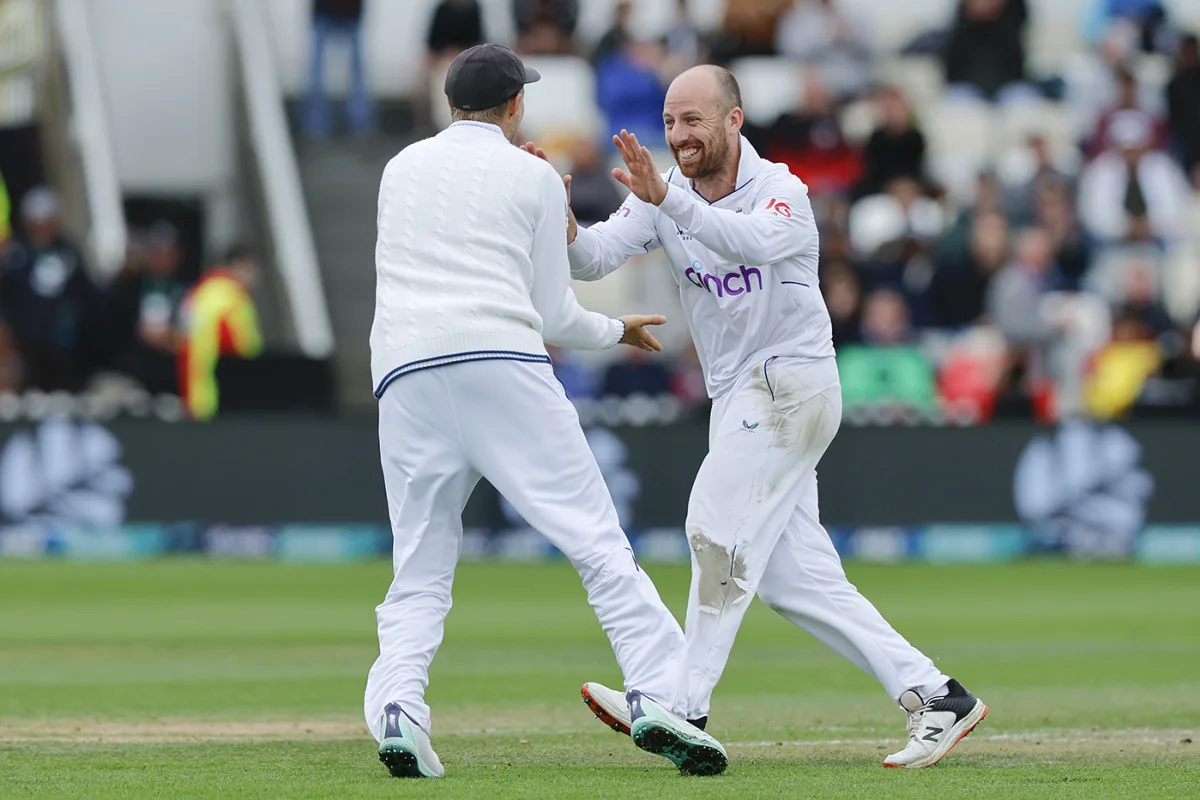
The ongoing Indian Premier League (IPL) 2025 season has been a spectacle of towering sixes and fiery spells, but a concerning trend has emerged alongside the big hits: a noticeable decline in catching efficiency. What was once a hallmark of high-quality T20 cricket seems to be slipping, with dropped catches becoming a recurring theme across matches.
After the first 40 matches of the season, a staggering 111 catches have been dropped, marking the highest number of missed opportunities at this stage of the tournament since 2020. This means that approximately one in every four chances presented to fielders has been grassed. The overall catching efficiency stands at a lowly 75.2%, the worst it has been at this juncture in the IPL for the past five years.
This isn’t just about missed chances; it’s having a tangible impact on the games. Consider the match between Lucknow Super Giants and Delhi Capitals. Tristan Stubbs, who has unfortunately become a prominent figure in this narrative with a joint-highest four dropped catches this season, put down a relatively simple opportunity off Ayush Badoni. Badoni then went on to add another crucial 33 runs to the Lucknow total. While Delhi ultimately won the match, such reprieves can often prove costly.
In another instance, the tied game between Delhi Capitals and Rajasthan Royals saw a total of six catches dropped, four of them by Delhi. While they eventually secured the win in the Super Over, the sloppiness in the field could have easily tilted the game in Rajasthan’s favor. Chennai Super Kings have been particularly affected by this trend, having dropped a league-high 16 catches so far. Their coach even publicly acknowledged that poor fielding has cost them crucial matches.
The numbers paint a stark picture beyond just dropped catches. There have been 247 misfields and a staggering 172 instances of missed run-outs due to inaccurate throws in the first 40 games – both more than double the figures at the same stage in the 2024 season. This collective dip in fielding standards suggests a broader issue than just individual errors.
Team-wise Fielding Performance (After 40 Matches):
| Team | Matches Played | Catches Taken | Catches Dropped | Catching % | Run-Outs Missed | Misfields |
|---|---|---|---|---|---|---|
| Mumbai Indians | 8 | 41 | 8 | 83.6% | 24 | 14 |
| Royal Challengers Bengaluru | 8 | 35 | 7 | 83.3% | 19 | 31 |
| Kolkata Knight Riders | 8 | 35 | 7 | 83.3% | 12 | 18 |
| Gujarat Titans | 8 | 41 | 11 | 78.8% | 18 | 21 |
| Sunrisers Hyderabad | 7 | 28 | 9 | 75.6% | 13 | 25 |
| Rajasthan Royals | 8 | 31 | 11 | 73.8% | 17 | 26 |
| Lucknow Super Giants | 9 | 37 | 14 | 72.5% | 22 | 35 |
| Punjab Kings | 8 | 29 | 13 | 69.0% | 20 | 23 |
| Delhi Capitals | 8 | 33 | 15 | 68.7% | 14 | 28 |
| Chennai Super Kings | 8 | 27 | 16 | 62.7% | 13 | 26 |
Export to Sheets
Note: Data as of April 23, 2025, after 40 matches.
As the table indicates, there’s a significant disparity in fielding prowess among the teams. Mumbai Indians stand out as the best fielding unit with a commendable catching efficiency of 83.6% and the fewest misfields. In contrast, Chennai Super Kings are at the bottom of the table in terms of catching.
Possible Reasons for the Decline:
Several factors could be contributing to this apparent dip in fielding standards:
- Increased focus on batting and bowling: With the high-octane nature of T20 cricket, teams might be prioritizing batting and bowling skills during training, potentially leading to less emphasis on fielding drills.
- Fatigue: The relentless schedule of the IPL, with frequent matches and travel, could be taking a toll on players’ concentration and agility, leading to more errors in the field.
- Pressure: The high stakes and intense scrutiny of the IPL can sometimes lead to nerves affecting even the most seasoned fielders.
- Younger players: The influx of younger players, while bringing dynamism, might also mean a few more raw edges in terms of consistent fielding skills compared to more experienced campaigners.
The Importance of Fielding:
Despite the focus often being on sixes and wickets, sharp fielding can be a crucial differentiator between winning and losing. A dropped catch can give a dangerous batsman a second life, potentially leading to a significant increase in the opposition’s total. A well-executed run-out can stifle momentum, and a diving stop can save crucial runs. The adage “catches win matches” still holds significant weight in cricket.
As the IPL 2025 season progresses towards the playoffs, teams will need to address this issue of declining catching efficiency. Tight matches are often decided by small margins, and a crucial dropped catch or a sloppy misfield at a critical juncture could very well determine who lifts the coveted trophy. Teams that can tighten up their fielding will undoubtedly have a significant advantage in the latter stages of the tournament. The “butter fingers” trend needs to be reversed if fielding is to once again be recognized as the vital component of T20 cricket that it is.




